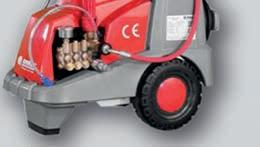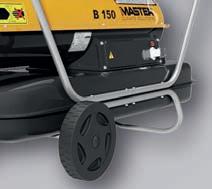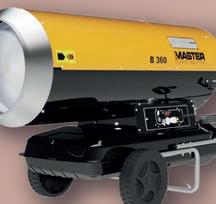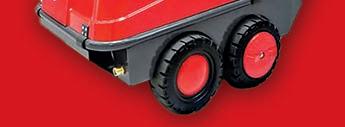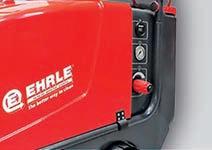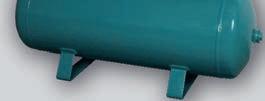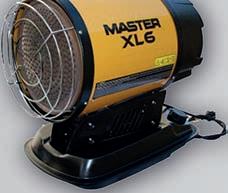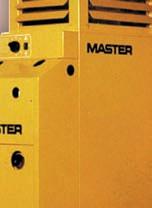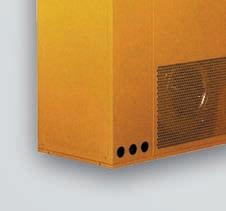The Best of British Farming














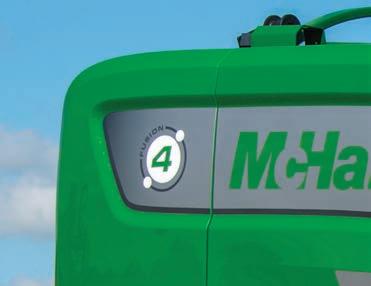
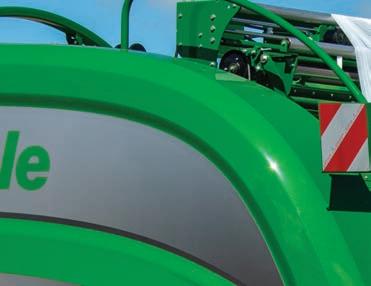
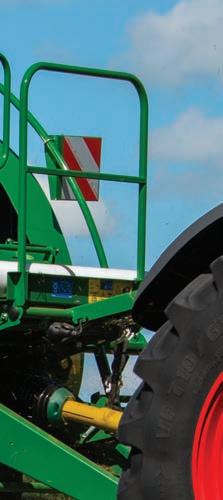
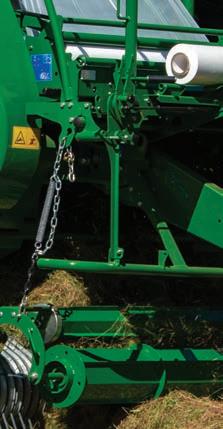
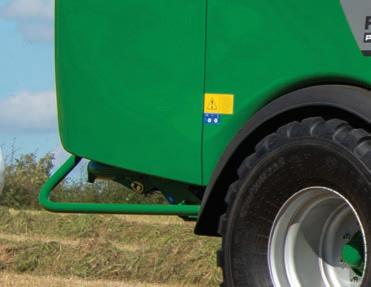
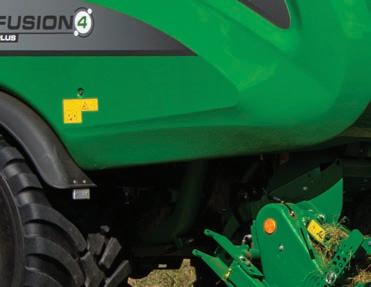
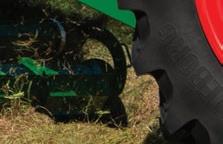






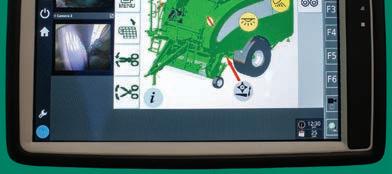
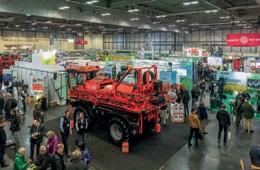
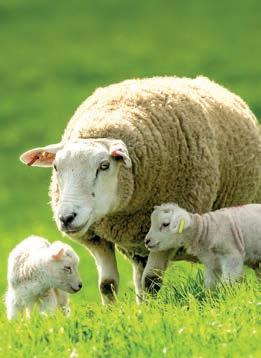
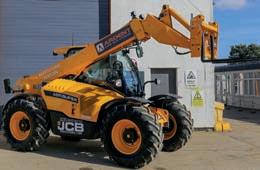
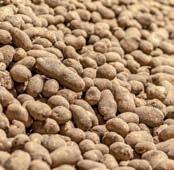

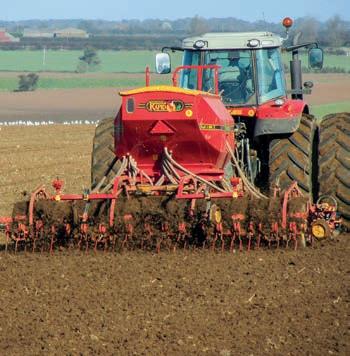
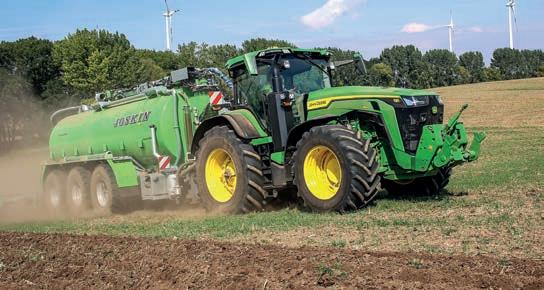










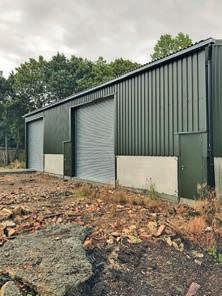
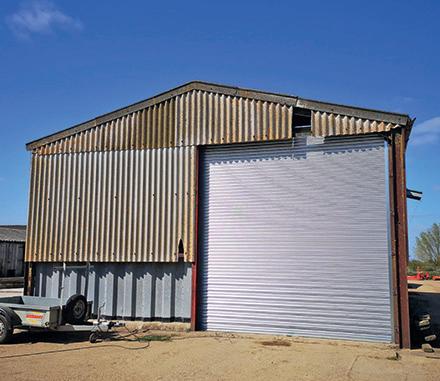


























































A collaboration between New Hall Wine Estate, Ernest Doe & Sons and New Holland has resulted in the delivery of the UK’s rst new Braud grape harvester. Ernest Doe organised a press day at the end of September, where the Farmers Guide team got to see the harvester in action. Representatives from all three companies, pictured l-r, are: Ken Smyth, Tom Wheatley, Dawn Whiteman, Derek Peck, Trevor Wyatt, Angus Doe, Becki Trembath, Chris Trembath, Philippe Boisseau, Matt Cleave, Ian Roberts and Jo Matthews

Pictured l-r are: FG sales manager, Chloe Hors eld; New Hall Estate Wines' Chris Tremath and Andy Hares; FG classi ed sales executive, Sam Wilson; Ernest Doe & Sons managing director, Angus Doe; and FG directors, Julie Goulding and Greg Goulding.

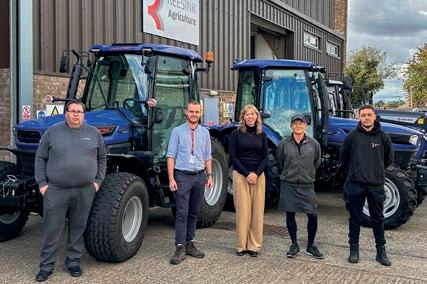
David Williams was awarded second place in the Perkins Power on the Farm Award in recognition of his article featuring a farmer using Sencrop connected weather stations, and the advantages he gains through having accurate real-time weather information from all over his farm. He received his award from Perkins Engines Company Ltd global OEM sales director, Andy Curtis.
After an amazing 517 editorial contributions to Farmers Guide, vintage machinery expert Brian Bell is putting away his typewriter and will no longer be writing Henry Brown’s vintage page. We would like to thank Brian for providing such fantastic content over the past 43 years, and hope our subscribers have enjoyed reading it as much as we have.


David Williams travelled to Germany to report on the latest John Deere developments. Pictured with the John Deere HarvestLab sensor are manufacturer specialists Carsten Struve and Lea Schonland.


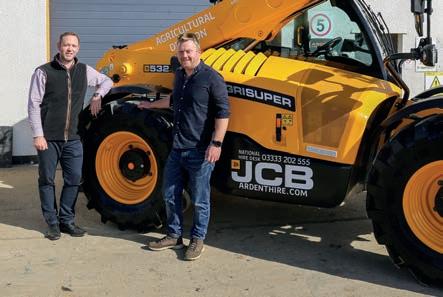

David Williams had a blast on farm this month, testdriving a couple of Kymco ATVs up hill and down dale. Find the full report on page 51.

Pictured with David are Kymco dealer MKM Agriculture Ltd Su olk depot sales manager Keith Collins (left) with Kymco UK marketing manager, Thomas Bradford.


Boris Johnson was jogging along the Thames path, when he tripped and fell into the river. He was alone, but three boys who witnessed the incident jumped in and dragged the bedraggled Boris onto the river bank.

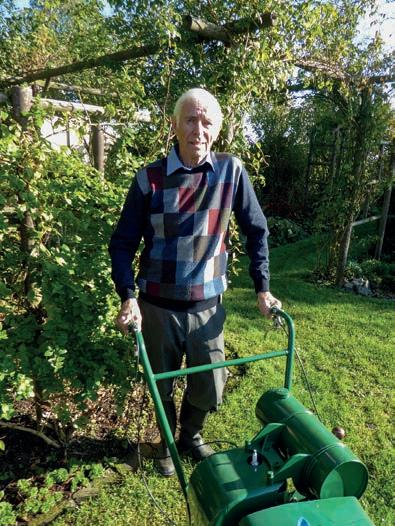
Relieved and impressed by the bravery of the lads, he o ered each of them any gift they wished for.
The rst boy said: “Please can I have a trip to Disneyland?” And Boris replied: “Absolutely, in fact I'll pay for it myself!”
“I’d like a pair of Nike Air Jordan trainers,” said the second boy. “Consider it done!” answered the grateful Boris.
The third boy thought for a moment, and said: “I’d like a wheelchair with a banging stereo tted to it, please.”
Boris nodded, and was about to reply, then a confused look appeared on his face. “I don’t understand –your legs seem ne, you don’t need a wheelchair.”
The boy replied: “No, not right now – but I will do when my dad nds out I saved you from drowning.”
Ardent Hire had a chat with Farmers Guide deputy editor Sarah Kidby and director Greg Goulding recently, to discuss the various materials handler options the company can o er. Find out more on page 135. Pictured with Greg is Ardent Hire operations director, Gareth Clements. Farmers Guide machinery editor David Williams and sales executive William Taylor visited Reesink Agriculture this month to catch up on the latest Farmtrac compact tractor updates. Pictured l-r are Reesink tractor sales manager, Steven Haynes; William Taylor; Reesink marketing and communications manager, Gillian Haverson; Reesink workshop technician/assembly So a Grimes; and Reesink assembly trainee, Brandon Moore.

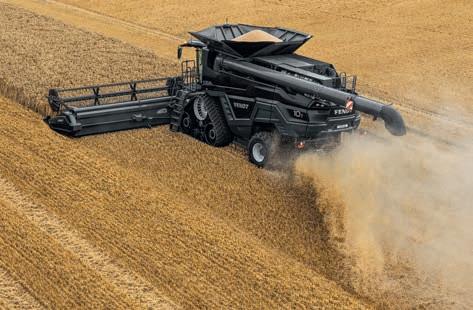
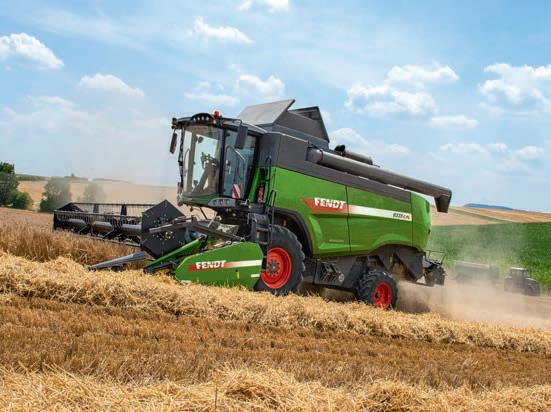

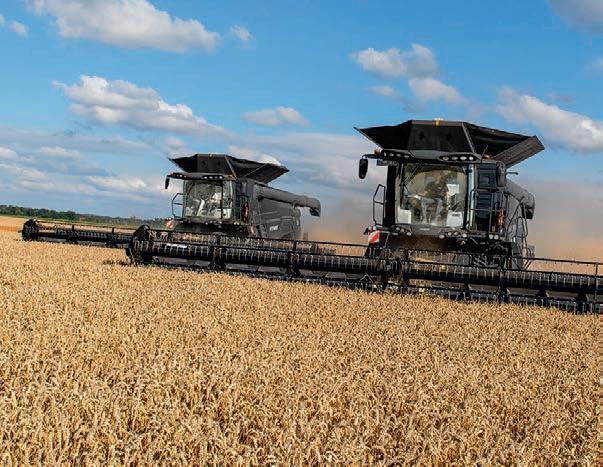


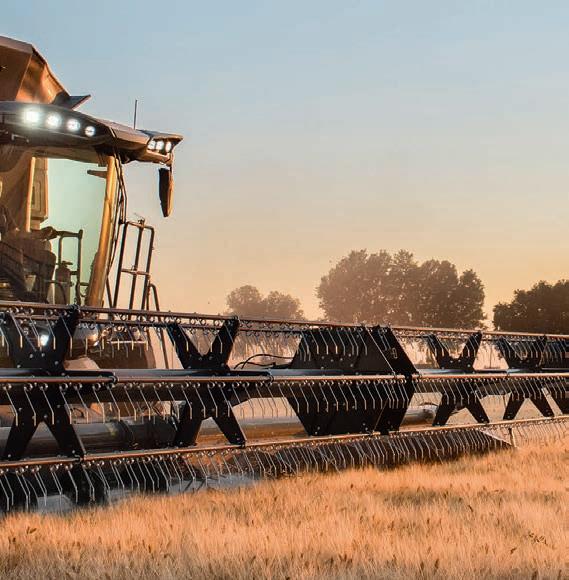



Noventum Power Limited is one of the leading large-scale renewable energy companies in the UK









We will work with you, helping you towards developing your land into an income generating asset that can provide additional income streams for your business.
The benefits include:

• Diversifying revenue streams away from farming or other land uses
• Deploying solar power or wind turbines on your available land





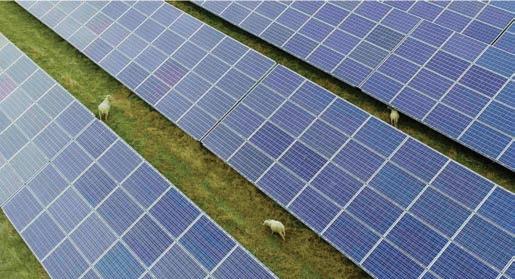
• Maintaining agricultural use through sheep grazing when possible

you would like to discuss how
We are looking for sites between 50 acres and 200 acres, ideally close to a nearby grid connection Land should be relatively flat and Grade 3 or lower

Well screened by hedges and a good distance from residential property
Not in a valued landscape or near historic buildings
We have a team of experienced, highly proficient renewable energy experts. They have an extensive record which encompasses the following:

Land Acquisition Investment Construction Energy Storage Planning and Permitting Grid Solutions Power Engineering & Grid Connections Operation and Maintenance
predictable
are
OF
How many times have you sat wondering where and what you and UK agriculture will be in ve or 10 years? So asks Open eld’s head of compliance, shipping and research, Cecilia Pryce (right).
It’s a question I ask myself many times each week – after all, we all need to keep questioning everything we see and do in all aspects of our lives. In 30+ years, I have seen much change in the grain industry. The digital world and precision are hopefully seen by most as positive steps, along with embracing the environment around us; but honestly, what do you see happening in the next few years, what are you planning on changing and why?
Hopefully the last few years have taught most of us how to be more resilient and appreciate how lucky we are, but I don’t believe we have recently had a full look at the UK arable industry and asked what we are doing to ensure we can feed the nation. In fact, when did anyone last engage with farmers about the future? From where I sit, it has gone very, very quiet; is that due to lack of interest from Downing Street? Or has someone decided that food strategies and environmental schemes are no longer the appropriate words to use in public?

In fact, silence is worrying and, more importantly, so is the fact that



it now looks like the UK devolved governments aren’t even capable of publishing UK crop numbers on time.
It’s positively embarrassing how the rest of the world can publish numbers, yet the UK looks like it won’t release the UK crop numbers until December – almost six months from the rst combine rolling.

What signal does this send? Are the government not worried about food security? Do they not realise how di cult it is for you as farmers to trade with no Defra crop number? I think not, but I also wonder where the farming lobby is, or are you also so pleased with the prices that you feel you don’t need to worry? If that’s the case, maybe it’s time for the consumers to start worrying. Uncertainty adds to price volatility, and I certainly wouldn’t want to be thinking of buying or selling grain later in the season on incomplete data. The rollercoaster could become very unpredictable
and could lead to even more nasty price shocks. In a digital world, where we have so many data sources, why is it so di cult to be able to accurately predict crop areas and the size of crops?
The answer is because every farm, farmer, soil, variety, rainfall, input regime and harvesting tools etc. are all variables in their own right. You are all unique and probably more unique than any set of farmers globally. At a top level you vaguely do the same things, but unless governments globally really start focusing on farmers’ unique issues and understanding them, then they are likely to have a few nasty surprises to deal with sooner rather than later.
But similarly, I urge you all to remember your uniqueness – work out what matters to you, and don’t necessarily follow the crowd. Think about what is your unique identi er; is it future-proof, have you got the knowledge to see it through, and what help do you need? If governments have gone to sleep or put UK agriculture on the back shelf, are you ensuring you’re not left there and instead ploughing your own future-proof furrow?

Volatility and availability remain key words in the nitrogen market today, says Open eld’s fertiliser manager, Lucy Hassall. Production curtailment across Europe remains in place and in early October, we were still unaware of when CF Fertilisers will return to the market for new sales of UK nitrogen.



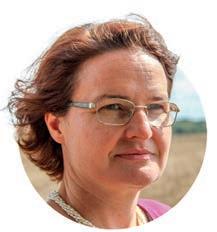



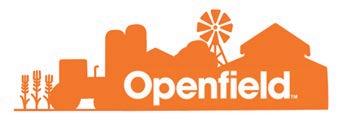
Once gas prices in Europe reach a level where manufacturers can restart production, domestic markets could be a priority before the UK receives any new o ers. Urea is in good supply and has been at in pricing over the last few weeks, but as demand is expected to increase globally by the end of October this could lead to some rming.
The sanctions in place on Russia, following the invasion of Ukraine, led to soaring potash prices, resulting in demand destruction. The e ects of this are now starting to be re ected in the market and in the rst week of October potash prices started to slip back with more competitive PK grades on o er. FG










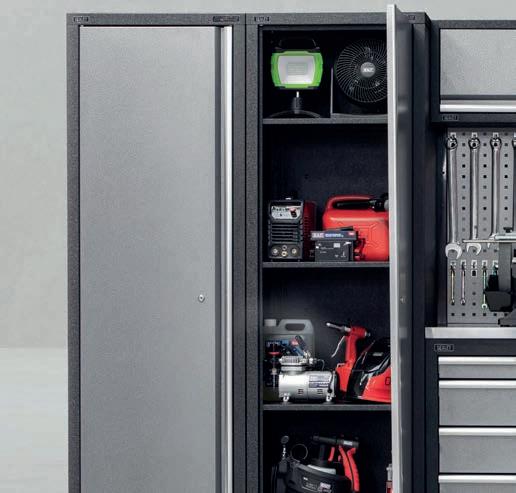









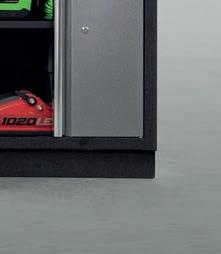


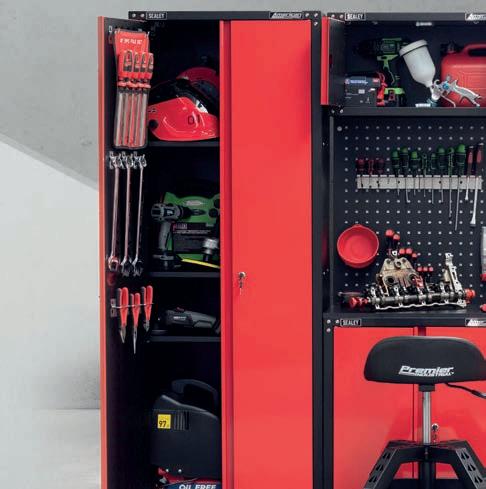
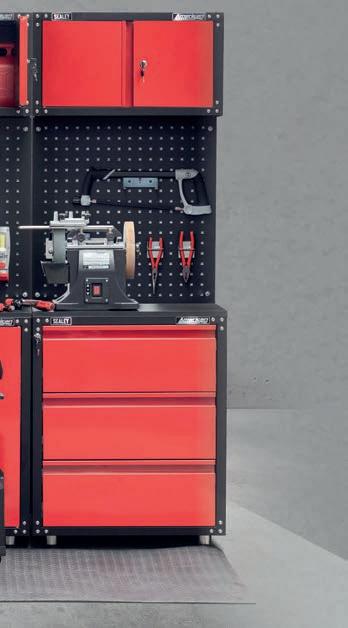






















BDC Systems Ltd has announced its appointment as an importer and specialised dealer for Kongskilde, covering the UK and Ireland.
“Our existing and potential customers now have access to Kongskilde’s
full range of postharvest solutions, from its pneumatic conveying systems through to its range of aspirators and dual cleaners,” said BDC Systems sales director, Andrew Head. Kongskilde’s equipment range sits comfortably within BDC Systems' existing portfolio of grain drying, cleaning, storage, handling, ventilation, milling and mixing equipment and other specialised solutions from market leading
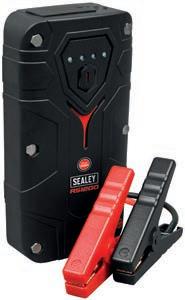
Sealey has launched its latest tool promotion, o ering 70 new lines with prices valid from 1st October until 31st December 2022.
The mammoth 180-page issue includes over 1,760 deals, including o ers on many seasonal items such as battery chargers, lighting, and heating.
There are savings to be had on the company’s new range of 12V RoadStart lithium jump starter power
packs. Available in three di erent capacities, the 1200A model is suitable for starting 8-litre petrol or 6-litre diesel engines. Each model includes a USB outlet for powering or charging a variety of small electronic devices.
Inside the catalogue, you will also nd details on how to enter Sealey’s latest competition to win a topchest and Premier black tool bundle worth over £650.
manufacturers.
“With the addition of Kongskilde, BDC Systems can now o er an even more comprehensive range of post-harvest solutions. Unlike our perceived competitors we are not limited to o ering products from a single manufacturer so are able to give customers the grain handling solutions that exactly meet their requirements,” continued Andrew Head.

Twelve apprentices have started a bespoke agricultural engineering course using the latest AGCO products as part of a new partnership between the global agricultural machinery giant and Scotland’s Rural College (SRUC).
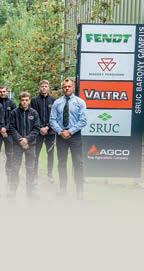

The course, which is being run at SRUC’s Barony campus in Dumfries, will complement three other training partners delivering the AGCO Apprenticeship scheme: WCG Moreton Morrell in Warwickshire, Riseholme in Lincolnshire, and Coleg Cambria Llysfasi in Wales.
Following investment from both SRUC Barony and AGCO, Scottish agricultural engineering apprentices will be able to learn about some of the latest technology in the industry using equipment and training aids on o er from AGCO’s Massey Ferguson, Fendt and Valtra brands.
With worldwide demand for food predicted to increase by 60% by 2050, the demand for highly skilled and talented agricultural engineers to service the industry’s advanced and complex machinery has never been greater.
If you are interested in developing a career as an agricultural engineer, please contact SRUC Barony for further information on: 01387 860251 or by emailing:
Enter on the website, www. sealey.co.uk, before 31st December 2022 for your chance to win.
Belgian manufacturer to supply UK based customers.
AgVantage UK Ltd has announced its latest partnership with specialist trailer manufacturer Dezeure. AgVantage will now import the product range directly from the reputable leading
AgVantage, already home to the full line of Dewulf, Miedema and Dammann brands, is very excited to welcome this latest development under its expanding umbrella.
For those unfamiliar with the brand, Dezeure was founded in 1947 and has been producing specialist trailers and tankers

since 1970. Still a privately owned company, the third generation of the family took over in 2015, and maintaining its roots and ethos was of course of upmost importance. Earlier this year saw the opening of their new purpose built 15,000m2 factory designed to keep up with an ever-rising product demand. Dezeure currently produces an impressive 250 units per year.
The Royal Agricultural University (RAU) has been ranked in the top 10 universities in the UK for the best student experience, and was the highest-ranking university in Gloucestershire, in this year’s Sunday Times Good University Guide.
The Cirencester university, which climbed 14 places from its 2021 rating in the guide published annually by the Sunday Times, was ranked eighth in the list of the best universities for student experience.
The guide, which also ranked the RAU as the best university in Gloucestershire, beating both Hartpury and the University of Gloucestershire, and in the top eight of universities in the South West, stated: “The Royal Agricultural University, famous for its secluded Cotswolds setting, is branching out in a big way,” and referred to the RAU’s recent partnership with the Uzbekistan Ministry of Agriculture to establish the International Agriculture University in Tashkent as well as the plans for the RAU rural innovation village.
The MSA 300 chainsaw is STIHL’s most powerful cordless chainsaw, capable of tackling the most demanding jobs. With 3.0 kW of electrical power, provided by the AP 500 S battery, the MSA 300 can be used for felling, pruning and cutting to length.



It offers the equivalent cutting performance of the petrol MS 261 C-M chainsaw, all whilst being quieter and emission free. And what’s more, the MSA 300 is prepared for STIHL connected - a new way of managing the maintenance and tracking the working time of your professional fleet of tools.
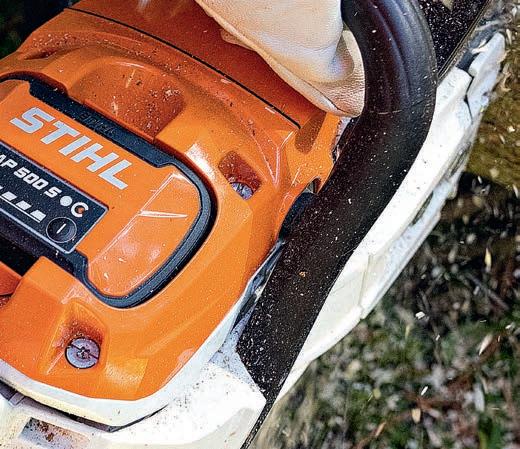


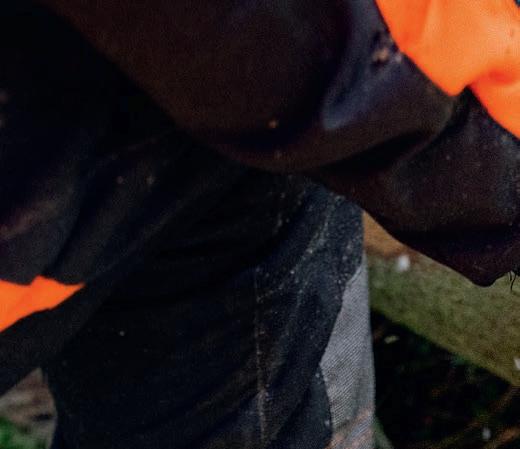
Real cordless power with professional performance. Take on any challenge.
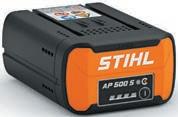





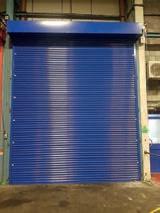


Mark Legg of Hunton Legg (Running Gear) Ltd has announced that the trailer parts specialist, servicing A. S. Marston, Gri ths,
Wootton, Brian Legg and various other manufacturers, has relocated to Stonehouse Farm Buildings, Earl Soham, Nr. Woodbridge, Su olk IP13
AS Communications (UK) Ltd has announced it is to distribute AgXeed Autonomous tractors under the ASC Autonomy brand.
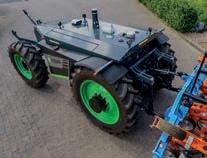
Agricultural technology provider AS Communications has been in the business for 33 years, continually providing solutions to make landbased businesses more efficient here in the UK. This has been achieved through automated steering, communications, implement control and,
more recently, software.
AS Communications says it is proud to have been awarded the distribution of AgXeed autonomous vehicles from winter 20222023, further enhancing their solution-based offering and delivering cutting edge solutions to the UK.
To deliver this exciting range of products, AgXeed will be distributed through a dedicated team operating under the ASC Autonomy brand. AgXeed technology
7RR. The company has a new phone number: 07555 678078 and new email address: o ce@ huntonlegg.co.uk
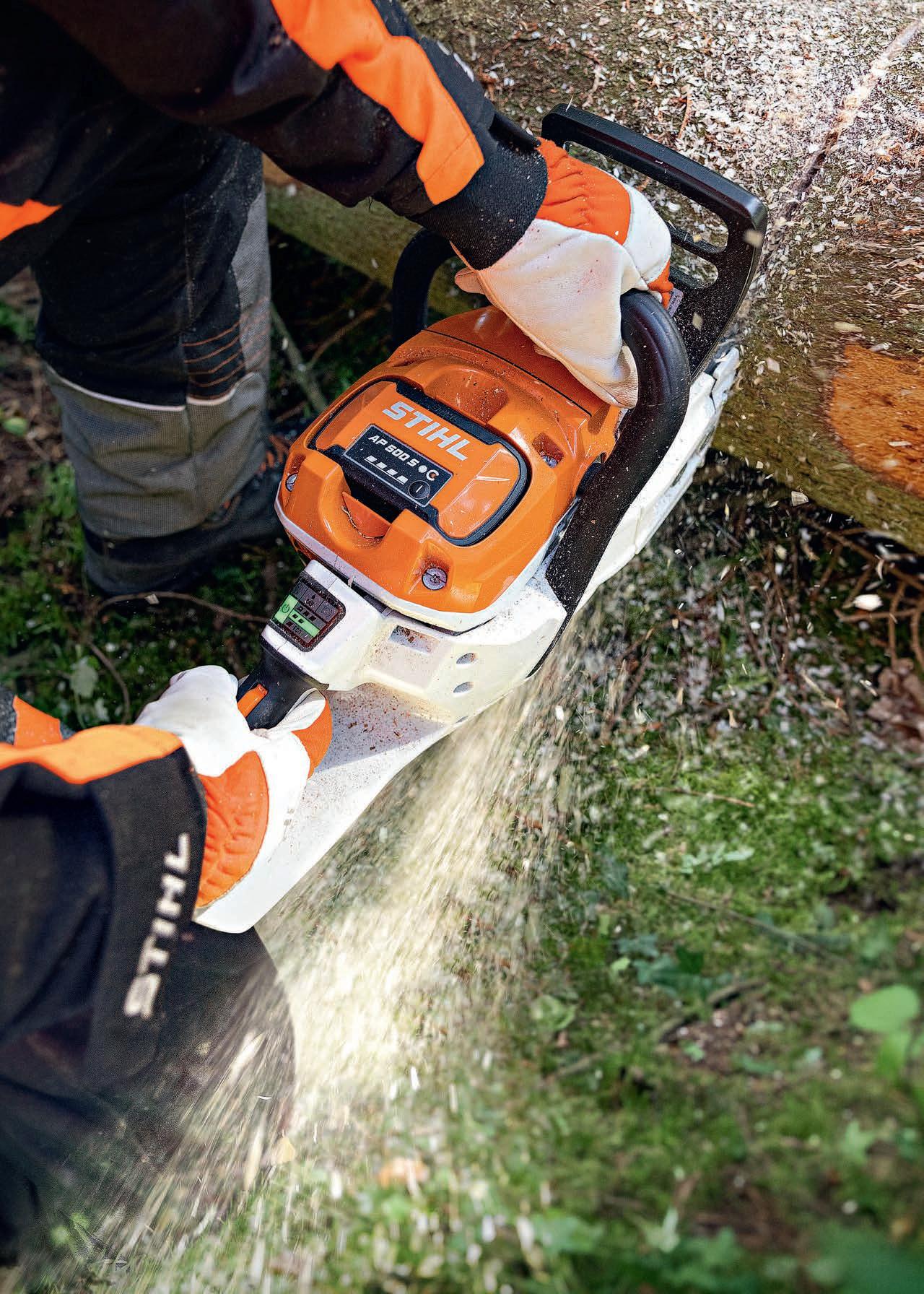

RABI continues its recent awards success, having received the accolade Charity of Year (annual income £5m+) from the Association of Charitable Organisations (ACO) in its 2022 awards.
Championing the contribution of charities and grant-making bodies that provide nancial and wellbeing support, the ACO’s annual awards ceremony celebrates the stand-out achievements of the sector.
RABI nance director, David Locke, expressed his delight in receiving the award just days after collecting two key prizes at the Charity Times Awards.
is more than a machine: it is a new way of farming, the company says, and partners like ASC Autonomy can guide and support customers through the change management process associated with running this equipment.
A lack of public appreciation for farmers and little understanding of the work they do and the pressures they’re under contributes to feelings of loneliness, according to a new study published this month in the journal Sociologia Ruralis
In the study, titled ‘It’s a lonely old world: Developing a multidimensional understanding of loneliness in farming’, researchers from the University of Exeter’s Centre for Rural Policy Research and national charity The Farming Community Network
(FCN) explored the causes of feelings of isolation and loneliness in farming communities.
One of the key ndings is that many of the farmers who were interviewed as part of the study felt undervalued, identifying a feeling of ‘disconnect’ between farmers and wider society, and a lack of understanding from the general public about what is involved in farming and its unique pressures.
Some of the farmers interviewed had been subjected to abusive
behaviour, including being sworn at during the course of their working day.
Loneliness was found in the study to be linked to mental health problems such as depression and anxiety.
The researchers recommend that there is a need to strengthen connections between farming and non-farming communities in order to avoid farmers feeling isolated from society.
The full research paper is available at: https:// onlinelibrary.wiley.com/doi/ abs/10.1111/soru.12399
“It has been a fantastic few weeks for everyone associated with RABI. Our charity has had an unparalleled 18 months in terms of landmark projects and the introduction of new support services. This hard work and investment continues to make a signi cant di erence to the farming community that we are so proud to serve,” says Mr Locke.
“The charity has a strong heritage of providing nancial support to farming people. This year, we have launched timely, responsive grant-giving campaigns to help meet the challenges being faced by many members of the farming community during the cost-of-living crisis.
“This award demonstrates that those struggles are recognised more widely, and RABI will continue to develop initiatives that have a lasting bene cial impact,” Mr Locke concludes.
The number of agricultural tractors registered in the UK in September was again close to the seasonal average but was a little lower than in the same month last year. At 1,070 machines, the monthly gure was 3% above the veyear average but 8% lower than the number registered in September 2021. This brought the total for the year to date to 9,297 machines, 6% lower than in the same period a year ago, but a little ahead of the average reached by this point in the year over the previous ve years. There was a similar decline in the third quarter of the year, when registrations were down 4% year on year, at 2,877 machines.
Month: 1,070 units -7.7% change (compared with September 2021). Year to date: 9,297 units -5.6% change (compared with January–September 2021).
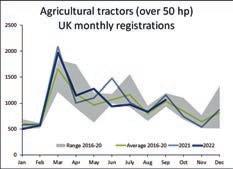
At Groundswell 2022, Dr Jill Clapperton, principal scientist and owner of Rhizoterra Inc, spoke about how to create, measure and maintain healthy, productive soils that produce nutrient-dense food.

Dr Clapperton opened her Groundswell session by iterating that healthy soil is signi cantly linked to nutrient density and food security.
She explained that soil management is everything you do to your ground, pointing out that this means all the inputs, not just the biological and chemical-based ones – it also includes the iron being added to the soil in the form of tillage and general soil disturbance, as well as the e ects of livestock grazing above.
The goal is to keep nutrients within the soil, and not have it leach out. “If you don’t have soil, you’ve allowed it to erode, you’ve lost all the life in your soil and all you're left with is dirt,” Dr Clapperton commented.
She explained how vital it is to stop erosion, with the most e ective way to do this being keeping your ground covered, either with stubble or mulch, or using cover crops. She was keen to point out that this doesn't have to come at the expense of land for commercial crops, explaining: “You can over-sow your pastures, and drill seed crops into green – using your iron for good, rather than for soil destruction.”
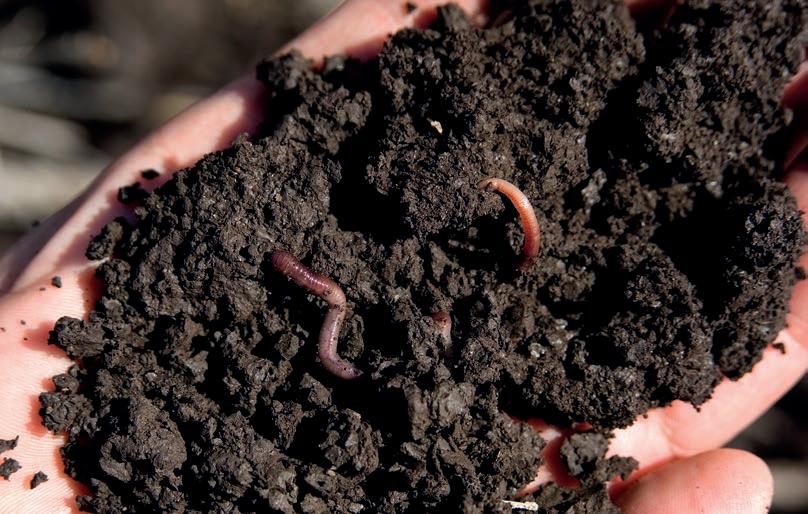
The rst characteristic of healthy soil is good soil structure. But you cannot have good soil structure without organic matter, bacteria and fungi, predator/ prey interaction and, most importantly, roots.
According to Dr Clapperton: “When plants have access to good soil structure, when they have access through the aggregates, they can build the resources to be able to expend more energy exploring the soil, and form more lateral roots –reducing soil leakage and building the soil.”
She went on to say that when we mix roots in soil with all the soil biota – all the bacteria, fungi, protozoa, microathropods, earthworms, insects and algae – we get:
• Better water in ltration, which leads to cleaner water, and rebuilds the water cycle
• Better root penetration and growth
• Better predator/prey interactions, leading to the recycling of nutrients. Protozoa release 45% of the nitrogen in the soil – leading to nancial bene ts when you factor in the cost of nitrogen and fertilisers
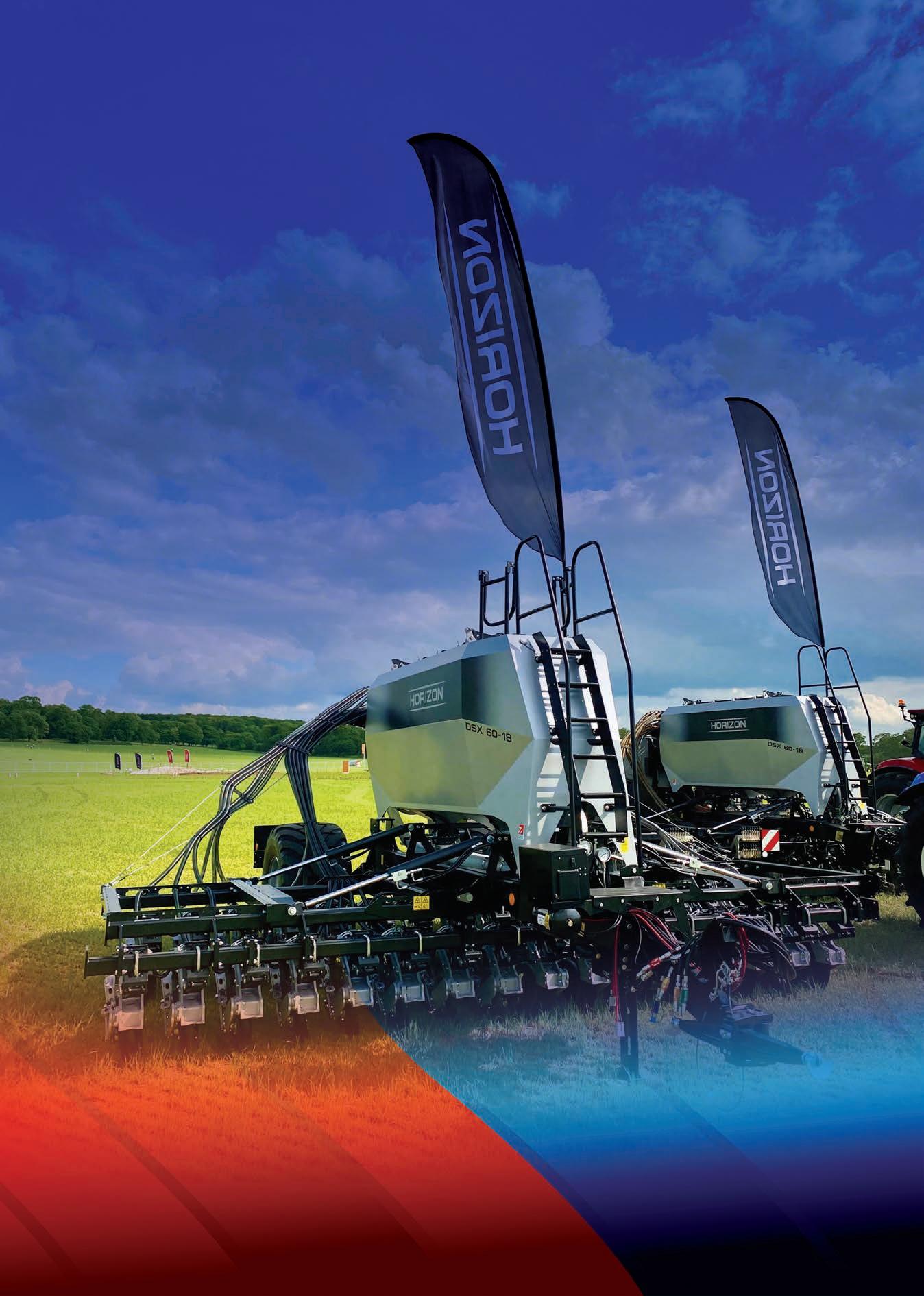
• More diversity of soil microorganisms and fauna, leading to better soil function
• More decomposition both above and below ground, due to increased roots
• Better plant communication due to greater root networks.
The whole system is feeding itself, like a functional
community. Soil biota is made up of all the organisms that live within it, including:
Primary producers – Bacteria, fungi and algae
Microfauna – Protozoa and nematodes, mites, collembola and enchytraeids
Macrofauna – Earthworms and insect larvae.
Protozoa and nematodes require good soil structure and larger pores to move and hunt in the soil. Protozoa alone increase N mineralisation by 45% just by grazing, while both nematodes and protozoa concentrate N in the rhizosphere.
For those making a transition into regenerative agriculture, Dr Clapperton stated: “When you rst stop undertaking a lot of soil disturbance, the bacteria begin growing like crazy, using up all the micronutrients and locking them away from the crops, with few predatorial organisms to curb them.” So, she explained, when you start your move towards no tillage, you may need extra N, P, K and so on to help you through the transition, until the larger predators like earthworms can multiply in number.
In summary, soil biota drive decomposition, nutrient recycling, concentrate and retain nutrients, and create soil structural stability. But, Dr Clapperton said, we can’t build organic matter quickly enough if we don’t get roots in the ground.
The rhizosphere is the most biologically active part of the soil. It is the roots, the soil attached to the root, and the soil in uenced by the roots. The roots and root exudates feed the microbial community, and lling the soil pro le with roots is the best and fastest way to increase SOM and the water-holding capacity of the soil, Dr Clapperton explained.
This is where using cover crops and companion crops comes in, and Dr Clapperton stressed the importance of using a diversity of crops, so that roots don’t create too dense an underground canopy – di erent depths of roots create the balance needed to allow commodity crops to grow through them. Once these roots are established, the rhizosphere should remain as undisturbed as possible.
Measuring SOM is key, and Dr Clapperton was keen to point out that you should always take measurements of SOM in the same place in order to accurately monitor the improvements, using geo location services where possible to ensure the location is accurate.
To watch the complete session from Groundswell 2022, visit www.groundswellag.com FG
“ When you rst stop undertaking a lot of soil disturbance, the bacteria begin growing like crazy.





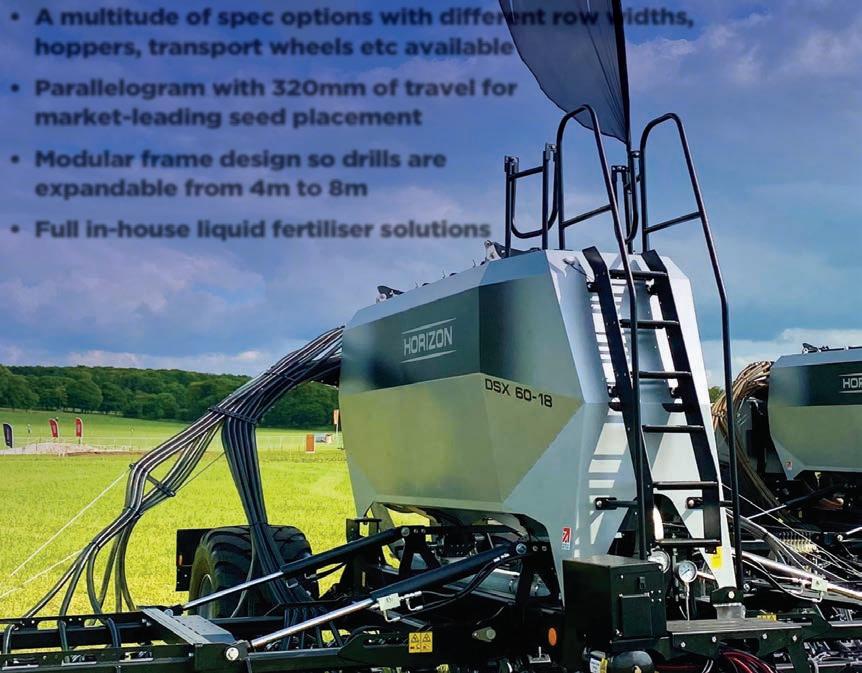





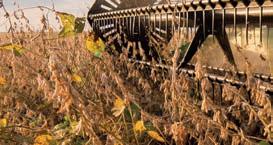
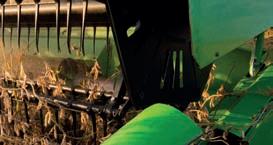























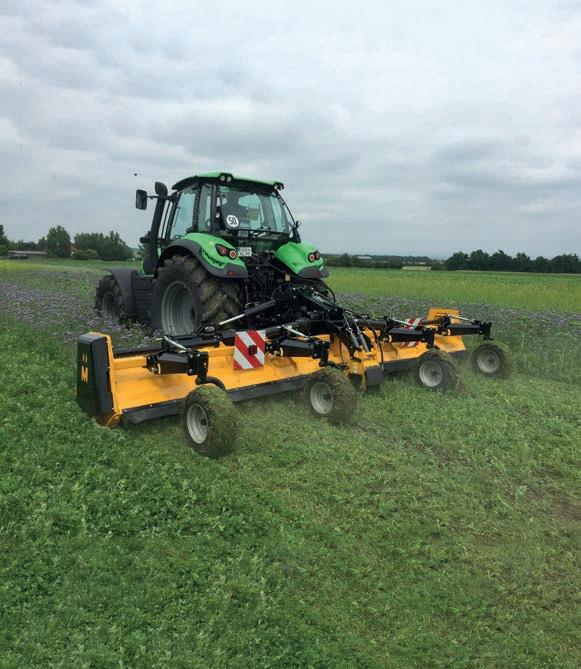















foundation of soil management, feeding the bacteria to feed the plant is a very close second.
“Our EASy range of products helps feed the plant and the bacteria,” he comments.





The evolutionary relationship between soil, microbiome and plant is paramount when creating healthier soils. All life requires a food source, yet many overlook the needs of the soil microbiome when determining their soil management plan.

Within an established biome, bacteria populate the root zone, converting nonsoluble minerals into plant available forms, assisting with the transportation of nutrients and water to the plant, whilst feeding o the plant exudes. The historical use of chemical fertilisers has challenged
To replenish the soil bacteria, EAS supplies BioN – a mixture of eight di erent natural soil bacteria. These include phosphate cycling bacteria to convert non-plant available phosphate into a form readily available to the plant, and nitrogen xing bacteria, which absorb atmospheric nitrogen for storage within the plant roots. This in turn improves plant nitrogen e ciency, helps reduce leaching, resulting in an improvement to farm margins.
growth, the properties of humate substances are less well known. Humates are decomposed plant materials formed over thousands of years. They ‘open up’ the soil and help retain oxygen and moisture, provide a food source and create a more hospitable environment for the bacteria.
Humates convert insoluble metal ions into plant available forms, whilst simultaneously protecting the plant from harmful trace elements. They have the ability to create ‘organic mineral bridges’ connecting soil particles and assisting in the prevention of soil erosion, whilst ‘holding onto water’ for use during drought.


The main bene ts of Edwards Advanced Seaweed and BioN are:


• Cost-e ective soil treatment

• Reduced fertiliser input
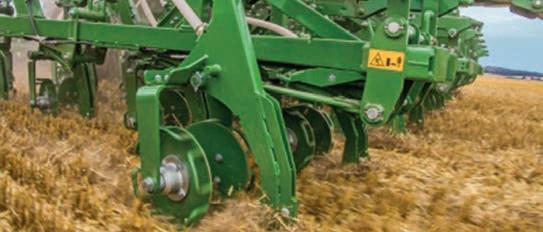

inhospitable environment for

this relationship, creating an inhospitable environment for the bacteria.
Dave Edwards (left), founder of Edwards Agricultural Supplies (EAS) believes in a more natural approach to soil management.
Whilst the correct balance of calcium and magnesium levels forms the
To feed both plant and bacteria, EAS has developed Edwards Advanced Seaweed. Formulated with concentrated liquid seaweed sustainably harvested from British waters, plus humate, Edwards Advanced Seaweed is a more natural approach to improve plant growth and yields.
Whilst it has long been known that seaweed contains essential trace elements, plant protective hormones and promotes and extends root
• Easy to apply
• Widely used on grassland and cereals




• Improves farmers’ margins.
Edwards Advanced Seaweed is available in 10-litre poly drums and IBCs. BioN is available in 1kg pouches and 2kg poly drums.
For more information email info@soiladvisory.co.uk FG
We all know that the key to good plant establishment is perfect planting depth control and excellent seed/soil contact. So bring on the Primera DMC direct seeder which does both of those things by the bucket load.

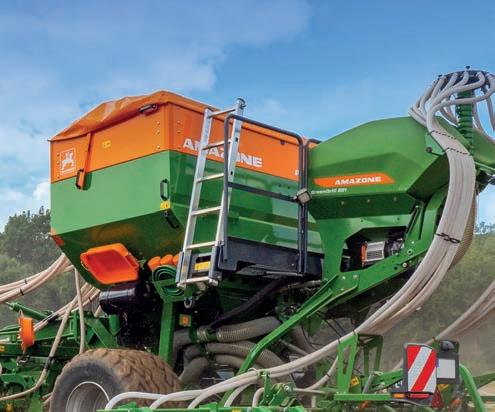

With a huge clearance from point to point, the chisel openers perfectly follow every little contour and cope with any amount of trash, so the Primera DMC is ideal for working in a cover crop, after a cover crop, after a cash crop or just well - drilling!
So if you are looking for a direct seeder that will cope with life’s up and downs - look no further than the Primera DMC.


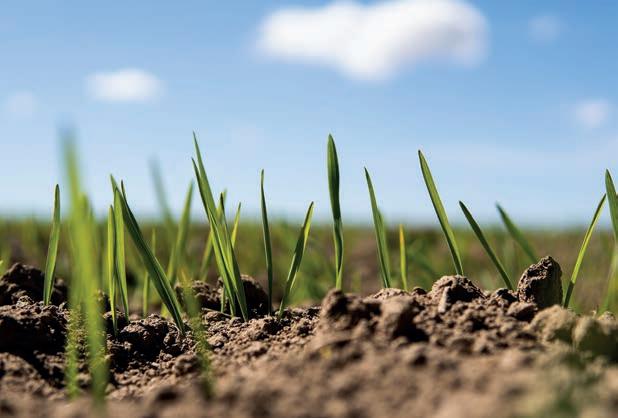
The start of the cropping year is an ideal time to assess soils to tailor management decisions over the next 12 months.
The launch of Hutchinsons’ Terramap Gold service earlier this year marks a step forward in the ability to analyse and map soils with even greater precision.
Hutchinsons head of soils, Ian Robertson (right) believes the combination of Terramap’s highde nition gamma ray scanning of key soil properties, with Hutchinsons’s comprehensive Gold analysis, gives growers and agronomists access to the most accurate and repeatable soil mapping service available.



“If you’re looking to make signi cant changes that a ect the soil, such as reducing cultivations, or cutting fertiliser rates, you have to earn the right to do so,” he says.





“Terramap Gold lets you fully understand the soil’s building blocks and why it behaves in a certain way. That performance may be good, or bad, but knowing exactly what is happening beneath the surface is the starting point for more e ective decisions around cultivation strategy, organic matter applications, liming, or the amount and type fertiliser to apply.”
Mr Robertson says soil health is often considered on a macro-scale, but understanding soil chemistry and the microscopic interactions is key to ensuring physical and biological properties work e ectively.


Employing the Gold soil sampling on top of Terramap lets
biological activity, carbon:nitrogen nutrition, and structural

growers accurately measure soil variations in a raft of areas, such as biological activity, carbon:nitrogen ratios, available and unavailable nutrition, and structural variations caused by its chemical makeup.
its chemical makeup.
Terramap’s gamma-ray detection technology and algorithms are backed up by georeferenced physical soil samples that together can accurately map more than 30 soil parameters within an individual eld.
and algorithms are













can accurately map more than individual eld.




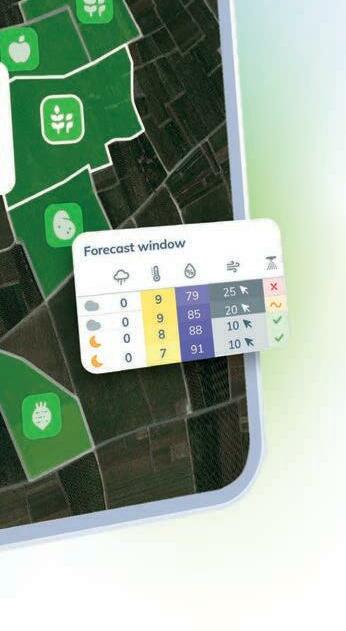
soils, it allows you to those variations are impactful decisions,”



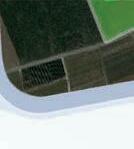
“If you’ve got variable soils, it allows you to understand where those variations are and make some really impactful decisions,” technical manager, Dick Neale (left) adds. “That may include variable rate nutrition, or for applying lime for pH adjustment, or to correct soil structural issues through targeted use of something like gypsum.”


One key feature of Terramap Gold is its ability to measure nutrient reserves and plant-available levels of macro elements, Mr Robertson notes. These sometimes di er signi cantly due to nutrient interactions within the soil, so understanding this helps manage soils and tailor fertiliser plans.
Being able to measure bu er pH is also useful, as this di ers from normal water pH, providing an indicator of how much reserve acidity is in the soil, or the likely resting pH of the soil. Bu er pH in uences cycling of nutrients, such
phosphorus, so understanding it allows plans to be implemented that optimise crop utilisation.

Mr Neale says pH variations are commonly detected by Terramap scanning, and results can improve the understanding of pH and calcium content.
“For example, an alkaline soil with a pH of high 6 to 7+ does not necessarily have enough calcium. Soil pH is driven by a raft of nutrient and microbial interactions.”
Many growers recognise the role of applying calcium carbonate (chalk) on low pH soils to help neutralise acidity by displacing hydrogen ions,



but the soil structure bene ts from applying calcium in other forms to higher pH soils can be less well understood.
“Even in high pH soils, calcium content may be naturally too low which is a ecting the structural components of the soil,” says Mr Neale. “A lack of calcium means clay particles do not occulate, while higher magnesium means it will sit damp and wet. Applying calcium in gypsum form increases the calcium in the soil, allowing clay to occulate and remove the excess magnesium from the seedbed area without a ecting pH.” FG
Su olk farmer Brian Barker has been focusing on soil health for many years at his 513ha family-owned partnership near Stowmarket.
The farm is predominantly on medium- to heavybodied clay soil, and Mr Barker has long recognised the importance of understanding the soil’s chemical, physical and biological properties to get the most out of it through e cient and sustainable management practices.
Regular soil testing using the standard Gold test has been key to improving his understanding of soil conditions and has helped facilitate the adoption of strip tillage, direct drilling and cover cropping.

He wants to take this understanding further by working with Farmacy agronomist Toby Clack to map the whole area with Terramap Gold.

Mr Barker is particularly interested in better understanding how the relationship between the quantity of di erent elements a ects nutrient availability and other soil properties; information that will help tailor fertiliser strategies through the season.



“Given the price of fertiliser, we have to be con dent every pound spent is worthwhile. Doing something just because that’s what we’ve always done isn’t an option,” he says.
Standard soil testing has previously shown signi cant variations in the indices of certain nutrients, notably phosphate and potassium, with no obvious reason why. Phosphate, for example, varied from index 4 to 1 within one eld.
“We therefore used Terramap Gold to investigate what was going on,” Mr Clack explains.
Results showed that while P and K indices were quite variable, levels of available nutrients looked quite di erent and did not necessarily correspond with the variations in the P or K index.
“It suggests nutrients were present in places, but were getting locked up in the soil, making them unavailable to plants. We looked to see what might be causing this, starting with calcium and magnesium.”
Magnesium and calcium levels were both relatively high in places, indicating they could be a ecting phosphate availability and causing other structural issues.
“In areas where we’ve identi ed high calcium to be the issue, we will limit using nutritional products that are likely to get locked up by calcium, such as triple superphosphate, instead focussing more on using starter fertilisers in spring and autumn-sown crops.”
Where high magnesium is reducing workability of the clay soil, gypsum is being variably applied to improve the calcium/magnesium ratio, without a ecting soil pH, thereby increasing the availability of other nutrients and improving structure.
“Unlike calcium carbonate, gypsum (calcium sulphate) is already acidi ed by the sulphur within it, so the neutralising ability of the calcium has already been balanced by the acidity of the sulphur,” explains Mr Neale. “This allows the calcium to be purely used to shift magnesium o cation exchange sites without in uencing pH.”
regenerative options since making the switch from full to no-till in a single step in 2016.
“We’ve been able to improve our soil health, moisture holding capacity and workability well in this time by moving as little soil as possible, growing more spring crops, maintaining near to year-round green cover and improving our residue management, amongst other things,” he explains.



“A good £1,200 in diesel to ll up a big tractor is certainly concentrating the tillage minds of many more growers this season,” points out Mr Clark. “But shifting from a tried-and-tested establishment regime to a new approach involving little or no tillage isn’t all plain sailing. Especially on heavier ground, where grassweeds are problematic, and as far as residue management is concerned.
Do di erent crops and varieties behave di erently in regenerative and conventional regimes? And how can these di erences best be employed to make the most of reductions in tillage, improvements in soil health, increased use of bio-solutions, and fertiliser and other input economies?
These are just some of the questions which the latest series of Green Horizons trials run by Agrii and key initiative partners with innovative growers across the country seeks to answer.
At Little Babraham just outside Cambridge, for instance, two very di erent feed wheats are being grown at scale with a variety of crop protection regimes in neighbouring light land elds under the extremes of cultivation practice; work that is being paralleled on heavier ground on the Bedfordshire border and Dorset downland.

“Regen experience is growing in leaps and bounds as more growers explore reduced tillage approaches,” points out Agrii seed technical manager, John Miles (right) who is co-ordinating the work. “And escalating diesel, fertiliser and other costs are fuelling progressively wider interest, driven by economic as much as environmental sustainability imperatives.
“Much of today’s experience, however, comes from trial and error, is highly individual, and extremely anecdotal. This leaves those moving to more regenerative practices facing far too much risk for comfort in an increasingly uncertain world.
“Alongside our long-standing national and regional variety trials, we have set out to characterise any varietal behavioural di erences and establish how to make the most of them in more regenerative regimes. That way, growers can do so with con dence and without having to nd out for themselves the hard way,” he says.

The variety behaviour trial at David White’s Hawk Mill Farm, on land in its seventh season of no-till management, and a neighbouring Wilbraham Farms

eld within a stone’s throw of it that continues to be ploughed annually, involves popular feed wheat Gleam and Graham successor, Fitzroy as third cereals.
With almost identical high pHs and sandy silt loam soil analyses, the two elds were sown with half hectare blocks of both varieties on the same day last October with drills suited to their particular conditions. While the traditionallymanaged ground had a soil organic matter of just 2.9% and Lancrop Soil Assessment Score of 51, the regenerative eld analysed at 4.2% organic matter with much higher biological activity levels, giving it a score of 70.
As well as its popularity, Gleam was chosen as being representative of rather slower spring developing types with relative rust weaknesses. This contrasts with Fitzroy’s particularly vigorous growth habit and across-theboard disease strength.

A total of 20 di erent disease management regimes with established and new chemistry at full and reduced rates and a variety of promising biologicals are being applied across the elds and varieties to investigate both their overall and particular regime value.
Complete analysis of almost every aspect of crop growth, development, nutrition, disease from establishment through to harvest yield and quality are allowing all performance di erences to be characterised in detail.
Single step from full- to no-till Mr White (left), who switched his eld’s cropping from spring oats to accommodate the trial, is no stranger to experimentation, having worked with his Agrii agronomist, Matt Clark (right) to investigate a whole host of
“On our own farm in Essex as well as with growers I work for across East Anglia, we nd the most fundamental essential to success with reducing tillage is getting the drainage right rst and keeping it right; even if this means a little metal at depth whenever necessary to get rid of compaction. Fail to do this on heavier ground or soils with much in the way of silt content and things can go badly wrong very quickly.”
Both Mr Clark and Joe Martin (right), eld technical manager with key Green Horizons trial partner, Corteva routinely see some crops and varieties doing better than others under reduced tillage and lower input regimes. But they agree there is nowhere near enough understanding about which and, most importantly, why. Is it down to relative robustness, competitiveness, nutrient utilisation e ciency, disease and pest resistance or tolerance, or what?
“It will be fascinating to see the results of this and the other Agrii trials we’re involved in,”
Mr Martin says. “Ironically, perhaps, after years of focussing its attention on varieties that are most responsive to inputs, what farming really needs for a more sustainable future is those that are high-performing but least responsive to input reductions – whether intentional or as a result of climatic extremes.




“Cropping abilities here are, of course, bound-up with soil and plant health as well as genetics. And we’re exploring a growing range of nutritive and other bio-solutions in the trials, in addition to highly e ective new fungicide chemistry like Questar (Inatreq).
“We want to know how to bring all these elements together in the most cost-e ective variety-speci c agronomy programmes for di erent regimes. What will work best, when and where. This is particularly important with biologicals which are noticeably less consistent in their activity than most crop protection chemistry in our climate.
in our climate.
“The Green Horizons studies are a hugely valuable resource in helping us ne-tune our contributions to a more sustainable future alongside those of the plant breeders, crop nutrition, tillage and soil specialists. There is so much more we all need to learn here.” FG







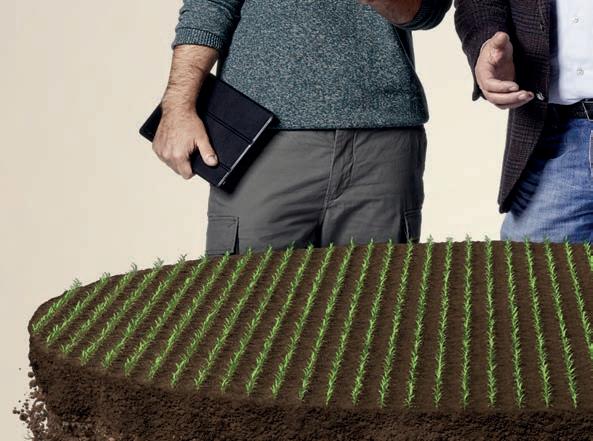





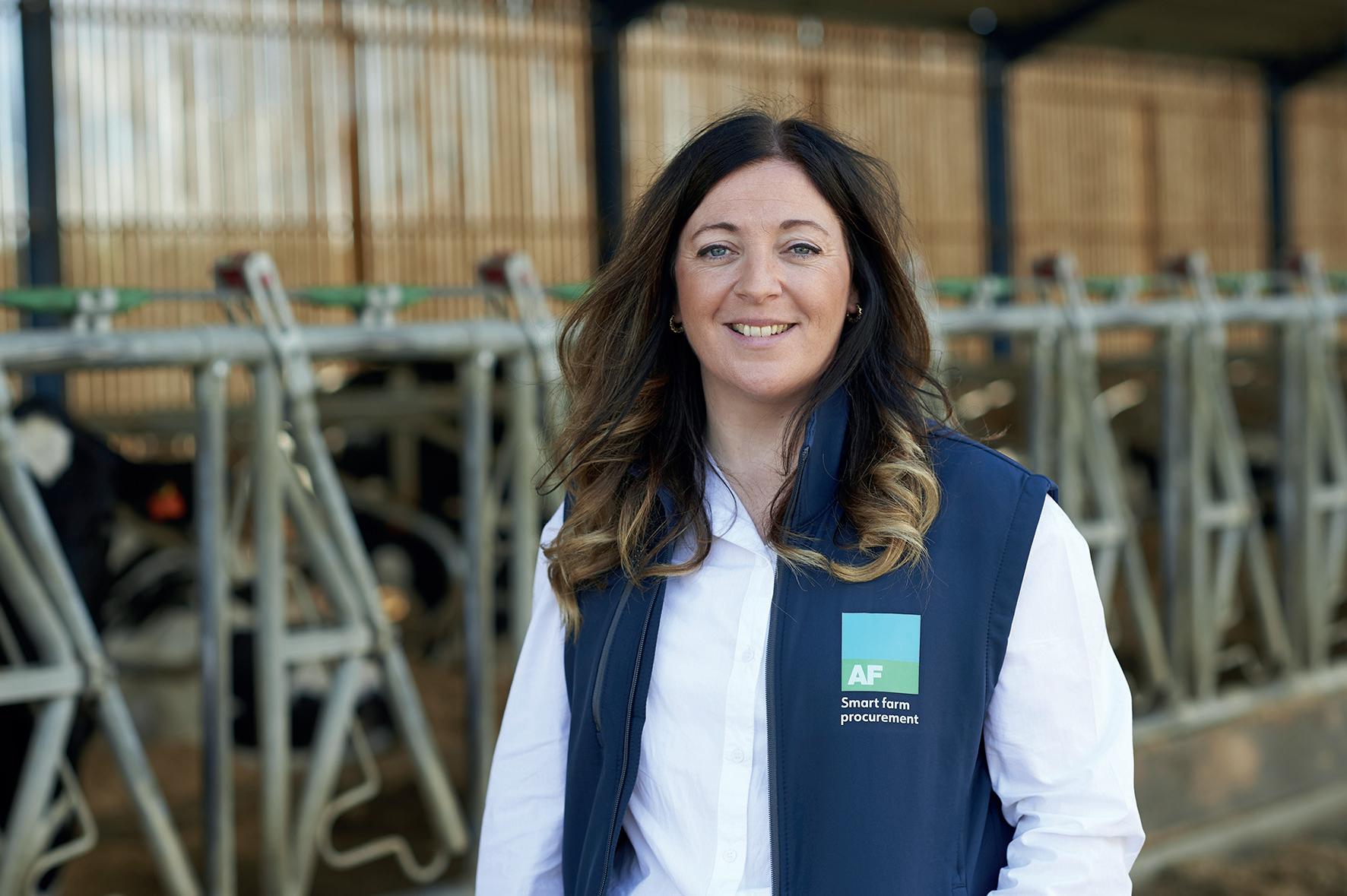
Improving your soil health results in more resilient soils that can withstand increasingly unpredictable weather patterns. Improved soil health also helps bu er against uctuating market prices, particularly with current record high fertiliser prices. So, what to do? AF advises considering a few key strategies to get your soil in the best possible condition.
Understanding your soil provides you with fundamental knowledge
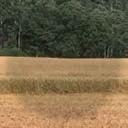






on the chemical, physical and biological status of your soil. Soil testing, followed by accurate and reliable analysis of the data, allows you to gain knowledge about your soil condition and once the nutrient content and pH level of the soil is determined, what to work on to improve it.

The bene ts of soil monitoring are more widely recognised. At AF, we saw a 35% rise in demand from

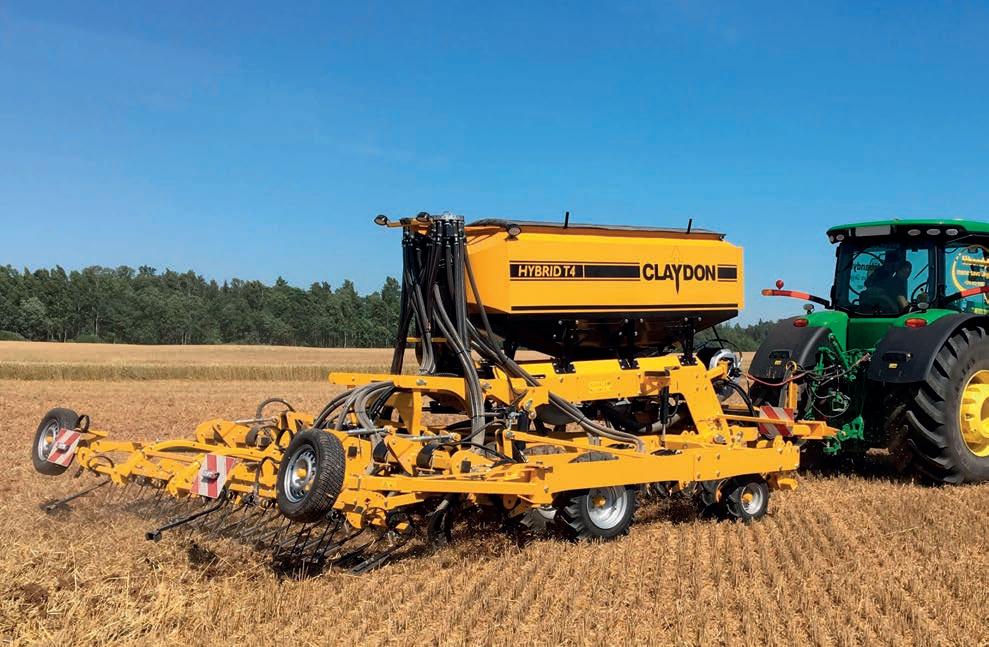
our members for soil tests over the 21/22 season.
Soil organic matter can signi cantly improve the soil’s capacity to store and supply essential nutrients to crops, as well as encourage soil organisms. Adding to your organic matter can be done gradually, with the use of cover crops, and adding biomass to the soil, particularly below the soil surface.
At AF, we are seeing uptake in the use of cover crops, with sales increasing by 10% in just the past year. Bulky organic materials, such as farmyard manure, can also increase organic matter content, which can improve stimulation of biological activity and increasing microbial biomass.

If soil pH is low (below pH6) soil biological activity slows down, inhibiting growth and function of roots. pH can also impact nutrient availability so ensuring pH remains at optimum level is essential. The desired level depends on the crop grown. Application of lime is the main way to increase your pH.
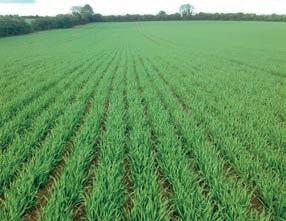
Ensuring soil is consistently covered with plant material is a vital part of keeping soils healthy. Roots hold soil together, reducing erosion, as well as encouraging healthier soil communities through plant-fungal interactions. Other bene ts include carbon storage, and ood and drought control.
AF can help you with all these key strategies to improve your soil health. To discover how to develop your soil health improvement plan, and all the other bene ts of being an AF member, please get in touch. FG


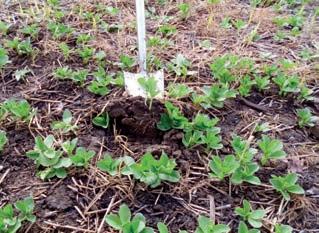
On Monday 12th September 2022 I sat at home with my family and spent much of the day watching the Queen’s state funeral procession. The precision of the whole ceremony, the immaculately turned-out soldiers, sailors, airmen, horses and carriages, were awe inspiring. Every part was planned with precision and carried out with a pro ciency unparalleled outside the British military. It made me proud to be British and it was a tting and emotional tribute to our late Queen, who served our country and its people for so long.
In our work as seed processors, we aspire at least in some degree to emulate the standards demonstrated by those military personnel. Seed processing companies throughout the country strive to give precise and accurate cleaning, excellent seed dressing application and high standards of service to our customers.
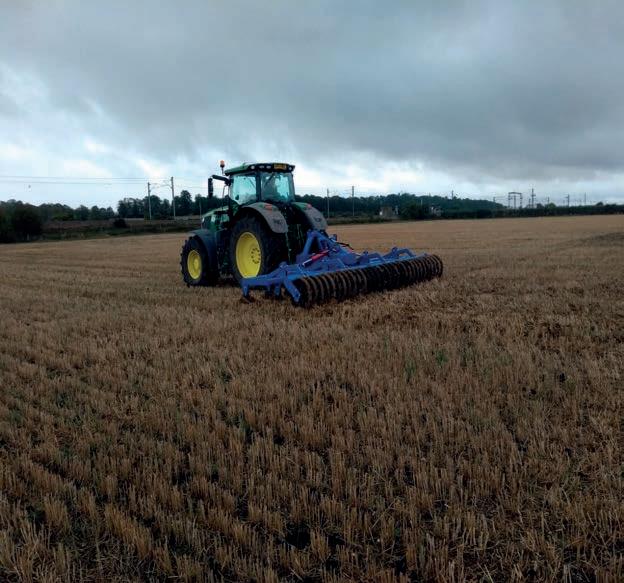
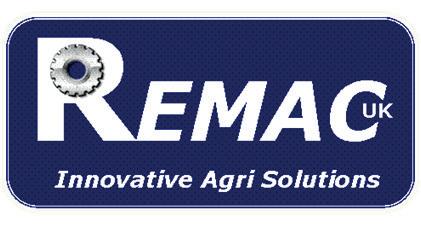
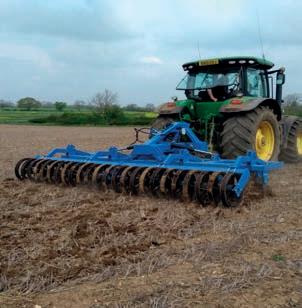


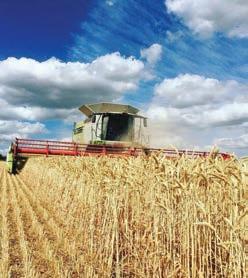
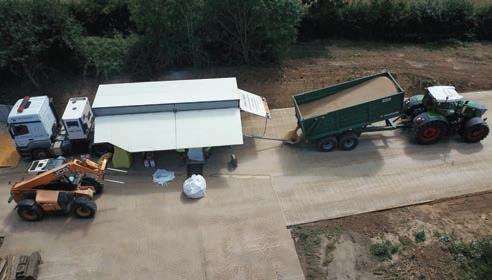
Farmers also strive to grow greater yields, higher quality produce for a market that is more and more critical and willing to pay less and less.
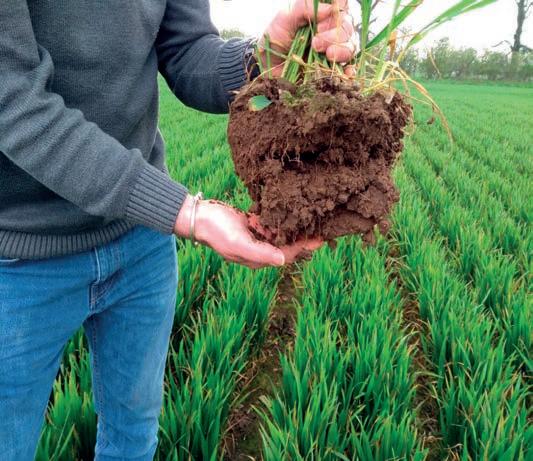

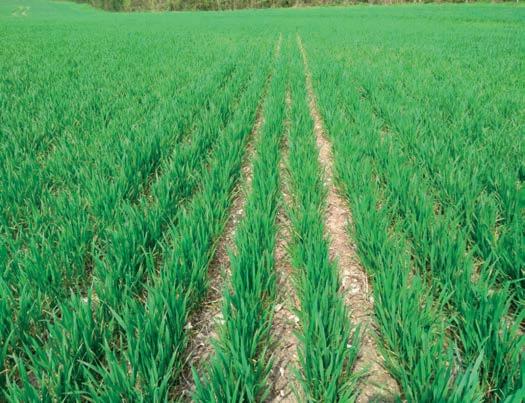
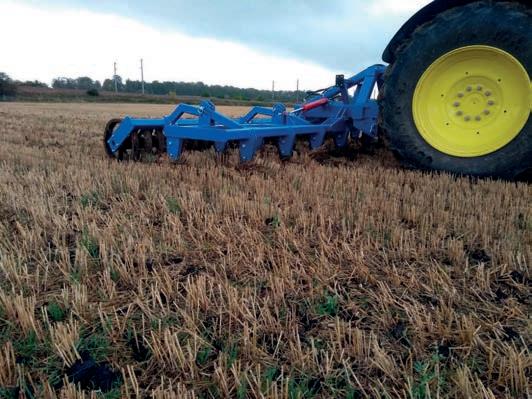
We live in an age when it seems
that, in this country at least, service is a thing of the past. Banks, utility companies and so many other so called industry leaders including supermarkets, each year reduce their service and commitment to their customers whilst increasing their charges.

Is it not time for all industries to take a leaf from the book of our dear departed Queen, and put excellence and service back into our vocabulary and our lives? FG
Richard M L Jones







Bene ts include soil loosening, levelling, and eliminating compaction. Biological activity is improved by controlled structuring – ensuring it is both aerobic and positive because the soil can now breathe. Drainage also improves
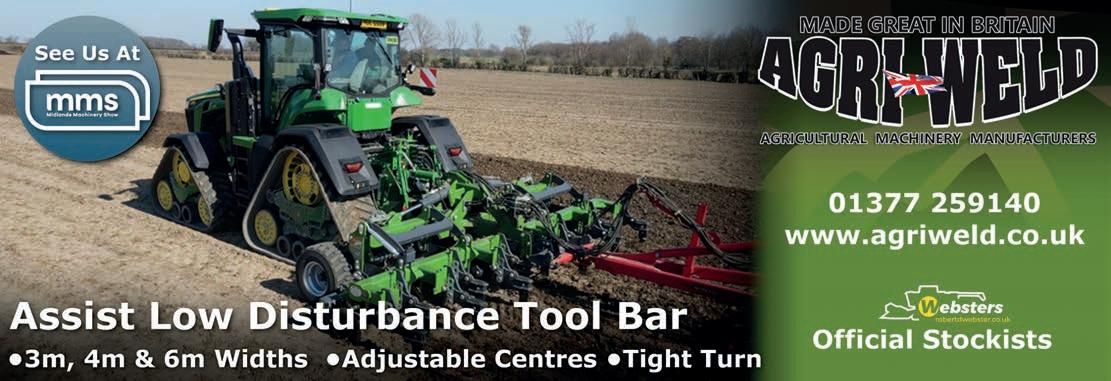

water availability deeper into the soil; by encouraging plants to search deeper for water, they can sustain growth in dry times.
Where soils need structuring assistance, it therefore makes sense to manage this ahead of the crop.
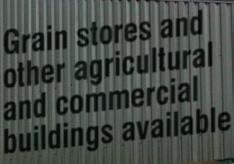
Key requirements include the need for good seed-to-soil contact at a consistent seeding depth, and suitable, relatively ne aggregates which match the seed size, in often moisture limited seedbed conditions. Creating a ne seedbed

whilst conserving moisture relies on minimising unnecessary soil disturbance.



Other areas to consider include how the previous crop’s residues are managed, which starts with residue management by the combine –consistency of chop and spread being key. Where straw is removed, a low disturbance loosening operation helps to manage tra cking compaction where low ground pressure tra c management cannot do this alone.
Returning residues (for example FYM, compost or digestate) can also be e ectively managed by a shallow establishment process linked to subsurface structuring where needed.

Further to this, Howard of Remac UK says that feedback from his customers using the company’s Soil Loosener is very positive. “Soils treated with this ‘less is more’ approach improve over time and recover faster after damage. They use the loosener when required, according to conditions, rather than as a general rule.


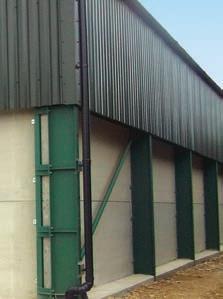

“Where some eld areas such as headlands require this kind of treatment, they are also prepared to soil loosen after drilling, although this needs a slow operation in appropriate conditions.” FG


Digestate is an increasingly valuable fertiliser and soil structure improver for growers who can get their hands on it, and one Lincolnshire farm has found an innovative way to increase the available nitrogen content of its product.
A Lincolnshire farm has trialled the Digest-It slurry additive from Origin Fertilisers in its liquid digestate storage for the rst time, with signi cant increases in plant-available nitrogen, along with a reduction in solid content build-up in the lagoon.
Mark Wallace (left) has overseen the 1.2MW anaerobic digestion plant since it was installed nine years ago at AEL Biogas, based near Boston, Lincolnshire. Since the plant was installed, the processed product has always been separated before spreading, with the liquid stored in an on-site lagoon. Mr Wallace, alongside farm manager Richard Hubbert (right), wanted to know if there was greater nutrient potential in the digestate they were producing to o set increased fertiliser prices.
ammonium nitrogen levels, while lowering harmful ammonia emissions, in both slurry and digestate. Callum Norman from Origin Fertilisers explains how it works: “Digest-It is a live bacteria product that feeds on anaerobic bacteria within the digestate. It contains food for existing microbes and dormant aerobic bacteria to consume and multiply.
product has always been separated
“The solid organic matter is broken down by the bacteria within Digest-It, which use the ammonia gas as a source of nitrogen to grow. This is turned into ammonium nitrogen, which increases the available N content within the treated digestate and makes it easier to be absorbed by the plant.”
“The consistency of digestate is very similar to slurry, so by adding a slurry additive into our tanks before separation, it could increase the readily available nitrogen content and also reduce surface crusting, making the liquid easier to handle,” explains Mr Wallace.





At its lowest, the AEL lagoon still registered 30% full; however, the machines couldn’t extract anymore liquid digestate. This is due to the solid material multiplying in the lagoon over the years, causing solid patches and reducing storage capacity. Furthermore, as the lagoon is covered and features a soft liner, the only way to clear it would be to remove the roof.
Keen to avoid this costly and time-consuming process, the pair turned to Digest-It, as the live bacterial additive has the potential to bene t digestate producers as well as slurry users.
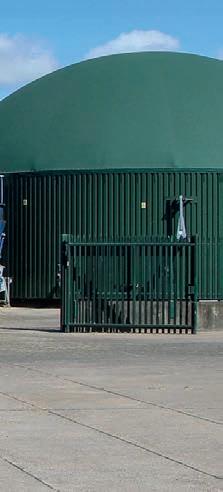
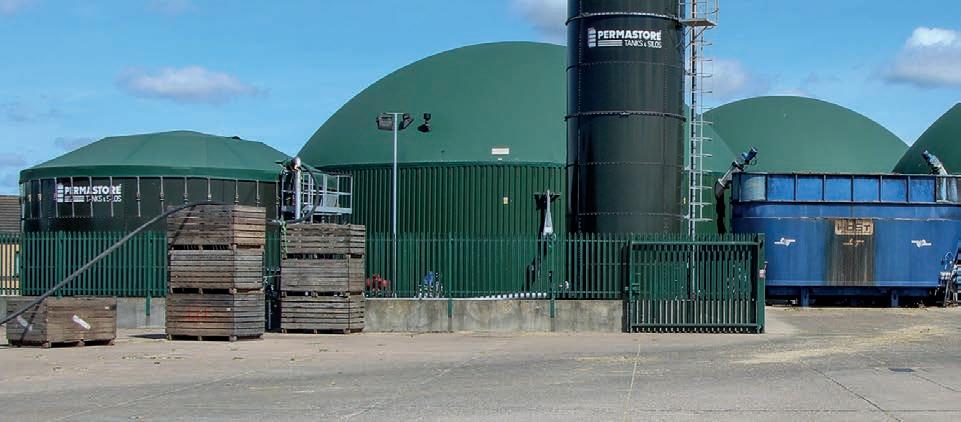

Digest-It is a single application product that is designed to increase the nutrient recovery and
Unlike other slurry additives, Digest-It

The breakdown of solid matter also contributes to a product that is easier to pump and apply, helping to reduce wear of machinery and lower fuel use. Unlike other slurry additives, Digest-It is a single application product applied to the storage lagoon during the closed season of the plant, requiring a minimum of 12 weeks after application to work.
The product was added to AEL’s storage lagoon at the same rate as slurry applications, which meant 20 litres treated 454,000 litres of digestate.
After the 13-week trial, the results showed a 20.3% increase in ammonium N which, with AN at £775/t, the net worth of the increase is £72.65/ ha. After the cost of Digest-It, using the product still returned a 2:1 cost bene t. Alongside this, a 29% reduction in oven dry solids made the liquid easier to pump and apply, helping to reduce fuel and handling costs, too.
Mr Hubbert explains: “Having 20% more available nitrogen will bene t the crops and enable us to achieve more from what we already have. The liquid is also a thinner consistency, so when it is applied to the soil, it can move through the pro le quicker and reach the plants, rather

than remaining as larger lumps of solid material that require the weather to break down.”



than 4.3kg/m
To help comply with NVZ restrictions, the overall nitrogen content of the digestate fell from 4.3kg/m3 to 3.8kg/m3. This meant the same amount of land can have 13% more digestate spread on it before NVZ limits are reached.
“Digest-It’s addition has allowed the farm to
“Digest-It’s addition has allowed the farm to adjust fertiliser requirements to speci c crops and the increased nitrogen available to the plant, rather than being lost to the atmosphere, has potential not just for the farm, but for the industry.”
The change in the product consistency has helped the nutrients to absorb into the soil more quickly for crops to access. This has also been a positive from a logistics perspective.
“The digestate is now like water as opposed to slurry, which makes it easier to pump, reduces fuel use, and lls the Claas Xerion tanker nearly three minutes quicker than before, so increases work e ciencies,” comments Mr Hubbert.
Digest-It has also reduced the solid content pockets within the lagoon and the operators didn’t run out of liquid digestate this year. In one year, Digest-It has almost halved the solid build-up in the lagoon, converting the solid organic material into useable liquid digestate. “The lagoon is the lowest we’ve ever seen it, at 15–20%,” concludes Mr Hubbert.
The farm says there is no doubt that Digest-It will be applied to the storage lagoon again this year as reducing the solid content means it is less likely that a costly excavation is required and making better use of the nitrogen content has multiple bene ts.
The farm has also been trialling digestate application during sugar beet drilling, and has seen some crops halve bought-in fertiliser costs, alongside a doubling of root mass area when the treated digestate was used as a starter fertiliser. FG
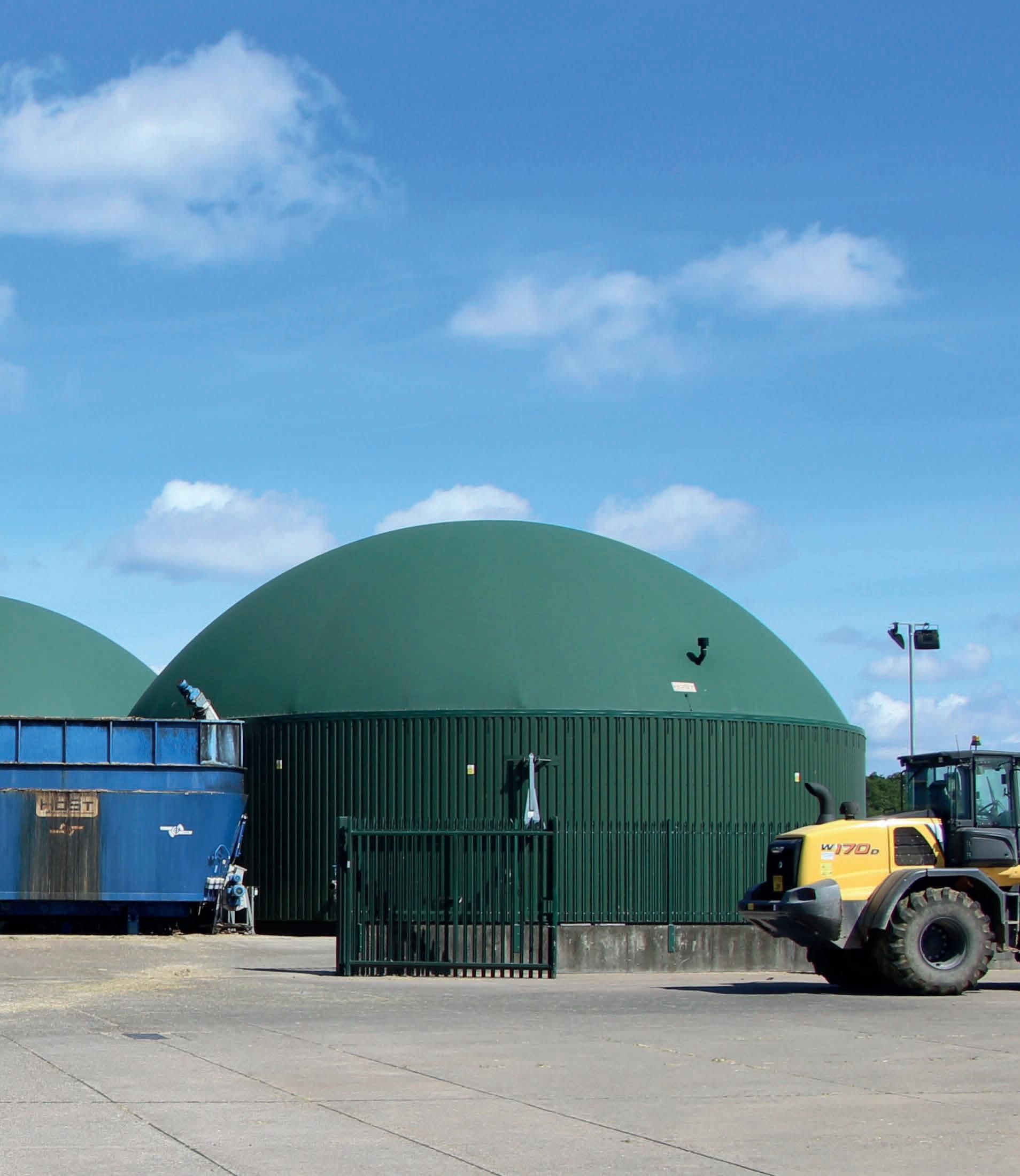










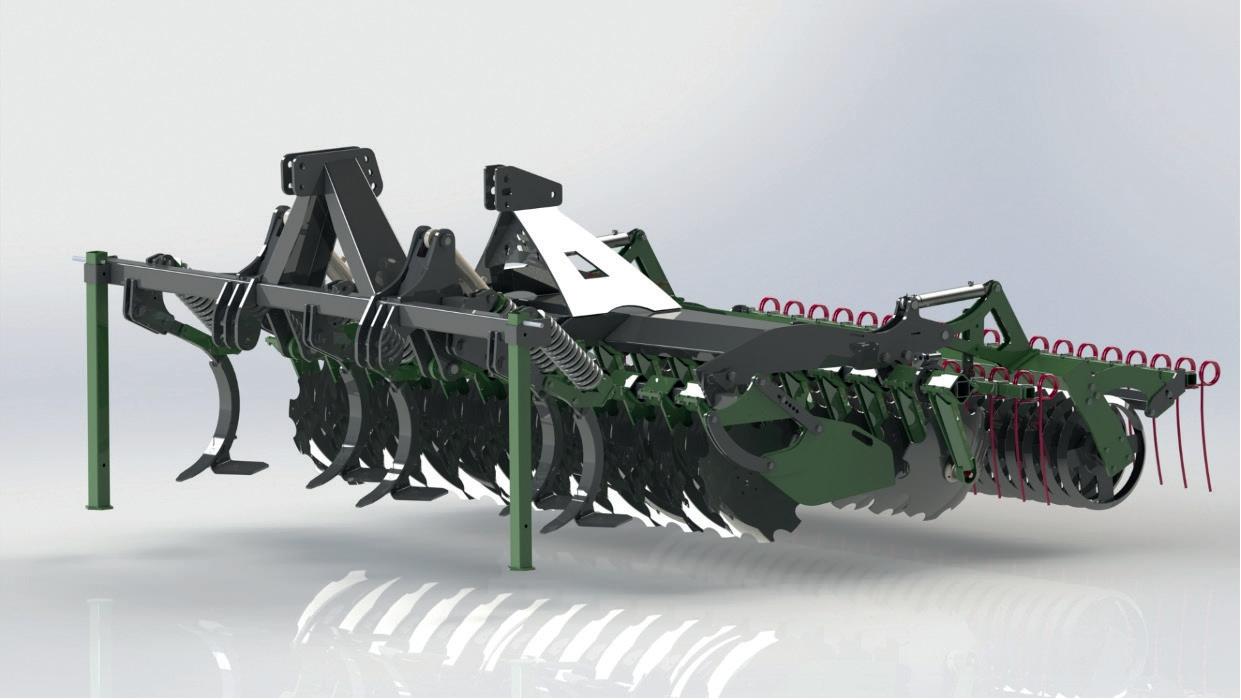

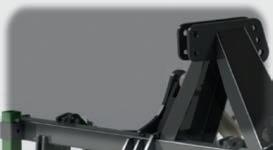
expensive, so we needed to nd a way to make them more cost-e ective.
“SlugBot investigated that conundrum, answering the questions ‘can we improve monitoring to know exactly where slugs are located in a eld, and then spot apply biologicals to reduce the amount required, and therefore cost?’ Excitingly, we’ve shown that it could soon be reality.”

Work began in 2020, funded by Innovate UK – bringing together Crop Health and Protection (CHAP), Small Robot Company and farming enterprise AV and N Lee, to explore a new cost-e ective and environmentally-friendly way to control the pest.























Now at its conclusion, the project has demonstrated the impact of combining improved monitoring with non-synthetic treatments, to unlock the future of slug control.
CHAP’s Dr Jenna Ross OBE led the project. She said: “Traditionally,


methods for slug control have relied on actives such as metaldehyde or ferric phosphate. However, concerns relating to the over-use of metaldehyde and its impact on nontarget organisms has resulted in its subsequent ban in the UK.



“This meant that it was time to look beyond the existing crop protection toolbox, to more innovative solutions such as nematode-based bio-molluscicides, which is a particular passion area for me as a nematologist. But, despite e ectiveness, bio-molluscicides are





The project was delivered in three phases, combining a range of expertise across malacology (molluscs), nematology, biological control, crop protection, machine learning, arti cial intelligence (AI), multispectral imaging and spraying technology.
Stage one included slug collection, imaging at the CHAP and Rothamsted Research Digital Phenotyping Lab, and development of an AI model.
More than 1,600 slugs were collected during this phase, but focusing on two main species – the grey eld slug and the Spanish slug. Image data was collected across a wide range of environments and scenarios to help feed and train the AI model.

For stage two, slug mapping capabilities were trialled in glasshouse and eld conditions, using Small Robot Company’s ‘Tom’ robot. This stage also included on-farm testing

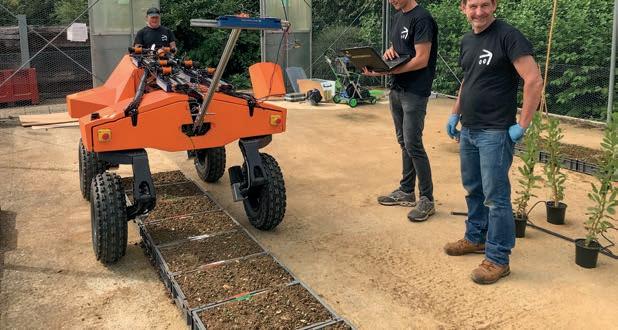
at AV and N Lee, testing Tom’s ability to take images, upload them for processing and identi cation, to then trigger the spray application.
Finally, stage three focused on developing the precision spraying capabilities of the robot, and trialing its use with a biological control agent. A 1m boom was developed, adapted from a conventional spraying system, with the nal protoype capable of spraying 20x20cm.
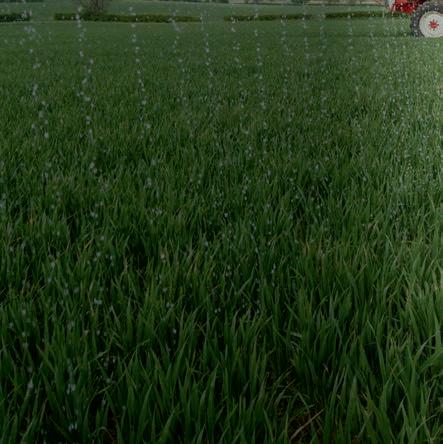

Andy Hall, product manager for robotics, Small Robot Company, said: “The Slugbot project has enabled Small Robot Company to develop an AI that can detect and map slugs in a eld using our monitoring Tom robot and also an on-robot precision detect and spray system, which can be used to spray slugs in real time.
“The collaboration between Small Robot Company and CHAP has built many relationships which will bene t both organisations in the future.” Although the project has recently concluded, the work has proven the potential of autonomous monitoring and precision application within broadacre arable crops. Now established, the platform could be adapted to include new data sets to target a wide range of weeds, pests and diseases. FG

Successful biostimulant brand, Algifol, has enjoyed a recordbreaking start to the year, reporting a 33% increase in year-on-year sales in the rst six months of 2022.
MJP Supplies which distributes Algifol in the UK, sold more than 3,000 litres of the seaweed-based biostimulant between 1st January and 1st July 2022.





“The rising cost of fertilisers, the hot weather and extremely low rainfall have all contributed to an uplift in sales as growers seek ways to help establish and then protect their crops,” says Marcus Palmer, owner of MJP Supplies. “We’ve also bene ted from lots of repeat orders from growers who have seen the positive e ect of Algifol in previous years.”
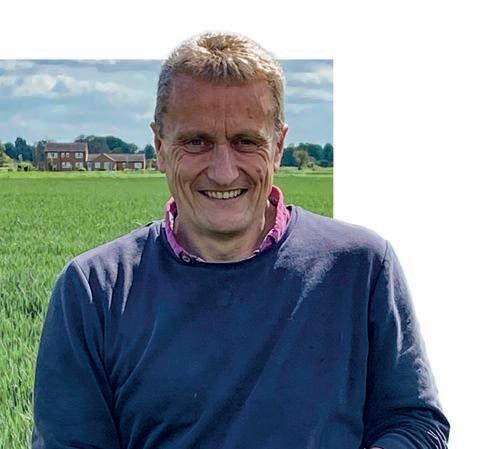
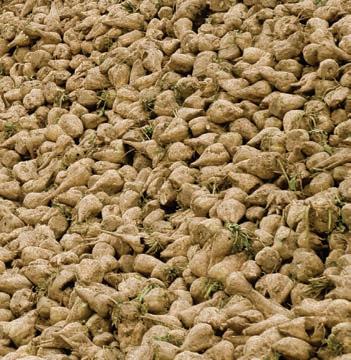

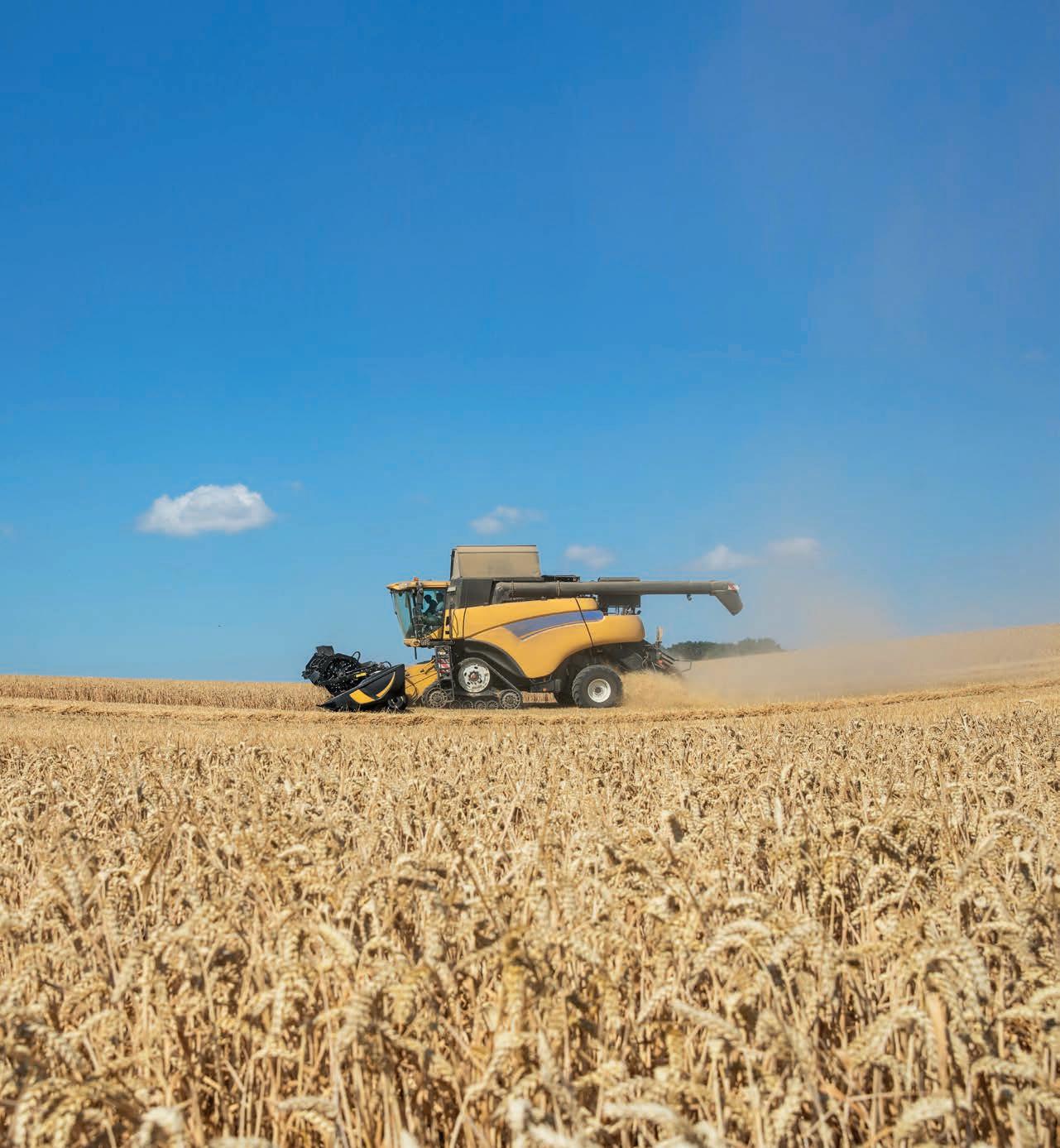
well documented; from helping establish root structures to improving resistance to disease and extreme hot and cold weather.
A study by Colla and Rouphael in 2015 found biostimulants had a positive impact on crop growth and yield, their nutritional quality, and abiotic and biotic stress tolerance.
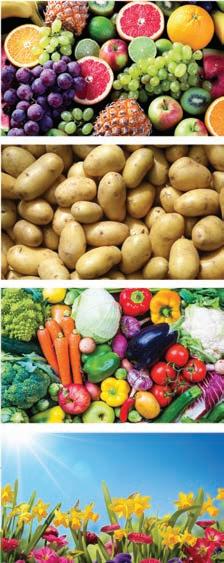
Pharma, says it is a natural nitrogen source due to the high presence of amino acids and peptides. This makes Algifol ideal for combined use with reduced amounts of N fertiliser. When used with a reduced amount of fertiliser, Algifol naturally improves the nitrogen use e ciency of the crop, producing a better crop and reducing the use of costly fertilisers.
Algifol is available in 1-litre and 10-litre cans directly from Marcus via www.mjpsupplies.co.uk. Discounts are available for larger quantities which can be supplied to both growers and agrochemical companies for inclusion in their own fertiliser and biostimulant blends. FG
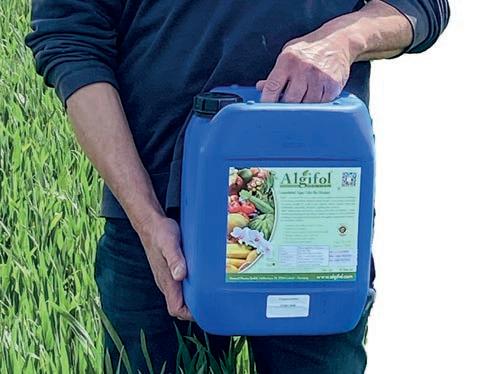
repeat orders from growers who has of biostimulants,

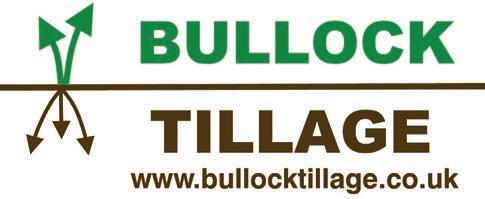
Halpern et al., 2015 proved that biostimulants like Algifol enhance soil structure by simulating microbial activities and improving plant nitrogen uptake by altering plant morphological and physiological characteristics.
MJP Supplies has been selling Algifol in the UK since 2007, with average sales of 2,000 to 3,000 litres per year.

The e ects of biostimulants, such as Algifol, have been

Made from brown algae, gathered from the ocean, dried and re ned through special processes, Algifol boasts a wealth of trace elements, vitamins, enzymes, amino acids, carbohydrates, polyuronides and growth-regulating plant hormones. Algifol’s manufacturer, Neomed

Mayflower has a wider, more flexible growing window than its competitors.
When grown as a milling wheat, it consistently achieves the 13% contract specification of protein with a specific weight of 78.5kg






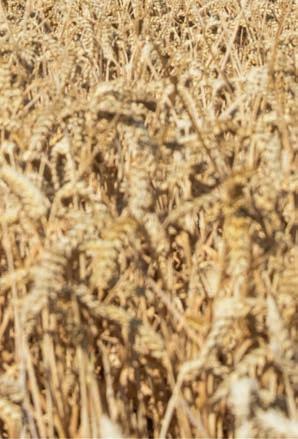

Less inputs and passes means fewer litres in the tank.

Excellent disease package with a Septoria score of 8.4, as well as Soil Wheat Mosaic Virus and PCHI to Eyespot.
This season choose the lower input variety. It could just deliver a higher impact on your bottom line.
Speak to your seed merchant today about availability.
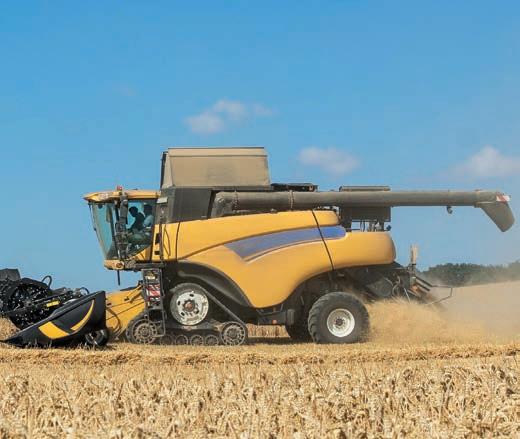
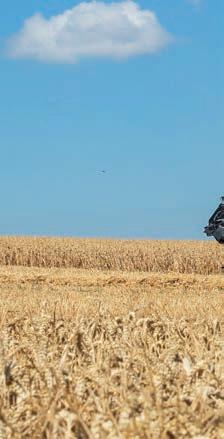

Recent trials prove when N levels are reduced, Mayflower’s relative yield increases compared to other established varieties.
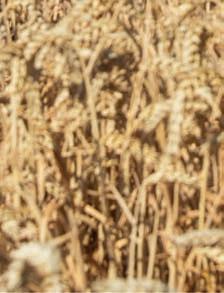
elsoms.com





When everything’s going
it pays to bring your costs down.

In order to avoid unnecessary yield penalties when late drilling winter wheat, it is key to select the right winter wheat variety.
Late drilling presents a unique set of challenges to the wheat crop as soils are cooler and wetter, so proceed with care and consideration in order to get the crop well established, says Limagrain UK’s Ron Granger (pictured).


“Delayed or late drilling of winter wheat considered to be from mid-October onwards is now common practice – particularly for black-grass management, in a second wheat situation and for those who are drilling wheat after sugar beet or potatoes.
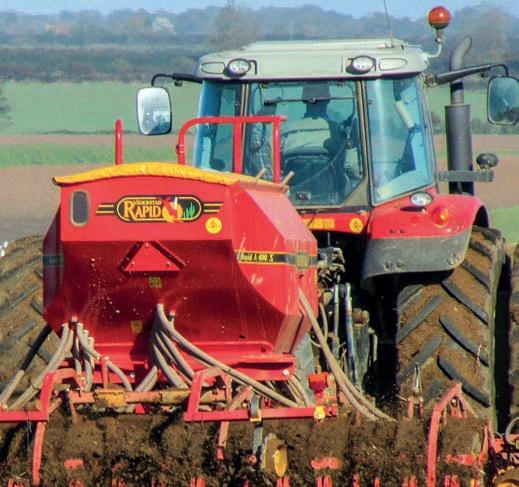
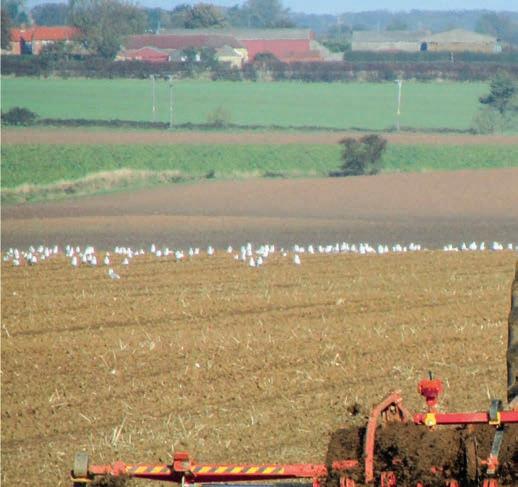

“Although most of the varieties on the AHDB Recommended List can be drilled late, it is important to make a distinction by choosing varieties that will cope well, rather than be challenged by the situation.
“Get it wrong, and you could be facing fairly substantial yield penalties – which are totally avoidable.
“Characteristics of wheats that suit this slot are strong tillering and vigorous, combined with good rooting attributes and a semi prostrate growth habit in the winter,” he explains.

“Crops drilled later will not have been in the ground as long as those drilled earlier in the autumn, so the chosen variety needs to be robust with a good tillering ability and quicker out of the blocks in the spring, once growing conditions are favourable.”
Mr Granger points out that this is especially important where there is black-grass, as the variety needs to compete with the rapid growth of the black-grass rather than sit and tiller at to the ground where it will eventually be smothered.
For these reasons Mr Granger recommends LG Skyscraper and the new variety in the Limagrain portfolio, LG Redwald, for the late drilling slot.
“We have seen very good results from LG
Skyscraper both in trials and more importantly now on farm for several years, delivering high yield potential and a good consistency of performance.
seedbed preparation at the time of drilling.

“To compensate for the impact on tillering, as a result of cooler temperatures and shorter days, seed rates need to be increased the later into the season the crop is drilled.
“However, some varieties di er. For example, LG Redwald appears to cope at lower seed rates due to its excellent tillering ability which it has inherited from its parent LG Sundance.
in
“Data from several seasons of work also suggests that taller wheats, such as LG Skyscraper are at an advantage in the later drilling scenario as larger plant canopies also play an important role in keeping black-grass ear numbers and seed return to the minimum,” says Mr Granger.
“On this basis, LG Redwald suits this late drilling situation very well – it’s a bit of a beast in the fact that it has a semi erect plant type combined with a strong tillering ability and large biomass potential –it will de nitely give black-grass a run for its money!
“One of the single most important factors in getting a late drilled crop o to a good start is using the correct seed rate,” he says.
In good conditions in early November, the target should be a seed rate of 375-400 seeds/m2, increasing to 400–475 seeds/m2 at later drill dates, or in a black-grass or poor seedbed situation.
“However, seed rates after the end of October are di cult to quantify, speci cally as they will be more determined by the seasonal weather and
“Agronomically, LG Redwald looks very interesting and has performed very well in this situation and we will be doing more work this coming season.”
He notes that later drilled varieties often have the advantage of requiring lower inputs and may not require an earlier autumn herbicide.
“However, always use an e ective seed treatment for either root disease or slug and insect control especially in known high-risk situations,” he says.
“Also look at varieties with a good disease resistance pro le, certainly against mildew, as this can be problematic on some soil types in the late drilled situation.”
Mr Granger also advises monitoring crops for yellow rust if winter conditions are mild. “Monitor all crops diligently at the juvenile plant stage –even those that are listed as tolerant varieties.” FG
“The right winter wheat varieties can be grown through to the end of January without signi cant yield penalties,” says Mr Granger. “However, after January, spring wheat varieties come into their own regarding yield performance – especially if black-grass is the major threat on farm.
“Most wheats can be sown in a second wheat situation, but look for varieties that have been tested and performed in this position such as LG Skyscraper. In fact, we have seen many growers adopting the variety on farm just for its performance in this second wheat slot,” he adds.
With second wheats, the added pressure from high levels of take-all inoculum and eyespot are important considerations, he points out.
“Seed rates should be increased due to the fact it’s a second or continuous straw crop, to compensate for the inevitable tiller loss from disease such as take-all. However, over the last few seasons with mild winters, extreme temperatures and rain prior to harvest, eyespot and fusarium are also having an impact.”
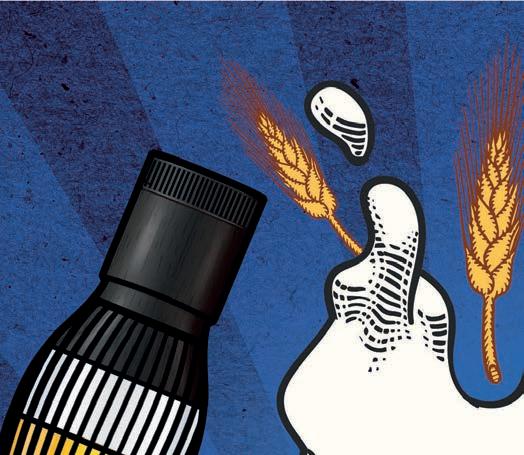


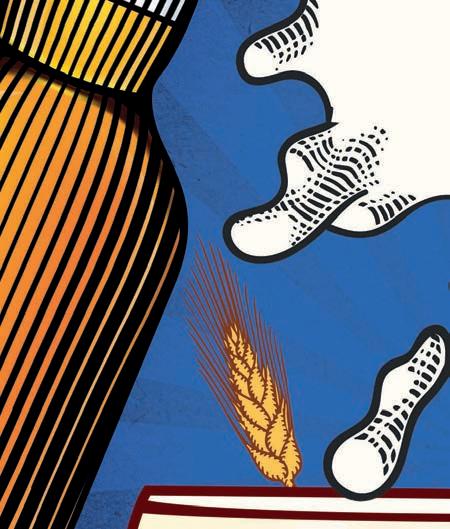


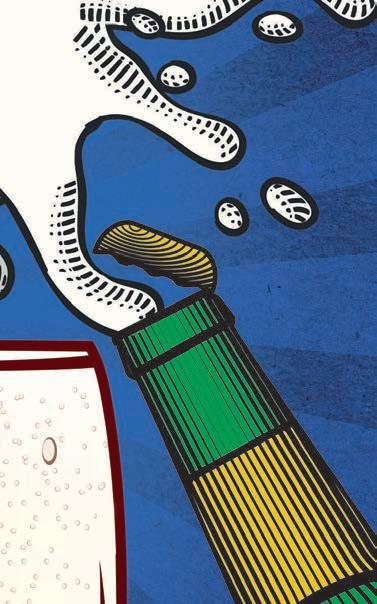
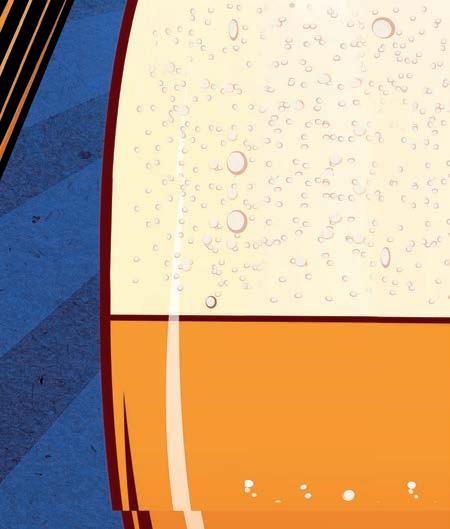




















Over the past half a century, industrial farming practices have spread across much of the British countryside –as a result, the UK has lost many of its hedgerows. The Soil Association stresses the importance of hedgerows in terms of soil health.
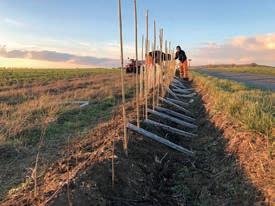




By making space for larger vehicles and enabling the mass mechanisation of post-war farming, the Government has overseen a dramatic reduction in the number of hedges on farmland, and, in some cases, 50% of hedgerows have been destroyed.
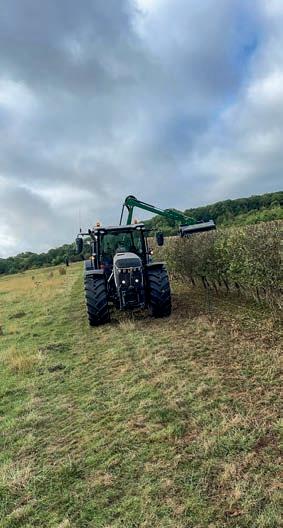
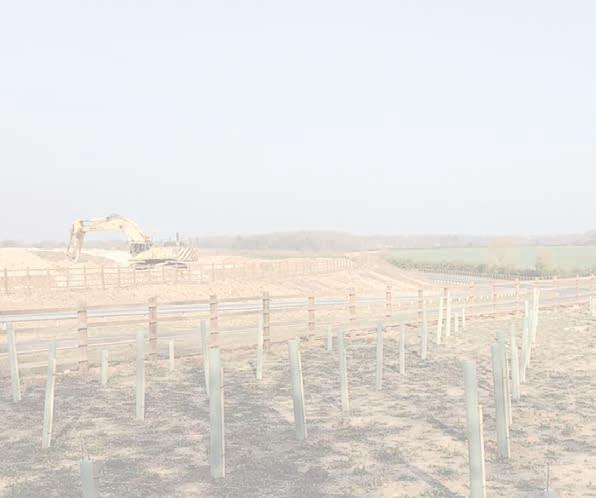
Now, with just over 450,000km of hedgerow left in the UK, it’s vital that we begin protecting and replanting hedgerows – both in private homes and on farmland.
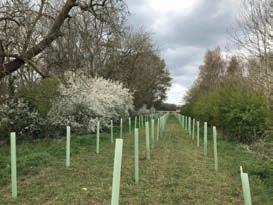
Beyond the bene ts they bring to wildlife, hedgerows play an important role on farmland, ensuring soils remain healthy and reducing
the impacts of drought and ooding.


Water run-o from elds can be a big problem on farms – during periods of heavy rainfall, a deluge can wash fertile farming soil away, into rivers and seas. One inch of soil takes over 500 years to form, so protecting it is vital.
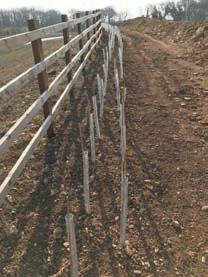
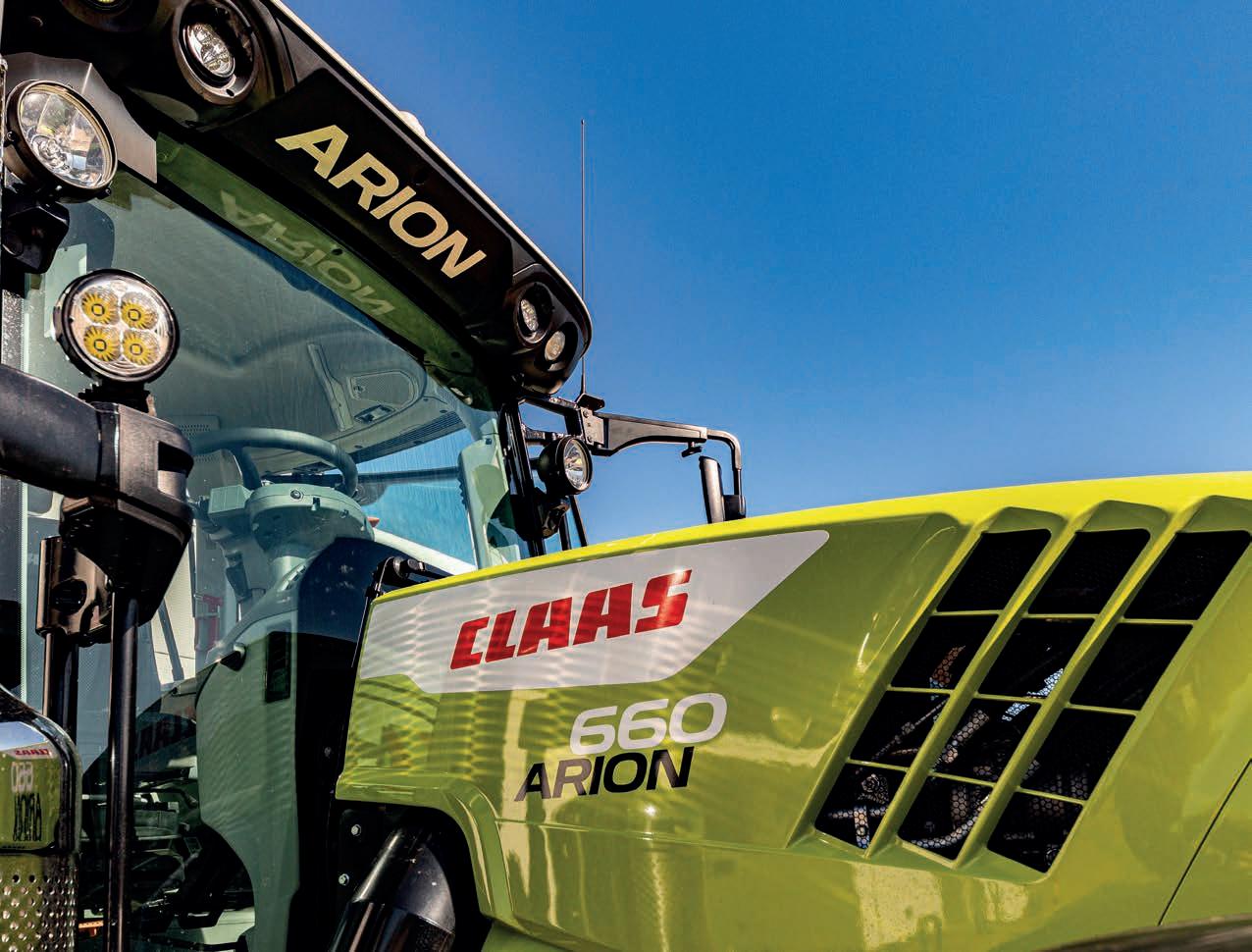
The UK has lost 84% of its fertile topsoil since 1850 – soil degradation and erosion in England and Wales costs £1.2bn every year. Hedgerows act as a barrier at the margins of arable elds to prevent this soil from being lost.
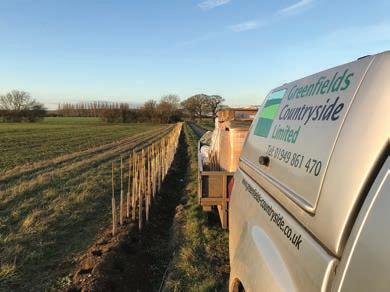
Similarly, keeping the land
For hedgerow advice as well as full planting and maintenance services, look to experienced contractors such as Green elds Countryside Limited. Green elds’ services include tree and woodland planting, hedge planting and maintenance, together with vegetation clearance. According to Green elds, retaining the habitat of an existing landscape requires the careful management of vegetation. This can involve scrub clearance to retain calcareous and other species rich grasses, as well as ensuring an element of standing deadwood or fallen trees/branches are retained for insect and invertebrate populations. Maintaining and retaining hedges for the protection of birds and small mammals and stump management to maintain soil stability and drainage are also key points. The company is involved in sustainable woodland management – preserving the balance of woodland species and habitat; the management of young woodlands involves planting and maintaining new woodland areas to include guard maintenance, weed control, fertilisation, formative pruning, selective thinning and respacing.
covered with the canopies of hedgerows, trees, and cover crops, helps to reduce the impact that direct rainfall has on the land.
What’s more, the deep root structures of hedges and trees also help to keep soil rmly in place –reducing the risk of it being blown away and eroded during dry months and during periods of high winds.
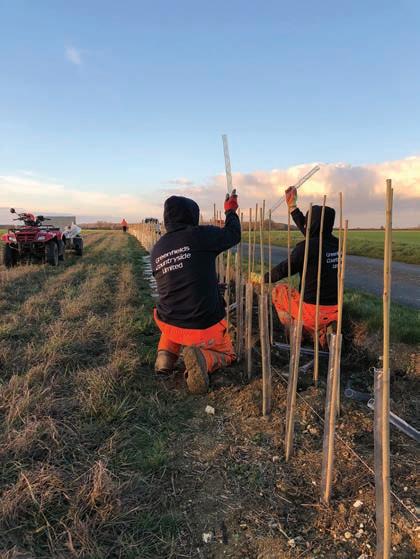


There is a growing consensus that hedgerows can make a real contribution to the UK’s target of producing net-zero carbon emissions by 2050. The diverse range of plant
life in hedges can also help combat climate change by storing carbon in their vegetation.
Another reason hedgerows are a vital tool in the ght to slow down climate change is that healthier soils store more carbon. The impacts of erosion on unhealthy soils means that they can quickly become a source of carbon dioxide emissions, so by maintaining good root structures and covering the land through hedges and tree, farmers can help develop stronger, more fertile soils. For more information visit www.soilassociation.org FG
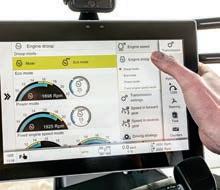
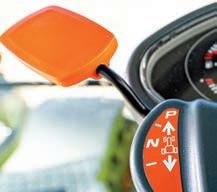




























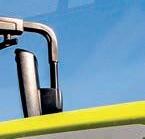


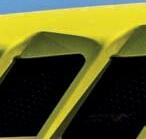




It’s literally sipping diesel.
that can quickly eradicate yellow and brown rust already established in a wheat crop. If it is banned, around a third of the current recommended list winter wheat varieties may be too risky to grow. Integrated control of yellow rust is possible, however planning and risk management are key.”
As costs of inputs continue to rise, farmers are under increasing pressure to improve e ciencies. Matt Culley, NFU combinable crops board chair, hopes that the Trusting Data session he is chairing, sponsored by Yara, will provide plenty of practical advice.
of ADAS policy and economics, Dr Liz Lewis-Reddy, hopes the discussion will start to shift mindsets over environmental markets.
“My goal is for this session to break down some barriers and help others overcome their resistance to environmental markets and natural capital, and instead see them as an opportunity for the long-term viability of the agricultural sector.
Bringing together practical knowhow and scienti c research, the sessions will help growers futureproof their businesses in the following areas:
• Coping with change –Costs, environmental regulation and cultivating resilience

• Trusting data –How tech adoption could be key to controlling fertiliser costs

• Maximising natural capital revenue opportunities
• Strategies for disease control in
a changing climate – Where next?

One pressure point being addressed is the loss of agri-chemicals for combatting plant diseases and pests, which may be further exacerbated by the e ects of climate change. “It looks highly likely that tebuconazole, and some other related ingredients, will be banned in the UK within two years,” said Andrew Watson, east regional agronomist at NIAB and panel member discussing strategies for disease control.
“Teb is really the only pesticide

“It has never been more important to get crop nutrition right, which means not just focussing on nitrogen, but also potassium, phosphorus, and sulphur. My aim is to help growers learn a bit more about the technologies available and ways that they can get the best out of the fertiliser that they will use next spring.”


Rounding o the 2022 CropTec Show series, the 'Maximising natural capital opportunities' session will help farmers understand how they can make the most of new opportunities. Session chair, director
“Every farm has natural capital and is generating environmental goods and services, so this is not necessarily about fundamental change. This is about revealing that existing value, maximising its production potential and turning it into something that works for farming businesses.”
The CropTec Show will be held at the East of England Showground in Peterborough from 23rd–24th November 2022. Free ticket registration and additional details about the 2022 seminar programme can be found at www.croptecshow.com FG

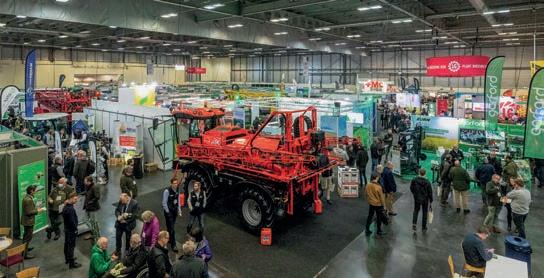
Natural Plant Protection (NPP), a provider of agricultural biosolutions known for its ‘farmer- rst’ approach, is encouraging the industry to respect regulation and will continue to share application best practice to support growers and farmers in 2023.
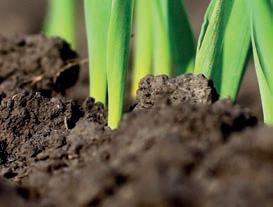
NPP ensures higher yields and better productivity for farmers with less environmental impact through a comprehensive portfolio of natural technologies. Its solutions are developed to reduce the use of traditional chemical pesticides and are readily available and cost-e ective.
With ever-changing legislation and a rm focus on farming more sustainably, the biosolutions market is set to be almost a £10bn industry by 2025. NPP says it is making it simpler for farmers to not only comply with global regulation, but to embrace solutions that will safeguard the planet.
With seven eld stations around the world, as well as extensive online educational resources, YouTube series and an industry podcast, it works with farmers and growers to demonstrate product application processes in-depth and build technical skills across the industry to shape a sustainable food future.
NPP is part of UPL Ltd, a global provider of sustainable agriculture solutions, and it bene ts from UPL’s global distribution trail and utilises its global research and




development capabilities.
Established in June 2021, NPP says it prides itself on product innovation starting at farm and eld level, not in a laboratory, where scientists and farmers meet to develop real-world applications and interventions, to ensure what’s good for crops is good for the environment.
It is also part of OpenAg –a global agriculture network that connects the world’s food system, feeds sustainable growth and challenges the way the whole industry thinks and works. Using the network, NPP has a huge number of collaborative partnerships that also fuels product development and enables global training programmes.

NPP’s large product portfolio includes Thiopron, an innovative natural liquid fungicide with a unique and highly e ective formulation containing sulphur that works as a natural, zero residue active. Other product ranges are focused on soil health, seed and plant stimulation and disease and pest management.
For more information visit www.npp-ag.com or drop by the company’s stand at CropTec. FG
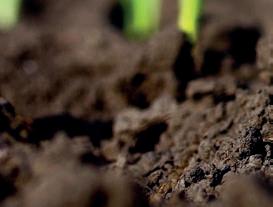

Our Biosolutions work with the power of nature for better crop health.



For sustainable farms, restoring a natural balance and a happier planet Earth.
Micro power, macro impact.
More from less.
Pulses product manager for breeder LS Plant Breeding Ltd (LSPB), Michael Shuldham, comments on some of the company’s main varieties on the current list and their performance this season, looking forward to CropTec and the launch of the new PGRO Descriptive Lists (DL) for eld beans and combining peas.

“For spring beans, we have seen good reports all round for our market leading variety Lynx, and its consistency points to it maintaining its position at or close to the top of the DL.
“Our other spring beans have also had a good year and, in particular, our LVC (low vicine/convicine) variety Victus is achieving yields that are closing in and even matching those of traditional varieties.
“Another notable spring bean is Yukon which sits at the foot of the DL, but has some important plus points for growers that have showed up this season. Our trials and grower feedback show its earliness and high downy mildew rating are achieving excellent yields on-farm.
“Grower comments on earliness have underlined the DL rating – with some seeing Yukon harvested up to 14 days before other spring beans in the region. Growers have also
commented that downy mildew was less of a problem and noted that the quality was high, with Yukon giving a bright, bold sample.
“Equally important is Yukon’s marketability, where its high thousand seed weight (TSW) is a key bene t that means a good sample for customers in North Africa who form the main human consumption export market for UK-grown beans.
“These factors mean that we believe that next season Yukon will nd a rm place with southern spring bean growers as well as those in the north of England and Scotland.
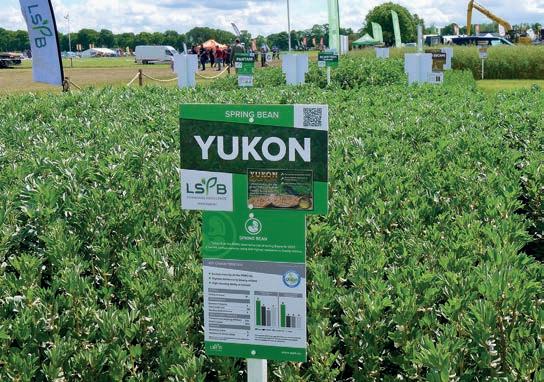
“The rst winter bean from LSPB’s breeding programme is Pantani. This is on the PGRO DL as an early maturing variety with a very short straw and high standing ability.
“Turning to combining peas, we should mention LSPB’s yellow pea Orchestra which is high yielding with
Steketee’s practical steering frame will be on show at Croptec 2022. The Steketee EC-Steer parallel steering frame from Lemken turns unsteered hoeing machines from popular manufacturers into implements with joystick or even camera steering. It is a simple option for farmers who want to upgrade their existing hoeing technology or switch between systems.
The three-point mounted steering frame enables smooth and precise steering while working with open lower link stabilisers on the tractor, as no lateral movements are transferred between the tractor and the steering frame. Drivers control
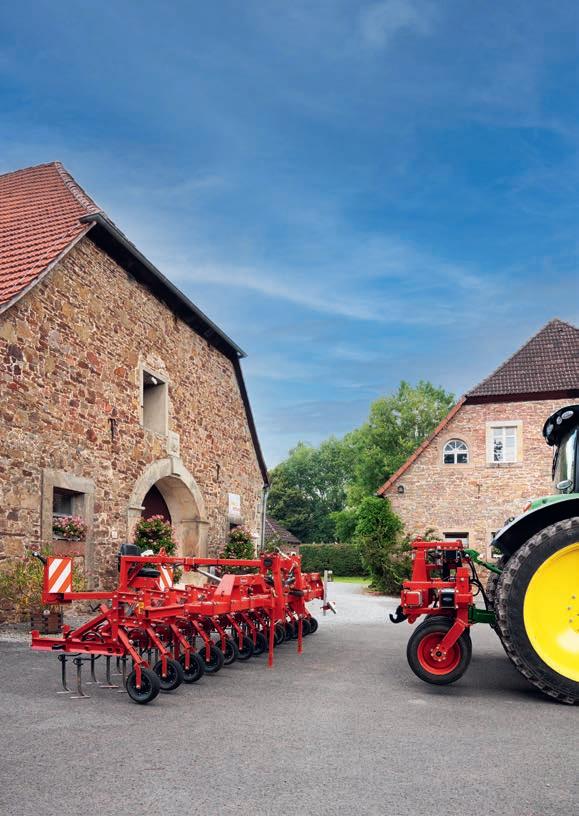
the machine from their seat using a joystick or the IC-Light camera steering system.
Camera steering enables the machine to di erentiate between crop plants and weeds based on di erent shades of green or the RGB colour spectrum. As a result, the machine can work automatically to within 2cm of the plant.
The parallel steering frame is available as an integral part of standard Steketee machines or as a stand-alone unit that can be used to upgrade any other hoeing machines. It comes in two versions:
• EC-Steer 7, suitable for hoeing machines with a weight of up to 2,500kg and a working width of up to 6m. Its open three-point headstock means that the camera can be positioned centrally on the steering frame to cover an extremely large eld of view
• EC-Steer 9 with reinforced frame design is suitable for larger hoeing machines with a working width of up to 9m and a weight of up to 4,000kg. FG
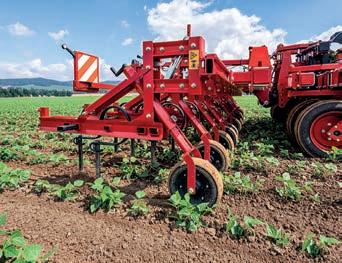
a high thousand seed weight and a good set of agronomic characters.
“For green peas, Carrington is noteworthy as being high yielding with high standing ability plus good resistance to downy mildew, while Stroma has a large seed size as well
as a good yield.

“Our marrowfat pea Akooma brings an outstanding yield boost over the older varieties on the DL and is seen as a real game changer.
“LSPB continues to work to improve pulse varieties in the key areas of yield and agronomics as well as marketability traits to help growers achieve the best possible return on investment.’’
Visit the LSPB team on their stand at CropTec. FG
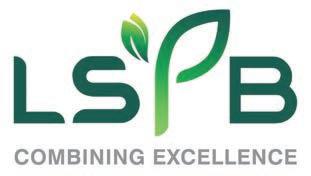


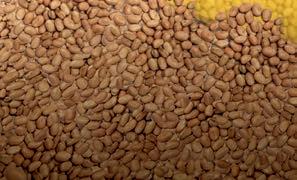
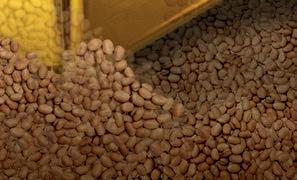

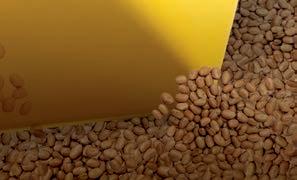


















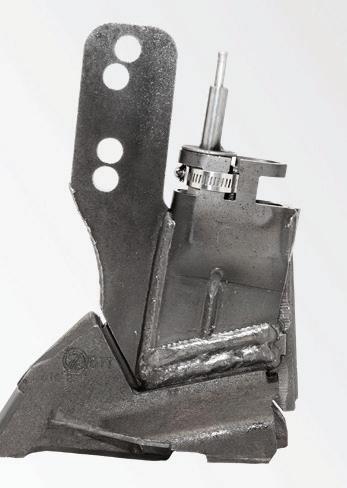
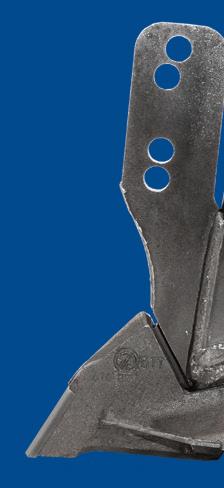


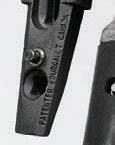






Bourgault Tillage Tools (BTT) says it is enjoying a major increase in turnover in the past year. The company’s business in the UK has nearly doubled since it was launched as a subsidiary of its Canadian parent in 2021.
And it expects to build on that as it o ers new parts suited to an ever-wider range of manufacturers’ machines and by working with individual farmers on their ideas.
Key to this growth has been the ready availability and swift despatch of parts from its base at Thorney,

Cambridgeshire, says Ian ClaytonBailey, managing director: “We have had a very successful autumn with many new machines using our VOS (Versatile Opener System) drilling components.
“And the outstanding working life of all our parts has helped attract farmers looking to reduce the frequency and cost of replacing the wearing parts on their drills.
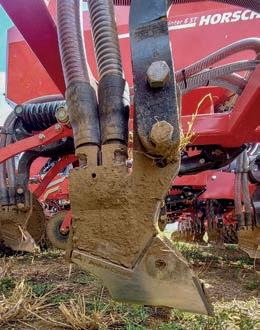
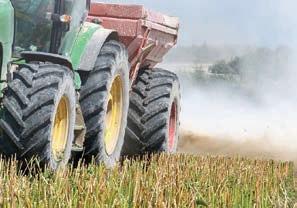
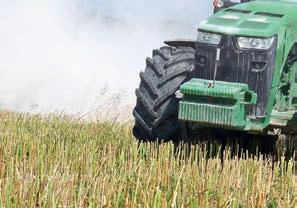
“The company’s Speed-Loc system also meets their needs in the eld, enabling worn parts to be replaced very quickly and with minimal disruption to or delay of eld-work”.
At the summer shows, sta received many enquiries about parts availability – something that never caused a problem for BTT. “That is one clear bene t of the company now having a secure foot-print in the UK”, says Ian. “We always hold a substantial stock of parts at Thorney; we run a rapid despatch system, which is supported by excellent technical information, and we ensure that we are always available when our customers need us – that is Bourgault’s commitment to the UK farmer.” FG


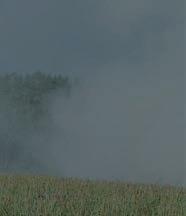



















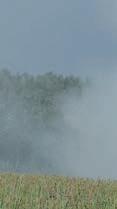



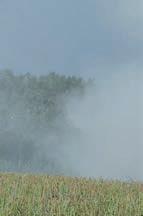
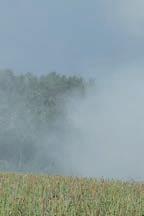
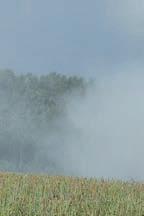
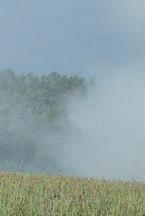
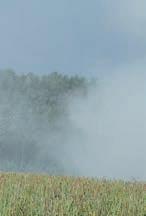
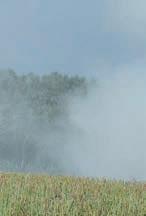

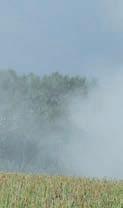

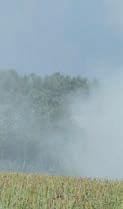
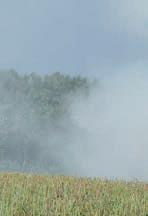
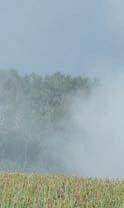

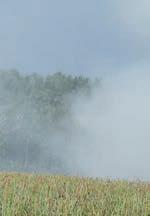

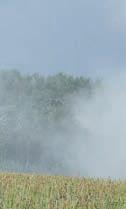



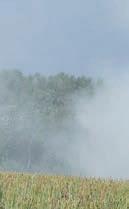

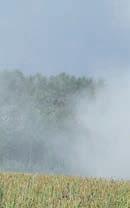
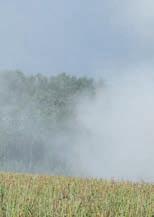
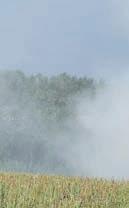


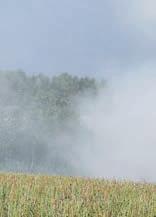
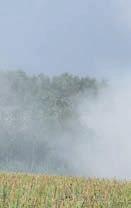
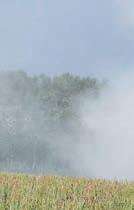
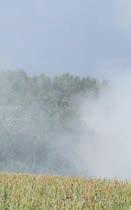
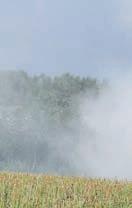
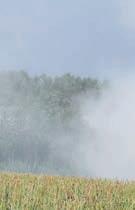
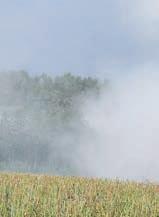
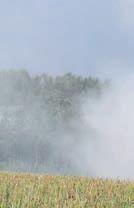
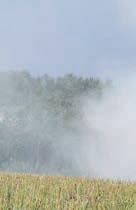
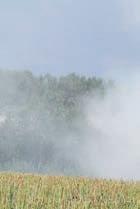

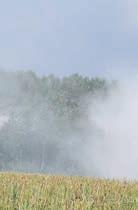
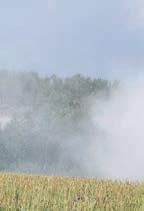
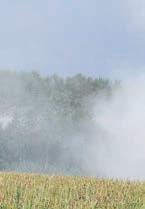
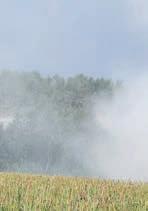
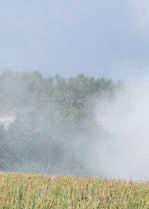
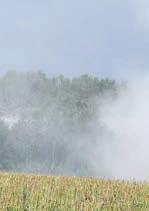
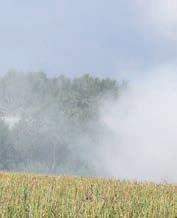
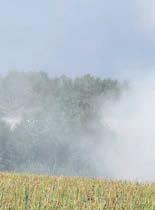

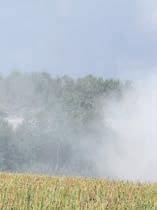
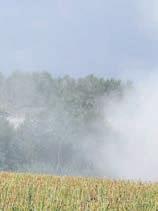
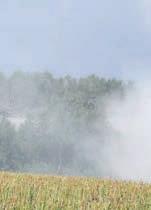
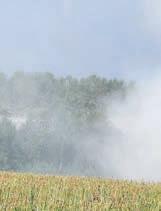
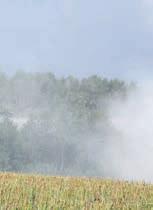




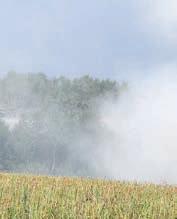

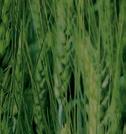





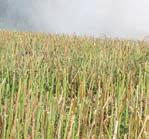







Ever since its introduction, the Agrifac Condor has been renowned for its stability, precision and innovation, the company reckons. Agrifac claims that its patented StabiloPlus chassis provides unparalleled stability in comparison to any other sprayer in the world, with GreenFlowPlus ensuring continuous pressure using the specially designed pump so that there is no di erence in spray pressure at any point during operation, as well as no residual liquid left in the tank.
The comfortable cab features the EcoTronicPlus control system, which is easy to understand and operate.
With options that give a wider track width (WideTrackPlus)



and higher ground clearance (ClearancePlus), the tried and tested Condor concept can also be used in speci c circumstances and for the most diverse crops. In addition to various possible options and versions, the Condor is ready to spray on plant level ensuring each individual plant receives the required dosage speci c to its exact needs, thanks to Agrifac innovations such as AiCPlus (location-speci c spraying camera technology) and DynamicDosePlus (individual dosage per nozzle). Previously only available on the Endurance II, these innovations are now available on the Condor V, which is available with 4,000 or 5000-litre tank options, and booms of up to 48m. FG

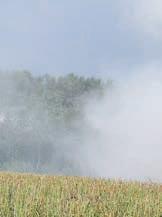
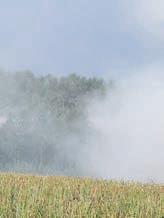
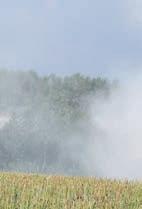
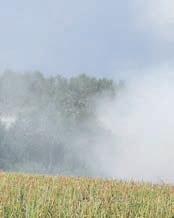
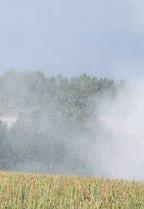
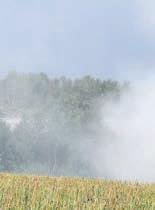











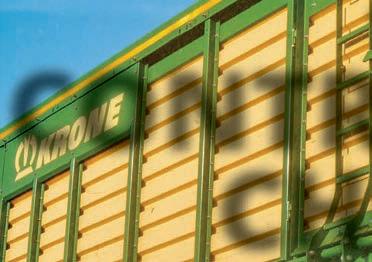

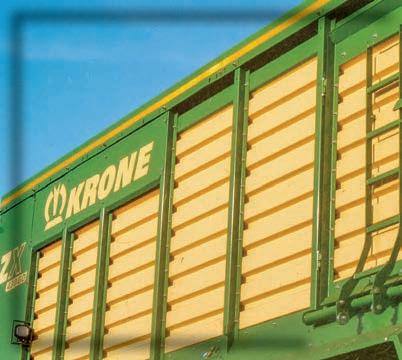



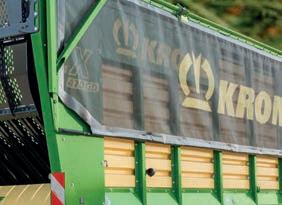
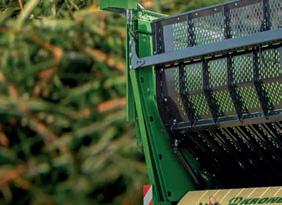

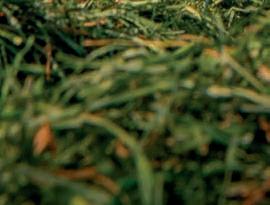

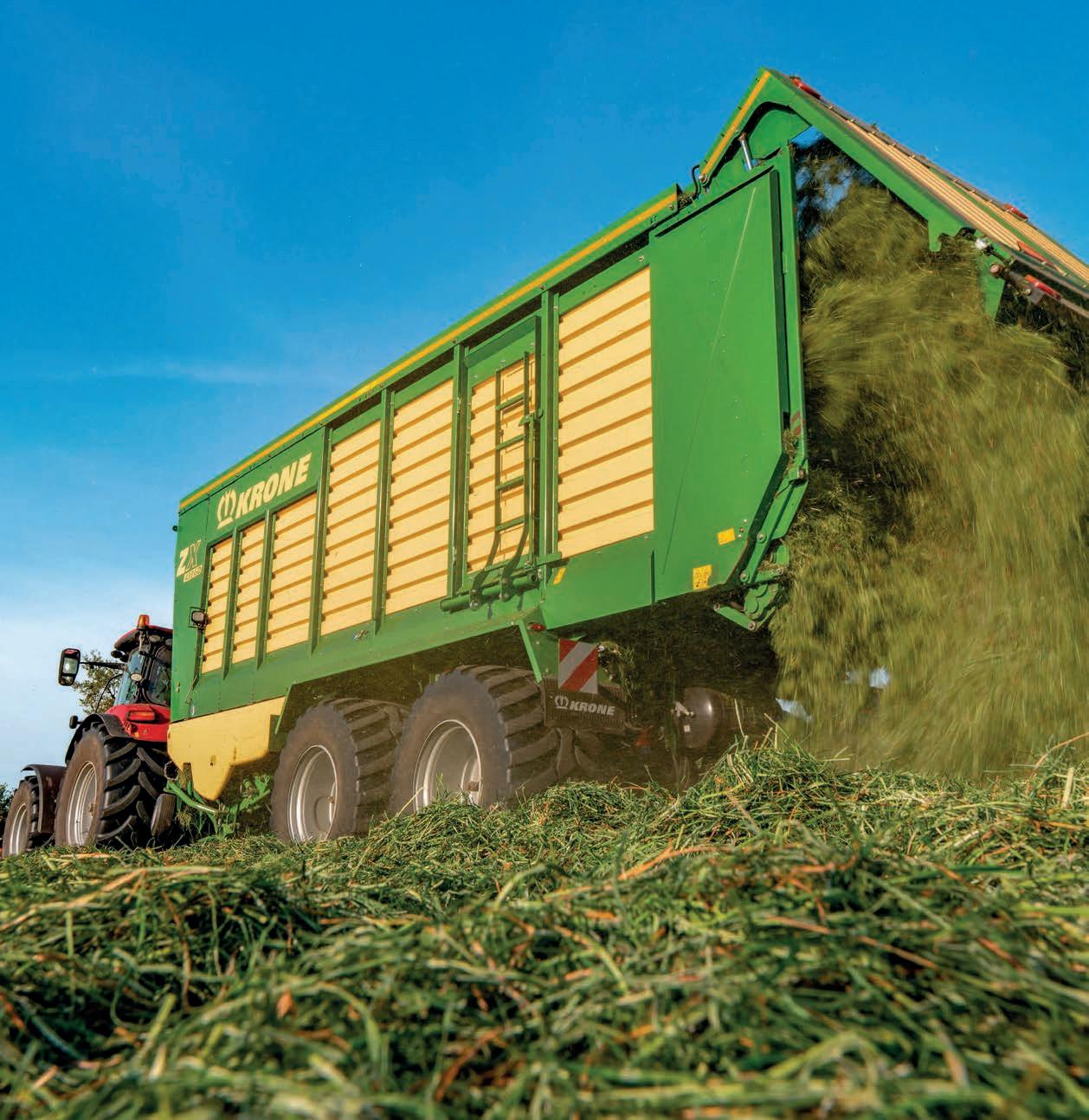
Farm consultancy expert Mark Russell, a partner at Carter Jonas, discusses land values in areas across England in recent years, and advises prospective vendors in the East Anglian market to take advantage of the current situation.
Our research team tells me that in the three years to Q3 2022, the east of England saw average pasture land values increase by a steady 6.2%. By comparison in the same period, the south east saw a much higher increase in average pasture land values, at 9.7%. For pasture that achieved a premium, this comparison was 2.7% in the east and 11.9% in the south east –even more stark.
With regards to arable land prices over the same three-year period, in the east of England prime values have risen at a signi cantly faster rate than average land values, increasing by 16.2% and 11.5% respectively. In the south east, arable values have also rocketed.
Whereas average land values have risen by 11.1% (slightly less than in the east), prime values have surged by 18.4% above the change in the east.
Prime land is often sought after by highnet-worth individuals for its linked residential o ering – the large house set in 50 or 300 acres.
This has been one of the key drivers of growth in the south east, whereas this has been less pronounced in East Anglia where the value and number of large houses has been less over the relevant period.
As headwinds kick in with regards to the purchase of trophy houses, a market which is slowing down, the level of interest in these units and the comparison with land in the east changes. Where we were previously lagging behind in terms of value per acre and
rate of change, now the commercial drivers to buy land in East Anglia remain strong and with positive sentiment from higher commodity prices, there is growing interest and ability to perform. One view is that values in the east will therefore continue to increase and generally start to catch up with values further south.
It is always easier to sell in a rising market. This is the message we are giving to prospective vendors in the East Anglian market, who we believe should be looking to take advantage of the current situation with a view to capturing the positive sentiment. Whilst in theoretical terms, waiting six or 12 months could deliver a higher value per acre, if that becomes a falling market (if only for a short period), the sentiment will unravel and the peak price might be missed for some time.
If you’re thinking of buying or selling, and would like to talk about values, contact Mark Russell on: mark.russell@carterjonas.co.uk or 07967 555737. FG
East of England South East
Q3 2022 (£/acre)3-year growthQ3 2022 (£/acre)3-year growth
Average £6,900 6.2% £8,500 9.7%
Pasture
Prime £9,500 2.7% £8,950 11.9%
Arable Average £8,750 11.5%£10,000
Prime £10,750 16.2% £11,250 18.4%
Every year we deal with the sale, purchase and funding of a range of farms and land which were not publicly advertised.
To get a rounded picture of the rural market, discuss the best sales strategy for your circumstances, or if you’re thinking of buying or selling, speak to a member of our rural agency team.
Mark Russell

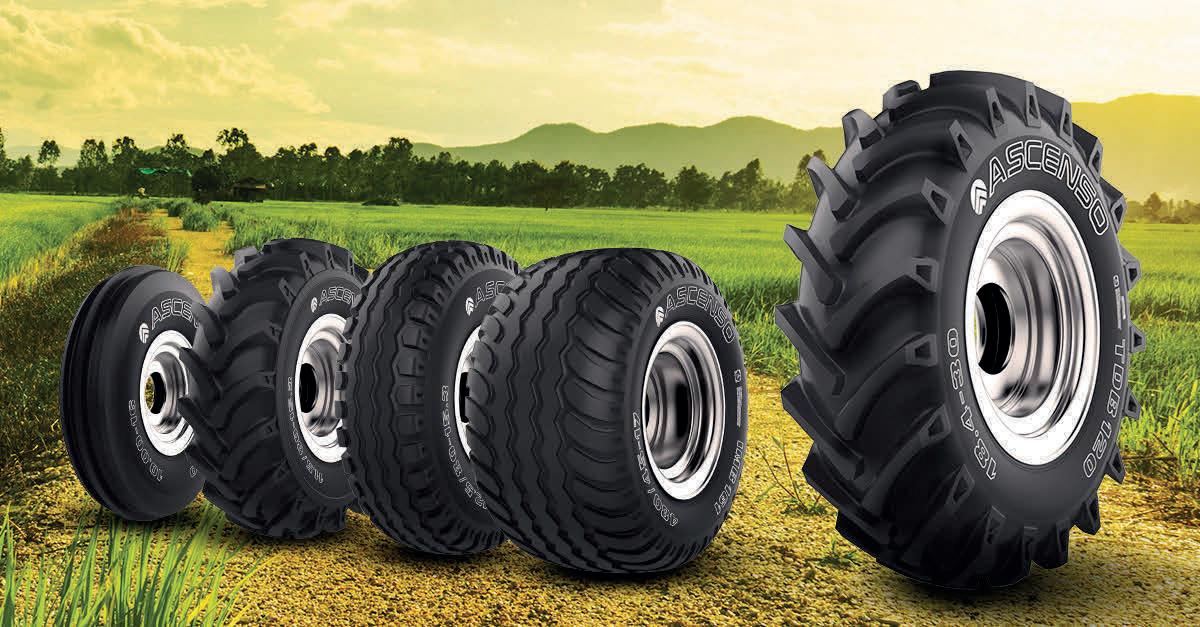
Since launching in the UK in early 2021, Ascenso Tyres is an increasingly strong presence in the UK tyre market. It was brought into the country by BA Bush and Son through its wholesale sector
Distribution and the brand now covers the whole of the UK.
The Ascenso factory in Panoli, Gujarat, India has an enormous stock of tyres ready to send with very short lead times, as well as the best container ordering programme of any manufacturer, the company claims. The factory produces over 350 tyre patterns across its range of agricultural, industrial, construction, earthmover and forestry tyres, with 326 of these patterns already stocked in the UK, or on order to the UK in coming weeks.
On average, Ascenso releases over 14 new sizes each month, with its Rowcrop range recently released and VF technology planned for 2023.
BAB Distribution currently has over 5,000 Ascenso tyres in stock or on order to the UK, and has o ered reduced pricing on Ascenso tyres throughout 2022. Ascenso says it o ers market leading pricing as well as quality, o ering incredible
warranties on its tyres – seven years’ warranty on radial tyres and ve years on crossply – demonstrating the con dence Ascenso has in its tyres.
Lee Burrell, of Lincolnshire grower Staples Vegetables, commented:
“As a large farming company which runs 150+ tractors, we tested leading makes of tyres on our tractors to see which came out best on hours to save money on our eet. In August 2021, we tted two 420/70R28
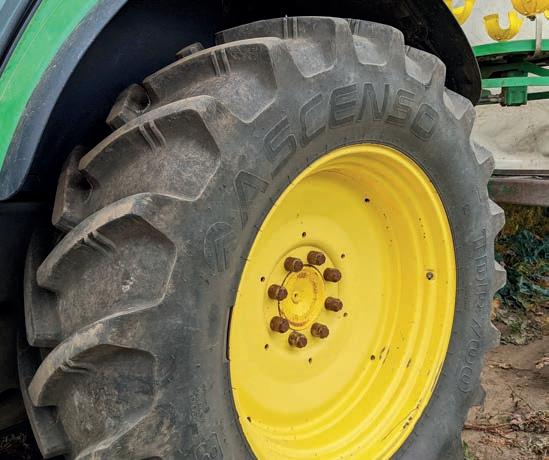
Ascensos on a John Deere leading in tractor used for all road work.
“We checked these again in January 2022, having done 842 hours on them and they still had 31mm of tread left. This means these tyres have already outperformed other premium tyre brands by a good number of hours and will lead to fantastic savings on our eet tractors. As a result, we had a meeting
regarding which tyre make to t in 2022 and agreed to t Ascenso.”
Current Ascenso dealers include:
• The British Rubber Co. – north west of England
• Braewick Agri Services –Shetland Islands
• G & J Pecks Ltd – Cambridgeshire and Lincolnshire
• Bush Tyres – East of England
• Newtown Tyres – Wales
• Amber Tyre & Auto Centre Ltd –Derbyshire
• Midnight Tyres – Scotland
• Holderness Tyres Services – Hull
• North Devon Tyres – Devon, Cornwall and Somerset.
As well as supplying tyre dealers, Ascenso Tyres now supplies original equipment (OE) tyres to Bailey Trailers, Fliegl, KTwo Trailers, Warwick Trailers, Kubota and Househam Sprayers, to name but a few, with more on the horizon.
Ascenso will return to LAMMA 2023 in January and looks forward to meeting both new and existing customers. FG
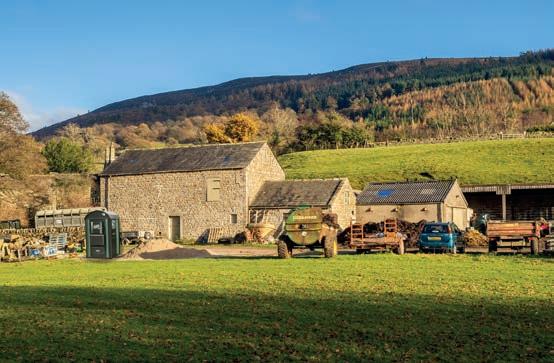



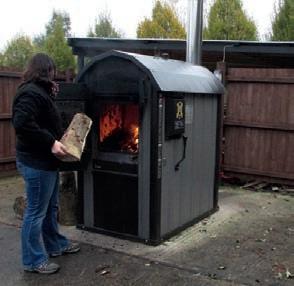
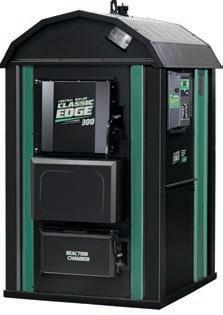
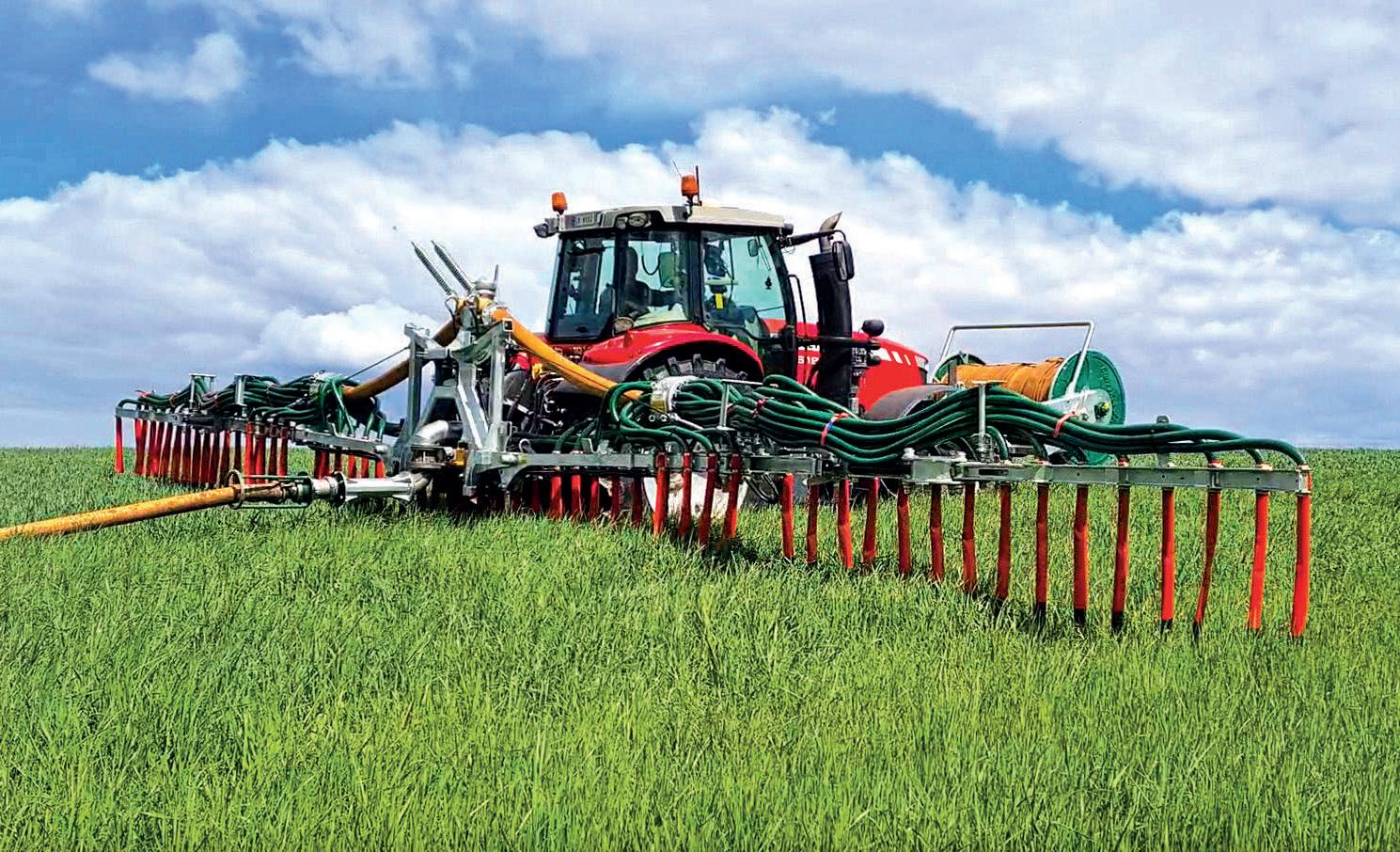


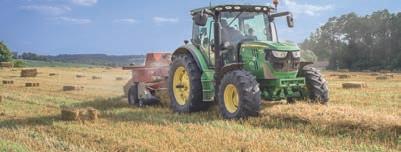
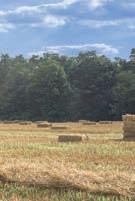








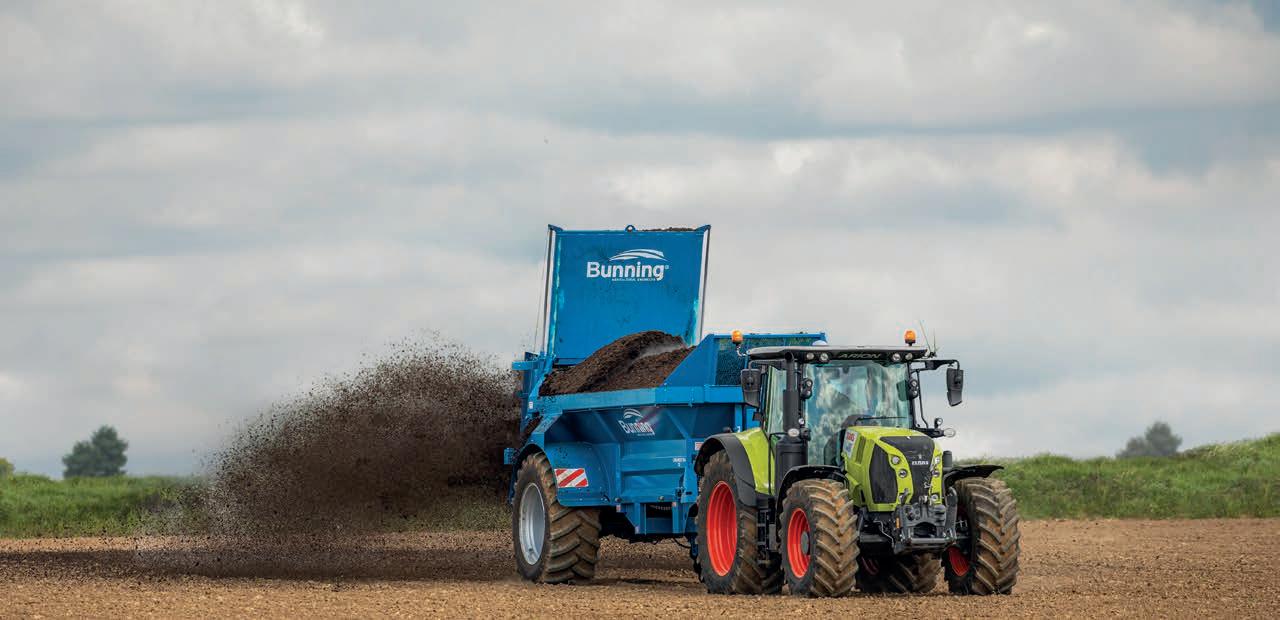
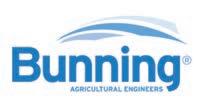
Our world is currently experiencing signi cant, rapid changes, with many businesses struggling with rising energy costs, the price of fuel for machinery and much, much more. TAG Insulation Limited says it is receiving more and more enquiries regarding the improvement of older farm buildings for change of use.
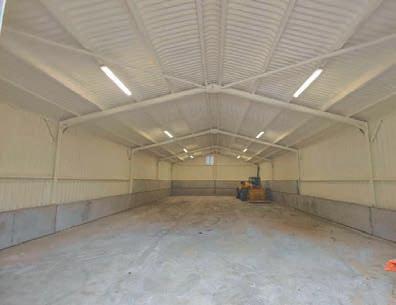

TAG is currently helping with the conversion of a Dutch barn to a food processing unit, and another barn that is changing from agricultural use to warehousing for an event company’s storage. Among its other varied projects, the company recently completed an insulation installation in Birmingham, for a light engineering premises that is being turned into a warm dry environment for rental o ce units; and is also helping a Manchester community project to convert a Mosque to an event centre with accommodation.
These improvements are enabling its clients to move forward with a new or enhanced revenue stream.
TAG has been involved with closed cell spray foam insulation product for a good number of years and says it has the experience to deal with any number of di erent problems. Damaged or leaking areas, strengthening, stabilising, insulating, helping control condensation – these are just some of the problems closed cell spray foam can assist with.


The company has carried out installations in a large number of buildings and projects over a long period of time and built up a strong reputation. As a result, it says it undertakes a substantial amount of work for its existing customers.


TAG o ers a nationwide service from a team of experienced people who will visit, advise measure and quote for free. Its closed cell system can be applied to many di erent types of buildings and surfaces and can extend the life of a roof, saving thousands of pounds compared to the cost of replacement, TAG reckons. Once installed, the system promises to provide a stable ambient temperature, all year round, preventing leaks and reducing sound. TAG says it is great for asbestos containment, stops further deterioration of the roof and is class 1 re rated.
TAG’s spray foam systems are accredited by the LABC, KIWA, BBA, BDA and fully certi cated. No harmful chemicals are used and it is applied through a water blown spray system. By installing one of the leading insulation products available



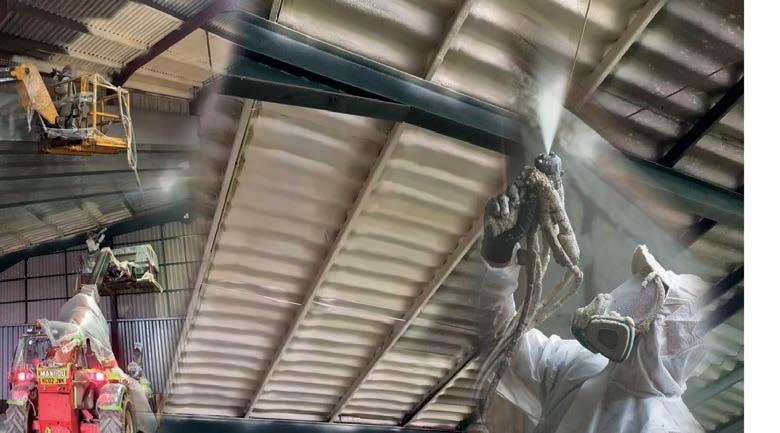
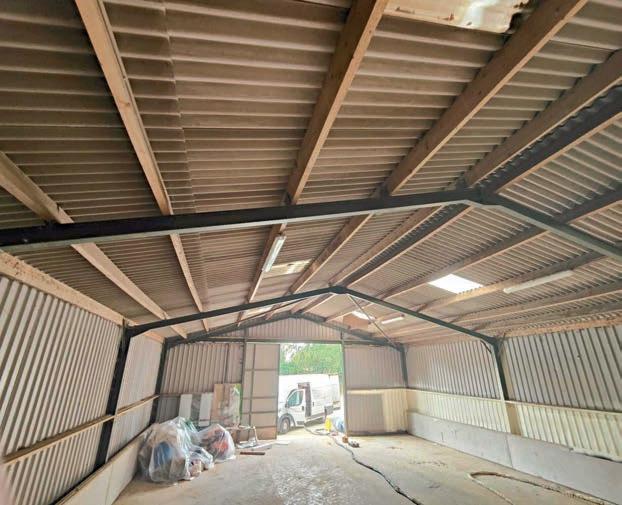
today you will not only insulate and protect your buildings, you will also save money and help the planet, TAG reckons.
Contact TAG directly for further information and advice. FG
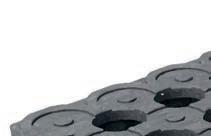

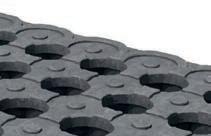


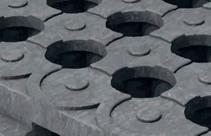
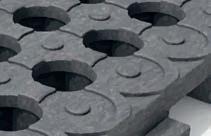


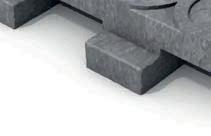














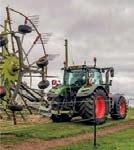




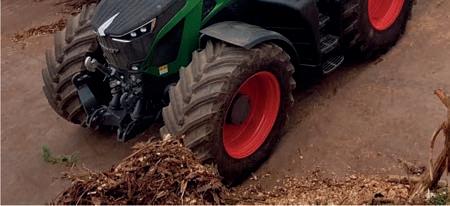







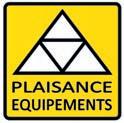
Farmers Guide attended Fendt’s European product launch which provided the rst opportunity for customers, dealers and press to view new 7th generation 700 Vario-series tractors, the new agship Katana 850 forage harvester as well as a mid-sized telehandler, new combines, balers and grass harvesting products. David Williams reports.
The star of the event at Kolitzheim, near Wurzburg, was undoubtedly the 700 Vario tractor series, but there was plenty of other new machinery displayed too.
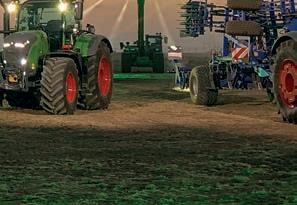
The event started with a presentation highlighting impressive sales and pro tability for the Agco brand. Talking about new products and ongoing investment in research and development, Fendt spent €76M in 2020, €93.8M in 2021, and will invest €118.5M in 2022.
Sustainable farming innovations feature at most manufacturer events, and Fendt said that development of its e100-series battery-powered tractor is ongoing, and the model is likely to come to the market in the next few years. However, it is also testing hydrogen-fuelled tractors which are considered a potential solution for the higher horsepower sector where electric power doesn’t make sense, but a supply and storage infrastructure to support the fuel is needed.
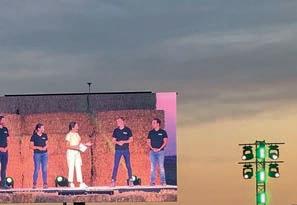

Fendt UK retail manager Richard Miller, and advertising and sales promotion manager Ed Dennett are excited by the new models and updates. “We have a superb range of products backed up by an excellent dealer network, and many of the new and updated models displayed in Germany have come about due to customer demand,” commented Ed, speaking at the event.
“The new 7th generation 700 Vario-series are
particularly exciting, with features to optimise performance and e ciency and an extremely comfortable cab that will impress existing Fendt customers and those currently using other brands. We feel extremely positive for the future, and we know that our dealers do, too.”
By volume, the 700 Vario is Fendt’s most important model, commented vice president of marketing, Roland Schmidt. In Europe, Fendt has a 25% share of the 140–240hp tractor power segment and every fourth tractor supplied is a 700 Vario from the Fendt factory in Marktoberdorf. The new 7th generation 700 Vario models can operate on 60in tramlines with power outputs up to 300hp, and with front tyres up to 1.6m diameter and rears up to 2.05m diameter they can still match the manoeuvrability of the smaller 500 Vario models.

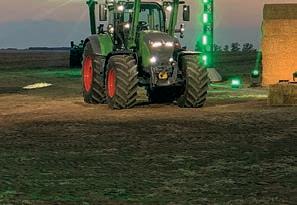

“The new models are the best tractors we have ever designed and built,” he con rmed.



Minor upgrades to the impressive Ideal combines include additional storage space in the cab, and a new air box to provide extra cooling capacity around the engine. There are new unloading auger options with increased CTF compatibility, and with room underneath for high-capacity chaser wagons.
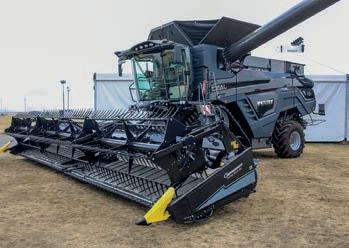
The model displayed at the event carried a Geringho header. The Draper headers have a split reel and frame for superb adaptation to uneven ground, and are available as an option now ordered from o cial Fendt UK dealers.
Ed Dennett commented that the Fendt Ideal is proving extremely popular with UK farmers, and that 50 were working in the UK during the 2022 harvest.

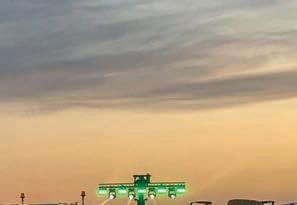

Altek quad-nozzle bodies with electric switching are a new option for the Rogator line-up.
For 2023, the cab features improvements including an e ective cool box, and the mirrors are repositioned. Access is easier and safer up improved cab steps.
“It’s a very important machine for the UK market and there are more than 250 working now,” explained Ed Dennett. “Fendt has continued its investment in the product line-up to keep pace with customer requirements and legislation. Electric nozzle switching is much faster than other systems allowing quicker adaptation to application rate changes for greater accuracy.”
Fendt added its high-speci cation and high capacity T955 Cargo telehandler to the line-up in 2019, but a smaller T740 version with 7.7m maximum lift height and 4t lift capacity is now also available. It features Fendt’s exclusive lifting cab which allows operators a clear view of the attachment and load when working at height, as well as into trailers or hoppers when tipping loads. There is no B-pillar, which contributes to a great all-around view from the seat, and cab suspension through an accumulator operates when the cab is lifted just a few cm from the base.
The control layout is new, and the colour coding is like other Fendt machines.
Impressive hydraulic performance includes


a third service with ow rate independent of the engine revs making it ideal for powered attachments.

A Cummins 136hp engine provides the power.
Tigo forage wagons with a new covering system meeting increased customer demand were displayed.


The new Corus combine models (above and right) have replaced the previous E-series and are available with Multi Crop Separation (MCS) which can be engaged to increase the threshing area in difficult conditions and disengaged when it isn’t required to protect the straw and reduce the power requirement. A new AgcoPower engine produces 260hp. There are air hose outlets for convenient cleaning, and the combine cab features a brand-new armrest used for the rst time in this model.
Fendt’s new Katana 850 forage harvester shares a revised crop ow system which has already proved very successful on the smaller Katana 650. The new agship has a Liebherr 6-cyl engine producing up to 847hp, and for the rst time it is available with an NIR sensor, which enables users to accurately monitor and record forage quality.
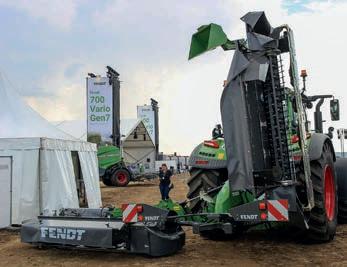
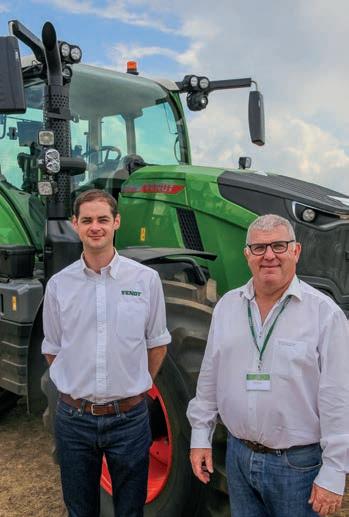
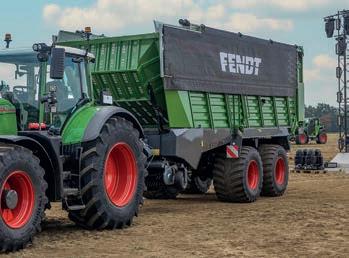
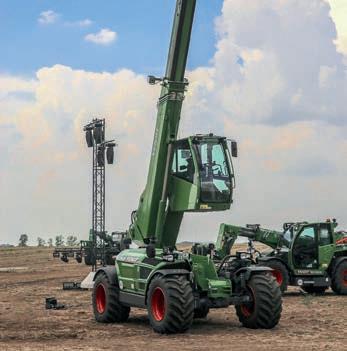



A new Pro version of the Rotana round baler is available with moisture sensors, Tractor Implement Management (TIM) functionality and a weigher. “Fendt baler sales are buoyant,” explained Ed Dennett. “Many balers have been supplied to customers who used the previous Lely products, but there are increasing numbers of users who moved to Fendt from other brands.
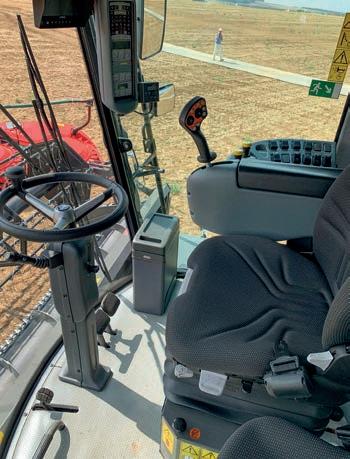
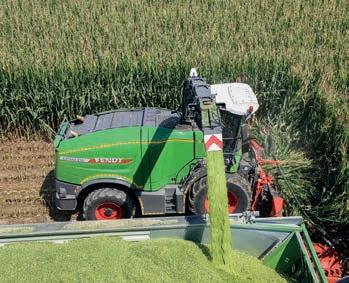
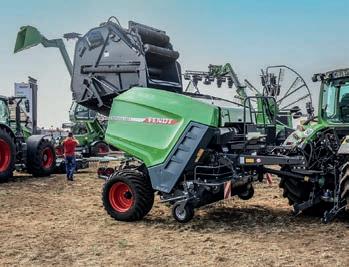
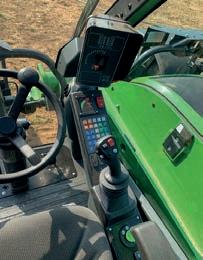
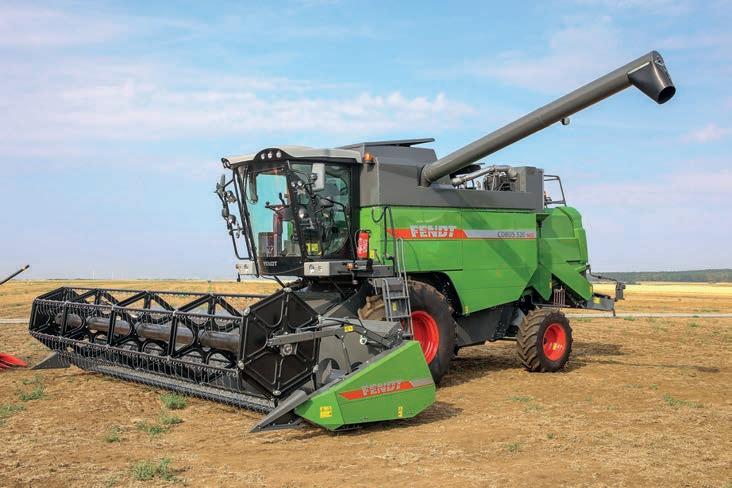
“When you see bales made by balers of various brands, it’s very easy to identify those made by the Fendt as the shape and density are always very good. The ability to weigh bales and record the weights is something we are increasingly asked for, and the latest Rotana is the only solo baler with it available as an option.”
The Slicer 860 mower-conditioner is completely new, and weighs only 2,250kg, making it ideal for
use with smaller tractors. The conditioner features large 5mm tines to maximise crop ow and keep the cutting area clear for optimum cut quality. Production started last month, and the new model is available for next season. FG

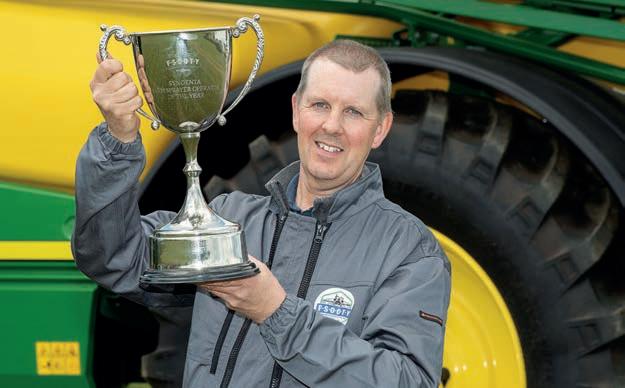





























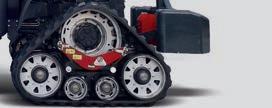

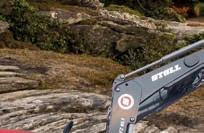
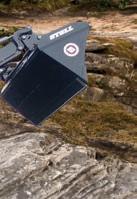
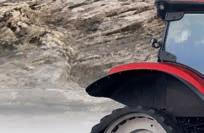




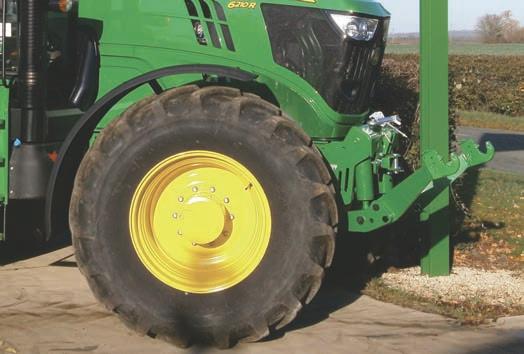



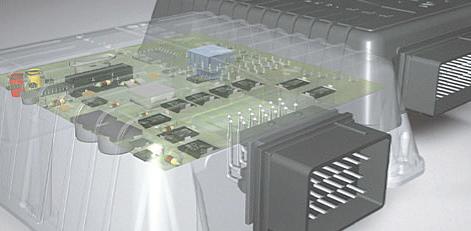


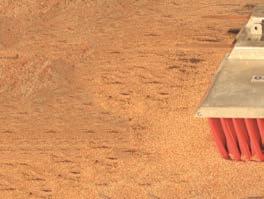
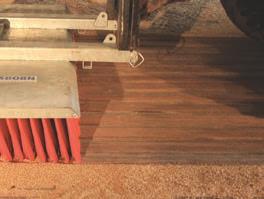
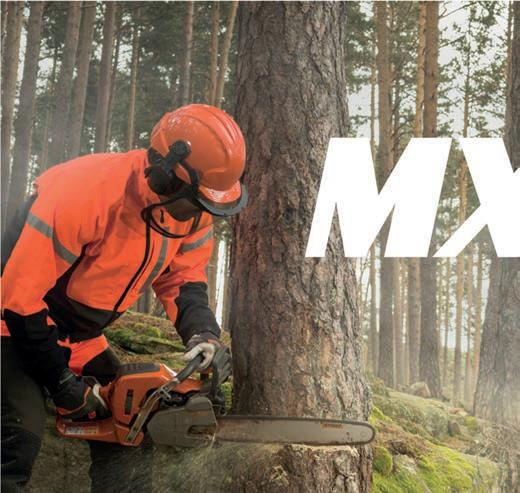


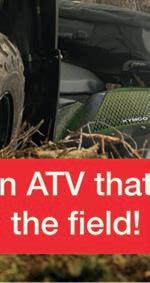
trailers on smallholdings and within equestrian businesses.
Kymco’s reputation as a manufacturer of quality utility ATVs suitable for agricultural use is growing, and new models recently added to the range with more power and load carrying capability are expected to attract new users and increase the brand’s market share. David Williams put them through their paces.
Taiwan-based Kymco has manufactured motorcycles and similar products since 1964, and the business expanded rapidly when it became an overseas manufacturing hub for leading ATV manufacturer, Honda. The company is best known for supplying smaller, leisure ATVs, but that is changing as new models are added to the line-up with features and build quality to compete with leading brands. A wholly-owned UK subsidiary has been set up, employing knowledgeable and experienced sta , and guaranteeing prompt parts availability from UK-held stock.
Established UK dealers have quickly recognised the potential of the Kymco line-up, and growing numbers are o ering the range alongside major brands. First deliveries of the new, larger models recently arrived in the UK, and Farmers Guide tried them during an extended test on a large Su olk farming estate.
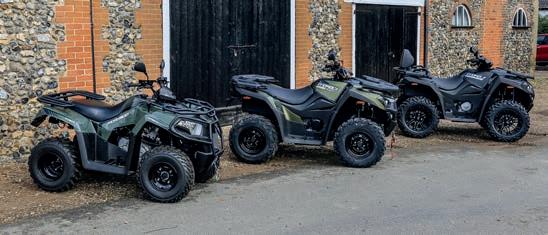
There are ve models from 90–700cc. The entry Mongoose 90, 89cc model, and the MXU 150 with a 149cc engine are popular options for the leisure
market, but the slightly larger MXU 300 T3B, MXU 550i T3B EPS and agship MXU 700i ABS EPS T3B all have speci cations suitable for agricultural use, and were trialled during the weeklong test.
For many years, ATVs with 300cc engines made up most of the unit sales for all brands but, as with other agricultural machinery, the market has demanded extra capability and more power and manufacturers have obliged. Kymco is believed to be the only manufacturer currently o ering a 300cc model, and dealers say it is extremely popular for general mobility, light load carrying and pulling small
The 300cc 2wd weighs 330kg unladen and is very manoeuvrable. It has a solid rear axle with no di erential, so there is some tyre scrub during tight turns – but ridden properly, this causes no problems. The steering is light, and the machine handles hard surfaces and mild o -road situations with ease. The physical size of the MXU 300 is a good match for the power, and we tried the machine at high speeds on rough farm tracks and on uneven ground. The swing arm rear suspension and independent front wishbones are an ideal combination for this size machine, and the ride is rm but comfortable. Although larger models with 4wd are likely to be chosen for more demanding environments, we tried the 300 2wd in the woods too, where it coped well with high vegetation, uneven ground and typical woodland debris. Fallen branches were successfully negotiated by driving across at an angle to ensure the rear wheels maintained traction.
The suspension manages well with loads on the front and rear racks, and a large but empty trailer was pulled easily on soft ground.
The MXU 550 is brand new to the lineup, and the test machine was one of the very rst in the UK. It replaced the popular MXU 465, which had a smaller 443cc power unit.
The MXU 550 is exceptionally easy to ride. Electric power steering reduces the e ort needed to keep the wheels in the required direction on rutted tracks, and reduces kick-back when driving over tricky obstructions such as tree stumps and branches. The engine is smooth but has plenty of power, and the stepless transmission always selects a suitable ratio for the speed and load.
The independent suspension and large, well padded seat ensure a comfortable ride.
Changing from 2wd to 4wd is by pushing a thumb-operated button, and this can be done on the move without releasing the handlebar grip. A twist switch surrounding the 4wd button locks the front di erential. The di erential can be locked when 4wd is already engaged, or locking it when in 2wd will also select 4wd.
Useful storage includes a large, sealed compartment between the seat and the handlebar, and a smaller lockable compartment in the front fender which is ideal for a mobile phone.
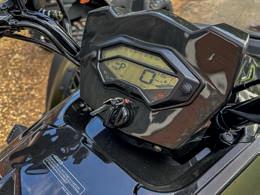
Part of the test involved pulling a large trailer along a soft, sandy and deep rutted track, and even with resistance created by the trailer grounding at times, the MXU 550 coped well.
Without a load, and just with the rider on board, there is lots of power and acceleration is brisk. Manoeuvrability is excellent and this is a superb ATV to ride.
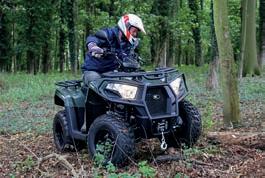
Kymco’s ATV agship is also new. It has a similar length wheelbase to the MXU 550 but weighs approximately 30kg more, and it feels bigger and more capable.
Many features are like the MXU 550, including most controls. The transmission shift lever has Low, High, Neutral, Reverse and Park positions and moves smoothly between the gears. The only time changes are di cult is when there is pressure on the mechanical gears; then a small tweak of the throttle is needed to allow free movement.
Working in limited space in the forest the MXU 700 proved very manoeuvrable, but even with the power steering it felt heavier than the MXU 550. The engine has a long 85mm piston stroke, and there is plenty of torque. This helps when climbing steep slopes or driving over objects such as tree stumps,
as the engine revs can be kept low – allowing precise and controlled movements. For reversing trailers into tight spaces the ability to apply power gradually is also an advantage, making it easier to judge clearances while moving at very low speeds. Although we tried the low range when riding o -road, the engine has so much power and torque that high range was suitable for most situations. However, when riding downhill –particularly when carrying loads or towing a trailer, low range provides more e ective engine braking and is a safer option.
Pulling the trailer on the muddy, rutted track the MXU 700 performed well. The extra torque over the MXU 550 was obvious, and at similar travel speeds the engine operated at lower revs.
The MXU 700 is the only Kymco ATV designed to carry a passenger. A substantial padded back rest is attached at the back, and the seat is divided in two by a raised section for the passenger to sit on at the rear. However, the raised section means that the driver must sit further forward even when a passenger isn’t carried, and for taller users this restricts the leg room and is less comfortable. The rear seat section can be quickly attached and removed, and most riders will prefer
riding without it – especially when tackling challenging terrain.
The build quality and nish are very good. The controls are sturdy and large enough to operate wearing gloves and have a functional ‘feel’. The three machines share a similar parking brake arrangement, set by a large over-centre lever on the handlebar. This works well, but the Kymco has an unusual safety feature which means that the electric start won’t operate unless the handbrake is released, and the front brake lever is applied.
The test machines all had di erent style seats, which were comfortable and supportive. The MXU 700 comes standard with seating for a passenger. All models have substantial footrests and plenty of protection for the rider’s feet.
The load carriers are rugged enough for typical farm loads, but the MXU550 and MXU700 front racks tilt forward, so anything carried must be well secured. Out of the three machines, only the MXU 300 has front-end protection in the form of a substantial nudge bar. The other two models have nothing forward of the headlights, which could be a disadvantage for working where front impacts are a high risk, such as forestry applications or busy farmyards.
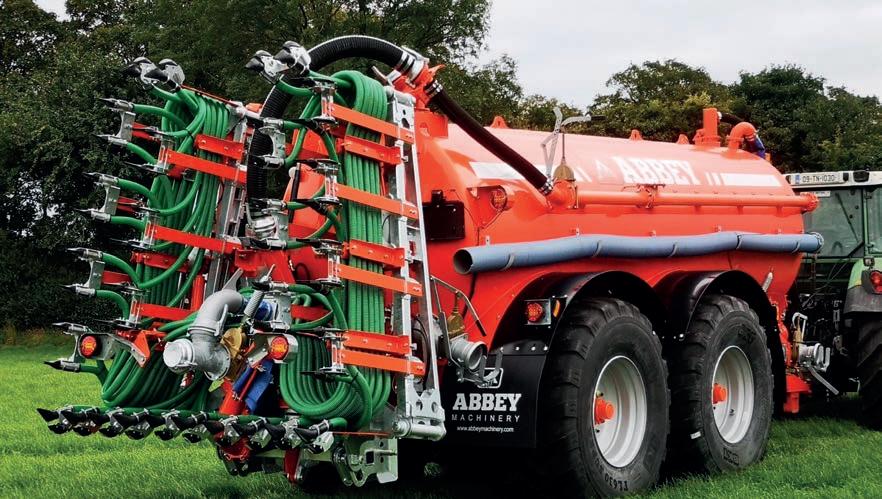
All the Kymco ATVs have glass sight engine oil gauges, allowing users to see at a glance if the level is correct. This is a big advantage as it encourages frequent checks.
All three ATVs have large air cleaners. The smaller MXU 300 had a round foam element adjacent to the battery – below the seat. The MXU 550 also had a round foam element and the MXU 700 has a large square sponge. All can be easily checked and cleaned.
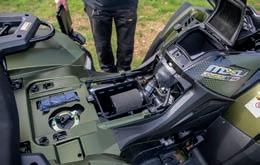

The fuel tanks have large screw caps for easy lling, and the 300cc machine just has a fuel level warning light whereas the newer models have the level shown as graphs on the front LCD displays.
Kymco is a relatively new name in the agricultural ATV market, but its new models have a generous speci cation, perform well and have plenty of useful features. All three machines we tested came with a powerful winch, and practical steering locks under the front fender are included on all models. For general use, it is hard to argue against the MXU 550, but where extra lugging power is needed then the agship MXU 700 is a better proposition.
MKM Agriculture Ltd represents several major ATV and UTV brands from two depots in Bedfordshire and Su olk, and the company took on the Kymco franchise earlier this year. “The ATVs are very well made,” commented Su olk depot sales manager Keith Collins.
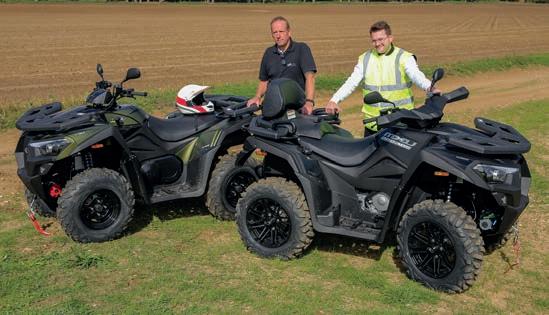

“With the addition of the new, more powerful models they are an additional option for those needing an ATV for farm or forestry applications, and the smaller MXU 300 has been especially popular with equestrian users.

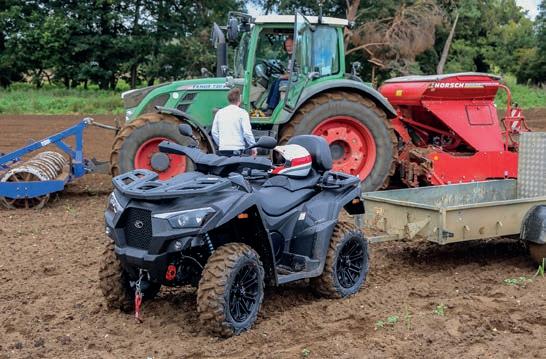
On all three models; daily checks and routine maintenance are easily carried out. The MXU 550 (pictured), and the agship MXU 700 both have large storage compartments between the seat and the handlebars, and a smaller locking compartment within the front fender.
“Having the MXU 150 in the range is also an advantage, as it’s a great entry machine for younger riders, with a good speci cation. Kymco ATVs are good quality so they aren’t cheap, but prices are competitive compared to other major brands.” FG





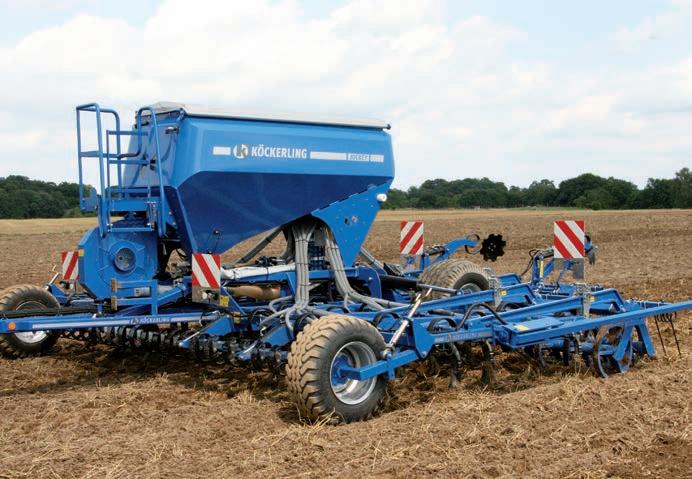
Main Road, Belton, Grantham, Lincolnshire, NG32 2LX. Tel: 01476 590077 | www.chandlers.co.uk
Main Road, Belton, Grantham, Lincolnshire, NG32 2LX. Tel: 01476 590077 | www.chandlers.co.uk


Main Road, Belton, Grantham, Lincolnshire, NG32 2LX. Tel: 01476 590077 | www.chandlers.co.uk
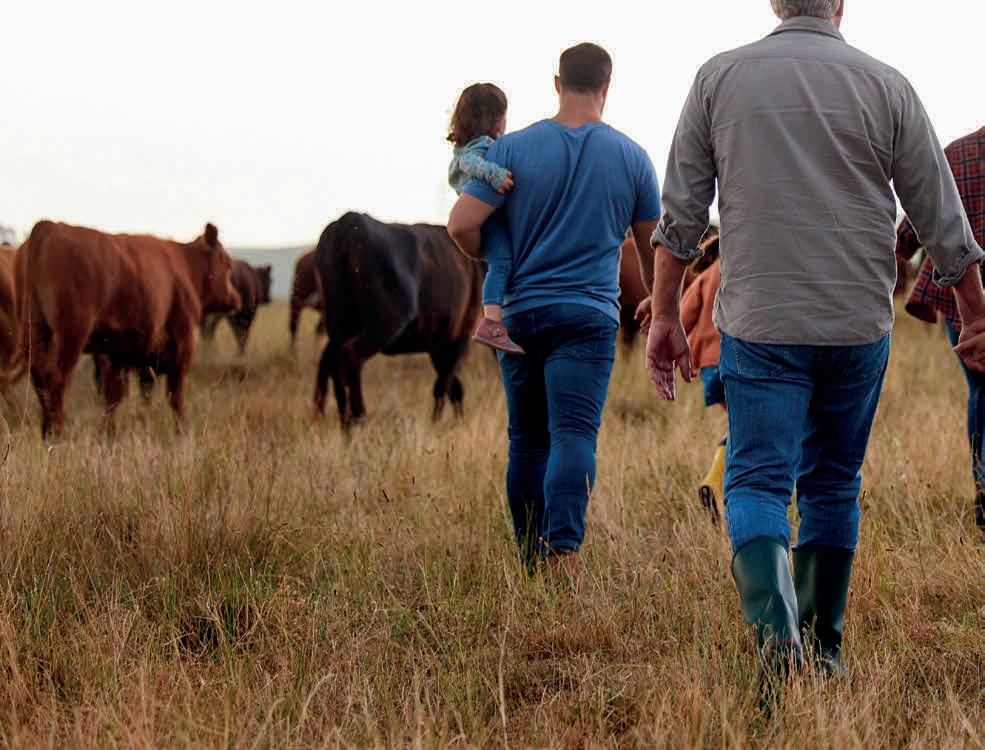



Fuel consumption figures in mpg: Combined 30.2-33.8. CO2 emissions in g/km: 220-245. Model featured is a Musso Saracen at £32,585 ex. VAT inc. optional metallic paint at £575 ex. VAT. *Musso EX including delivery charge, Road Fund Licence & first registration charge and excluding VAT. Prices are correct at the time of going to print but may be modified or changed at any time. Warranty covers 7 years or 150,000 miles.



Fuel consumption figures in mpg: Combined 30.2-33.8. CO2 emissions in g/km: 220-245. Model featured is a Musso Saracen at £32,585 ex. VAT inc. optional metallic paint at delivery charge, Road Fund Licence & first registration charge and excluding VAT. Prices are correct at the time of going to print but may be modified or changed at any time. Warranty covers 7


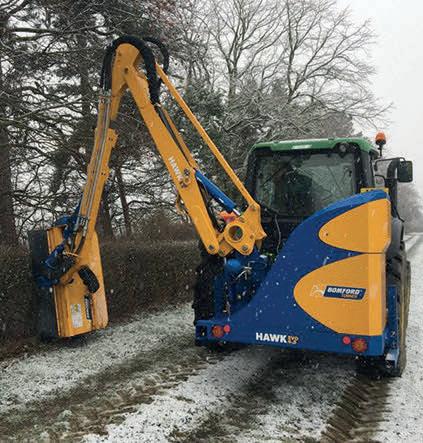
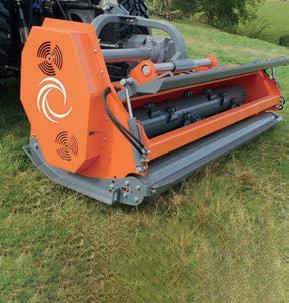


time of going to print but may be modified or changed at any time. Warranty covers 7 years or 150,000 miles.






A new product recognition app from Kramp aims to end the ‘selection frustration’ of choosing the correct spare part or replacement component.
By taking a photo of the item in question, customers can identify the part and its catalogue number, enabling rapid ordering (24/7) and delivery straight to the dealer. Kramp product specialist Gene Orchard noted that it can be “intensely frustrating” trying to identify the correct replacement for a crucial component when eldwork has stopped and the deadline for next-day delivery
draws closer. This is made worse when incorrect selection results in the wrong part arriving.

Kramp’s new tool uses artificial intelligence to scan and analyse an object in a photo. Currently still in a beta version, the recognition engine tries to match the object against more than 500,000 items from the Kramp catalogue. If the user has an account with Kramp, the parts can be ordered immediately for next-day delivery to a dealer.
The app also scans barcodes to facilitate product ID and ordering, and product pages can
be shared via email or WhatsApp, enabling queries to be checked and discussed with a dealer, before confirming an order.


Kramp’s app can be downloaded from the App Store or Google Play. It can be used by anyone, but full functionality and next-day delivery to Kramp’s UK dealers is only available to registered account holders. FG

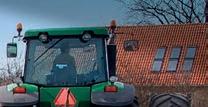


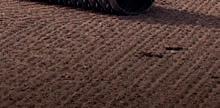

Professional engine remapping is an increasingly common way for farmers to enhance tractor power, but owners should be aware of the potential pitfalls and consequences that could occur if a tractor’s health isn’t considered before engine remapping software is installed.
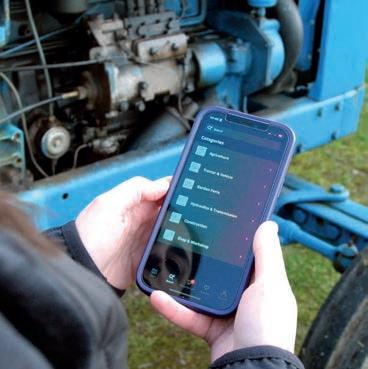
Gareth Jones, director at Avon Tuning, which o ers an ECU remapping service for agricultural machines, says that testing tractors on a dynamometer, before deciding on power increases, will o er a clear indication about the condition of a tractor.
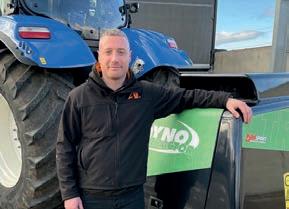
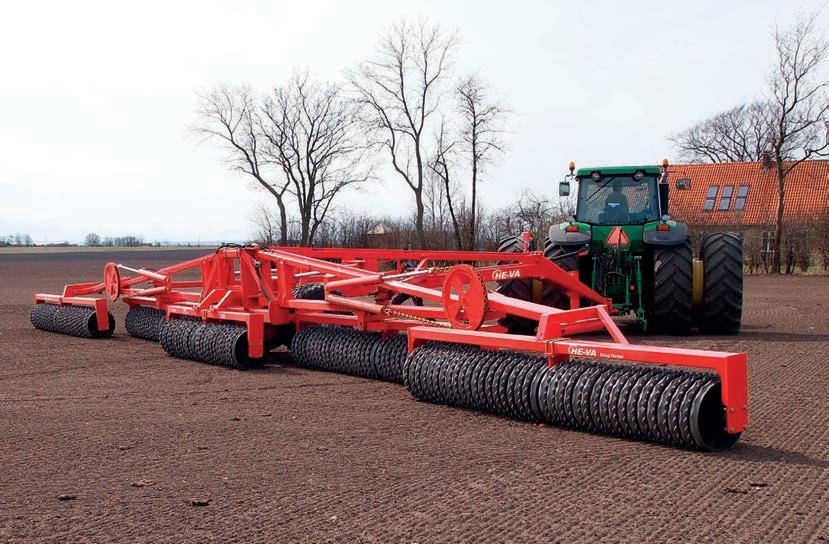
“If you are being recommended that your tractor, sprayer, forager or combine can have an increase in power way beyond its current level, you should be questioning how safe this is. Power increases might seem like a cheap way to boost output, but they must be done professionally so that reliability and machine health isn’t compromised.”
Avon operates a trained network of authorised agents installing remaps nationwide and import specialist Dimsport dynamometers to provide accurate tests on machinery.
“Our Dimsport dyno tests allow us to fully understand the health of a machine and what impact any power increases may have. A lot of our initial work is advice and making sure the customer is aware of the safe increases open to them,” concludes Gareth. FG



Glamping brand Wigwam Holidays not only sells cabins, but also helps owners ll them with paying guests from day one and provides the necessary training and brand presence. The company says it can provide a market leading partnership, o ering a world-class brand, community and ‘turn-key’ business solution.
From that initial spark of envisioning your own glamping site through to welcoming guests on your grand opening day, Wigwam Holidays says it will be there to support you every step of the way. Its support menu allows you to choose how you would like to work with the company – from producing a feasibility study to managing the entire design and planning application – with full support throughout.
The Wigwams themselves are described by the company as “the ultimate in camping cabins”, but Wigwam reckons its real cuttingedge advantage is that it enables customers to become part of the bigger picture in tourism, as well as being an investment in a sustainable product.

Whether you are an established, quality campsite looking to expand, a farmer/landowner looking to diversify or an entrepreneur searching for your next venture, Wigwam Holidays o ers a unique opportunity to develop a fun, pro table and exible business.
For landowners looking to start a new business, get in touch with Wigwam directly to speak to one of its glamping business experts, or visit www.wigwamholidays.com/ start-a-site FG

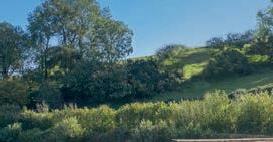






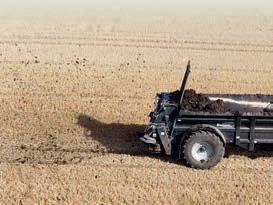




Signi cant growth in customers requiring consistent manure application has meant Adamson Contractors’ eet of Bunning Lowlander spreaders increased from three to ve earlier this year.
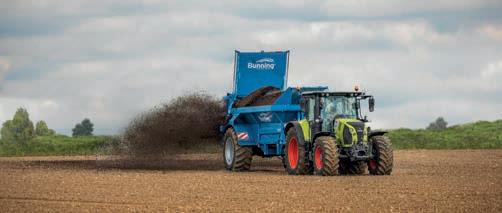
The additional Bunning 175HBD machines help the North Yorkshire contractors handle a spreading workload that now stands at around 115,000t/ year, with three of the spreaders dedicated to applying over 50,000t of sewage sludge.
“We need machinery to spread precisely to 24m and at a target rate that varies from eld to eld. Our three Bunning HBDs had done such a good job of breaking down the bulky manure and showed our customers the huge bene ts of applying a product in this way,” says David Adamson.
Part of the reason for choosing

Bunning was the consistent application to 24m with a variety of products. The dynamically balanced horizontal beaters feature Boron shredding cutters to break down the bulky material to an even consistency.
The 1.1m diameter spinning discs have ve adjustable blade positions to apply the product evenly across a desired width. The 175HBD machines use a heavy-duty driveline and fully welded construction.
Accurate tonnage records for any products are logged via on-board weigh cells and all spreaders have on-the-go rate control – crucial for complying with weekly audits by the waste management company.
The rate controller uses the four weigh cells located on the spreader to monitor the load and adjust the speed of the full-width walking oor automatically. FG





































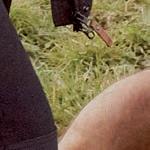












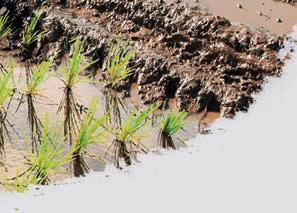
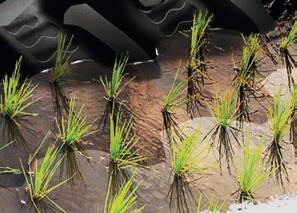
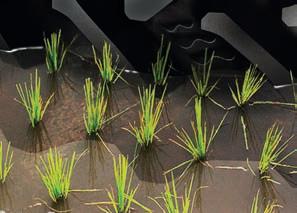
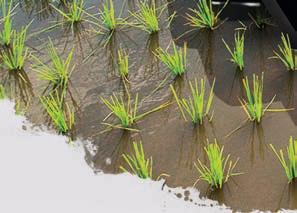

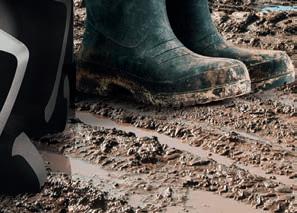
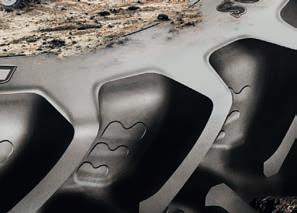
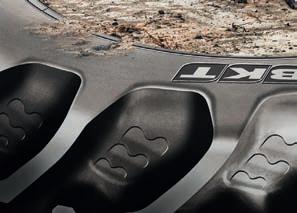

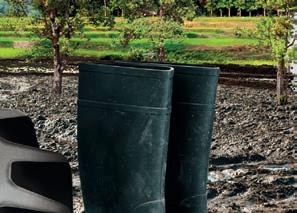
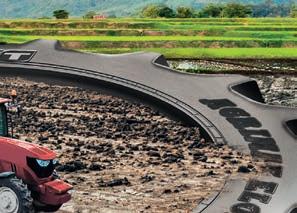
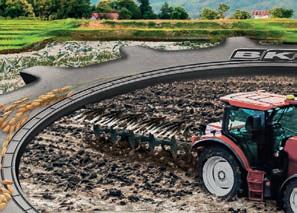









Farmers Guide attended an event in Germany at which John Deere explained and demonstrated
models and machine upgrades designed to contribute to sustainable farming. David Williams was there.
The event, near Berlin, included new technology as well as a reminder of what is already available. Highlights included an opportunity to see the new John Deere 8R410 with eAutoPowr CVT transmission in action, HarvestLab as a new option for John Deere combines, alternative fuels for tractors, reduced tillage crop establishment and reduced use of fertiliser and crop protection products resulting from more accurate applications.
The event commenced with presentations from John Deere representatives and industry experts reminding attendees of the need for more sustainable farming to tackle issues including food security, supply and costs of resources and climate change. Methods of accurately measuring and monitoring during crop production are essential it was stressed, bearing in mind statistics including that 1kg of arti cial fertiliser contains equivalent energy to 1 litre of diesel or heating oil, and techniques such as targeted spraying can reduce the amount of crop chemicals needed by up to 90%. Replacing herbicides with mechanical cultivations for some large-scale farming operations is becoming a practical alternative as precise guidance and steering allow hoeing at speeds up to 16kph, but a
disadvantage is the increased power requirement and associated fuel use which contributes to CO2 emissions, and extra eld tra c as more passes are needed which can result in soil compaction.
Challenges associated with moving away from diesel-fuelled tractors include that many farm tasks require machines to operate at or close to full load for full days at a time, which means battery power isn’t currently a viable option. However, as battery technology improves, John Deere believes that it could be an option as soon as 2026, but only for tractors up to 100hp due to the battery capacity required. However, by 2035–2040 there will be opportunities for larger tractors to use electric power, but in the meantime internal combustion engines will prevail.
It was pointed out that electric motors have four times the energy
density of a diesel engine by size and weight comparison, so are a very compact solution.
Diesel-like fuels remain the best option – and multi-fuel solutions made from vegetable oils and biodiesel can be immediately available. Advantages include signi cantly reduced emissions and less pollution risk in the event of leaks.
Pure plant oils o er the highest energy density and have a high CO2 avoidance value, above or equivalent to 91%. It is easy to adapt current engine designs, and existing infrastructure can be used for storage and transportation. Growing crops for fuel, and then using the fuel in tractors creates an attractive agriculture to agriculture solution with a very a ordable price, and oil from oilseed rape is also available as a by-product of manufacturing oilseed press cake which is a climatefriendly alternative to soya in cattle feed. Producing oilseed rape to manufacture cattle feed requires 20% less area than for the equivalent amount of soya.
Challenges with using vegetable oils include exhaust gas emissions, engine oil dilution and issues with cold starting in cooler climates.
An electric motor, powered from the tractor, drives four of the tanker’s six wheels – reducing wheel slip, improving productivity and reducing ground damage.
Few hardware changes are required, and in many cases only engine management software changes are needed. However, the main problem relates to legislation, as there is nothing currently available to permit tractors to operate on the alternative, more climate-friendly fuel.
At the event, John Deere displayed a 6R-series tractor capable of operating on diesel, biodiesels or any mix of the two, without adjustment and with the same power and torque characteristics as the standard dieselonly model.
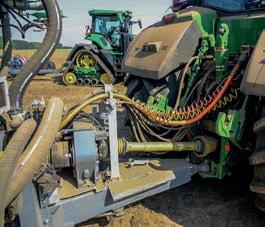
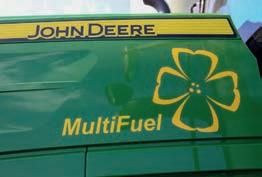
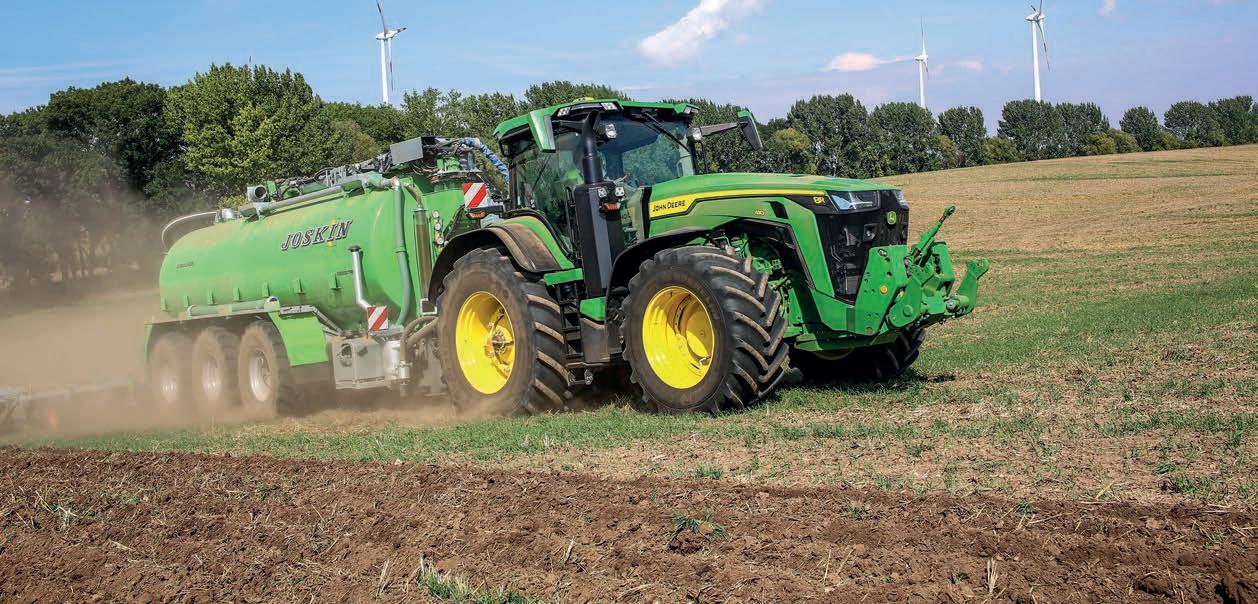
The orange electrical lead carries up to 100kW of 480V AC current to drive the tanker wheels. The PTO drives the slurry pump.






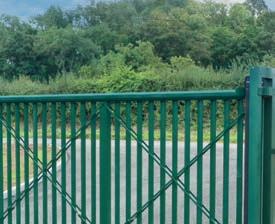







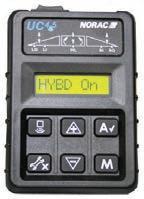
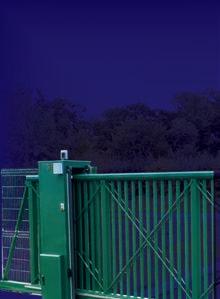









At Cereals 2022, John Deere exhibited its 8R410 eAutoPowr, which has an electric drive transmission. eAutoPowr is like the proven AutoPowr CVT transmission, but instead of a hydraulic drive section providing the variable speed, the new gearbox has an electric motor drive. More than 100,000 eld test hours have been completed during development, and the new transmission is for use in tractors up to 450hp, whereas standard AutoPowr is available on models up to only 370hp.

The eAutoPowr transmission features a lifetime brushless motor which is almost completely wear free. The design is durable and simple, and operating diagnostics are available in real time.
There is also an opportunity to ‘o -board’ electrical power to run implements or other equipment using a power socket at the rear of the tractor.
The tractor was hitched to a 28m3 Joskin tanker full of water and with a rear-mounted injector, and four of the tanker’s six wheels were driven by a single electric motor powered by the tractor.
John Deere product manager for 7R, 8R and 9R series tractors, Jeremy Broatch explained that bene ts of powering the implement’s wheels include:
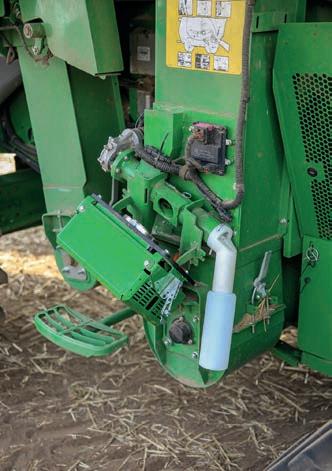
• Improved traction
• Less wheel slip
• Precise tracking
• The ability to use wider implements, which means fewer passes are required
• The ability to support the tractor when needed.
Optimal weight distribution
Wheels directly below the tanker mean that the weight of the tanker helps provide traction allowing the power to be better utilised. In the case of the demonstration tractor and tanker, this meant that the tractor ballast could be reduced by 4t. The tractor and trailer combination was demonstrated travelling several times up a steep slope while injecting liquid – with and without the tanker wheels powered. The di erence in tractor wheel slip, and the resulting wheeling depth were considerable.
The system is set up from the CommandArm terminal. The operator can specify a level of tractor wheel slip at which the powered tanker wheels assist. The driven tanker wheels can only assist movement, but never push the combination to avoid any risk of jack-kni ng.
Wider is more e cient
Jeremy explained that having more traction available means wider implements can be used, but the amount of total engine power dictates the speed. However, he explained that pulling a wider implement at slower speeds creates less resistance, so the same amount of power can be used to pull a 6m cultivator at 11.5kph, a 9m cultivator at 9.5kph, or a 12m cultivator at 8.5kph – if the traction is adequate. “Operating wider implements at lower speeds saves fuel,” he explained.
Jeremy also stressed bene ts of powering the tanker wheels on side slopes, where there is reduced tendency to sideslip which means that slurry is injected precisely where needed.
The 8R410 with eAutoPowr and the o -boarding option can supply up to 100kW to implements. “It still has only the same total amount of power available from the engine, but this system allows the power to be distributed between the tractor and implement for optimum e ciency,” he continued.
Between 0–4kph, all the power transmission is through the electric side of the gearbox, and the system will withstand direction changes under power at full load. “It’s durable and reliable,” said Jeremy. “Although conventional in nitely variable transmissions are also very reliable, if a failure occurs then it is most likely to be in the hydrostat. Replacing that section with an electric drive should improve reliability even further, and power transmission e ciency is slightly better too. However, our fully mechanical E23 powershift transmission will always have the lowest power loss.”
As well as o ering eAutoPowr on the 8R wheeled tractors, the system
will be an option for 8RX tracked models.
HarvestLab was introduced as an option for the John Deere range of forage harvesters nearly 10 years ago, using near infra-red spectroscopy to analyse forage sugar and dry matter constituents based on images taken and immediately analysed as the crop passes a scanner on the chute. A few years later, the system won awards for its ability to analyse slurry content during applications. The liquid is analysed by the same HarvestLab sensor as it travels through the tube on its way to the distributor, helping prevent under or over application of particular constituents within the liquid and also contributing to accurate record keeping.
Now HarvestLab is an option for combines too.
The scanner unit is identical to the one used for forage and slurry and mounting it to a combine requires only an adaptor beside the clean grain elevator. Grain is scanned and analysed on its way to the tank.
Farmers and growers already have masses of data to manage and analyse, but the bene ts of adding crop constituent mapping to the combine are considerable.
To illustrate the bene ts, John Deere rst displayed a standard eld yield map highlighting variable yields across a eld. Considering how to get the best possible results and obtain a consistent crop is always a challenge, and options include adding more fertiliser or increasing seed rates where yields are poor, or investing in soil analysis, or simply reducing inputs in the poor performing area and focussing investment in crop care and fertilisers in the areas where crops are yielding better.
However, when the crop
constituent map was laid over the yield map, it was immediately obvious that crops in the poor performing areas had been a ected by nutrient de ciencies. Therefore, it would be clearly worthwhile investing in extra fertiliser for these areas through variable rate applications.
If the HarvestLab data had shown crops in these areas to be high in nutrients instead, then an alternative course of action might have been to check for compaction or poor drainage, or soil quality.
HarvestLab on the combine provides real-time information regarding a wide range of crop data, including nitrogen content. For growers targeting premium markets, knowing the protein or nitrogen content at the time of harvesting could be very useful, especially where the crop quality is marginal. Using the data to help plan logistics is an option, and where elds include areas where crops are above and below a required threshold, then those harvested from areas where the target value has been achieved can be directed to one store, while grain failing to meet the required standard can be delivered elsewhere. As the farmer hosting the demonstration explained – once the crop is mixed in the store, it is too late to segregate it.
There are many bene ts available from being able to map the harvested grain quality, suggested Dr Stefan Kubler at the event: “Using the same amount of fertiliser but targeting the application where it will achieve best results can be worth up to 50 euros per hectare.”
John Deere UK marketing manager Chris Wiltshire said that
there has already been considerable interest in tting HarvestLab to combines. “With the addition of a tting kit, the system can be retrotted to existing combines, and current in-cab terminals can receive the required software upgrade through an activation code. The new option is very well timed to provide farmers with maximum bene t as crop and fertiliser prices are so high, and we expect it to be popular – especially where farmers or contractors can share it between a forage harvester or slurry tanker and a combine.”
HarvestLab is a new option for John Deere S- and T-series combines.

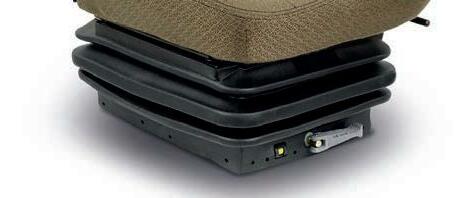

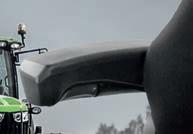



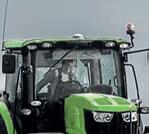
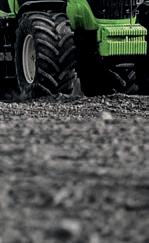
It can also be retro tted to existing machines. Investing in HarvestLab for a combine costs approximately £22K including the adaptor kit, but the same HarvestLab sensing unit can be shared between the combine plus a slurry tanker and a forage harvester –for a greater return on the investment.





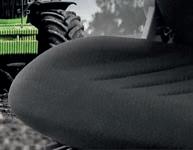



AutoPath was demonstrated at the event (see below) by a contractor who applies slurry through a strip-tillage cultivator, and then establishes maize directly into the tilled ground above the fertilised strips.

Using two Star re GPS receivers – one on the tractor, and another
on the strip-tillage cultivator at the rear of the trailed slurry tanker – the location of the tilled strips and slurry applied below the surface is accurately recorded. AutoPath ensures that the precision planter uses the shared lines of the slurry applicator, avoiding the risk of missing the fertilised strips which could result in up to 30% reduction in yield.















AutoPath is also used to ensure the accurate positioning of mechanical weeders (see below). If conventional A-B lines which record the movement of the tractor are used, then any drift of the planter won’t have been documented, so there is a risk that mechanical weeders could damage or remove some of the crop.
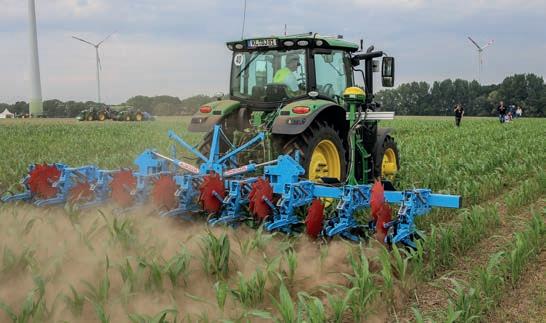



With a Star re receiver mounted on the guided hoe, and AutoPath positioning data shared, precise following of the plant rows is ensured. FG








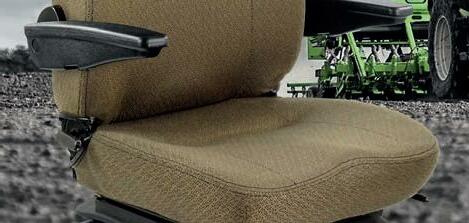
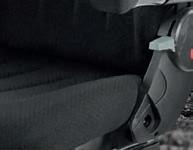


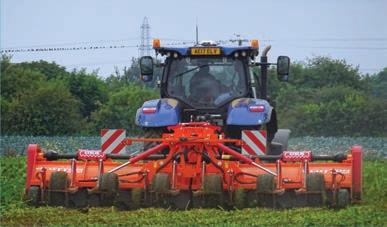










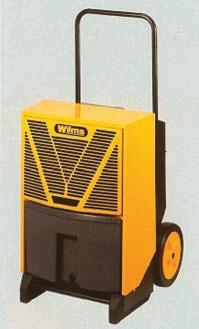
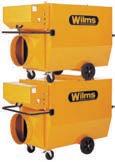
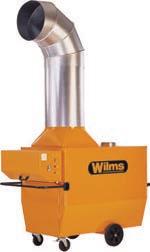
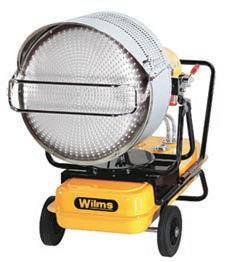


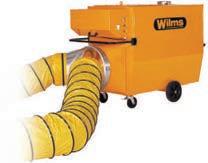








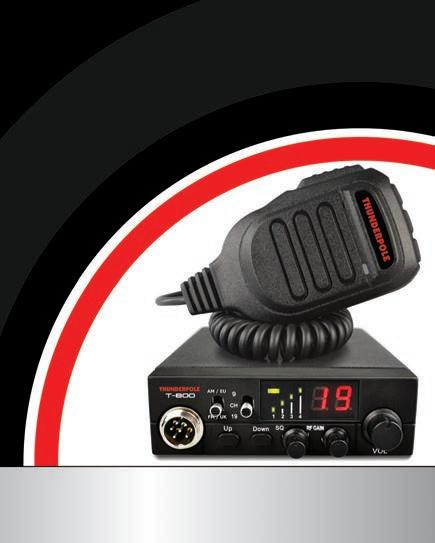





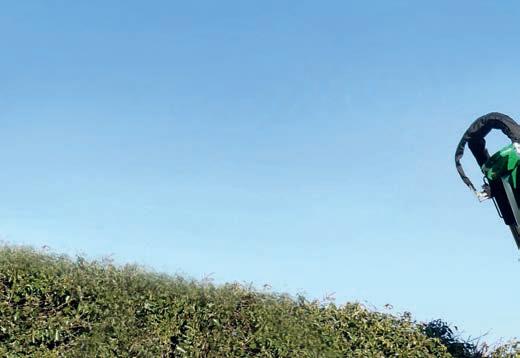
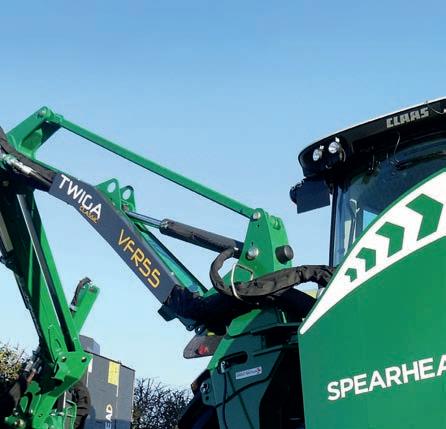




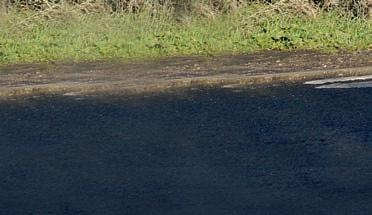






”


quick, simple and visually accurate map to the contractor. It’s easy to record what has been done and what needs doing so they can look at more strategic changes, Edward explains.

Edward Earnshaw, who farms two units in Gloucestershire and Leicestershire, and advises other farms on RPA grants, says Land App is easy for any farmer to use and has brought a range of bene ts, not only to his own farm, but also those of his clients. Edward discovered the cloud-based Land App three years ago when he started his business advising farmers on RPA grants. As his 700acre farming business now uses contractors for eld operations,
Land App proved a useful tool for communicating the farm’s approach to contractors. Rather than drawing maps on scraps of paper, they can go into the app and highlight what needs doing before sending a very
Land App comes into its own when the farm is looking to change farm strategy, such as introducing a di erent cropping plan. The software allows them to look at pro tability and payment rates for di erent scenarios, for example seeing whether it would be more pro table to grow a di erent break crop or a Stewardship crop. “We can import yield maps into Land App and overlay them when looking at new Stewardship plans or cropping rotations. Using di erent mapping layers we can see the data side by side and compare the data sets, thereby recalculating farm pro tability,” he explains.
Particularly bene cial for Edward’s own farm is the ability to work out di erent cropping rotations visually and explore how this might work out over 3–4 years. Land App allows him to use a di erent map layer for each year, and at the click of a button illustrate this very easily to his father, whom he farms with, or contractors, for instance.
Using it to advise his clients on RPA grants has been a “game changer”, he adds. The team can go onto a new farm and draw up a plan very easily, to give clients an idea of potential payments from a new scheme. They can bring up detailed knowledge of the farm’s holding, e.g. locations of SSSIs, historic features and footpaths, all of which help when designing a new cropping plan or stewardship application. Edward can also provide clients with a laminated ‘tractor-friendly’ visual aid with a map and short summary of what needs to be done.
Ease of use is another advantage. Having explored other mapping software, Edward says lots of training is often required; but Land App is very intuitive, and he believes any farmer can learn to use it quickly and easily. Land App also links to Defra’s mapping database for RPS, so you can import a map with just the SBI number.
The software works well on any size farm, with Edward’s company working with farms from 100 to several thousand acres – and there is opportunity for neighbouring farms to collaborate.



Land App is free for farmers; visit www.thelandapp.com FG
Our mission is to make the Land App as accessible as possible, for as many people as possible. For this reason, the Land App is free for everyone to
up and start
Rediscover
land






ways















help keep the wheels of agriculture and industry turning. The company even provides property services, including commercial, retail and domestical rental and development.
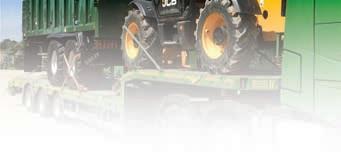

In terms of hire, GCS works closely with JCB, John Deere, Stewart, Larrington and Bailey. John Deere tractors are the mainstay of the tractor eet, but the JCB Loadall is also one of its agship products. GCS o ers the complete range, right up to the 560-80, which was added to the eet earlier this year.

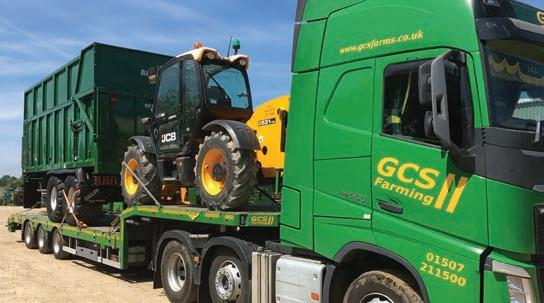
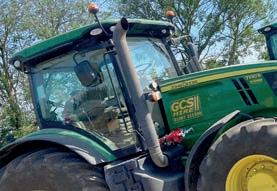
manufacturer level, before coming back to farming and contracting before joining GCS.
GCS has big aspirations, aiming to become not only Lincolnshire’s, but the nation’s leading trailer hire eet. The tractor eet will also expand, and the company sees the Loadall market growing dramatically. Fuel tanks and bowsers are in bigger demand than ever; and capacity for refurbing them will increase going forward.
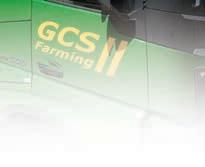
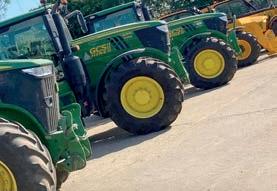
now buys and sells used machinery, selling not only to the UK market but also around the world. It has an extensive hire eet including mostly agricultural equipment and some plant, and it specialises in refurbishing fuel tanks and bowsers, selling around 500–600 tanks and bowsers per year – all refurbished to


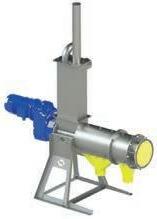



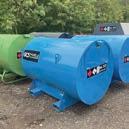
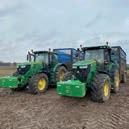

customers’ individual speci cations.
The company o ers new and refurbishments of some more specialist equipment out of its depots. Currently it is expanding its retail outlets in Lincolnshire and Kent, adding various di erent ranges of tools, workshop consumables, toys, cleaning products, and anything to
Hire manager Tim Lake comments: “Stewart Trailers has been very successful for us. Proving to be a very good manufacturer to work alongside, the company o ers an incredibly strong and reliable trailer. [...] Larrington is a good root crop trailer which we have a following for, with a number of potato growers throughout East Anglia, and the Bailey dump trailers are a rm favourite for construction and farm work moving stone or rubble.”
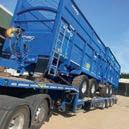
Tim recently joined the business to head up hire and take care of some of the day-to-day operations of the business. Coming from a farming family, Tim completed an apprenticeship in agricultural engineering then worked at
GCS’s Lincolnshire workshop is in the process of being upgraded to increase capacity and give the best possible working environment, and the paint shop has also recently been upgraded.
The company has embraced social media wholeheartedly, not only for advertising but for showing the human side of the business. Calling Michael or Tim, customers already feel they have an insight into who they’re dealing with, having seen something they’ve been doing on Facebook, YouTube or another platform.

“People buy from people, and we are de nitely just that.”
Turning its attention to the future, the company says it will look to its clients to guide its direction: “We will respond to what they need,” Tim concludes. FG


Home Farm Nacton in Su olk uses the 5.6m Major Cyclone to enhance overall eld performance and maintain soil health for its intensive cropping operation.
Recycling crop residue and green manure requires intensive mowing practices. The farm relied on ail mowers for stubble management but the machines required high fuel consumption and maintenance costs. The ails were also unreliable and delivered a poor nish.
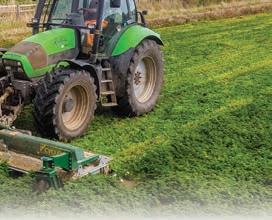
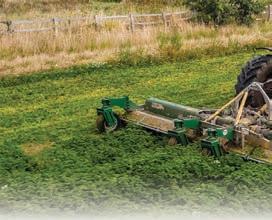

“We took a look at the Major Cyclone and were really impressed with the build quality and the low power requirement,” enthuses farm manager, Andrew Williams. “The direct drive transmission meant doing away with belts.”
The 5.6m Major Cyclone comes with eight rotors and 34 blades, ensuring all material is pulverised
and spread evenly across the length of the machine. The wings fold up to a transport width of 2m. Constructed of high-performance Strenx 700 MC structural steel and fully galvanised, the mower is built for endurance, strength and longevity.
“We are getting much higher output from the Major Cyclone. It covers twice the area compared to the ail in the same amount of time, enhancing our overall eld performance while saving at least 25% on fuel consumption.
“It’s turned out to be a highly usable piece of machinery that helps us to maintain our goal of farming to the highest professional standard,” Andrew concludes.
For more information or to book a demo visit www.majorequipment.com FG













Mastek has recently been appointed as a key dealer for Saveco, selling the entire range of Sepcom slurry separation equipment and Chior pumping and mixing products.
Mastek has a solid reputation and wealth of knowledge in not only slurry separation but also in slurry application equipment – with its head o ce in Ireland manufacturing over 800 dribble bars per annum. The company has representatives in Shropshire and Somerset but covers the whole of the UK.















Speaking to Farmers Guide, Mastek sales representative Ben Willcox notes that slurry separation seems to be a hot topic at the moment. With the astronomical cost of fertiliser, there is lots of talk around farmers increasing their storage capacity and making better use of slurry through the growing season – to reduce their reliance on
bought in arti cial fertiliser.

Mastek is a leading provider of high-quality slurry solutions (reels, dribble bars, pumps), grassland subsoilers/panbusters, mulching equipment and balers. Headquartered in Ireland, its 100% galvanised products are sold throughout Europe, the UK, Scandinavia, Australia and New Zealand. Its focus on innovation means its products are e cient and durable.
For more information on Mastek’s range of slurry separators contact Ben directly.
FG
Vaderstad has widened its product line-up with the addition of a new tine cultivator, displayed for the rst time at an event celebrating the opening of the manufacturer’s new demonstration farm in Germany. David Williams reports.
The Vaderstad farm is similar to one owned by the company in Sweden and will be used to showcase the range of products and welcome customers, as well as for eld trials of machines in development. The new farm is near Helmstedt in the Niedersachsen region. There are 50ha of land and an 800m2 machine hall which will be used for presentations and training. Vaderstad’s base is in Sweden, and the large hall contains a replica Swedish cottage in red with white corners, like traditional farmhouses close to the factory. The cottage will be used as o ces.
The Cultus HD is a tine cultivator, available in 4.25 and 5.25m working widths. Both versions are mounted, and Vaderstad claims that the design sets a new standard in the mounted tine cultivator segment, with no compromise on depth control and high eld performance.

Maximum working depth is 30cm, and the tines are in three rows providing 27cm tine spacing.
“At the heart of the Cultus HD are the new heavy-duty Cultus HD tines,” explained Vaderstad director of tillage development, Wolfram Hastolz.

“A key performance indicator for a tine is its ability to maintain high forces towards the soil. This is where the Cultus HD tines are unique. When they meet a heavy obstacle, the tine can fully release out of the soil to pass it, but on re-entering the soil it maintains full force to quickly return to its working position. This results in extremely accurate depth control, and excellent tillage results across the eld.”
Vaderstad UK marketing development manager
Andy Gamble said the Cultus HD is a welcome addition to the range. “At shows and dealer events, we receive a lot of requests from users of 3m machines for something larger and more capable, but who don’t need the ultimate performance of something like our TopDown or the Opus. The Cultus HD lls that gap in our line-up and provides a capable and cost-e ective new option.
“There are also many situations where larger trailed cultivation equipment may be impractical, in particular where there are narrow lanes and tight eld gateways to negotiate. Being fully mounted, the folding Cultus HD remains very manoeuvrable despite the wider 4.25m and 5.25m working widths.”
Depth control is from the tractor cab, there is a hydraulic wing lock for transport and the new Dynamic Control levelling system ensures a good nish by ensuring that the levellers always operate in the optimum position – without requiring manual adjustment by the driver.
A wide range of Vaderstad points and MixIn shins can be tted to the Cultus HD tines.
The Cultus HD enters full production in autumn next year.
A new 7.25m wide version of the Carrier XL disc cultivator has joined the line-up and, at the same time, all Carrier XL models have gained useful new features.
The new 7.25m model lls a gap in a range of working widths spanning from 4.25–12.25m. “The versatile Carrier XL bene ts the farm by reducing the number of passes required, decreasing the machine cost per hectare and it provides the best possible start for the growing crop,” explained Wolfram Hastolz.
The Carrier XL is available with 510mm TrueCut discs, CrossCutter Discs or the new CrossCutter Disc Aggressive. It can be adapted to suit di erent operating environments and to produce di erent nishes by tting any of a wide selection of front tools and rear packers, and for convenient establishing of following crops – the Vaderstad BioDrill 360 mounted seeder is available.
Carrier XL models from 4.25–7.25m have all gained frame enhancements including a strengthened parallel linkage to hold the rear packer. New, clearly visible sight gauges display both the working depth and the front tool depth, and the XL 725 also comes with a unique high position scale for safe road transport.
Carrier XL 625 and 725 models can also now be equipped with a new wheel axle and 560/45R22.5 wheels and tyres approved for 40kph road transport.
The Carrier XL 725 can be ordered now, for delivery next autumn.
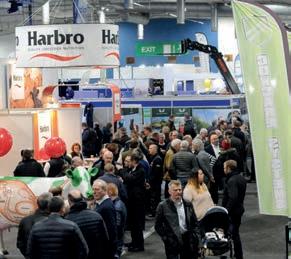

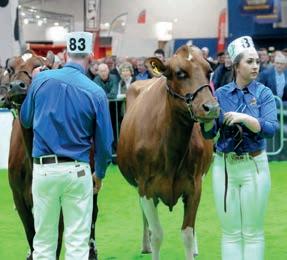
Available this month, the new CrossCutter Disc Aggressive extends the CrossCutter range of attachments. As the name suggests, the new
version is designed for more aggressive operation and the discs feature sharpened TrueCut cut outs, for improved penetration capability in challenging eld conditions and particularly in heavy soils.
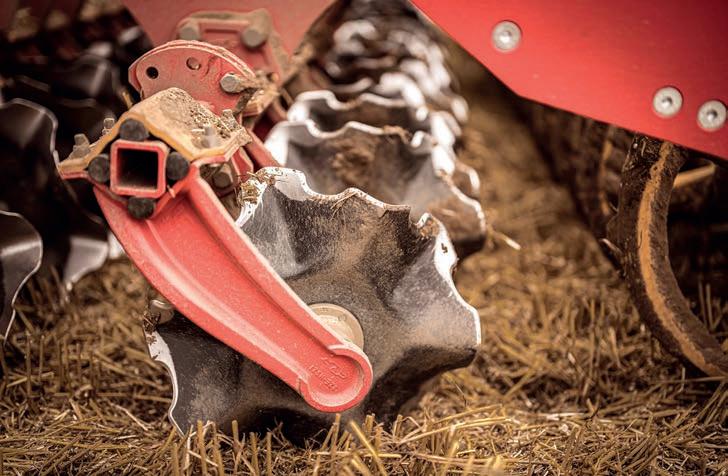
The CrossCutter Disc Aggressive will also achieve better performance in heavy crop residues such as silage maize, heavy oilseed rape stalks or sun ower stubble, helping speed up decomposition.
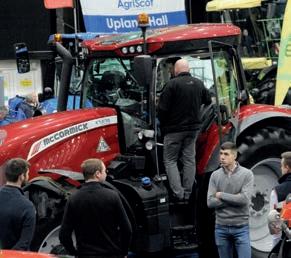
Even though the shape is more aggressive than the original, the new version will still provide excellent performance working at ultra-shallow depths of


2–5cm and will move considerably less soil than conventional discs. This means less power and fuel is needed to achieve high working speeds and intensive mixing.
There are two sizes of CrossCutter Disc Aggressive – 450mm for a working depth of 2–3cm with the Carrier range of disc cultivators, and a 510mm version for working between 3–5cm with the Carrier XL. Both can operate at working speeds up to 20kph.
Each CrossCutter Disc is individually mounted on its own rubber suspended disc arm, ensuring excellent ground contour following capability and consistent results. FG






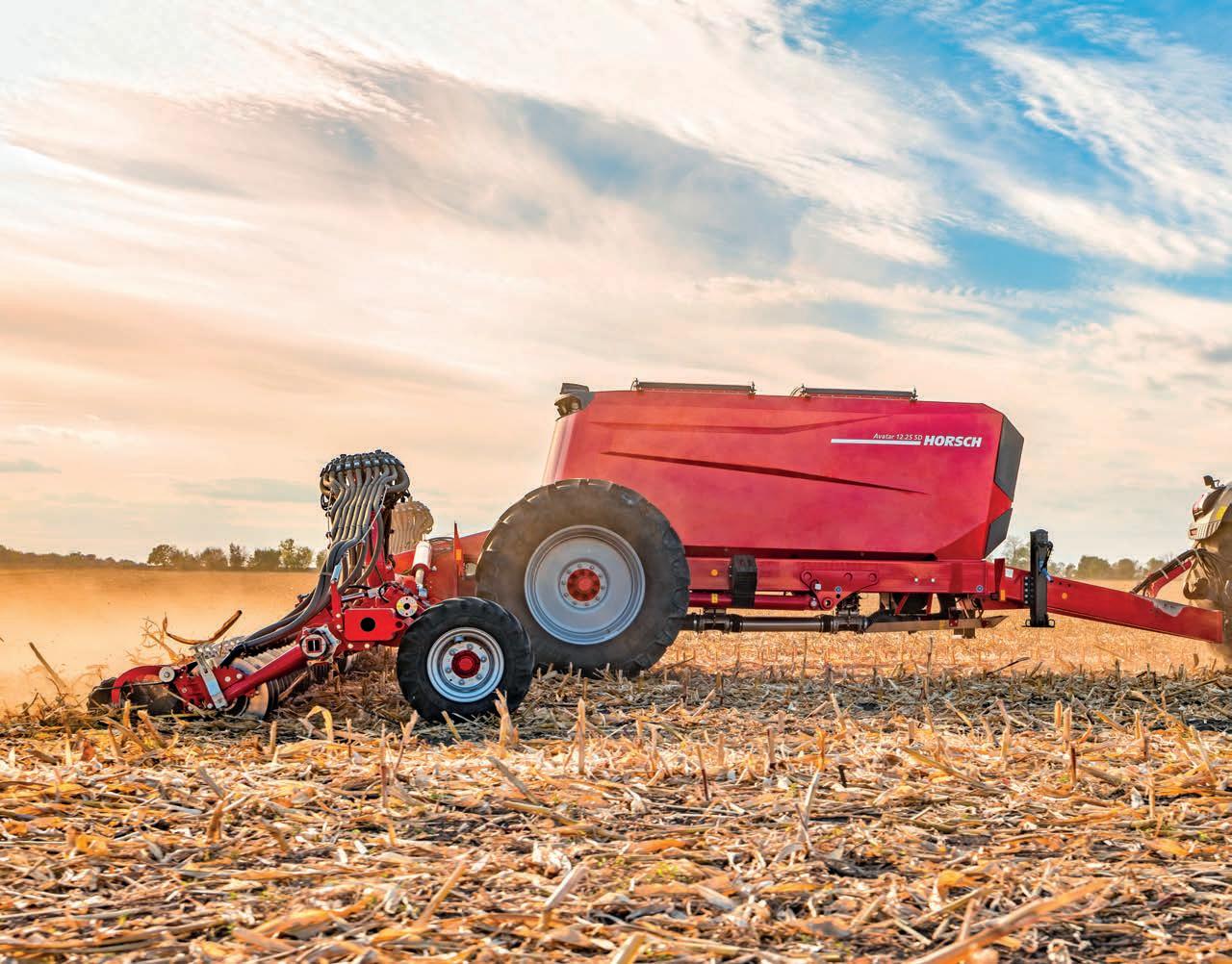




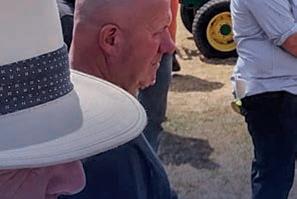

A dispersal sale on behalf of Shadwell Estate at Euston near
Thetford featured a huge range of machinery – much of it in excellent condition. David Williams was there.
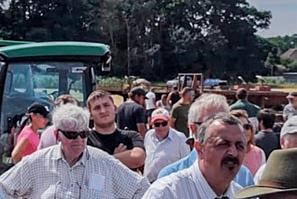
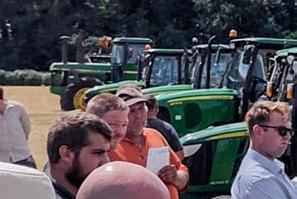

The on-site auction was conducted by Su olk-based auctioneer, Lacy Scott & Knight, and it included machinery which had been used on the horse breeding and beef farming enterprises of Shadwell Estate, as a result of restructuring the business.
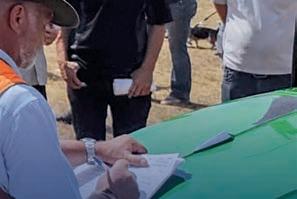
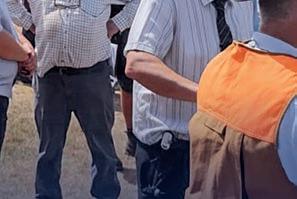


Lacy Scott & Knight auctioneer Graham Ford managed the sale, James Boreham was the auctioneer on the day, and the clerk was Gerard Smith. “The sale was very successful, and the attractive lots on o er resulted in a huge attendance. We expected the lots to sell well, and our only real concern was the extreme dry conditions and the associated risk of a re,” commented Graham. “As well as attracting our usual clientele of agricultural dealers and farmers, this sale was also attended by owners and managers of estate and equestrian enterprises from across the UK. We advertised it widely in agricultural magazines including Farmers Guide, and in magazines for those involved in horse racing, eventing, and breeding.”

The Shadwell Estate team prepared the lots for display. “The vendor put considerable e ort into laying out lots in the eld, with plenty of space for potential bidders to examine everything on o er. Only two of the lots didn’t sell, which was testament to the condition of everything on o er and the way it was presented.”

A huge selection of John Deere


tractors consisted mainly of models suitable for smaller farms and small holdings, as well as equine and utility use. There were also several Merlo handlers of various sizes, all in excellent condition. “Prices for the John Deere tractors reached their reserves, and then just kept climbing,” continued Graham. “Having so many on o er meant that many of those who came hoping to purchase one or more of them were successful, and they sold to the trade as well as to end users from all over the UK.
“The Merlo loaders were bought by dealers and by farmers, and they were in exceptional condition having been so well maintained.”
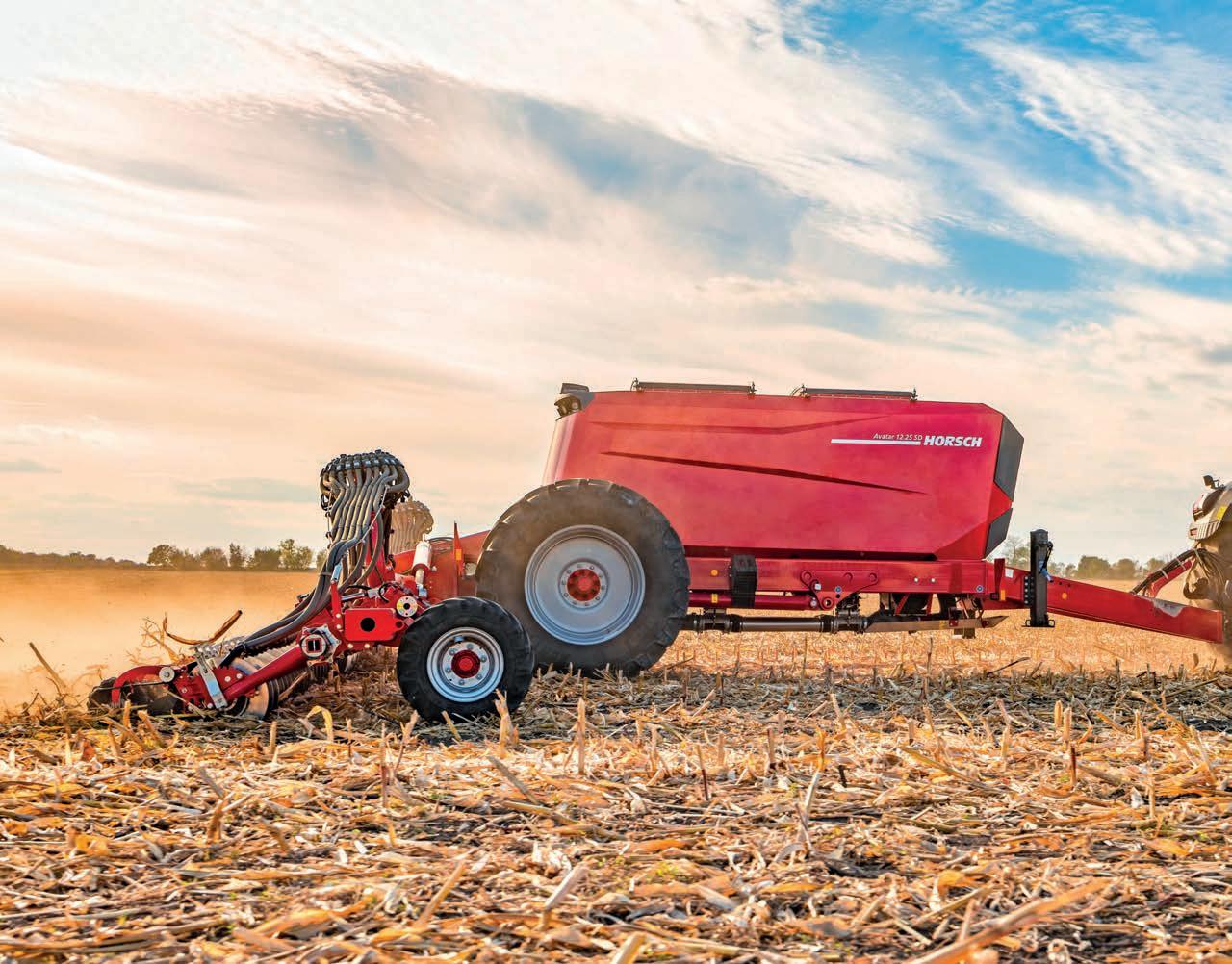


Of the lots from Shadwell Estate, the highest prices were achieved by a John Deere 5100 M which made £35,000, and a Merlo handler which sold for £45,000, but the star lot was probably a Polaris Ranger UTV with four seats and a cab. Nine years old, and with only 227 recorded hours, it attracted an impressive winning bid of £12,000. FG
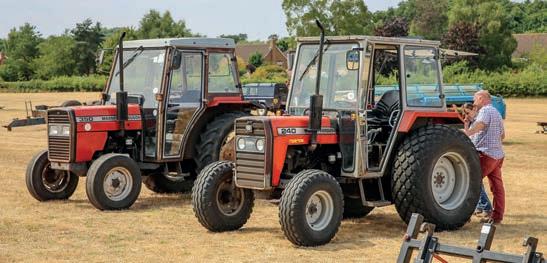
These two Massey Fergusons sold well. The 240 nearest the camera was a 1999 model, on an S-pre x registration, and had worked only 3,229 hours. It was on Alliance 16.9-24 rear tyres with 90% tread, and BKT 11.5-80/15.3 fronts with 50% tread. It made £10,000. The 350 was an older 1989 model, on an F-plate. It had worked 4,202 hours and was on BKT 320/85R32 rear tyres with 60% tread, and BKT 7.50-16 fronts with only 10% tread. It sold for £8,600.
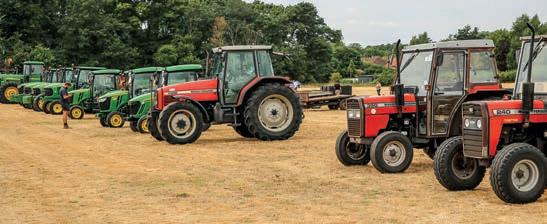
This Valtra 6550 came with guards for forestry applications and was displayed with a rear-mounted hedge cutter which wasn’t included. It was on Nokian TR Forest 18.8-38 rear tyres with 95% tread, and 14.9-28 front tyres of the same brand with 50% tread. It made £17,500.
The three Merlo telehandlers were in high demand, being sold just as harvest was starting. Nearest the camera – this Merlo 32.6 Plus Panoramic was new in 2012 and registered on a 62-plate. It had worked 5,706 hours and was on Mitas 405/70-24 tyres with 5–10% remaining tread. It came with fork tines and a pick-up hitch. The condition was good for its age, although the seat upholstery needed replacing and there was a scrape on the engine hood. With its Cranworth Farm Services dealer stickers, it made £18,000.
Next in line, this similar 32.6 Plus Panoramic was also a 2012 model on a 62-plate, and on Mitas 405/70-24 tyres which all had 10% remaining tread. It had done less work than the other machine (4,456 hours) and was in overall tidier condition although it also had a scraped engine hood and needed a new seat cover. It sold for £24,000.
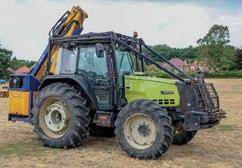
The selection of John Deeres included this 5080M 4wd (nearest the camera), which was a 2011 model, registered on an 11-plate, with only 2,669 hours recorded, and on 420/85R34 Good Year Optitrac rear tyres with 70% tread, and 340/85R32 fronts of the same brand, with 40% tread. Carrying local Ben Burgess dealer stickers, it was in very tidy condition and the cab interior was clean. It sold for £24,500.
Achieving the highest price on the day, and one of the ‘included’ lots, this Deutz-Fahr Agrotron 6185 TTV was registered on a 67-plate and had worked 2,640 hours. It was autosteer-ready, had 50kph transmission and pneumatic trailer brakes. It had a front linkage and was on Mitas 650/65/38 rear tyres with 80% tread, and 540/65/28 fronts with 60% tread. In excellent condition, it sold for £55,000.
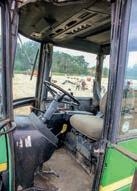
This 5100M was a 2015 model, with 1,793 recorded hours. On a 15-plate, it had six wafer weights, Titan 23.1-26 rear, and 44-18.00-20 front, grass tyres all with 80% tread. The tractor was in lovely condition inside and out and made £35,000.
One of the auction stars, this Polaris Ranger double cab had a 900cc diesel engine and was new in 2013. Registered on a 63-plate it was extremely tidy inside and out having worked only 227 hours. It sold for £12,000.

4x4 vehicles on o er included an Isuzu Rodeo pick-up and a Toyota RAV 4. The Isuzu was a 2006 model registered on a 56-plate, and a label stated that the next service was due at 219,000 miles. It was in sound condition apart from a few minor dents in the bodywork. Some trim was missing but the interior was tidy. It was a 3.0-litre TD DE version and came with a towbar. Three tyres were good, but the other needed replacing and it sold for £2,550.
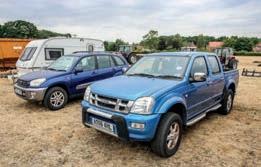
The Toyota was a 2002 model on an 02-plate and it displayed a tax disc expiring in 2015. It was tidy with a few minor dents and a sticker inside stated that the next service was due at 86,000 miles. It was on Dunlop tyres which all appeared sound with plenty of tread, and it made £1,350.
Mowers available for bidding included a McConnel H/B SR420, 4.2m topper (left) which was new in 2010. It had three blades per rotor and these were in good order with plenty of working life remaining. It sold for £5,800.

Next to it, the Bomford Tri-Wing 4600 topper with a 4.6m working width also had three blades on each rotor but these were quite worn. The hydraulic hoses were perished, but the mower was in generally good condition. It sold for £4,700.
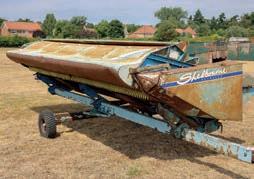
The lot which attracted most attention, but not the most bidding, was this X-registered John Deere 8640 with equal sized wheels, articulated steering, rear linkage, and a drawbar. It carried its original EA Clayton Ltd, Cleveland dealer stickers, and had recorded 6,438 working hours. It had 20.8R38 Barum front tyres with 80% tread which were sound but slightly perished, and Semperit rear tyres which had similar tread, but which were in better condition. It also came with a set of four dual wheels which were ready to t and displayed beside the machine. There was some loose trim in the cab but that could be easily repaired and overall the tractor was tidy. It was bought by a farmer for £20,000.
One of the more unusual lots, this elderly Shelbourne Reynolds stripper-header appeared complete and sold for £1,250.


£22,000 was paid for this superb John Deere 5070M 2wd. It was a 2012 model on a 62-plate; it had worked only 1,598 hours and its condition re ected the low use. It was shod on Firestone agricultural pattern 420/85R30 rear tyres with 50% tread, and BKT 9.00-16 fronts. The tractor carried local dealer Tomlinson Groundcare stickers and was in excellent condition.
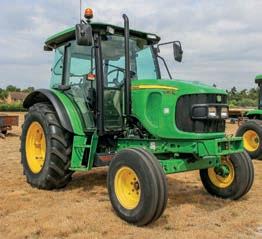
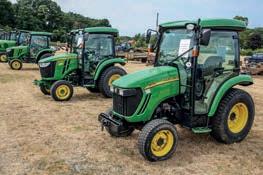
Of the two smaller John Deeres, nearest the camera this 3720 e-Hydro was a 2013 model on a 13-plate. It was in excellent condition and still carried its Tomlinson Groundcare supplying dealer stickers. It was shod on Galaxy tyres – 41-14.00-20 at the rear with 60% tread, and 27-8.50-15 fronts with 20% tread. The tractor was equipped with mid-spools and was very tidy inside and out. The winning bid was £8,800.
Next to it, this 3045R was a 2018 model, registered on an 18-plate. It had worked 1,763 hours. The tractor was on Galaxy grass tyres – 41-14-20 at the rear and 27-8.50-15 at the front with 70% and 90% tread respectively. It had mid spools, and its overall condition was superb. It sold for £20,000.
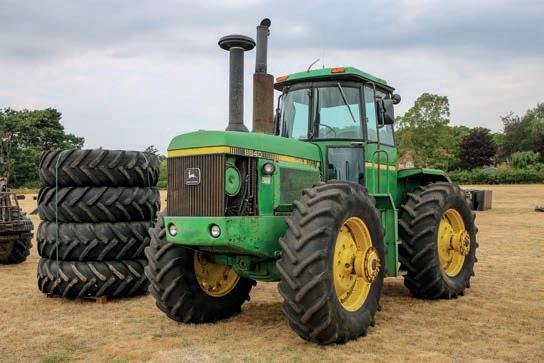
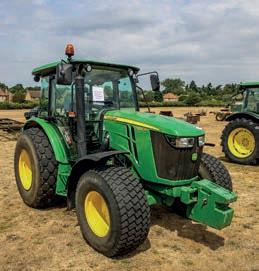

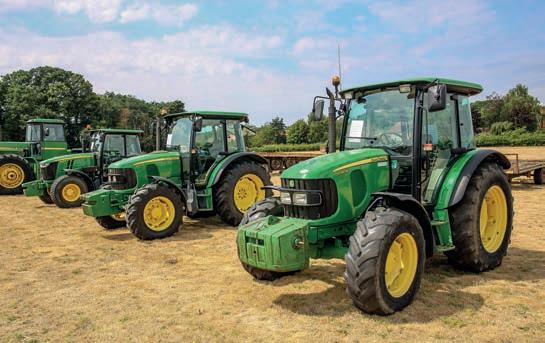
Also pictured, auctioneer James Boreham accepts bids for the John Deere 3720.
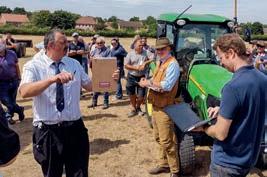
A Massey Ferguson 4360 4wd made £15,000. It was a 2002 model, on a 52-plate, and had worked 4,650 hours. It carried Norfolk Farm Machinery dealer stickers, and was on a mix of Fulda 16.9R38 and BKT 420/85R38 rear tyres with 60% and 80% tread respectively, and Fulda 13.6R28 fronts with 10% tread. The cab was tidy for its age and the seat had a protective cover. A new clutch had been recently tted, and the condition was good.

For those looking for grass care machinery, there was plenty to choose from. An Einbock Grass Harrow (left) with hydraulic folding was in very tidy condition and achieved £2,300, and the Opico 6m hydraulic folding grass harrow with a mounted seeder sold for £3,000.
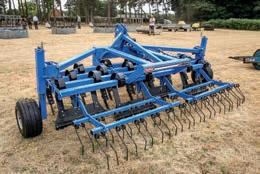
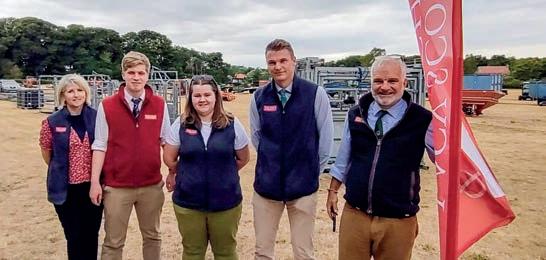

This TF33.7-115 TurboFarmer was the newest of the Merlo handlers on o er.

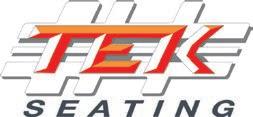
It was a 2017 model, registered on a 67-plate, and had worked only 3,331 hours. It was on Mitas 405/70-24 tyres with 20% remaining tread, and the overall condition was little di erent to an ex-demonstrator, except for a few worn patches on the seat. Sold with pallet forks and a pick-up hitch it carried Cranworth Farm Services dealer labels, and it made an impressive £45,000.






A 2014 John Deere 5100R 4wd, on a 14-plate had worked 4,432 hours. The rear tyres were BKT 420/85R34 with90% tread, and the fronts were BKT 340/85R24 with 80% tread. The tractor came with four front wafer weights andwas very tidy inside and out. It achieved a winning bid of £26,500.
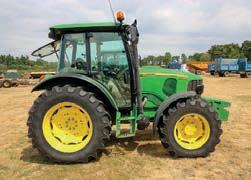

A Carre Prairial 3m slitter with harrows was a 2016 model, but in as-new condition and it made £5,600.
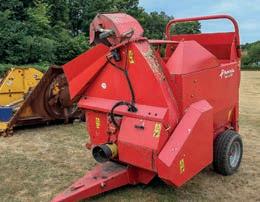





A 1991 Legg bale trailer, made locally in Su olk, had a sound wooden oor, hydraulic brakes and was on BKT 13.0-6518 tyres. It had bale ladder xing points and sold for £1,250.

These two John Deere Gator side-by-side UTVs were in tidy condition. Nearest the camera, the Gator XUV was new in 2009 and was on 25-11-12 rear, and 25-9-12 front otation tyres all with 80% tread. It had no hour meter and sold for £4,700.
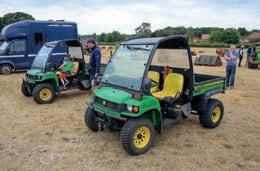
An ‘included’ lot – this Massey Harris 333 tractor was fully restored and sold for £3,400.
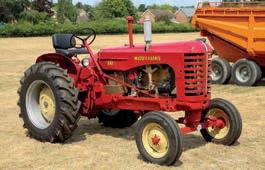
The other Gator XUV 850D was also a 2009 model, and it had Duro 25-11-12 rear and 25-10-12 front tyres which were all almost new. In tidy overall condition apart from a split on the seat, it displayed 753 working hours and achieved a well-deserved winning bid of £6,000.

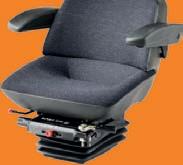


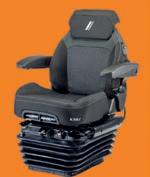
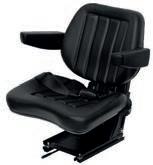
This Kverneland KD853 bale chopper and spreader was a 2011 model. It was in good condition and sold for £7,000.
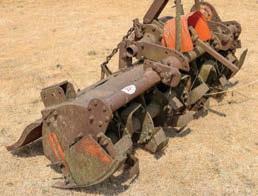
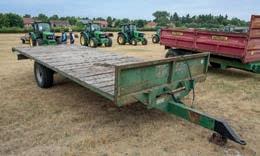
Winter housing can be an incredibly stressful time for cattle. Elevated cortisone levels in stressed animals can have numerous potentially harmful e ects on the animal’s immune system. Stress factors around housing include moving to new housing, temperature changes, crowding, con nement, feed quality issues and other new environmental challenges which may easily result in a reduction in the functioning of the animal’s immune system – and hence an increase in the spread of diseases, especially as cattle may be in a con ned space which can hasten the spread of infections.
Simple things like access to fresh water, enough space to lie down comfortably, good ooring, slurry removal and equal feeding space can be the di erence between health and sickness. On many farms, winter housing will be the rst time that groups of animals are mixed, and as a result the chance of a disease outbreak occurring increases. Amongst the major disease problems in housed cattle are hoof problems and trace element disorders.
There is usually a steep increase in lameness incidence over the winter period. Hard concrete oors, slats, wetness, lying areas, and slurry
underfoot can all predispose to hoof problems. Hoof health problems are serious issues in cattle that can cause tremendous economic losses. Factors such as overcrowding, ooring type, nutrition and trace element status all play a role here.
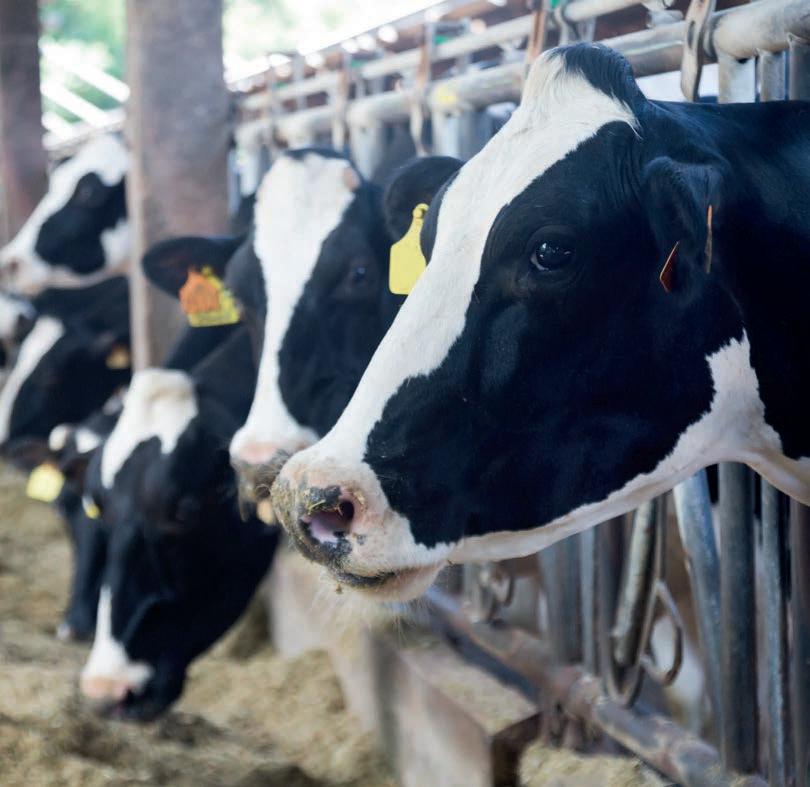
Lameness is one of the three main challenges facing dairy farmers all year, but at housing the risk is heightened. Reported lameness prevalence has been higher in housed systems and lower in pasture-based systems because pasture provides an optimal walking surface for improved mobility. Published reports have shown that cows housed on concrete were ve times more likely to be diagnosed as lame as those housed on rubber mats over concrete. Lameness is a costly gateway disease which makes cows more likely to su er from mastitis, milk fever, reduced milk yield and infertility. A regular foot bathing protocol with a proven non-toxic foot bath is an e ective way to tackle foot disorders, especially digital dermatitis, which can result from lack of underfoot hygiene, bacterial infection, and failure to remove slurry.
Dr Nick Bell, veterinary surgeon and director of Herd Health Consultancy, states that Hoofsure Endurance is “the only product I’ve ever trialled that has performed as well as formalin at
preventing new lesions, and I’ve trialled a lot of products”. Hoofsure Endurance is a proprietary footbath solution with over 40 trials across three continents. Notable research on cattle shows it is up to 44% more e ective than formalin and copper sulphate, with proven antibacterial activity. With innovation at the heart of Provita, the dedicated research and development team have developed a new improved formula. Utilising proprietary technology, the new formula is 33% faster acting and provides more contact time on the hoof. It is also cost-e ective, with 20 litres being e ective for up to 5,000 cows.
Traditionally, trace elements have been easily overlooked because most of the signs of a mild de ciency are manifested as barely visible subclinical or low-level ill thrift, but trace elements perform a variety of vital roles, including energy metabolism and immune response. Trace element availability in both grass and forage is altered by lots of factors, including soil type, pH, geology, drainage, plant type, weather and the process of silage making. Hence it varies from farm to farm and within di erent cuts of silage. Winter silage is only as good as the soil and herbage that it was sourced from, and also the silage making technique. Thus, there are variables here which can a ect trace element levels.
In the UK in 2018, an analysis of 320 grass silage samples showed high levels of potassium and low levels of copper, zinc, iodine and selenium. Low copper (or high molybdenum) is commonly associated with ovarian inactivity, poor conception, embryonic death, and delayed puberty. Low iodine can be responsible for still births, abortion, and weak calves. Low zinc is associated with lameness, mastitis, and disease susceptibility. Low selenium with retained placenta, metritis, extended calvings, depressed immune function and poor conception rates. Hence regular supplementation whilst on silage may be necessary.
Targeted dosing with trace elements and vitamins is often warranted. Oral drenching is usually less expensive than boluses, and it also allows for targeting of delivery to certain animals or at speci c stress periods during the grazing season or winter housing where only short-term cover is needed. It may also be more cost e ective in the long term as it targets delivery to the most susceptible animals. Drenches also have the advantage that they can contain large numbers of trace elements in high concentrations to address the de ciency. Also, vitamins can be included to enhance the actions and boost e ectiveness of the trace elements.
Provita Animal Health’s ProVitaMin Cattle is a highly concentrated complex mineral and vitamin drench for adult cattle and young calves. It comprises 26 broad spectrum elements, supplying chelated minerals, vitamins, and nutrients to swiftly elevate levels. ProVitaMin is an easy-to-use solution with supplementary rates as low as 1mL per 10kg for calves up to a maximum of 50mL for adult cattle. Provita is running a special offer to buy 2.5 litres and get 1 litre free. To contact your local farm representative, get in touch with Provita directly. FG
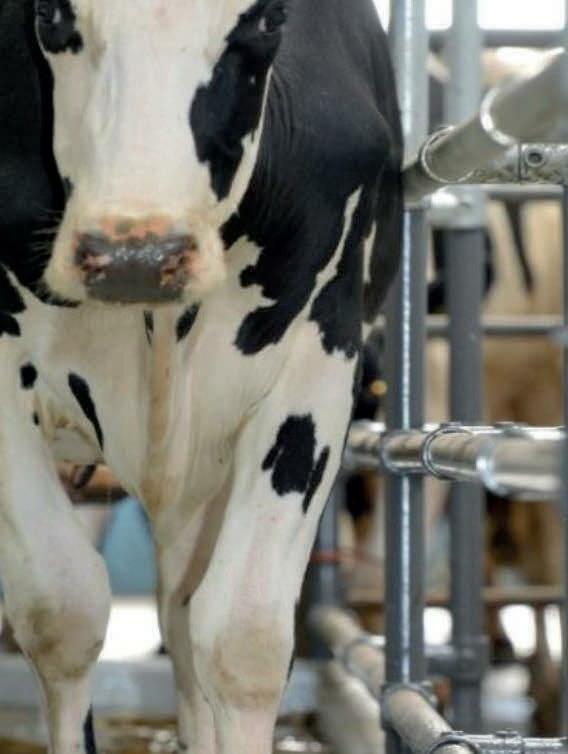

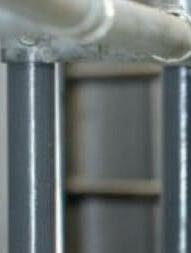


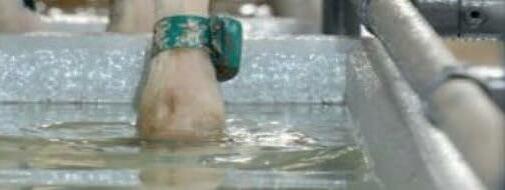

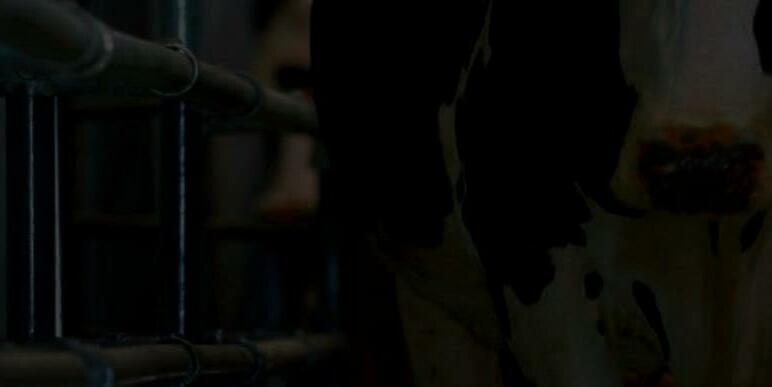

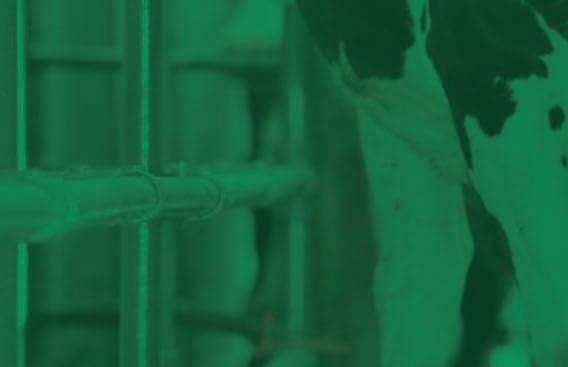



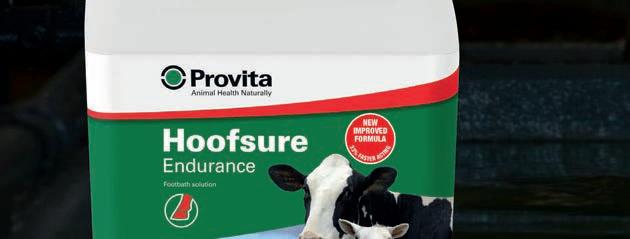
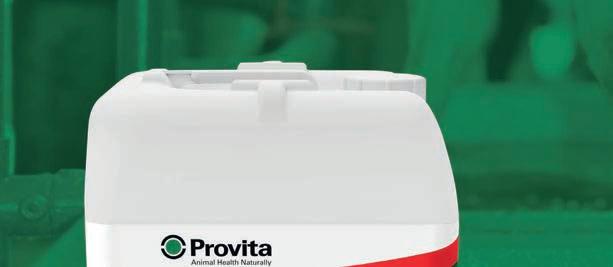

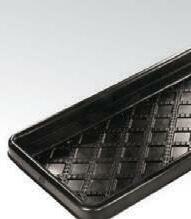
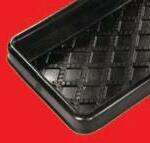







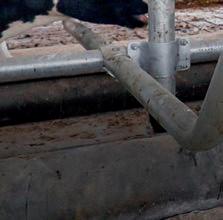

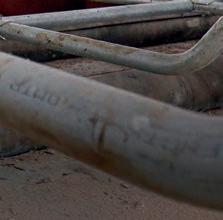
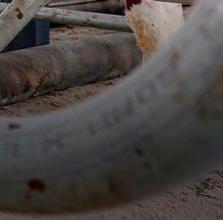


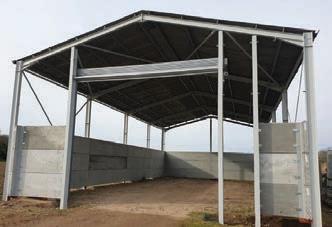



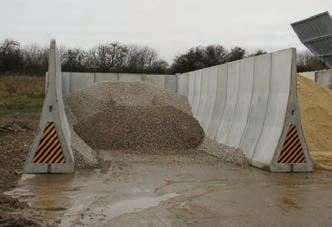
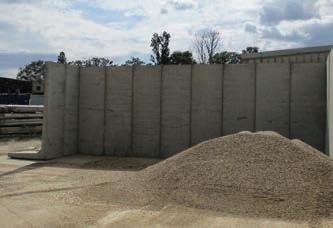
The key to overwintering cattle indoors is being prepared ahead of time. Farm vet Greg Taylor, of Westpoint Vets in York, says that, if done properly, some simple management steps can make a world of di erence to the health of your herd.
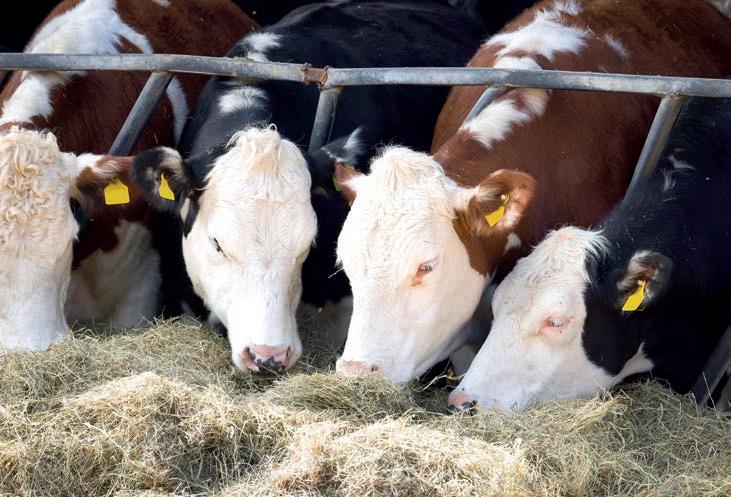
There are two main things to be considered; what you need to do to prepare your buildings for housing your animals, and what you need to do to get your animals ready to be housed.
Cleaning and disinfection: All buildings need to be thoroughly cleaned out, including all the feed and water troughs. For disinfectants to work properly they need to come into contact with the disease-causing organisms and this cannot happen without thorough cleaning being done rst. If any dung or bedding material is left behind, the disinfectant may not penetrate it and is ine ective.
After a good clean, a disinfectant can be used to make sure your disease challenge over winter is lowered as much as possible.
Maintenance: With your buildings empty
and clean now is the opportune time to do any routine maintenance. Make sure the buildings are secure and there is no risk of escape and include all hinges and areas where gates are fastened. That piece of baling twine from ve years ago may need replacing!
Also make sure any potential causes of injury are sorted out, such as sharp edges or areas where animals can get limbs trapped.
Modi cation: Were there any issues last year that may need correcting? It may be that you had problems with respiratory disease and the ventilation of the building needs to be altered or maybe you had trouble with animals being able to get to feed or water due to insu cient trough space. Whether it’s putting in an extra gate to be able to handle animals behind within the building or any other modi cations you think you may need to do, now is the time to
get it done.
Provisions: Have you got enough bedding to last you through the winter? Maintaining clean dry bedding throughout the winter is vital to keeping a healthy herd.
In a year like this where grass has been so scarce, winter feeding has continued throughout most of the year and for many farmers this means your feed supplies may not be su cient to get you through the winter. The prices of buying in feed are likely to increase during this shortage so being prepared ahead of time is going to be incredibly important.

When it comes to feed do not forget to check the quality of your feed so that any shortfalls can be supplemented, especially making sure you are supplementing all the trace elements that are needed. Also remember to allow cattle time to adapt between ration changes – although that will not be such a problem if your cattle are on winter feeding already.
Grouping: When your animals are in, it is bene cial to be able to separate them according to the feed they will need so that you do not end up with over- or under-conditioned animals. This means going through them before housing, doing body condition scoring and feeding according to their needs. This is especially helpful for groups of animals like your rst calvers who need that little bit of extra help.
Internal and external parasites: Bringing animals in is an ideal time to treat for parasites, and to treat e ectively you need to know what you are dealing with. This may include doing blood sampling for liver uke or dung sampling and doing faecal egg counts. Make sure you have the treatments you will need available in advance so that when you have the chance to dose there is nothing holding you up.


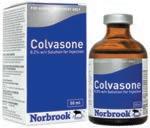
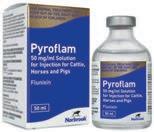
Health planning: Again, while you are handling animals, being organised allows you to maximise your e ciency. What else do you need to do with them and are you prepared? Have you got someone booked to trim feet? Do you need to have any of the cows scanned for pregnancy or are there vaccinations that need doing? All of these require planning ahead of time so that you do not get caught out.
Here’s to a smooth housing transition and happy healthy cows over winter! FG




Beef and dairy farmers should consider using diagnostic tests and past worm history in the run-up to housing cattle to assess the parasite risk on their farm and plan a treatment strategy.

Leading vet Andrew Biggs from the Vale Vet Group, Devon, says farmers need to move away from the formulaic way of worming by the calendar through the grazing season. Instead, he advises taking an evidence-based approach using diagnostic tests at strategic times to assess risk, disease status and the need for treatment.
Mr Biggs said: "Over the years, there have been a lot of wasted treatments which have cost the farmer and added pressure to resistance selection."
The four main parasites to be aware of that pose a risk to cattle are:
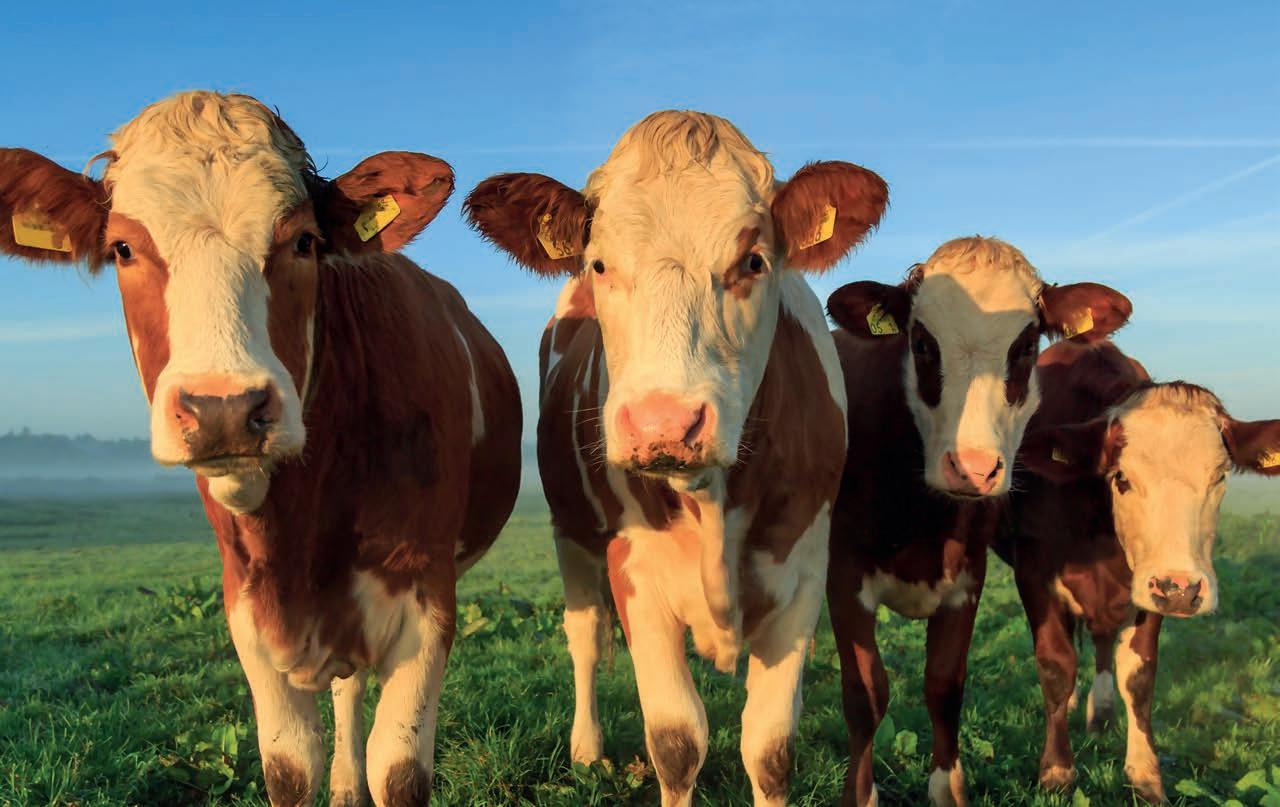
• Gutworms, particularly Ostertagia
• Lungworms
• Fluke • Lice.
Mr Biggs says the main diagnostics tests farmers can use to help identify the parasite risk and the need for treatment include:
• Faecal egg count (FEC) tests –Commonly performed on pooled samples from 6–10 animals. FEC helps farmers identify and monitor parasite burdens in their stock, however, disease can occur before eggs are passed in the faeces (pre-patent infection), which is common in lungworm. FEC tests are also not as sensitive for uke

• Liver uke ELISA antibody blood test – Useful in springborn calves before housing and indicates immune exposure and, therefore, presence of active uke infection on your farm. However,


older cattle may well have historic antibodies circulating but this does not indicate they are immune

• Fluke coproantigen ELISA faecal testing – Can detect the presence of uke a few weeks before uke egg counts, but might not be useful if uke burdens are low

• Post-mortem feedback –Because uke can be di cult to detect and can survive in cattle and sheep for some considerable time, slaughterhouse or postmortem reports can also give useful feedback.
Mr Biggs added: "It's best to discuss which tests to use with your vet so you can develop a bespoke worm and uke control strategy and only use the most appropriate products, if needed, at the most appropriate time for your farm. This should be based on the risks identi ed by the diagnostic tests throughout the season.


Should worms be detected, housing is an opportune time to treat animals, said vet Ally Ward from Zoetis.
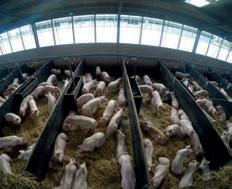
"At housing, you bring animals together and place them in close proximity with shared airspace, which aids disease transmission. It can also be a stressful time due to the change in housing, diet and mixing of groups.
"If you think about managing parasites now and conducting tests to identify the risk, it will ease the pressure on stock at housing and help ensure they are as productive as they can be," she added.
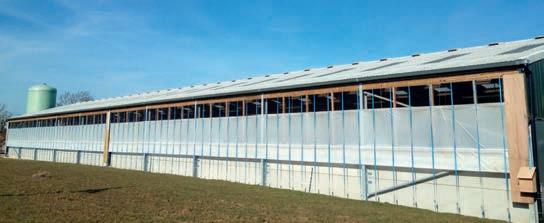
parasites now and conducting tests
immunity hasn't had time though the weather for many
Any animal that has had a grazing season is at risk of carrying worms, particularly rst-season grazing animals whose immunity hasn't had time to build up. And even though the weather for many parts of the UK has been dry, the parasite risk is still there, according to reports from the Zoetis Parasite Watch Scheme.
Mrs Ward advises farmers to be aware of lungworm if rst-season grazing cattle are not vaccinated.
"With lungworm, the margins of error in terms of the number of parasites to cause an outbreak are much lower, and lungworm numbers can suddenly explode, especially in warm wet autumn weather, resulting in severe disease outbreaks.
"If parasites are detected in your beef cattle, your animal health advisor will be able to give you the best advice on which products to choose; Cydectin TriclaMox Pour-On is one option. It contains moxidectin and triclabendazole in a convenient rain-fast pour-on formulation. The moxidectin will treat stomach worms, lungworm and control chewing and sucking lice. The triclabendazole gives a good spectrum of activity against late immature and adult uke," said Mrs Ward. FG
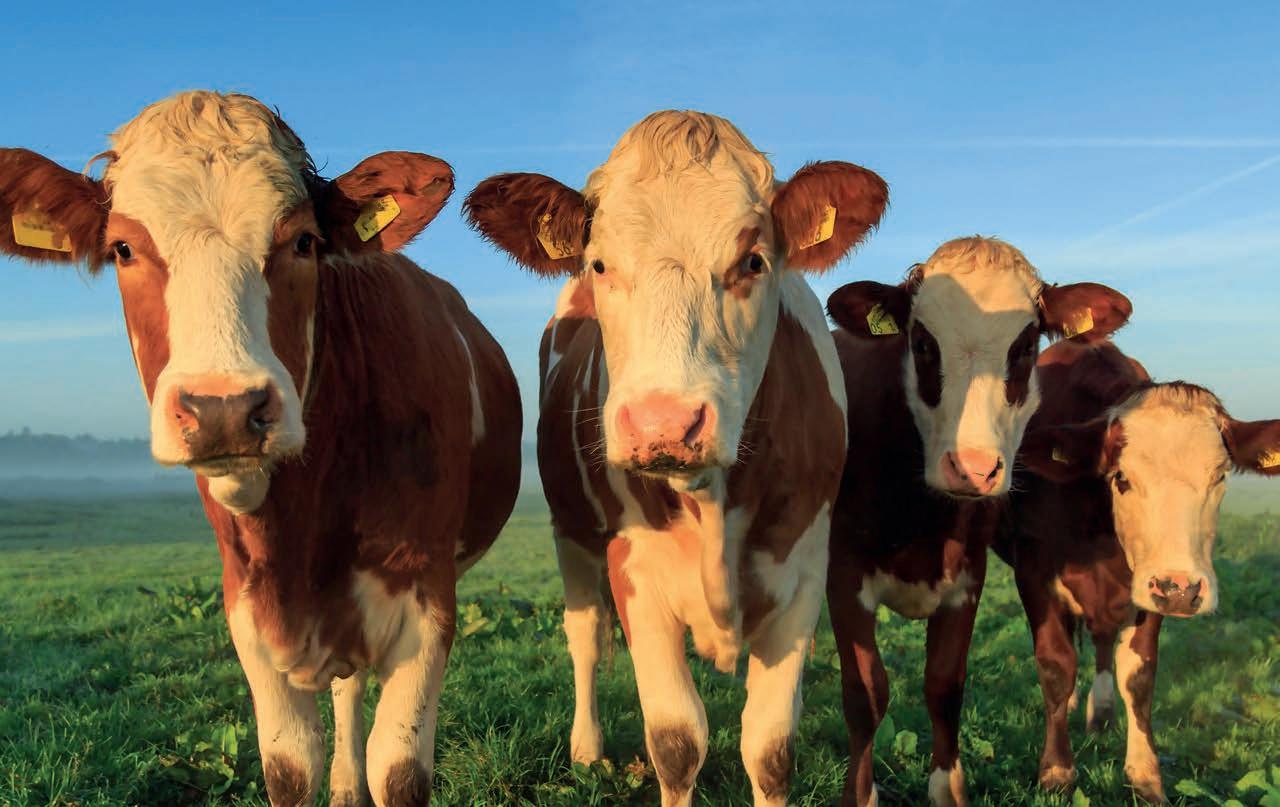
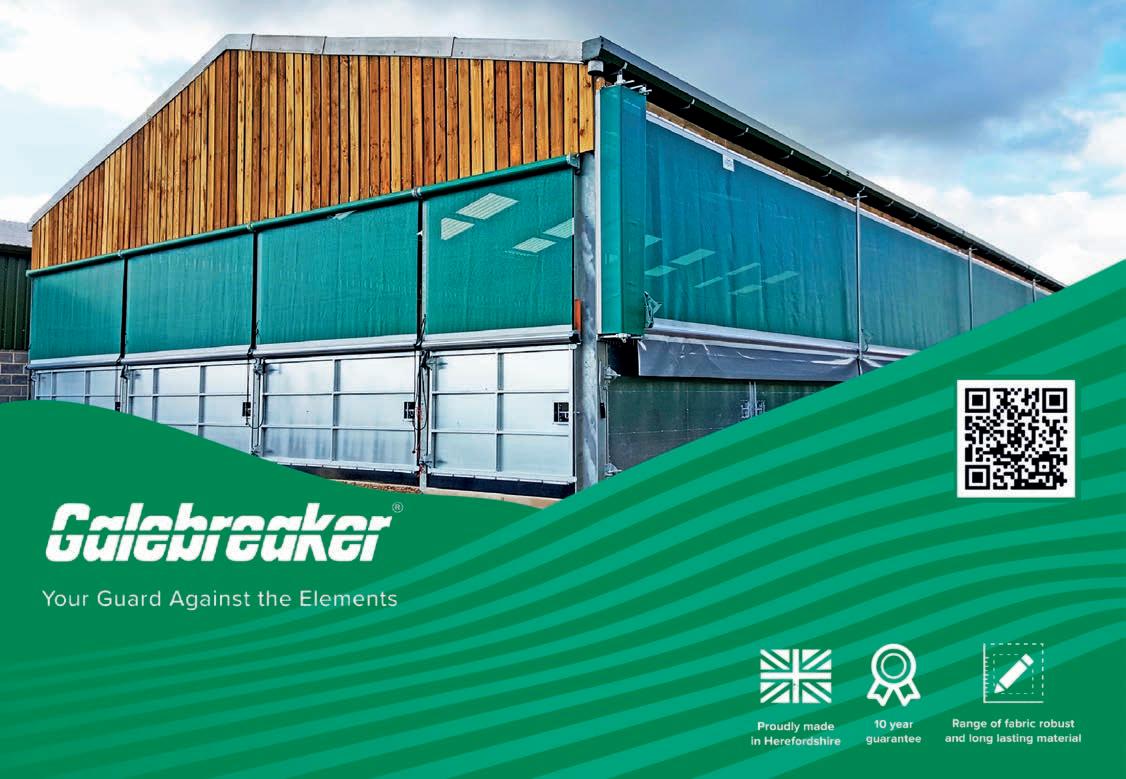


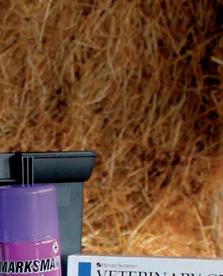

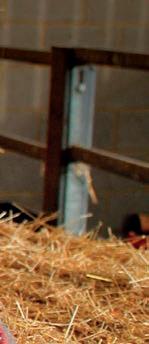
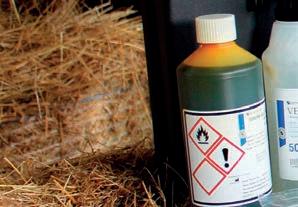

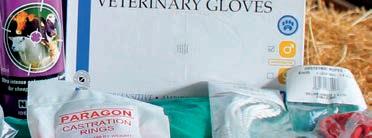




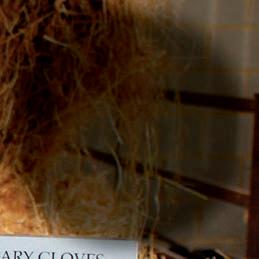

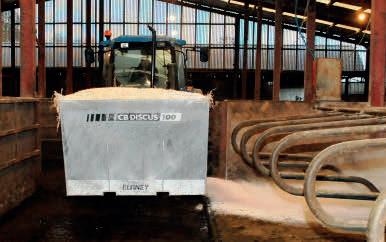

As we approach winter housing, youngstock in particular are often housed in multipurpose sheds, and the conditions inside may not encourage optimal health and growth rates.
Matt Sellers, southern sales manager at Galebreaker, frequently speaks to farmers who are proactively managing their housing environment for livestock or are looking to optimise housing ventilation. When preparing housed accommodation, the focus should be on animal health and welfare to maximise margins, he says. “If calves fail to meet growth targets, rearing times will extend, adding unwelcome feed costs at a time where input prices are only going one way.”
There are many factors to take into consideration when housing youngstock for winter, including su cient ventilation for the stocking density, windchill risk and much more.
“In a housed environment, a constant supply of fresh air is essential in preventing disease and improving productivity. Adequate ventilation removes stale, humid air which helps to ensure viruses and bacteria cannot survive for long outside the animal.”
When improving ventilation in livestock sheds, several options are available. Depending on the space, the energy e ciency of mechanical ventilation solutions is becoming ever more important, especially with increasing input costs.

“Ideally, there should be 6-8 full air exchanges per hour, enabling youngstock to be continuously breathing fresh air,” says Mr Sellers. “Fully enclosed buildings require some form of mechanical ventilation to be adequately ventilated.”
Even in cold weather a good supply of fresh air is essential; but the air ow should be above the level of calves to avoid a draught, which would reduce performance. “Most livestock vets can o er support with assessing calf housing to understand whether the conditions will promote good respiratory health,” he concludes.
At Canon Winder Farm in Cumbria, Jonathan Philipson houses youngstock all-year-round
For farmers feeding round baled silage, who are looking for ways to save time in daily labour-intensive chores, Blaney says it o ers a range of solutions, all designed and made in the UK.
The Forager X10 bale unroller saves hours of daily labour and reduces bale waste by around 20%, Blaney reckons. The X10L is a loader/ telehandler version of the bale unroller, meaning high-stacked bales are no longer a problem and silage can be fed along passageways, into feeders or used to unroll into mixer wagons. For those with troughs or barriers to feed over, the X10W with extension sides gets silage into hardto-reach areas.
The Bale Feeder X6, meanwhile
is “ideal for those on a budget”.
Blaney bale unrollers are able to lift, load and feed, all from the comfort of the cab. It o ers a fast, e ective solution for feeding out round bales, reducing the need for manual forking, Blaney says.
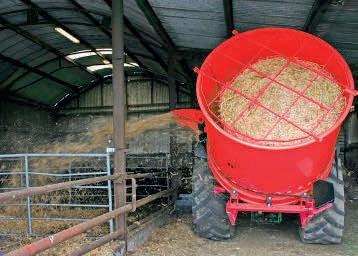
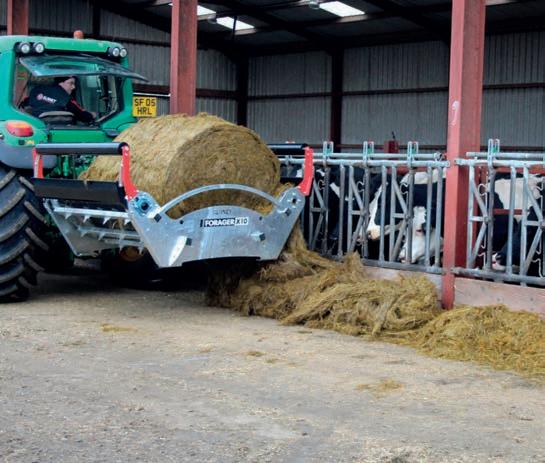

If you prefer to process bales, the Blaney Agri Bale Shredder has been designed to save time and money involved in feeding and bedding livestock. The large diameter rotor can shred a bale in as little as 2.5 minutes, making it the fastest round bale shredder available for silage, Blaney reckons. Models are available for feeding and bedding, or both.
Contact Blaney Agri to nd your nearest dealer or visit www.blaneyagri.com FG

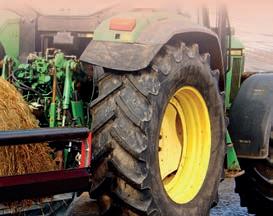
and decided to install a VentTube Fresh system within his shed. “It was becoming more frequent that I was treating calves from very mild to severe symptoms of pneumonia, so I wanted to improve the ventilation to help reduce antibiotic use and performance implication, caused by disease,” Mr Philipson explains.
He was aware of the knock-on e ect pneumonia-based issues were having on his calves and his vet recommended looking at the air ventilation system. “Having installed a VentTube Fresh system with the support of Galebreaker, the air feels cleaner, creating a better atmosphere and environment resulting in happier calves,” explains Mr Philipson.
Smoke bomb tests are commonly used when assessing ventilation. The tests highlight air movement within livestock housing and help identify ventilation problems. “Since conducting smoke tests we have found that creation of natural air ow has happened post installation.
“It’s made treating calves for respiratory disease non-existent; they are doing really well – growing a lot better and productivity isn’t declining. The calves are now growing over 1.1kg/day compared to 0.9kg pre-installation.”
He concludes: “Taking these vital steps to protect calves from the cold, and ensuring they are warm and dry will reduce the risk of disease and help to maintain the growth rates, which are vital for their long-term performance and pro tability on-farm.” FG
Johne’s Disease is a ‘silent killer’ known to be present on 64% of farms tested*. Many of these farmers were unaware their flock was infected. You may have those sheep that just don’t do well, even though their teeth seem perfect and they are not lame. The affected animals literally waste away. These are signs that you may have Johne’s Disease in your flock. Lambs may have been infected at birth but Johne’s Disease


not show noticeable
infection
a one shot vaccine against
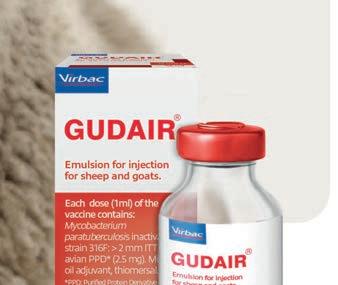
shown to reduce

clinical



Research has shown clinical ovine Johne’s disease can cause a 46% reduction in overall productivity. Livestock technical veterinary advisor for Virbac, Kate Ingram, o ers advice on prevention.

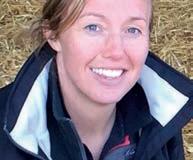
Ovine Johne’s Disease (OJD) is classi ed as one of the ‘iceberg diseases’, a term used to describe diseases that are often slow to develop, with more animals within the ock harbouring disease than those showing signs.1 Of the iceberg diseases, OJD is the most commonly diagnosed and the proportion of UK ocks infected is likely to be high – a 2018 study screening for evidence of infection found that 64% of ocks tested were positive for Mycobacterium avium subspecies paratuberculosis (MAP), the bacteria that causes OJD2.
Infected sheep can shed millions of MAP bacteria in their faeces and act as a source of infection to lambs and contaminate the environment. It is estimated that for every sheep with clinical disease there are 10–15 others sub-clinically a ected in the ock – the ‘tip of the iceberg’. MAP is picked up by lambs in the rst months of life, generally via the faeco-oral route but then lies dormant for a number of years before causing clinical, or visible disease.
The MAP bacteria cause chronic in ammation of the intestine with reduces absorption of nutrients, leading to progressive weight loss and can impact eece quality and fertility, with clinical signs commonly seen in middle-aged (3–4-yearold) sheep.
At a ock level, signs of OJD include increased culling rates, reduced production gures and a lack of response to worm and uke treatments. It has a signi cant impact on the pro tability of ocks due to:
• Shorter productive life of ewes – sheep can die from two years of age

• Higher replacement costs
• Reduced lambing %, rearing % and nishing %
• Reduced cull ewe value
• Increased feed and medicine costs
• Loss of valuable bloodlines.
One study showed an overall reduction in productivity of 46% due to clinical Johne’s disease

causing signi cant losses in liveweight, number of lambs born and in the lifetime production of ewes3.
There are a number of options available for testing for OJD including blood tests, faecal tests and post-mortem examination. Due to the nature of the disease, it can be challenging to identify infected animals. It is not until the bacteria starts to stimulate an immune response in the sheep and/or the bacteria starts to be shed by the sheep that tests will return positive results, meaning infected sheep may test negative for a number of years in the early stages of the disease, while the bacteria lie dormant. It’s important therefore for farmers to work closely with their vets to ensure the correct animals and correct tests are chosen, particularly when screening ocks, to maximise the chances of identifying infection.
There is no treatment for Johne’s disease, so farmers need to focus on management to control the disease and reduce the transmission within the ock. Protocols such as lambing high-risk shedding ewes (older and thinner) away from the younger breeding ewes in separate pens or separate lambing elds, should be feasible for most enterprises4. As bacteria are spread via faeces, good hygiene at lambing and not spreading manure or slurry onto grazing may also help reduce transmission.
Fortunately, there is also a vaccine available which can signi cantly reduce the impact of OJD and alongside management changes, help e ectively control the disease in a ock. Sheep are vaccinated once in their lifetime, between four weeks and six months of age. Although vaccination does not eliminate disease from an infected sheep or guarantee that a lamb will not get infected, it has been shown to reduce mortality rates due to OJD in infected ocks by up to 90%, reduce clinical disease and prolong the productive life of ewes within the ock.
Importantly it also signi cantly reduces the risk of transmission of the bacteria by delaying the onset of shedding by infected sheep and reducing the amount of MAP shed by up to 90%5, helping to reduce the risk of the spread of MAP into the next generation born onto the farm.

For ocks buying in stock there is also a risk of infection from incoming animals and so it is important that farms work with their vets to put protocols in place to minimise the risk, such as quarantine and vaccination. The proportion of ocks testing for OJD is currently low in the UK, however as awareness grows across the industry it is hoped that more ocks will test and so know their OJD status, allowing purchasers to buy from low risk or vaccinated ocks to minimise their risk of buying in infected animals.
The sheep industry is increasingly focused on control of the iceberg diseases, with ongoing research into the disease and its economic impact, and programmes aimed at increasing awareness. The government’s recently launched Animal Health and Welfare Pathway represents an opportunity for farmers to access support in tackling this disease. The pathway, a partnership between farmers, vets and the wider industry, is looking to ‘push forward and support the gradual and continual improvement in farm animal health and welfare’6, with iceberg diseases listed among the priorities for the sheep sector.
FG
References: 1. Iceberg Diseases Factsheet. Stoc+ Project. Meat Promotion Wales. 2. Davies, P. (2018) ‘Iceberg’ infectious disease of sheep. SHAWG conference, Tamworth. 3. Morris, C. A., Hickey, S. M. & Henderson, H. V. (2006). The e ect of Johne's disease on production traits in Romney, Merino and Merino x Romney-cross ewes. New Zealand Veterinary Journal. 54(5):204-209. 4. AHDB Iceberg Diseases of Sheep Technical Manual. 5. Reddacli e, L. (2005). Field evaluation of OJD control using Gudair. Meat & Livestock Australia. 6. https://www.gov.uk/government/ publications/animal-health-and-welfare-pathway/animal-healthand-welfare-pathway (accessed 23rd September 2022).


Police o cer-turned-sheep farmer and YouTube star, Cammy Wilson, says Flockwatch has allowed him to manage his ock more e ectively and save hours on farm paperwork.

Cammy, better known as The Sheep Game, runs a 1,000-head sheep farm on approximately 1,000 acres in the South West of Scotland in Ayrshire. He served 12 years as a police o cer before deciding to concentrate full time on farming. Since its launch, his YouTube channel The Sheep Game has garnered more than 179,000 followers and 70 million views.
At the start of the year, he went in search of a farm management app to help improve his
farming practices and happened to come across the Flockwatch app from farm management company Herdwatch.
"I have been using Flockwatch now for about six months,” he explains. “It was coming to lambing time and we were looking for a software app to use to start moving forward and start doing things a bit better.
"The Flockwatch app is essentially an all-in-one data software app that I can input

movements, individual sheep records and notes; I can register lambs against any particular sheep and do all of our medicine records. Anything you can think of recording for your sheep, you can do it on Flockwatch."
Before Flockwatch, Cammy was taking photos of ear tags, medicine bottles or writing notes in his phone. "We had great intentions to go home that night and update it but that rarely happened. It would usually be a month down the line back tracking through photos, it was just quite a farce!
"If I see a sheep with mastitis and I catch her out in the eld, I give her an injection and look at the last four digits of her ear tag, type it into Flockwatch and the app brings that sheep up so I can record she's had that jab there and then out in the eld.
"Probably my favourite feature of the app is the ability to do my movements o the farm and record prices of animals sold, so if I'm doing a movement o to market, it has a box where I can input the price those lambs were sold for, and I can refer back to that.”
He added: "I would absolutely recommend Flockwatch to other farmers, the key thing being the simplicity of the app. You don't have to go into some six-week training programme to master it. It almost seems super expensive and well developed because of its simplicity.
"It is a fantastic product to use, super simple and actually in some weird way, for us farmers it's quite enjoyable."

Download the free Flockwatch App from the App Store or Google Play, to join Cammy and over 17,000 other farmers using Flockwatch and Herdwatch to simplify their farm management. FG










































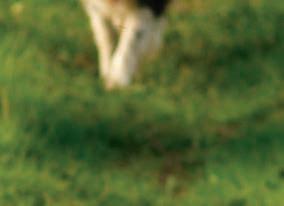











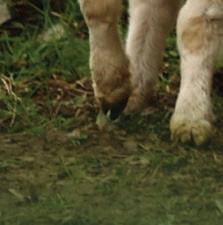

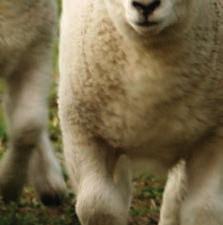
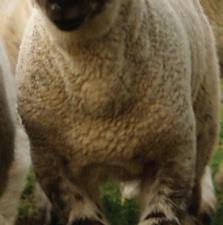

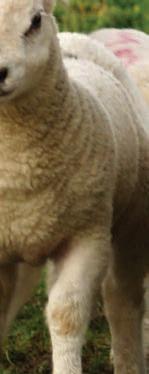

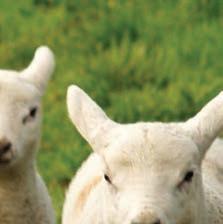





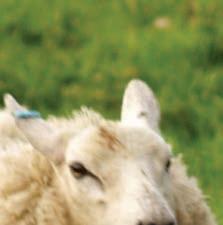







As the rst bovine respiratory disease vaccine is licensed for use in newborn calves, MSD Animal Health livestock veterinary adviser, Dr Kat Baxter-Smith, explains the importance of providing earlier protection.
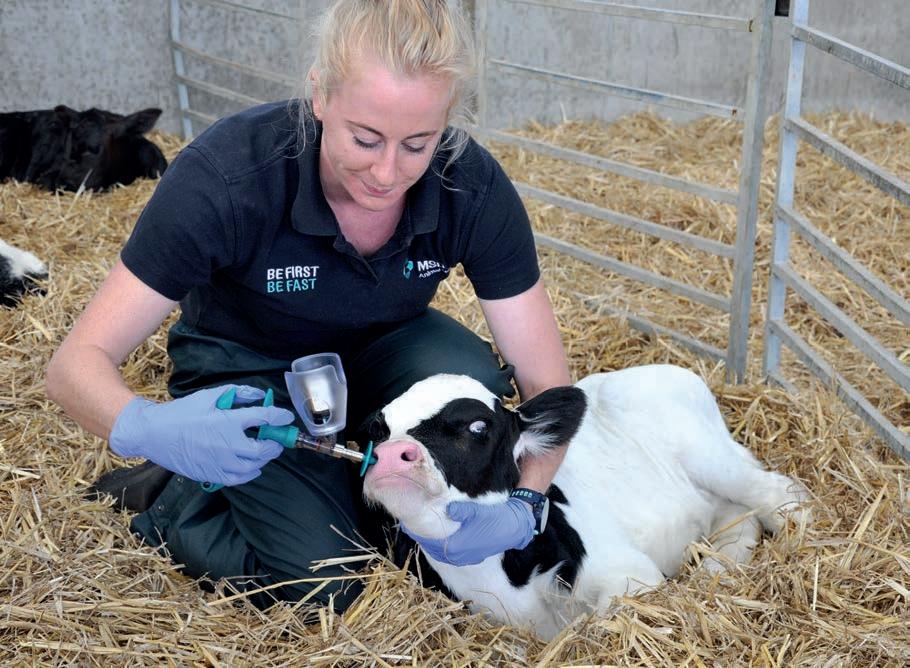
MSD’s Bovilis INtranasal RSP Live vaccine is now licensed for use in calves from the day of birth onwards for active immunisation against bovine respiratory disease (BRD) caused by bovine respiratory syncytial virus (BRSV) and parain uenza virus 3 (Pi3).


No other UK-licensed BRD vaccine can be administered earlier in life. This is a signi cant bene t because the sooner vulnerable young calves can be protected from viral BRD and the damage it causes the better, MSD says.

According to Dr Baxter-Smith, Bovilis INtranasal RSP Live delivers the fastest on-farm protection of all the available pneumonia vaccines, with an onset of immunity after administration for BRSV of just six days (for calves vaccinated from the day of birth onwards) and ve days (for calves vaccinated from the age of one week onwards). Onset of immunity after administration for Pi3V is one week after vaccination. The duration of immunity is 12 weeks for both viruses.
“Early and fast protection against pneumonia is important: for example, replacement heifers that do not have pneumonia as calves produce over 500kg more milk in their rst lactation1. Beef cattle growth rates can also be compromised following calf pneumonia problems, with animals losing 202g per day because of disease-induced lung damage2. For a beef unit looking to nish cattle at 600kg in 18 months this could mean a four-month delay in reaching the target market weight2,” she says.
Over the autumn, vets have been urging clients to review their pneumonia vaccination protocols well before the peak disease months this winter.
“This is because the need for more e ective disease prevention practices was brought into even sharper focus with the publication of new livestock vaccination guidelines by NOAH in May 2022. Vaccination against BRD in cattle is now designated a Category One, high priority vaccination. This means
herds should be vaccinated against BRD as a default unless there is a clear reason why not. In addition, the Ruminant Health & Welfare Group (RH&W) is now highlighting BRD as one of the top four conditions negatively impacting on farm methane emissions” says Dr BaxterSmith.
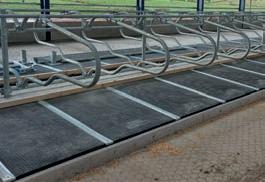
“As vets we also now have stronger guidelines on which antibiotics we can and can’t prescribe for treating calf pneumonia – and it also means we will all have to follow stricter administration and recording
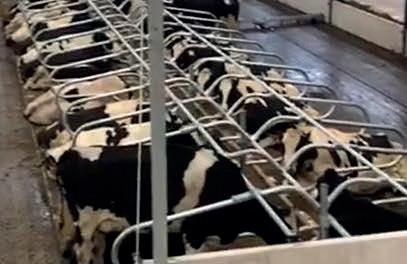
protocols when it comes to selecting and using these valuable disease treatments. Far better all round to try and avoid having to use an antibiotic treatment in the rst place by ensuring your immunity-led disease management plan is as thorough as it can be. And early life vaccination of your calves against pneumonia can help you take control when so often you are in re- ghting mode and relying purely on restricted antibiotic treatments,” she says.
The Bovilis INtranasal RSP Live vaccine also has signi cant practical usage bene ts in that it can now be used on farm at the same time as other early life interventions associated with newborn calves – for example, colostrum/ rst milk feeding, navel management, tagging, jacketing and necessary pen movements.
Additionally, Bovilis INtranasal RSP Live can be used up to six hours after mixing with the solvent, which is the longest of all the available intranasal vaccines for these pathogens. It is supplied as a farmfriendly, easy-to administer nasal suspension product that doesn’t need a speci c applicator – although for maximum exibility an easy-clean injector and nozzle kit is available for vaccinating multiple animals.

The Bovilis INtranasal RSP Live dose rate is 2ml (1ml in each nostril) and the product is available in 5x1 dose, 5 dose and 5x5 dose packs. FG
References: 1. T R Dunn, T L Ollivet, D L Renaud, K E Leslie, S J LeBlanc, T F Du eld, D F Kelton. The e ect of lung consolidation, as determined by ultrasonography, on rst lactation milk production in Holstein dairy calves. Journal of Dairy Science, Volume 101, Issue 6, 2018, Pages 5404-5410. 2. Williams P & Green L (2007) Associations between lung lesions and grade and estimated daily live weight gain in bull beef at slaughter. Cattle Practice, Vol.15 (No.3). pp. 244-249.



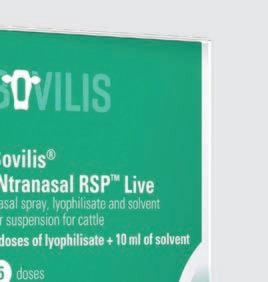



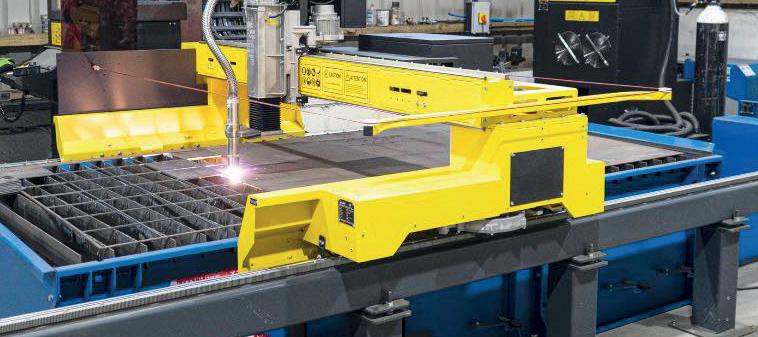

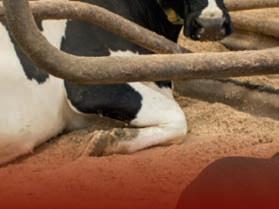



It’s well-known that respiratory disorders such as IBR, estimated to be present in 70% of UK dairy herds, are more likely to happen at periods of stress or mixing1. Dr Baldry explains how stressors such as movement, alongside environment, diet and social group changes can all compromise how well a cow’s
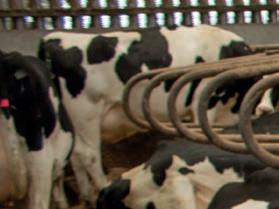
immune system is able to fend o respiratory pathogens.
“When herds are housed, there’s also more enclosed air space and relatively higher stocking densities are experienced,” she says. “This means there’s a greater risk of respiratory pathogens spreading between animals during this time, which
could result in an outbreak a ecting multiple cows.”
An IBR outbreak would carry severe implications for herd health, welfare and productivity. Statistics show that milk drop as a result of IBR infection is estimated to cost £200/ cow/year in lost income2.
“Once a cow is infected with IBR, the virus establishes a lifelong latent infection. When this is reactivated at times of stress, such as housing or calving, the ‘carrier cow’ will be spreading IBR to her herdmates, causing further issues such as reduced fertility or milk yields. So preventing IBR infection in the rst instance is a really valuable investment for farmers.”
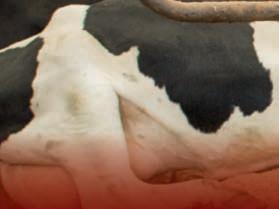
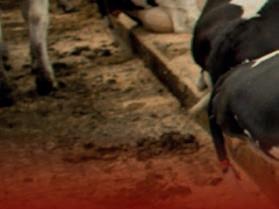
Discuss IBR control with your vet: The best IBR prevention strategies provide defence against the major pathogens present on your farm. These should be established within a bespoke herd health plan agreed with your vet.
“If any farmers haven’t yet discussed the threat of IBR with their vet this season, I’d recommend setting up a farm visit as soon as possible to examine and address the highest risk areas,” Dr Baldry says.
“A vet’s not going to be aware of issues unless you can help ll in the blanks, so it’s really important to give them the full picture on-farm.
“Then, you can work on putting practical and realistic measures in place to help protect herds against respiratory disease throughout the housing period.”
Check ventilation in your sheds: It’s really important to make sure there is good air ow in your sheds

– something your vet can help with. “If there are stagnant pockets with no air ow within your shed, this indicates poor ventilation, which means moisture and heat is more likely to accumulate. This creates an optimal environment for bacteria growth which can cause respiratory problems in your cows.
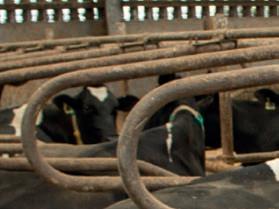
“Working with your vet, you can check air ow quality by doing a test with smoke pellets,” she recommends.
“Older cattle should warm the air so that the smoke rises and passes out of the top of the building, drawing fresh air in through the sides – known as the ‘stack e ect’. If not, it’s a good indication of where housing improvements could be made to help prevent respiratory outbreaks.”

Invest in vaccinating your herd against IBR: Dr Baldry emphasises that it’s always more cost e ective to focus on preventing disease rather than treating an outbreak. With IBR costing the farming industry up to £36 million in total each year3, she highlights vaccination as an important preventative measure for farmers, in addition to e ective ventilation and biosecurity measures.

“By preventing the virus taking hold in the rst instance, IBR vaccination reduces the likelihood of naive animals becoming ill and spreading the disease by shedding the virus.
“It’s best to implement a whole herd approach, starting with youngstock IBR vaccination. Farmers can help protect cattle from three months of age with a single dose primary course of Bovilis IBR Marker Live. This should be followed by a booster six months later, and an annual booster dose every 12 months thereafter, using a single dose of either Bovilis IBR Marker Live or Bovilis IBR Marker Inac.

“Working closely with your vet to implement a well-rounded IBR control programme will help promote the health and welfare of your animals, and if you’ve got healthy cows then you’re maximising the productivity of your herd,” Dr Baldry adds. FG
Nettleton, P. and Russell, G. Update on infectious bovine rhinotracheitis. In Practice, 39, 255–272 (2017).
Statham, J. M. E., Randall, L. V. and Archer, S.
Reduction in daily milk yield associated with subclinical bovine herpesvirus 1 infection. Vet. Rec. 177:339–342 (2015).
3 Bennett, R. and Ijpelaar, J. 2003. Economic assessment of livestock diseases in Great Britain.

report to DEFRA; ZZ0102. University of Reading.





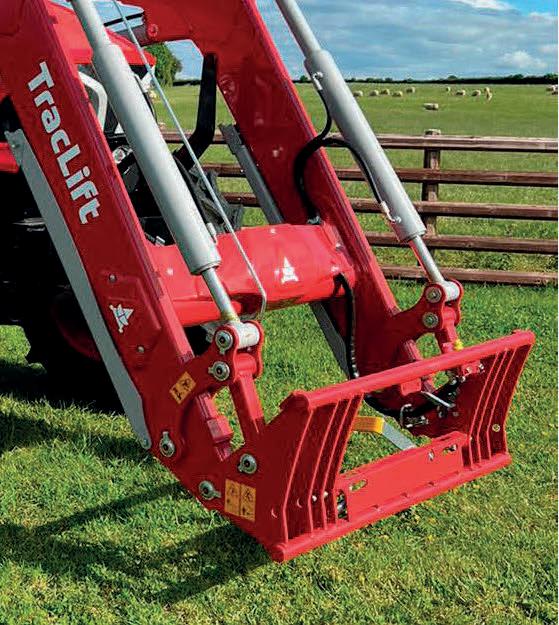
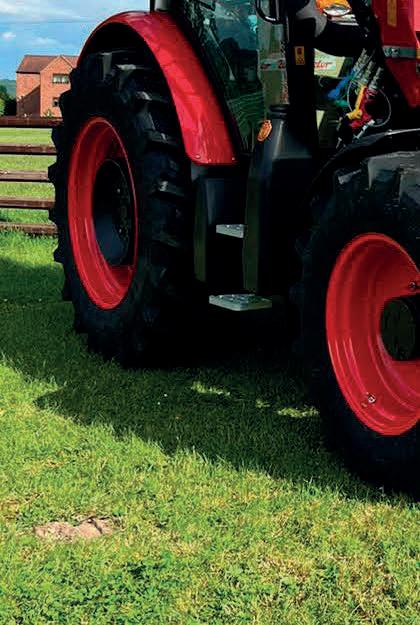

it
Finance



Improving air quality through Hydor’s Tube Ventilation System



signi cantly lower the risks of pneumonia, as well as vet bills this winter, Hydor explains.
Calf rearers, as well as dairy and cattle farmers, are once again facing one of their biggest annual challenges: pneumonia. For farmers, managing the disease amongst their herd can have a huge financial impact, as antibiotics, anti-inflammatories and unexpected vet bills impact the bottom line. As well as this, if calves and cattle get sick, it can stunt growth and affect yields and animal wellbeing.
A signi cant contributor to calf pneumonia is cold weather and poor ventilation, as units with cold, stagnant and stale air retain bacteria


and viruses. To prevent this, Hydor is urging farmers to install tube ventilation systems where air could be left to stagnate.
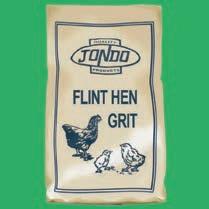
Hydor says its tube ventilation system can improve the quality of air within farm buildings by providing a continual air ow to allow fresh air to enter the shed. Causes of respiratory infection, such as condensation and damp, are eliminated quickly and e ectively as foul air is diluted. Meanwhile, the system can be designed so fresh air circulates above the animals, avoiding causing a chill, which is particularly important for good calf health.
Easy to install and with low running costs, all Hydor products are UK manufactured. For more information, visit https://hydor.co.uk/ product/tube-ventilation-system/ FG
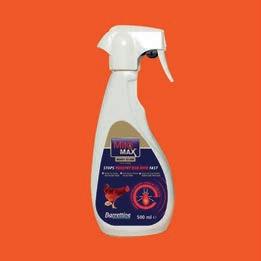


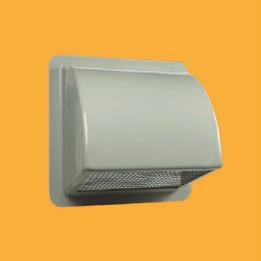
Looking back at the 2022 season, which left many producers facing silage shortfalls, Volac silage expert Ken Stroud shares some key lessons learned and top tips for 2023. The 2022 season underlined important lessons, says Volac silage expert, Ken Stroud. Firstly, seizing every opportunity to produce enough, good quality silage is essential; and secondly, when it comes to the weather, expect the unexpected.

“After a season like 2022, which left many producers facing silage shortfalls because of the drought, it’s a good time to reappraise your silage-making.
“Do you need to make more silage next season? Do you need to invest in new machinery? Or do you need to make other changes – for example better protecting your silage against losses with a proven additive?”



Looking back at 2022, Ken says good growing conditions early on

meant there was plenty of grass initially, but those bulky crops were di cult to wilt and had lots of dead grass in the sward base. Where crops were cut earlier, before this excessive bulking, not only did this mean some rst-cut silage was safely ‘banked’, but cutting younger also encouraged better grass quality, plus better regrowth for the next cut, says Ken, potentially increasing the overall yield from those rst cuts before the drought had hit.
“In readiness for 2023, start by calculating how much silage you’ll need for next winter,” he continues. “To make more silage or better quality, consider reseeding. Remember also that using a quality silage additive serves two purposes.
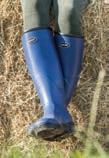
By improving the fermentation, it reduces dry matter (DM) losses, but



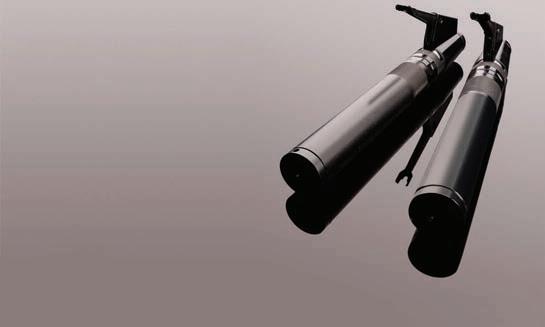

it also leads to better preservation of silage quality.”


Pointing to the scienti callyproven additive, Ecosyl, Ken says this applies a million bene cial

Lactobacillus plantarum MTD/1 bacteria per gram of grass treated.


MTD/1 is important because it is highly e cient at fermentation, he explains. FG

In feeding trials, cows fed a range of forages preserved with Ecosyl yielded on average 1.2 litres more milk/cow/day, explains Ken.
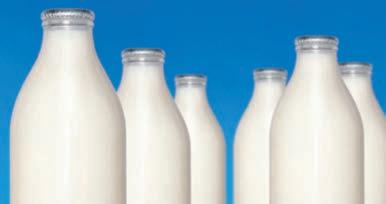



Diets required to support high-yielding dairy cows are high in starch and low in bre, increasing the risk of subacute ruminal acidosis (SARA).
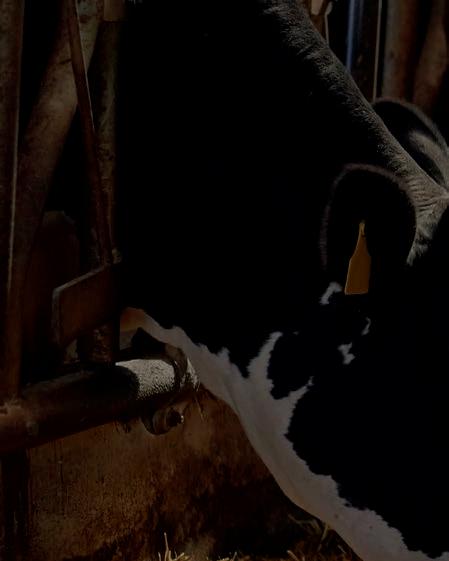

OmyaFeed® C MgO is a highly reactive, palatable feed material made from micronized ground calcium carbonate and MgO, which buffers rumen acidosis and provides a readily available source of calcium and magnesium nutrition.



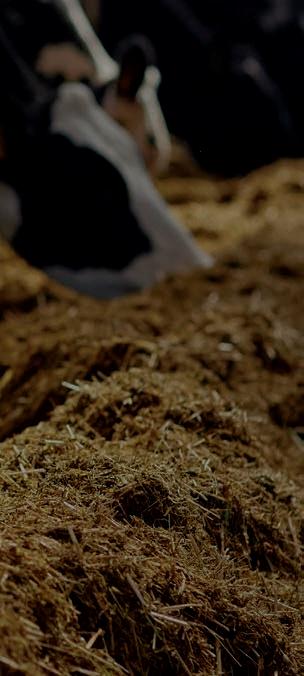



OmyaFeed C MgO can be used as a preventive or curative solution, correcting acidosis quickly and maintaining optimal pH for longer than sodium bicarbonates. Just 130g of OmyaFeed C MgO per cow per day is required for effective rumen health, compared with more than double the amount of sodium bicarbonate/calcium carbonate mix.
This saves money and creates space in the rations for further feed materials. OmyaFeed C MgO is very cost effective at just 7p/cow/day.
For more information, contact David Bonsall on 07773 180664 or email david.bonsall@omya.com.
This year’s UK Dairy Day attracted over 8,000 visitors, 280 dairy speci c trade stands across internal and external exhibition areas, and 160 dairy cattle in the multi-breed show.

The event hosted the National Holstein, Ayrshire and Brown Swiss Shows along with classes for Dairy Shorthorn, Guernsey and Jersey cattle. The cattle show was live streamed and can also be watched again on UK Dairy Day’s YouTube channel. Adam Liddle, one of six cattle judges, who travelled from New York to judge the
National Holstein Show, said he was delighted by the calibre of animals in his nal line-up.
Sustainability formed the focus of industry panels during the day, with discussions on nance, employment, the dairy market and farm business. Practical demonstrations included foot trimming, blocking and knife sharpening; ‘beneath the black and white’ calf painting; and type classi cation and linear scoring demonstrations.
A fundraiser held during the event
raised over £3,800 for Brain Tumour Research, in honour of the late Holstein UK CEO and UK Dairy Day event director
Sue Cope. ‘Cycle for Sue’ started during the event build-up on 9th September and the team cycled two spin bikes from Land’s End and John O’Groats to UK Dairy Day and the return journey – a total of 1,743 miles.
compounders to alleviate this risk with a unique supplement that o ers three key bene ts to farmers.
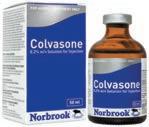


OmyaFeed C MgO is an advanced formulation feed supplement, made from high quality micronised ground calcium carbonate and magnesium oxide. Launched earlier this year, it o ers a three-in-one solution for dairy cattle: preventing or curing SARA, combating mineral de ciencies by providing highly bio-available calcium and magnesium, and saving money for farmers.
UK Dairy Day will return to The International Centre, Telford, on Wednesday 13th September 2023. FG
physiological processes in dairy cows, from bre degradation in the rumen to milk fat synthesis in the mammary tissue.
David Bonsall believes OmyaFeed C MgO is a game changer for many dairy farmers.

“This product is very e cient at maintaining optimal rumen pH and providing su cient mineral levels for cow health.







As high performing dairy herds face a high risk of developing sub-acute ruminal acidosis (SARA), Omya UK animal nutrition specialist David Bonsall explores a unique supplement that o ers three key bene ts to farmers.
Dairy farmers managing high performing herds have to balance the need for a high starch, low bre diet with the health and welfare implications of feeding more concentrates. The rapid

fermentation of starch and sugar creates faster acid production in the rumen, which lowers the pH and a ects microbial activity, leading to a high risk of SARA. David Bonsall has been working with farmers and feed
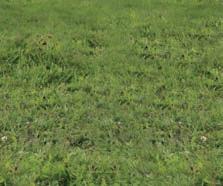
The impact of SARA on a dairy herd can be catastrophic,” says Mr Bonsall. “Most farmers manage rumen pH with a supplement as part of the feed ration, but a requirement which is less well understood is the need for su cient calcium and magnesium. Because OmyaFeed is made from very nely ground pure calcium carbonate and magnesium oxide, the calcium and magnesium it contains are readily available to the cow.”
Calcium and magnesium are key minerals which are particularly important nutrients for dairy cows. There is around 1.2g of calcium in every litre of milk produced, so a continuous supply is essential for lactating cows. Magnesium is an essential nutrient for many

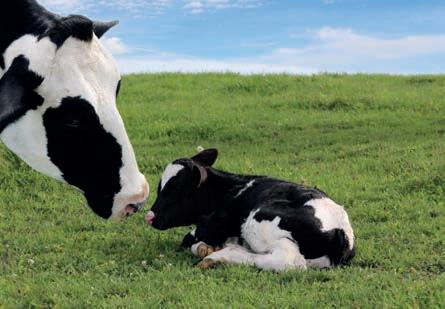
At the same time, it’s a low-cost product that only needs to be fed in low quantities, 130g per day, which is half the amount of other supplements. This creates space in the ration, saving money for farmers whilst protecting yield by minimising diet related issues. At only 7 pence per cow per day, OmyaFeed C MgO is much more cost e ective than the alternatives in common use.”
OmyaFeed C MgO is a low dust, compacted product that mixes easily in the ration without settling. It’s palatable for the cows and can be added to either concentrated feed or to silage. For more information about OmyaFeed C MgO and how it can protect productivity in the dairy herd, contact David Bonsall directly. FG



The Evans knight, which has represented Evans Vanodine through its many chapters since being established in 1919, has been a symbol of the company’s principle of ghting against, and protecting from, infection. From now on, it will bear a new look.


In 2019, Evans Vanodine achieved the impressive milestone of a century in business. Following this, the company felt it was the perfect time to reflect and forge a path forward for the next 100 years.
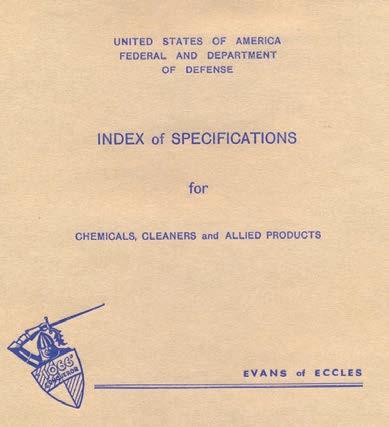
During this time of contemplation, Evans’ head office, based in Preston, underwent major refurbishments, including further investment in its three on-site laboratories, to become state-ofthe-art resources for research and product development, quality
control, and microbiological testing.


New mission and vision statements were then developed, to give purpose in the unprecedented climate of Covid-19, to keep its core values at the heart of Evans. Furthermore, the business’s di erent divisions were analysed to build upon their individual positive attributes; to develop a brand that encompasses all markets and to help navigate a new future for Evans.

Next, visual elements of the brand were addressed to modernise the Evans look – beginning with the logo, which has had a 21st century makeover. The Evans knight carries a legacy and heritage for the Evans family, signifying strength, commitment, protection and safety;

it is a symbol which could not be replaced. It has had many iterations over the years, from its early days advertising Evans ‘1066 Conqueror Toilet Blocks’, to a simple, single colour ‘Crusaders in Hygiene’ knight. Evans Vanodine has announced a new brand logo, with the shield and sword still proudly on show, as a sign of its dedication to helping customers, and safeguarding others from harmful pathogens and unclean surroundings.
Updates to its website, labels and packaging will follow, to provide greater clarity across its professional hygiene, agricultural and export divisions. Some changes will be rolled out over time, to minimise disruption to its processes, but, more importantly, to use up existing stocks and avoid unnecessary waste.

This brand refresh, along with its centenary changes and premises expansion, is a strong message to customers, the industry, and sta alike that Evans is here to stay and




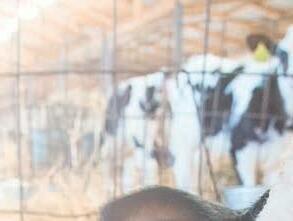


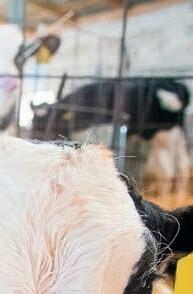
Coccidiosis and Cryptosporidium, both diarrhoea causing infections common in young calves, can be fatal and are hard to treat.
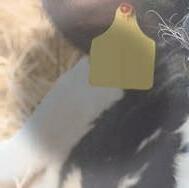
Evans Vanodine recommends using Target Powergel and GPC8 in your cleaning and disinfection programme and following our calf pen cleaning routine to help reduce cases This routine has been tried and tested and is shown to be e ective in destroying the oocysts which enable infections to spread.
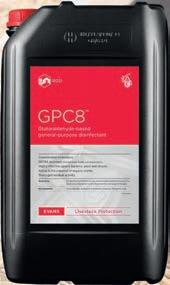
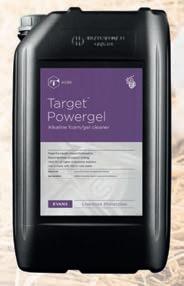
grow for the next 100 years, the company says. Evans will continue to evolve, looking to make a di erence within the industries it serves, accompanied by a renewed purpose that can support all stages of the supply chain, whilst maintaining its commitment to values be tting of its heritage, professionalism and expertise.
To nd out more about Evans Vanodine’s extensive range of professional hygiene, cleaning and disinfection products, visit www.evansvanodine.co.uk FG







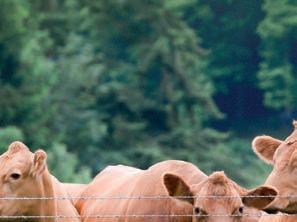



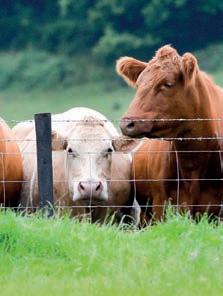




















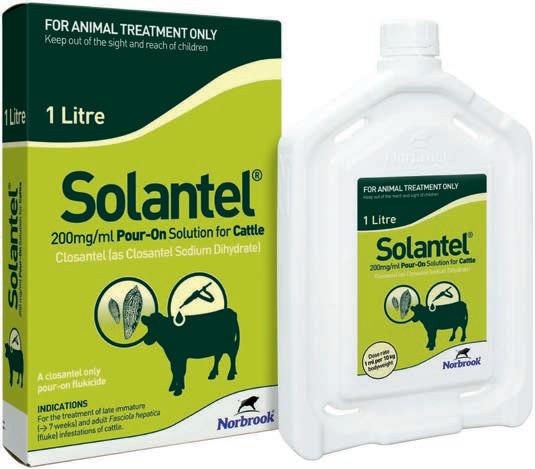






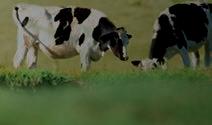






Early disease detection and overall improvement of herd health is a key success factor on any dairy farm. smaXtec says its intelligent system facilitates early detection and allows farmers to e ectively prevent losses and expenses caused by diseases. Bolus technology provides unique insights into herd health status at any time, easily accessible on a smartphone.


To help farmers get the most out of the system, smaXtec’s team of dedicated agricultural experts and vets are available to answer questions, and support farms in implementing the valuable insights and recommendations.
Milder, shorter disease progression, reduced antibiotics, and increased longevity and cow health, all help to increase performance, productivity and pro tability, smaXtec says.
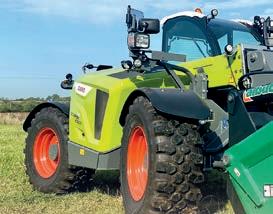
medication may be su cient. This is a




By measuring inner body temperature, drinking behaviour, rumination, and activity directly inside the cow’s reticulum, smaXtec provides health data with unrivalled accuracy, the company says. smaXtec early detection recognises diseases up to four days before external symptoms become visible, allowing treatment as early as possible, at which stage light medication may be su cient. This is a major bene t for both conventional and organic farms, smaXtec adds. Furthermore, smaXtec customers report reductions in antibiotic usage of up to 70% – reducing both treatment and follow-up costs.
Diseases such as mastitis, milk fever, pneumonia, lameness and more can be detected at a very early stage, the company claims.
The heat and calving detection.
The system also includes precise
Visit https:// smaxtec. com/en/ successstories/ to learn more.
FG
Attachment specialist Albutt Ltd has added smaller models of shear buckets to its existing range. The new models – aimed at machines with a 2–3 tonne lift capacity –come in 1,900mm and 2,200mm widths, with capacities of 1.00m3 and 1.15m3
Like their larger counterparts, the smaller models feature a Strenx high-tensile steel bucket, Hardox teeth, Hardox blades and high-capacity hydraulic cylinders. The bucket oor is also braced with Hardox tines – the same type used in Albutt’s best-selling shear grab range.
“The beauty of our shear bucket is in its versatility,” says
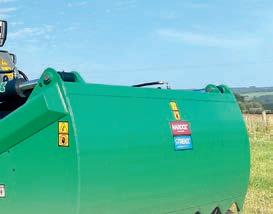
Albutt’s sales manager, Dan Cross. “Once attached, the shear bucket can load all materials into the customer’s diet feeder, from clamp silage to concentrates, with no need to change attachment. By having a bucket oor, there is also less spillage when handing materials such as maize and wholecrop silage.”
The Gloucestershire-based rm currently produces over 500 shear grabs per year and has reported strong sales of the shear bucket front since the rst ranges were launched in 2017. It currently exports products to over 1,200 dealerships, in 37 di erent countries around the world. FG




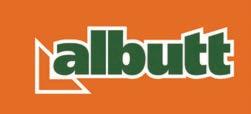









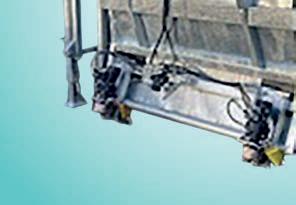


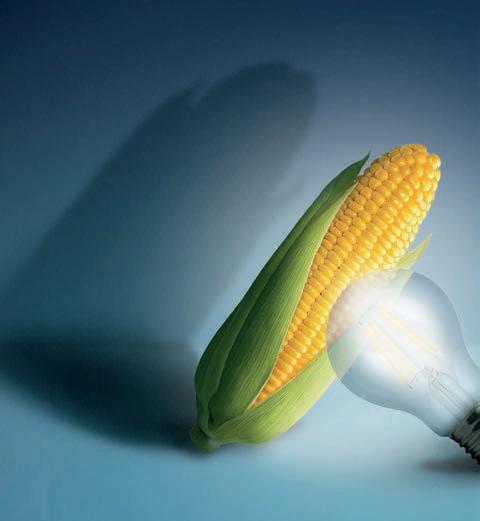

Forage maize crops and DL trials have faced signi cant challenges in recent years, a NIAB specialist said as the British Society of Plant Breeders published its Forage Maize Descriptive Lists this autumn.
Saxon and Dignity from Limagrain, alongside KWS Anastasio and KWS Pasco from KWS, are new entrants on the 2023 Favourable First Choice List. Debalto (KWS) and ES Myrdal (Grainseed) have been added to the Favourable Second Choice List. Dignity, Saxon and KWS Pasco also feature on the Less Favourable First Choice List, with Debalto added to the Less Favourable Second Choice List. Cranberri CS (Grainseed), Smoothi CS and Abrisse, both from Lidea France, have been added to the Very Favourable DL.
The Favourable DL uses trial data from sites with the longest potential growing season, with warmer spring soils for early establishment, while the Less Favourable DL shows the performance of varieties in shorter, cooler growing seasons. The Very Favourable DL is produced from speci c trials sites where breeders choose to test later
maturing varieties with highest yield potential, and suitable for producers growing to maximise yield as a feedstock for anaerobic digesters where sites have a long growing season and very favourable conditions.




Favourable sites DL: Of the new varieties, NIAB’s forage crop specialist Dr Ellie Sweetman (pictured) highlights Saxon as the highest yielding on the Favourable DL at 19.8t DM/ha, a metabolisable energy (ME) yield of 231 kMJ/ha and starch yield of 6.50t/ha, but with some susceptibility to eyespot so less suitable in damper growing conditions. “KWS Anastasio is the next highest yielder at 19.6t DM/ ha, an ME yield of 226 kMJ/ha and starch yield of 6.26t/ha with good standing power and eyespot resistance. And note KWS Pasco, which has the highest starch yield across the entire DL at 6.66t/ha, plus
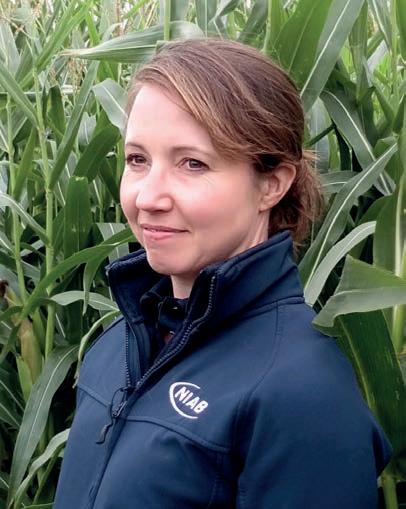
a yield of 19.3t DM/ ha, good standing power and eyespot resistance.”








Less Favourable sites: Of the Less Favourable DL varieties, KWS Pasco sits just behind Resolute with a yield of 19.0t DM/ha at 33.4% DM, starch at 34.6% and very good resistance to eyespot.
“Dignity and Saxon both yield well at 18.7 and 18.9t DM/ha respectively, and starch levels at 33.6% and 33.4%, but both have some susceptibility to eyespot. Dignity is the earlier maturing with 35.1% dry matter at time of harvest, Saxon at 34.0%. Both have good early vigour so would be suitable for good quality silage in more challenging growing conditions where fungicides are used to control eyespot.”
Very Favourable sites: Of the three varieties added to the Very Favourable DL, Smoothi CS is the highest yielding at 19.5t DM/ha with
a good ME yield, good early vigour and good standing power. Abrisse is the earlier maturing at 35.5% at harvest with a yield of 18.6t DM/ha. Cranberri CS achieved 19.2t DM/ha at 34.4% dry matter. The ME yield is an important factor for achieving high biogas yields.
The BSPB 2023 Forage Maize Descriptive Lists are available to download from the BSPB and NIAB websites. FG

This year’s maize crop performance has been “highly variable,” according to Andrew Cook of seed breeder, KWS. Many growers in low rainfall areas in the South of England have signi cant concerns about forage stocks, while further north, silage clamps are expected to see farms through the winter and beyond.

Despite its ups and downs, the 2022 season for maize is over for the majority and thoughts are already turning to varietal decisions for spring sowing. Mr Cook points to KWS Pasco as one of the stand-out varieties for next year. However, he warns that depressed yields across
Europe due to droughts have left maize seed likely to be in short supply and therefore orders for speci c varieties will need to be placed in good time. When selecting varieties for the coming season, it is recommended that decisions are based on the average conditions

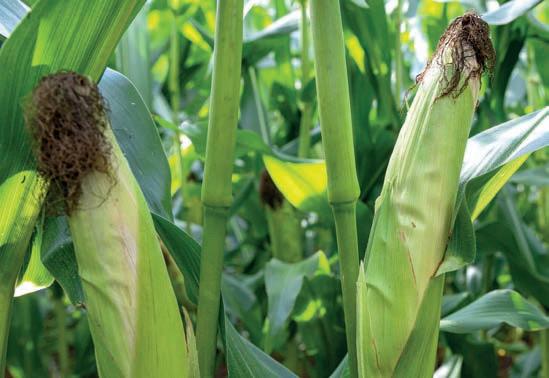
for individual farms and not on the extreme weather experienced over the past two years.




“KWS Pasco was added to the BSPB Forage Maize Descriptive List (DL) for 2023 as a rst choice variety for both favourable and less favourable sites,” says Mr Cook. “It has a tremendous dry matter yield potential of 19.3 tonnes/hectare. It has a balanced starch content of 35.5% and a high energy gure of 11.77 MJ/kg/DM; this makes it an ideal variety for high maize inclusion diets and it is useful for boosting ration energy density.
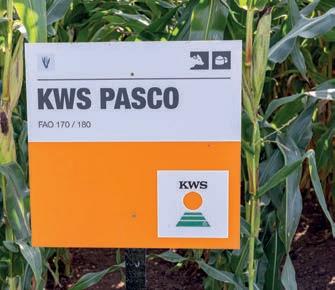
“KWS Pasco is an early/maincrop with an FAO, or maturity rating, of 170/180, a favourable lodging score and good eyespot resistance, as well as showing early vigour across all soil types. Another bene t of KWS Pasco is its suitability for corn cob mix; with livestock concentrate prices at an all-time high, CCM o ers a superb quality, home-grown feed option.”
Another notable high-starch variety is the maincrop KWS Anastasio (FAO 180/190), he says. It is also a new addition to the DL.

“KWS Anastasio has been given a starch content average of 32.0% and has an average yield of 19.6t/ha dry matter, with ME at 11.57MJ/kg/DM.
KWS Anastasio has strong standing power, a high score for eyespot resistance and early vigour on favourable sites. With its high grain yield starch content and excellent standing power, it is highly suitable for CCM, crimped or dried grain.”
Debalto (FAO 170) is also listed this year for the rst time. It o ers strong yield performance in its maturity segment and is ideal for moderate-to-high TMR inclusion and/or beef nishing. For growers looking for rapid establishment, Debalto o ers one of the best early vigour scores on the List. All three KWS varieties are also suitable for biogas; especially for growers wishing to spread their harvest window. FG




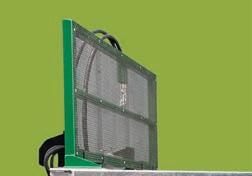
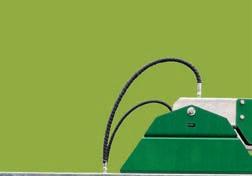
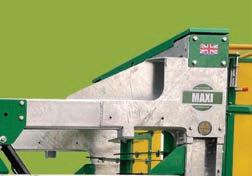

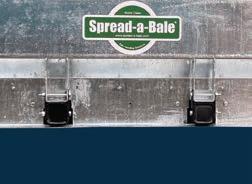
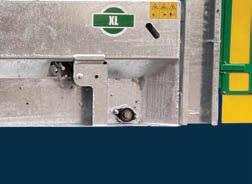



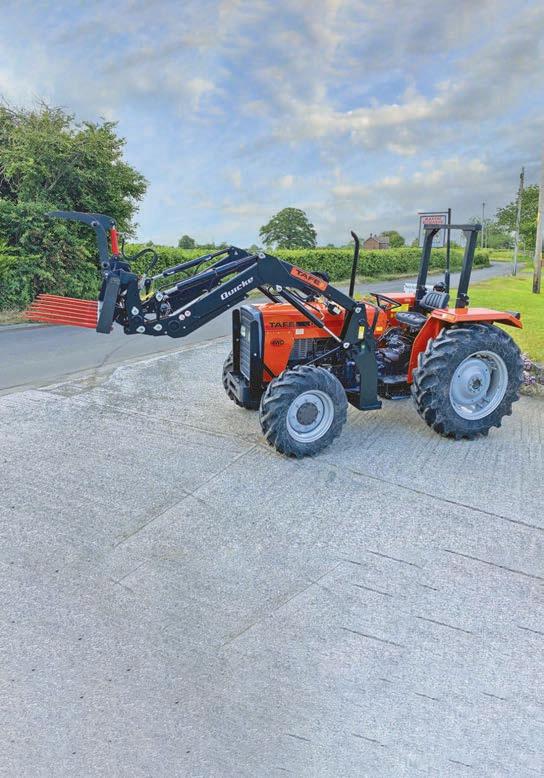











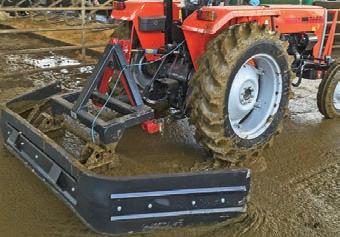

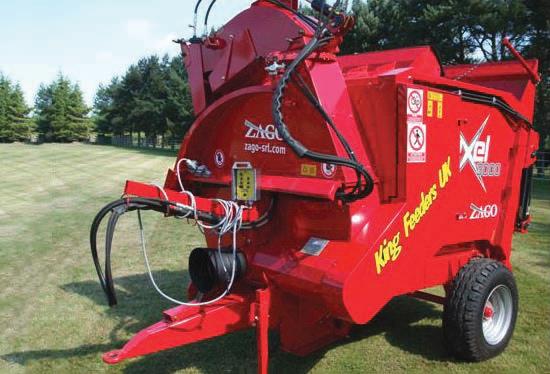
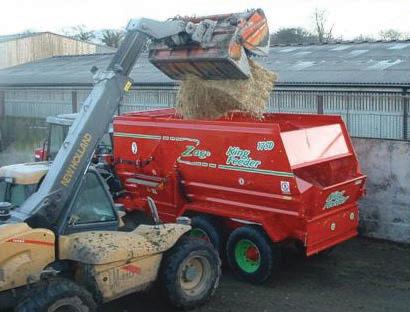

For farming businesses that rely on income at peak times in the year – and for existing pig, arable or other livestock farmers looking for farm diversi cation opportunities – Wold Farms says a contract pig rearing system provides a xed, reliable income year-round.
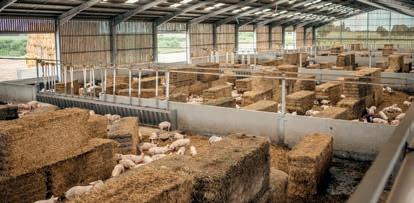

Wold Farms is based in East Yorkshire and is the northern outdoor reared farming division of leading food company Cranswick plc. Wold is looking for farmers to
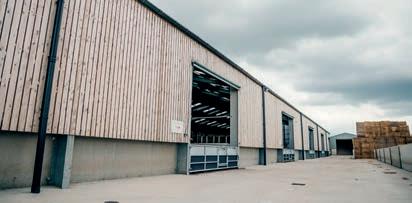
enter into long-term rearing and finishing contracts of up to 10 years, as growth for Cranswick’s pork products continues to increase.
The company says it offers attractive returns on investment and that its farmers can benefit from further cost savings as the manure by-product acts as a
natural fertiliser, helping to invest in the future of the soil.
Managing director of the rearing and finishing farms Neil Clappison, explains: “Farmers can benefit from significant savings in fertiliser costs; pig manure from straw-based units is rich in phosphorus, potassium and nitrogen. Spreading this onto arable land or grass will result in improved soil health, leading to increases in efficiencies and improvements in crop yields.
“We work alongside our farmers to support them in all the set-up aspects, including conversion of existing farm buildings into pig finishing buildings and new build projects designed specifically for finishing pigs. If your business relies on income at peak times during the year e.g., selling grain or produce, this contract rearing system provides a fixed, reliable income across the year. We are also keen to talk to existing pig, arable or other livestock farmers who may be considering a farm diversification opportunity.”
Get in touch with Wold Farms directly to find out how it could provide a new income stream for your farm. FG
Recovering thermal energy in the exhaust air of your poultry house using a heat exchanger can signi cantly reduce both energy bills and emissions.
Poultry farmers are increasingly exploring new ways to reduce their heating costs, improve the climate of their poultry house, and make sustainability
With the
rising energy costs here in the UK, investing in a heat exchanger could be a practical solution.
Newquip is the sole UK supplier of the Earny 2 innovative heat
exchanger from Big Dutchman. It has been tried and tested to signi cantly lower emissions of ammonia, odour, and dust, as well as reducing heating costs by up to 60%, Newquip says.
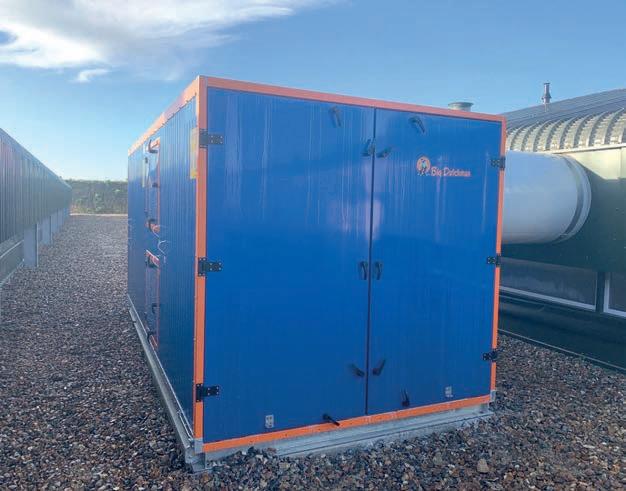
The system works by warm house air and cold fresh air simultaneously passing through an exchanger element without mixing. The lter unit cleans the exhaust air before entering the heat exchanger, while the fresh air is also ltered to remove dust and leaves. The warmed fresh air then ows directly into the house for circulation.
Up to six large lter cartridges clean the exhaust air from the house before it ows through the exchanger element. The lter cartridges are cleaned fully automatically during operation by means of the compressed air, preventing performance losses.
The exchanger element is made of aluminium and has a ru ed structure, ensuring a high thermal conductivity. A special coating protects against corrosion and guarantees a long service life, Newquip explains.
Newquip managing director
Adam Dye comments: “The Earny 2 heat exchanger o ers optimised technical features from its predecessor, which has been proving its worth on the market successfully since 2011. The heat recovery e ciency of the Earny for poultry houses is far above standard, as proven by the DLG Fokus Test. As far as I am aware, it is the only heat exchanger on the market to have been granted this status.”
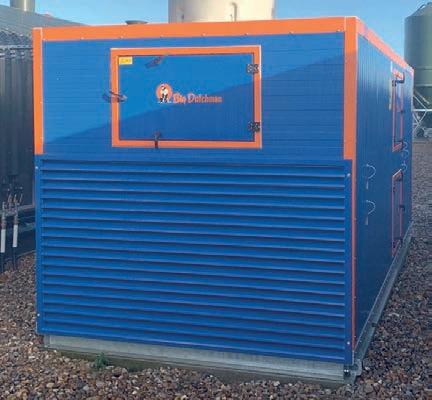


To find out more about the Earny 2 heat exchanger, contact Newquip directly or visit www.newquip.co.uk FG

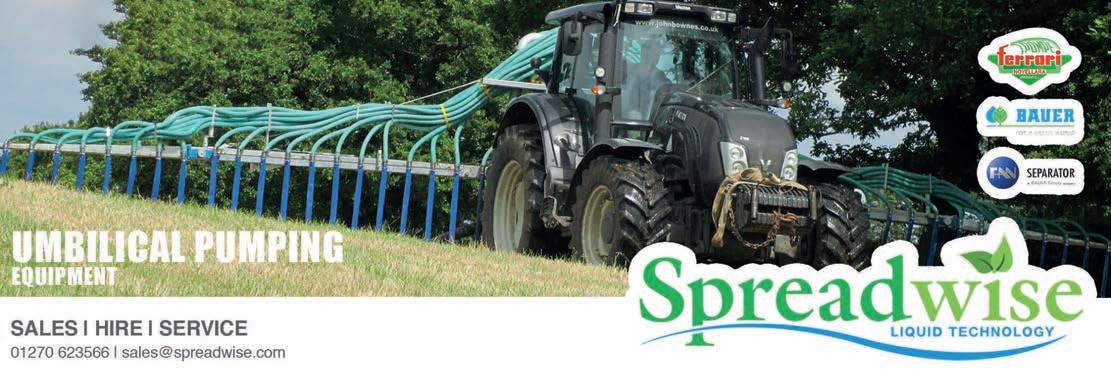

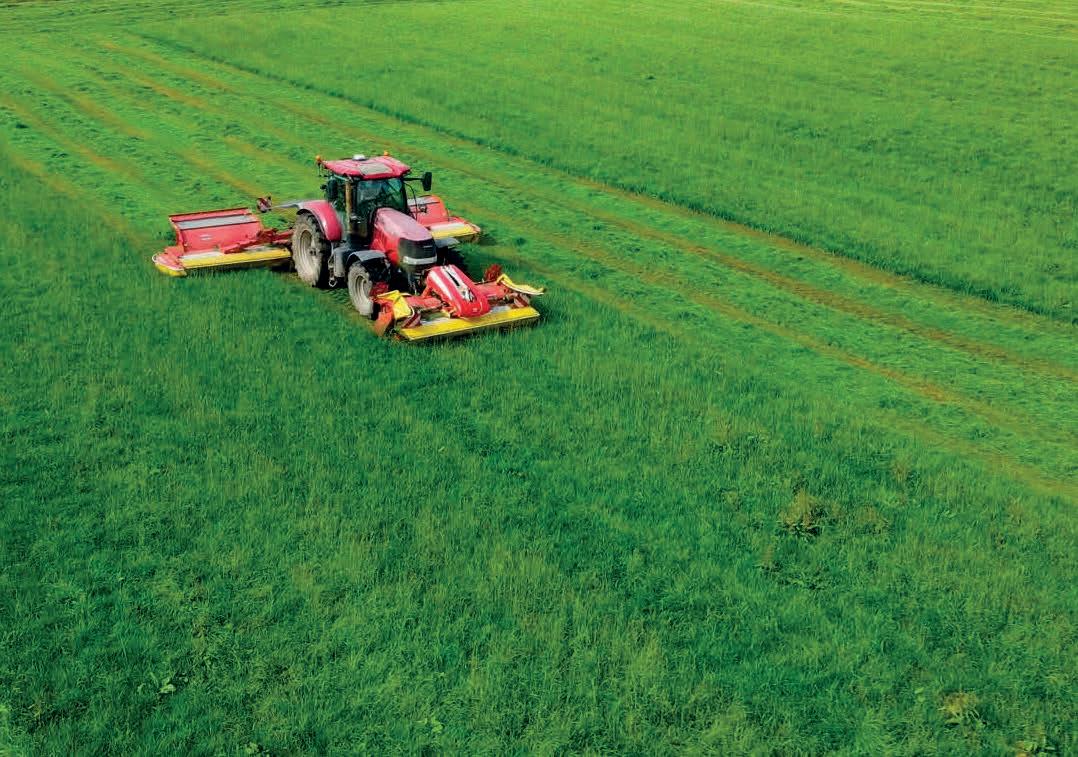



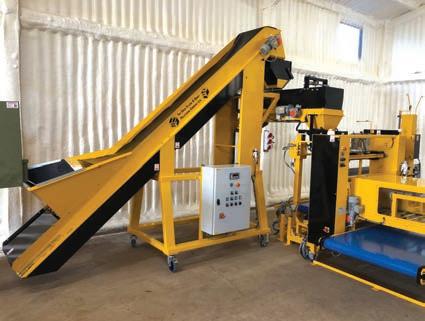


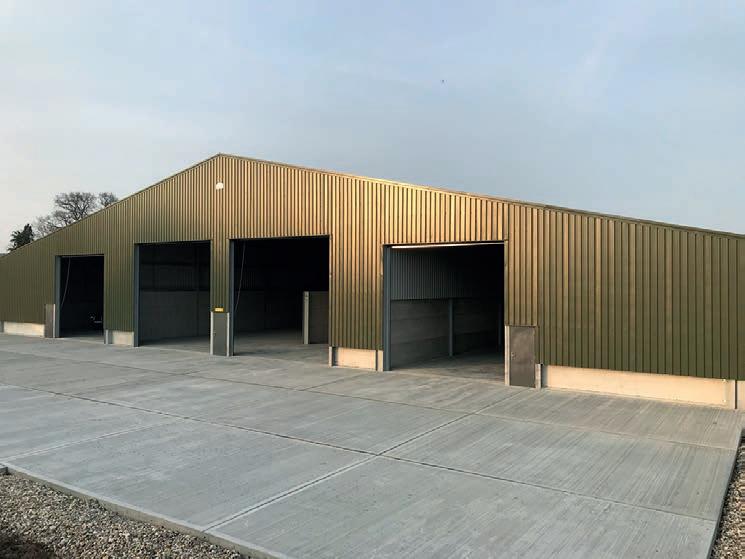

day. It was well attended, although it was mainly advisers. I appreciate that, to many businesses, advisers play a pivotal role; but if nothing else, it would have been encouraging to see more farmers in attendance given that our sole focus is to bene t growers. If we are to build on our early success, we will need growers to volunteer more suitable sites. We plan to continue our investigations into PCN, wireworm and virus and we want to look at certain aspects of nutrition.
Cambridge University Potato Growers Research Association (CUPGRA), of which I sit on the executive board, is also a partner. I hope that its involvement develops further and that as the results of our work are shared with the industry, others will come to see there is value in being involved too.





It’s not an overstatement to say that the Potato Partnership has enjoyed a great start to its rst year. Our trials have been successful, with no adverse damage from the wildlife that are often the undoing of such investigations. We can be con dent that the sites used, which were intentionally selected for their high


pressure, will generate quality data. As well as helping to inform our activities for next year, the results will be shared with growers via a series of regional meetings. So far, we have con rmed venues in the east, west and north with a proposal to present in Scotland under consideration.



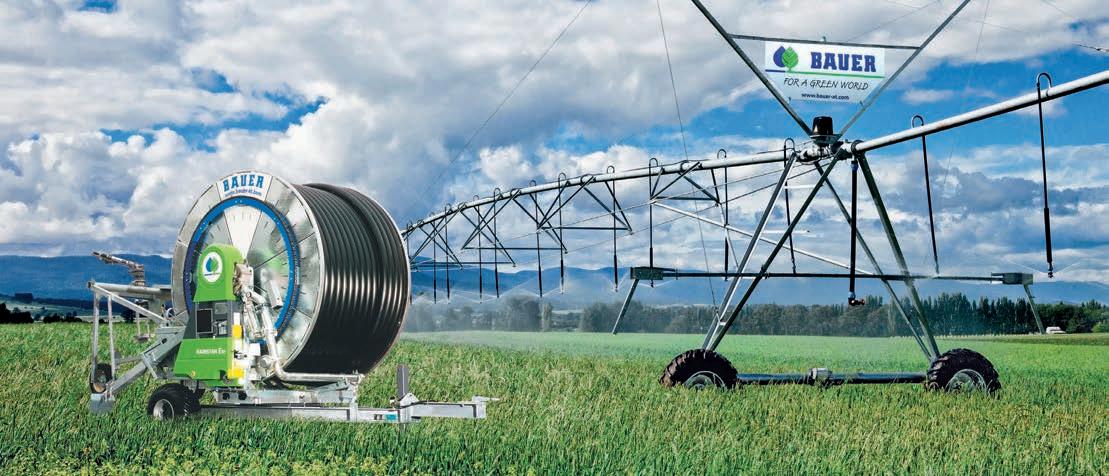
In August, we held our rst open








Our rst-year success owes much to the partners involved. We are heavily reliant on James Foskett Farms and were it not for the willingness of the farm’s directors to give access to sites and provide management time, the Potato Partnership would not have got o the ground. Agrii has played a straight bat despite what some might say about the big distributers. It has brought a depth of understanding and background knowledge to the project. It too believes that collaborative enterprise is vital to sustaining the industry.
I am also pleased to report that




As an industry we need to overcome the reluctance to collaborative working that has in many instances held back in progress. As growers the challenges we face are not unique. The degree of severity may vary between elds, regions or even production systems, but we are all in the same boat. These challenges are too big and too complex to be solved alone. The Potato Partnership is an opportunity for those with a vested interest in potatoes to work together for mutual bene t. FG
With the 2022 potato harvest underway growers continue to face a higher cost environment. Costs for many inputs have jumped – fertiliser and energy the most signi cantly – with no obvious sign that they will get cheaper any time soon.
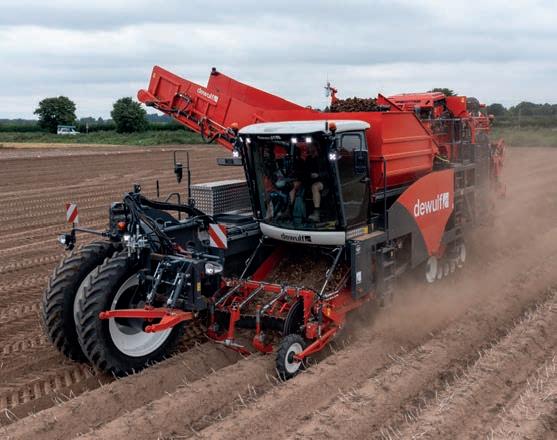


Following the demise of BPC/AHDB Potatoes, growers are also much less aware of supply and demand conditions in the UK. How many hectares have been planted? Is the area sharply down, or have growers taken a counter-cyclical view and increased their acreage? How many growers have left the industry completely? Overall grower con dence is weak. It is to be hoped that the newly formed GB Potatoes (www.gb-potatoes.co.uk) can step into some of the gap left by AHDB.
A hot, dry summer in 2022 has seen more crops break dormancy in the eld than is usual, presenting additional challenges for store managers. There will be greater urgency to dry and cure these crops, to cool them to an even temperature, and to get them into a stable condition for a rst treatment. This can be expected to
take between 7–14 days, depending on variety and store quality. A rst application of Biox-M can be expected to control any early sprouting, and crops should be treated as normal thereafter.
With Biox-M, fog distribution during application is very important; it should be as even as possible through the store, and particularly through boxes. Thus, fan speed and intermittent fan operation during fogging should be considered. Fan running time and speed during the closed period after treatment can be reduced in almost all circumstances if an even distribution of fog (and then vapour) has been achieved during fogging. Fan operation during the closed period serves to ensure that an even distribution of vapour remains so. Intermittent and slow speed is su cient. Many growers are also extending the closed period, if
store and crop conditions allow.
Biox-M is well-established in European markets, with growers increasingly con dent in using a product, which has seen a stepchange in store management. The focus for many store keepers and growers has turned to ne tuning store management to extend the return interval, to reduce the number of applications and to understand the ne points of detail, which will enhance economic performance.
And, in spite of regular exhortation to leave stores closed for at least 48 hours (and 72 is better still) following treatment, manufacturer Juno (Crop Protection) LLP says it still comes across incidences of stores with doors left open shortly after treatment. Biox-M is a volatile product, which will escape if given an opportunity to do so. FG





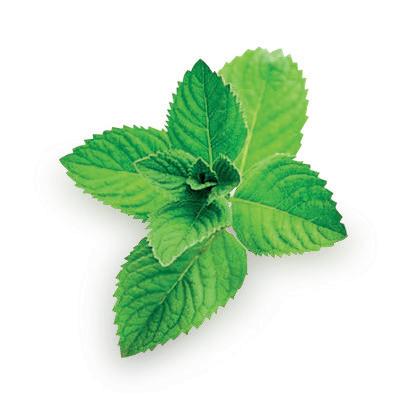









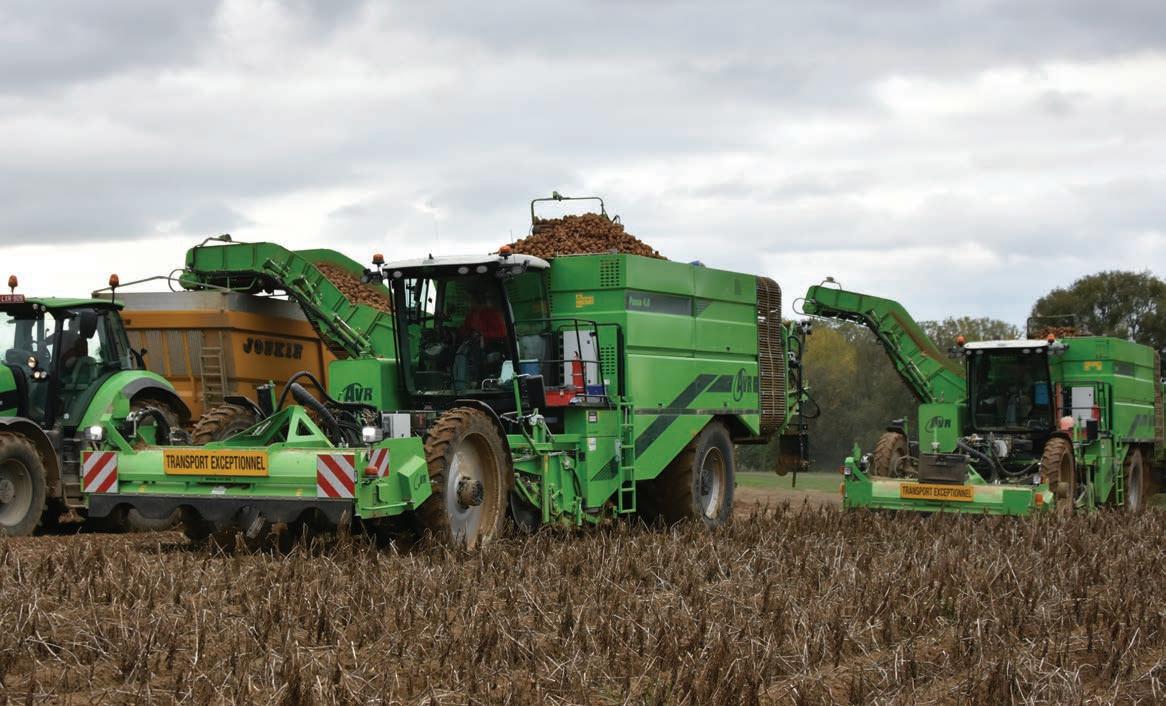




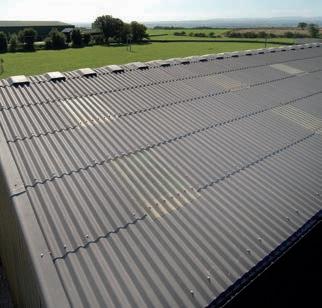
Large portions of the country’s root crops are now either lifted

nearing completion. For those who don’t store all they grow,
chipping potatoes sold straight from the eld, labour
have been another headache. For those that have been

their stores, this problem is perhaps yet to rear its head.
Bradley Engineering Ltd specialises in robotic automation solutions that take slow, repetitive and dull operations away from farmers –allowing them to concentrate on improving overall production. The Agristack range of robotic palletisers is its agship – o ering fast, reliable and e cient end of line palletising. Robotics provide the best solution to palletising with reliable, troublefree maintenance and low-cost servicing, the company reckons. Robotics allow one machine to be suitable for a range of products in one compact footprint. Robots are easily programmed with accuracy and repeatability to +/-0.1mm, so you can palletise any product in any con guration, Bradley Engineering says.

The end e ectors used on these robots are suitable for a wide range

of packaging from sacks, nets, cardboard cartons and cardboard and plastic trays, allowing potatoes, onions, carrots, animal feeds and non-perishables to be palletised. If you have a product which needs a custom end e ector, the company designs, builds and tests these in-house to ensure the highest standard of engineering quality. Agristack palletisers are not limited to palletising one product. The fully adjustable sack gripper most used for potato palletising can handle variance from 5kg, 7.5kg, 12.5kg and 25kg sacks. A changeover time of three minutes between bag sizes allows the machine to be redeployed to a di erent task quickly. Selecting between programme types is done at the ick of a switch, with no programming, menus or
touchscreens. It is possible if you run a diverse product range to bring in two lines of product into the palletiser; chipping potatoes in sacks from one line for instance and baking samples in boxes from another. The robot will calculate the most e cient use of its travel time and stack one pallet with boxes and another with bags to maintain a consistent output from both product lines.
The most common machine layout for an Agristack palletiser is the twin bay model, with robot in the middle and a pallet each side. This type of machine allows for continuous operation, with the creation of safe zones allowing the forklift operator to remove one pallet while the other is being stacked. Working like this, 15 tonnes of product throughput can be achieved as a consistent average per hour, with options available for bringing the output up to as high as 30t/hr.
Automation is not only for palletising. Robotic pick and place can be used to transfer product from one line to another, or to ll packaging with product such as
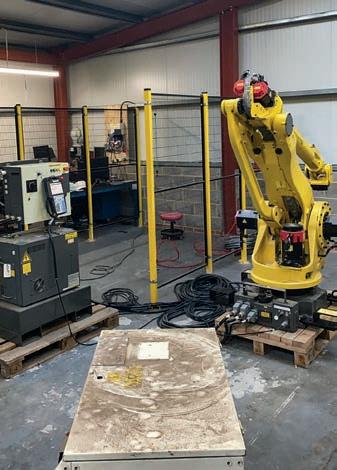
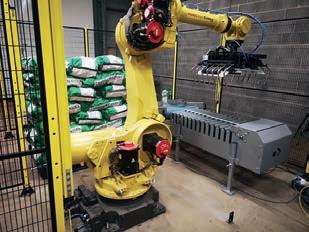
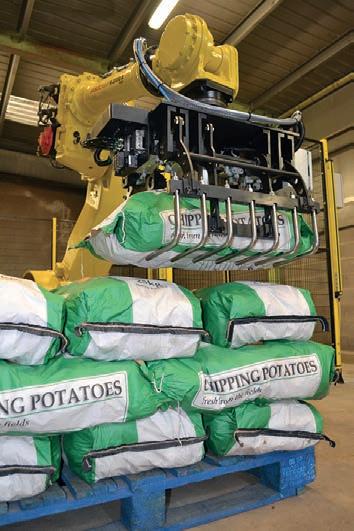
apples into boxes or form and sealed bags into a maxi nest tray ready for palletising.
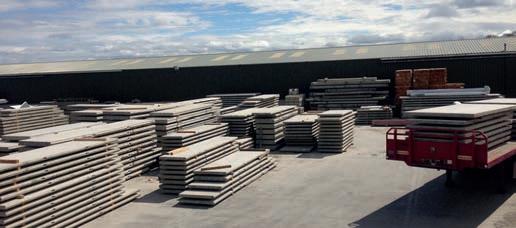
Automation solutions can be tailored to your requirements so if you have a problem to solve, contact Richard Bradley directly for a zero-fee automation consultation. FG
















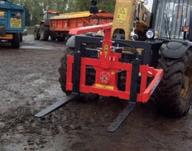
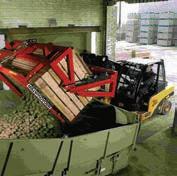


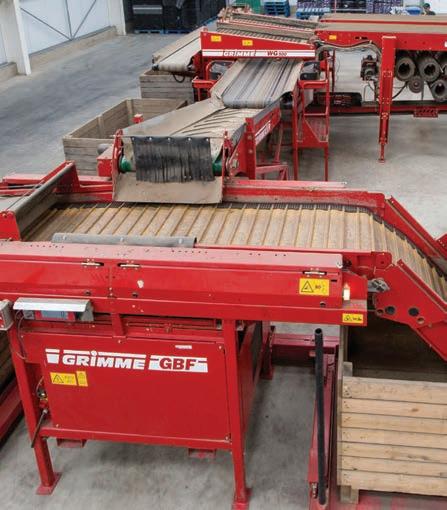



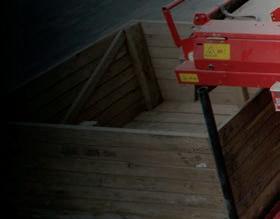

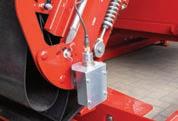
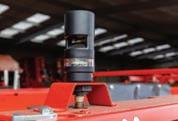
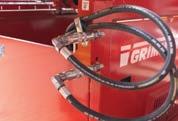



HarvestEye is comprised of patented technology, developed by agri-tech R&D rm B-Hive Innovations, to provide actionable insights on root crops as they’re lifted – presenting growers with valuable information on the size and count of the whole eld crop, instead of conventional sampling.
HarvestEye tracks and measures crops as they’re harvested, resulting in data over the whole eld. This delivers actionable insights, a clear view of eld variation, and gives farmers the information they need for marketing their crop and making further agronomic decisions. All while removing the need to do much less e cient sample digs.
The data gathered during the harvest can be viewed from anywhere on the secure online portal – where farmers can view GPS-tracked maps
showing eld variation, marketable yield and the sizing pro le of the crop by eld and variety.
As the sector transitions to more sustainable farming methods, insights gleaned from HarvestEye can directly contribute to the decisions farmers make, the company says. Having a clear view of the bigger picture enables more data-informed decisions.
The system ts to existing harvesting equipment, thus removing the need for any additional hardware and is also a low-cost method to achieve targeted agronomic performance.

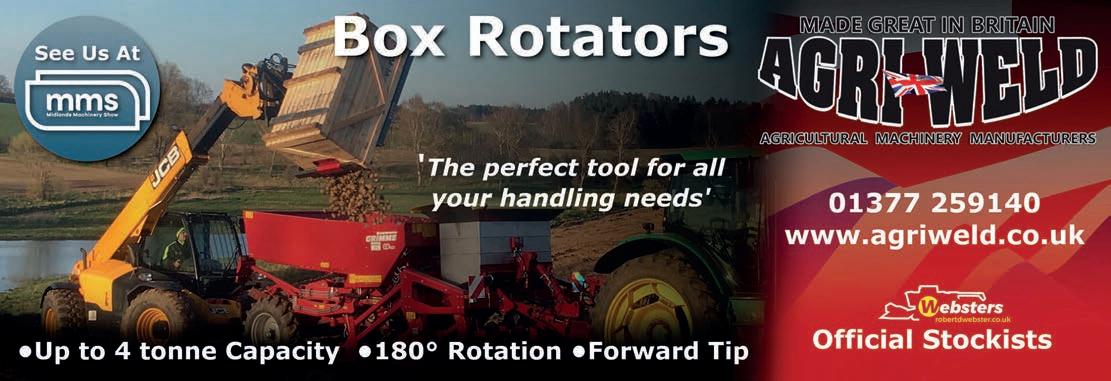
Currently, HarvestEye is a commercial o ering that is compatible with potato and onion crops. It is being further developed through partnerships and trials with growers to be used with other root crops.


Linwood Crops Limited is a dedicated fresh potato marketing team supplying all sectors of the industry – fresh to frozen.


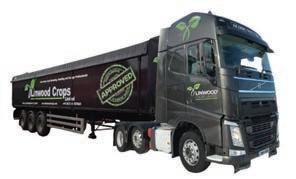

Working with dedicated growers and suppliers through a combination of contracted and free-buy purchasing agreements ensures a consistent product supply season round. Linwood’s everincreasing customer list throughout the UK and Europe o ers a total crop marketing service to ensure its suppliers achieve the best available through crop optimisation, the company says.


Using state of the art equipment and ongoing investment, Linwood’s BRC AA accredited onsite conditioning storage, grading, handling, washing and packaging facilities, mean the team can ensure customers receive exacting speci cations at sustainable values – on every delivery and through every season.
The company claims: “We specialise in taste and consistency for purpose; our customers hold the utmost trust that they will receive the best available on any day.”



Linwood also o ers total crop traceability from eld to customer. With its own growing operation and business-held Red Tractor certi cation, the company says it has the knowledge and understanding of its growers’ potential issues and any changing cost challenges that they may face from season to season.
The company says it also recognises its responsibility to the environment and future generations, so its packaging is 100% recyclable.


Contact Linwood directly or visit www.linwoodcrops.com for further information. FG




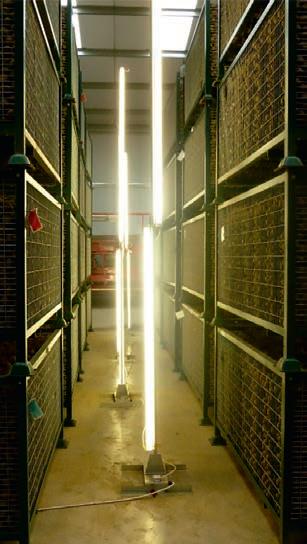



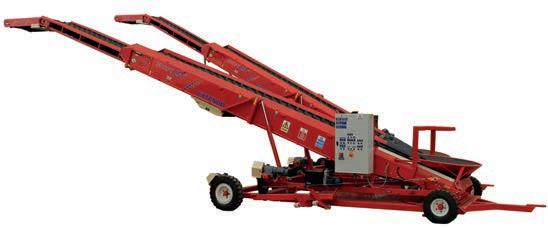





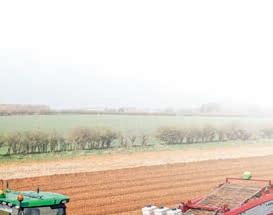

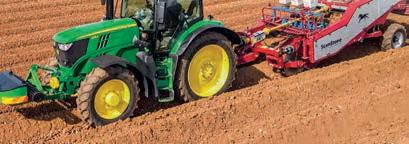

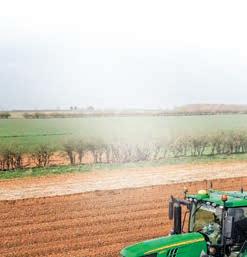








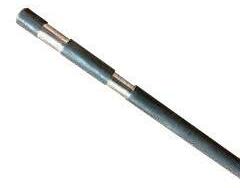
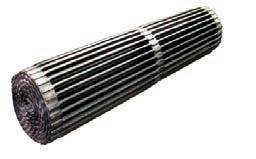


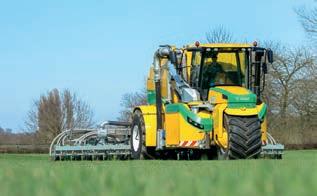
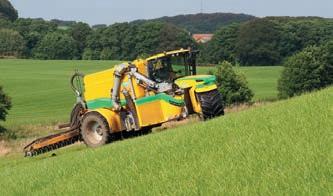
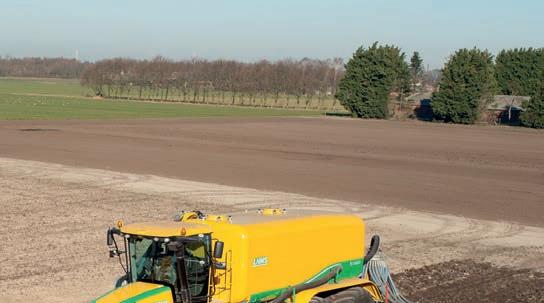







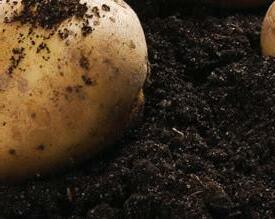


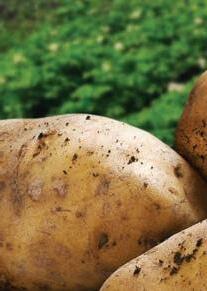

The Osprey 3 windrower has had the cleaning rollers recon gured and repositioned. The machine now has, as standard, an extraction system behind the rst web and the option of two spiral cleaning rollers and two rubber plain rollers behind the second web. Just enough to maintain a very gentle handling and some light cleaning. The cleaning aggression can be adjusted by the P roller heights and the replaceable uted segments.
Other updates on the machine are the unique ScanStone ‘AutoPress’ feature which uses a dual control system to apply ridge pressure and depth control. This means that regardless of the ridge pressure or the strength of the row, the depth reading will not be altered.
All-new 2022 ScanStone windrowers now come with onboard hydraulics as standard which drives all hydraulic rollers, wheel drive (if applicable) and agitation, leaving remaining cylinder functions to the tractor hydraulics.


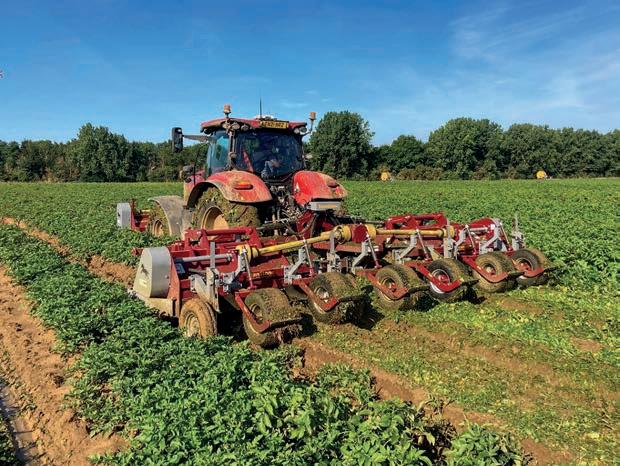
Usual options such as oating digger unit, low drops, three points of agitation, easy grease, option of long cross conveyor and positive underweb drive remain on all Osprey three model machines. 2023 will see the development of a four-row cleaning unit available in windrowers.
The ScanStone Patriot RT1700 and RT1700B harvesters have seen product upgrades such as improved agitation bearings, weight loss,
upgraded cart elevator with crop ngers that reach the top of the ights, upgraded hydraulic pumps in places, larger oil supply and an improved second web unit. The Dahlman roller unit has proved successful and a huge bene t to growers within the ScanStone harvester as it can achieve up to 13 degrees on the RT1700B models.
Controllability has improved for the operator within the cab as well, which now has the share balance feature on a rotating scroller for one side share lifting in spray tracks etc. Extraction roller height sensors and the optional layout of icons has been installed in the control box as well.
The ScanStone Heron 6000 Haulm topper, which launched two years ago, now has full stainless steel protective liners and stainless steel internal de ectors. The machine also features the option of a shear bar to mulch the haulm. The de ectors are designed to place the top into the wheeling and bottom of the trenches.
Genuine ScanStone blades can also be tted to this machine.

A basic control box is tted inside the cab to give the operator full control of the four individual hydraulic depth wheels. This means only two pipes need to be connected to the back of the tractor. The single machine can be easily tted to the front or rear of the tractor by simply altering only the gearbox. Row press wheels are optional.



run refrigeration equipment over a season.

To ensure e cient storage, Farm Electronics shares the following tips.
Power supply: Consider using a generator to run storage equipment short term – but choose the right type for the job and ensure the power requirements match the equipment to the generator. An auto-start function is preferable as this can usually be wired to the control panel to ensure the generator can start up when required.
Insulation: Ensure the store has adequate insulation and is sealed. There are an abundance of sprayfoam contractors that can cut the amount of hours you need to
Ventilation: Firstly, check the air ow. In bulk storage check openings and ducts in the oor and ensure no blockages. When it comes to box storage, consider investing in closing o where the air ow can short cycle as it will travel in the path of least resistance. Therefore do whatever you can to block o those passages – perhaps invest in a timber suction wall. Secondly, look at what fan starters are tted to your equipment and look into upgrading to inverter starters. This could give you the option to run the fans at reduced speed (and power) when in longer term storage.
Settings: With potentially more storage management input, settings can be changed to ne tune controllers and ensure equipment only runs when necessary.





Time clocks can be utilised if you have lower tari s at certain hours of the day; get the most out of ambient temperatures by adjusting settings within the controller (set point, air mix set, o set, purge times and limits), putting emphasis on the store manager to ne tune the settings. FG
Grimme UK is touring the new Haith Pro Sort around the UK, in Shropshire and Cambridgeshire, and most recently, Goole and Herefordshire.
The Pro Sort automates the removal of stone, clod and foreign debris from potatoes and helps growers cope with labour shortages. A Tomra 3A optical sorter sits at the heart of the machine, which can handle up to 100t/hr with high levels of accuracy.


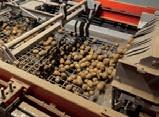
The Tomra 3A employs near infra-red multi-spectral sensors for an unobstructed assessment of every object ‘in ight’, seamlessly identifying between potatoes and foreign material. Its colour sensors can also detect green potatoes which, like the debris, are removed

at the end of the conveyor belt by air actuated nger ejectors, powered by the Pro-Sort’s onboard compressor.
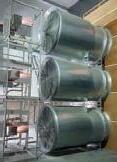
As the Pro Sort is a modular unit, it can be used in the eld or on a farm and easily integrated into a new or existing grading line.
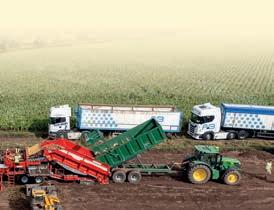
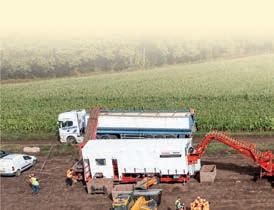
Commenting on the Shropshire demonstrations, Haith Group managing director Duane Hill said: “We enjoyed fantastic turnout, with more than 25 farms coming along and seeing the Pro Sort in action. The feedback we received was extremely positive. We even had one grower want to buy the demonstration unit there and then!”
Contact Haith directly for more information on the Pro-Sort. FG
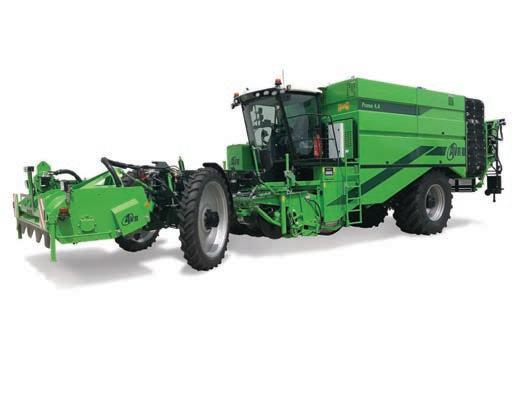



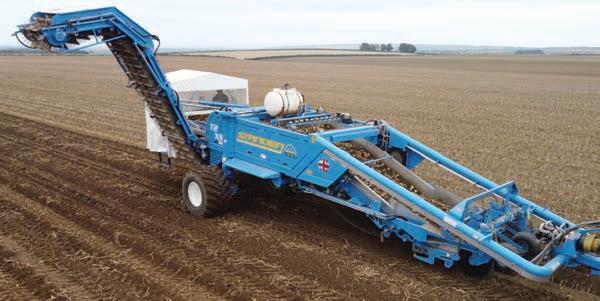


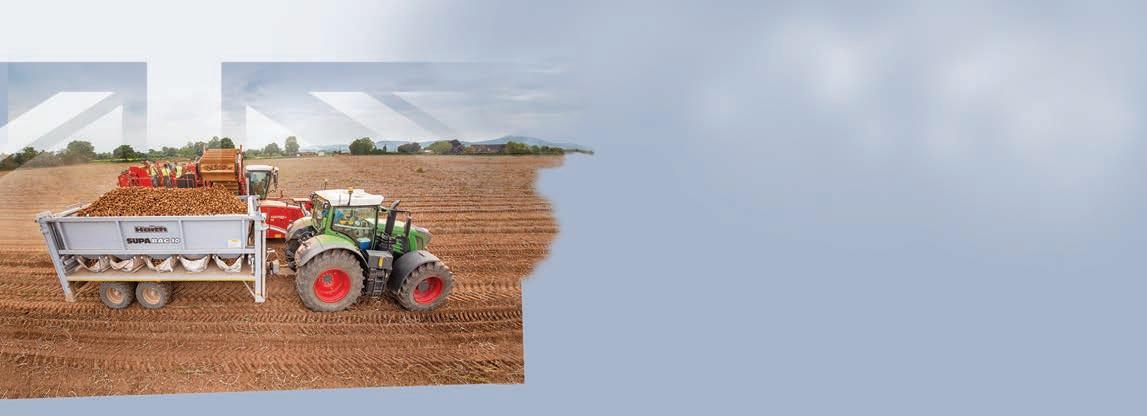









only increase the already high risk of tubers breaking down to disease, following a harvest where conditions have been very conducive for pathogens like fusarium.
The fusarium species that infect tubers and cause dry rot are most prevalent when tuber damage at harvest is high, allowing the fungus to get under the skin and develop in store.
Mr Overton said that despite conditions starting to cool and rain arriving to wet soils, the disease risk of dry rot is still very present, along with pink rot (Phytophthora erythroseptica) and watery wound rot (Pythium spp).
“Tuber temperatures are still 20ºC, or higher in some areas, which makes crops incredibly di cult to manage.

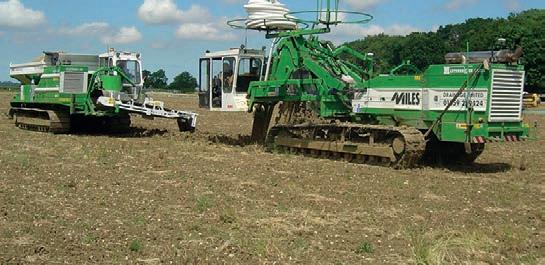

in a high-risk year like this is to apply a “base coat” of a fungicide tuber treatment like Gavel (imazalil) as soon as possible after harvest.
This will help protect open wounds and prevent disease ingress, leading to fewer losses at grading.


“Storing tubers just to throw them out is very expensive –perhaps more than people realise –and the treatments will comfortably pay for themselves.
“Many varieties we grow are susceptible now and in very high-risk stocks, it might also be wise to consider mixing or sequencing Gavel with Storite Excel (thiabendazole) for additional protection,” he added.
Paul added that tubers would likely spend extra time in store due to uncertainty surrounding next year’s cropping plans. This will push growers to make last-minute
decisions on seed and force a larger proportion of grading and delivery of domestic orders into March, rather than February.

This extra month’s storage will



“It will be a slow process getting wounds to heal and crops down to cold store holding temperatures. The relatively warm nights aren’t helping either,” he added.
At today’s energy prices, this will also be a costly process, and likewise keeping crops in store until spring.

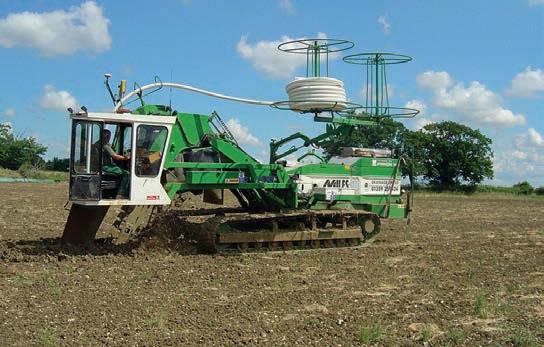
Mr Overton said a good strategy
Mr Overton noted that SAC Consulting and Certis Belchim’s Tubercare website provide some excellent reference material for carrying out storage disease risk assessments and how to apply storage fungicides e ectively.


“Good coverage through sound application is key – they are best applied using a hooded sprayer with twin rotating nozzle over a roller table,” he concluded. FG
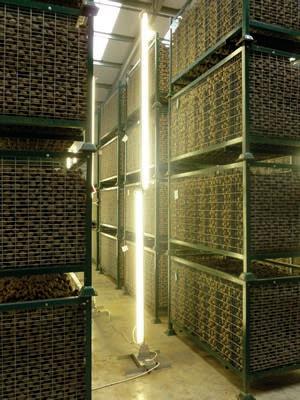

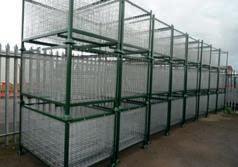

Restrain ethylene system is a

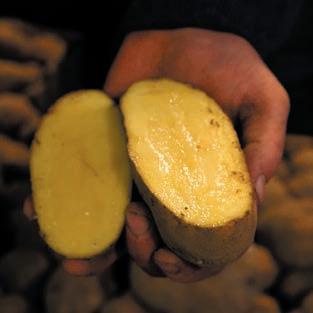


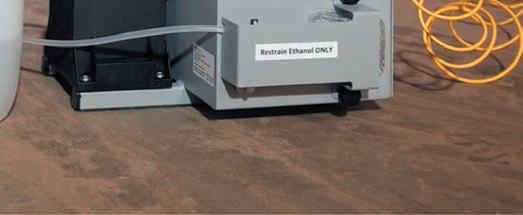

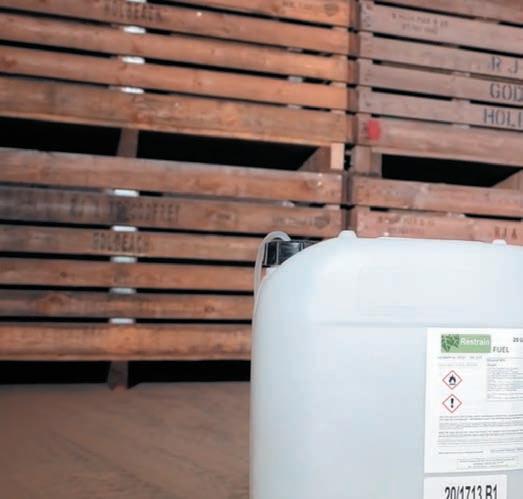
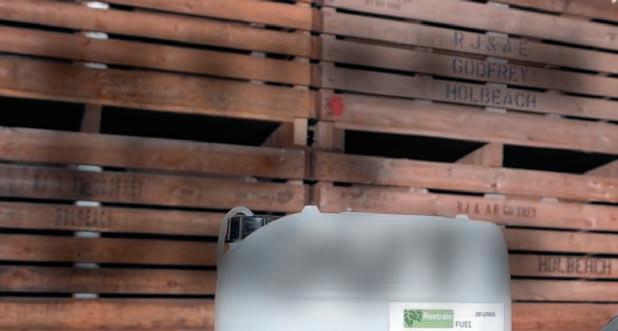


sprout
place
that takes its
many stores
after. The Restrain system is simple
works with little
when set up. Financially it’s sits very well
mid and longer term storage too”
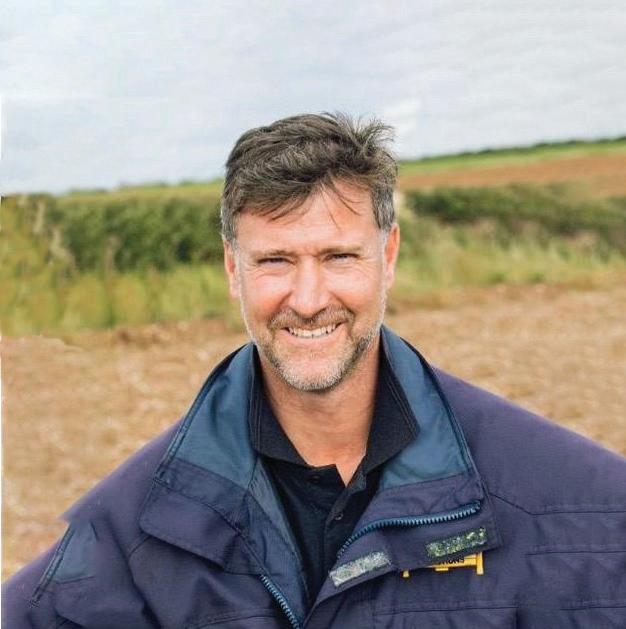




Designed to allow growers to e ectively clean and load crop in- eld and on-farm, the FieldLoad PRO is one of the latest Tong machines on o er with fully-integrated camera sorting facilities, further reducing labour requirements when processing crop straight from the eld.

“With rising costs and an increasing




need for growers to streamline their post-harvest operations to get tractors and trailers o the roads, carting less soil and generally minimising crop mileage and associated expenses, the demand for our FieldLoad PRO machine has continued to increase since its launch in 2018,” said Tong sales director Charlie Rich.

“Our agship mobile grader, the Caretaker, has long been available with integrated optical sorting as a replacement of traditional manual inspection, with proven success and continued demand. However, with an increasing number of growers choosing the con guration of the FieldLoad PRO for maximum exibility in loading crop straight into boxes, bulkers and bulk storage, the new option to incorporate optical stone and clod removal within one fully integrated eldloading machine brings an unrivalled post-harvest solution that ticks all the boxes,” explained Charlie.
Suitable for use on a wide range of root crops including potatoes, carrots, onions and more, the self-contained and compact FieldLoad PRO features a high capacity reception hopper feeding a choice of crop cleaning units including Tong’s renowned EasyClean separator available with Auto-Touch HMI controls, as well as the company’s high-speed PU coil cleaning system and star cleaning units. Custom-built to suit growers’ exact speci cation, the FieldLoad PRO is built with a spacious four-man inspection area as standard, with the new optical sorting option o ered as an alternative to the
with optical sorting specialist TOMRA for many years. Through its recent Optical Sorting Live event, customers in the UK and worldwide have been able to see the TOMRA sorter in action at Tong’s new manufacturing facility, with the opportunity to run their own crop through the sorter. The results have been “very impressive” in terms of labour savings at this stage of the post-harvest handling process, and the potential reduction in storage costs as only good crop is being stored,” Charlie said.
Once crop is cleaned, Tong’s folding cart elevator cradles crop deep into bulker trailers, store or box lling equipment. A super-silent onboard generator provides power e ciency for in- eld operation, which can be bypassed for mains power when operating on-farm.
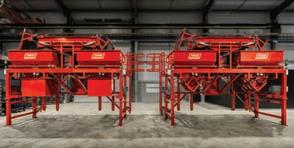
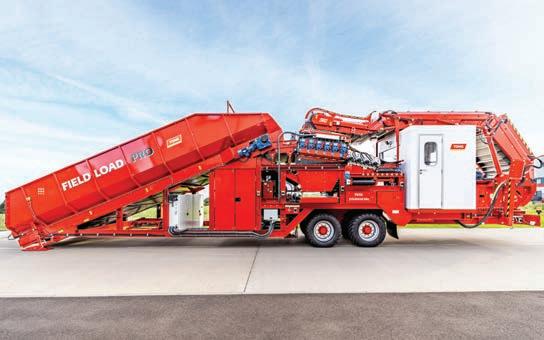
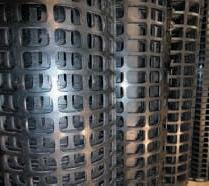

Charlie concluded by saying the new optical sorting option on the FieldLoad PRO “will bring real savings alongside very versatile post-harvest handling”.
Tong is extending its Optical Sorting Live event throughout the autumn. For more details on how you can reduce labour and maximise throughput by integrating optical, or to book a live demonstration, call Tong directly.

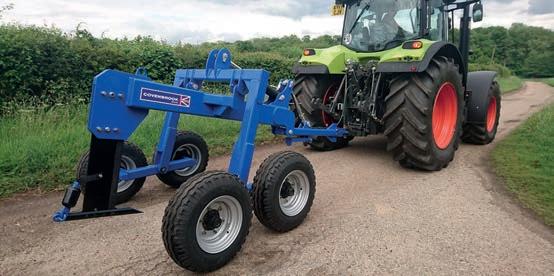
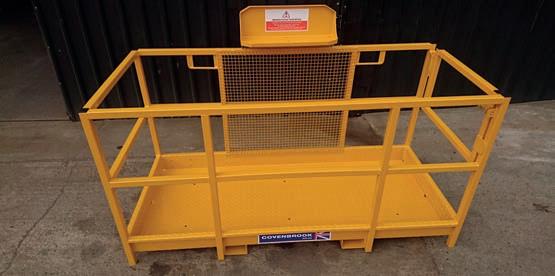
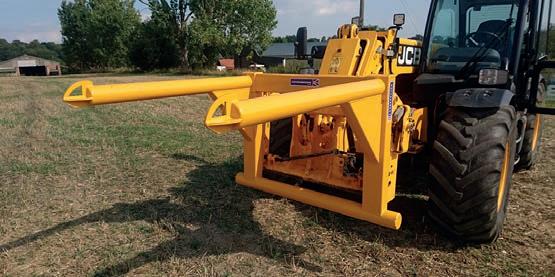


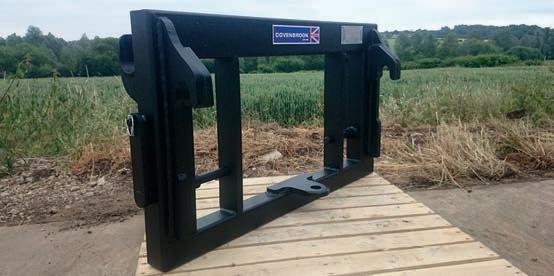
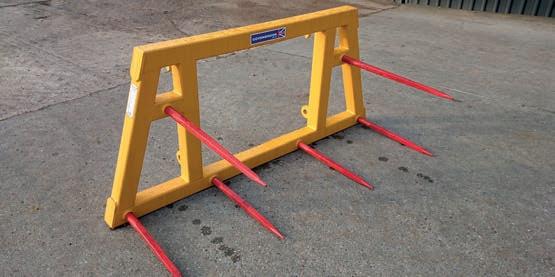
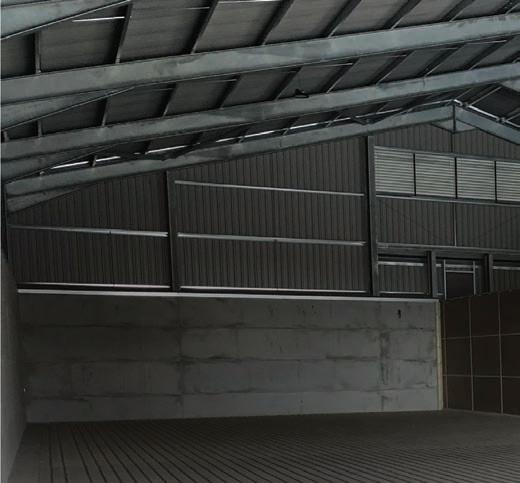





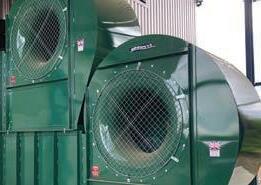

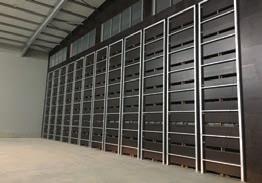

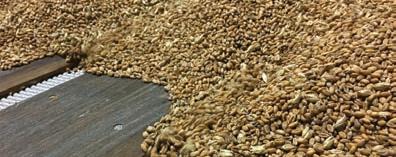
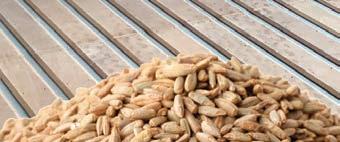

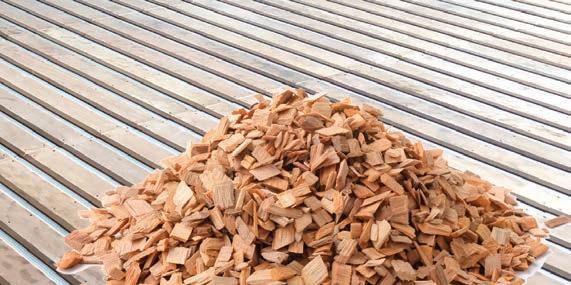
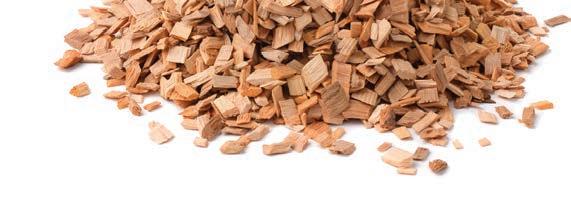
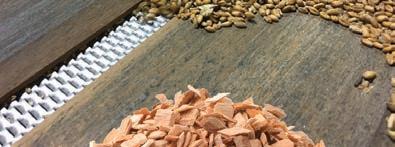


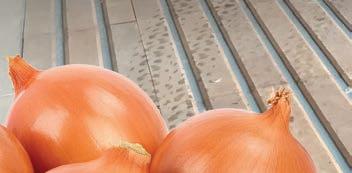
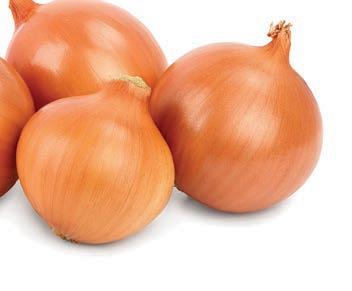


runs entirely on solar power to reduce labour and costs of sowing and weeding crops, while being CO2 neutral, explains Gavin Pell, managing director at Chandlers.
“The farming industry is changing towards machinery that is high tech and often robotic to reduce labour and costs,” he says. “Requirements are drifting towards newer, more advanced technology and we are excited to be able to o er the new FarmDroid to our customers.”


The Midlands Machinery Show is returning to the Newark Showground on 16–17th November; and with exhibitor bookings up by 20% on previous years, there is plenty for visitors to see, organisers say. The show provides farmers and contractors with the opportunity to view the latest kit, from new tractors to robots and precision sprayers, to low disturbance cultivators.
Chandlers (MF) will be bringing a large selection of the latest Massey Ferguson models and the Chandlers (FV) team will have a full range of Fendt and Valtra tractors, including some brand-new models.
Telehandlers and loaders will also be on view, joined by the innovative FarmDroid FD20 – which will for many be the rst chance to see the new fully automated machine. The lightweight 6-8 row FD20

Returning exhibitor Setch elds will be celebrating its 40th anniversary this year, and will be exhibiting Kioti tractors, mowers, and equipment.





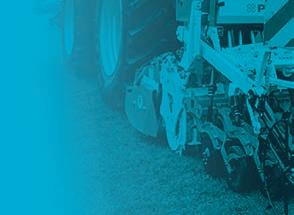
“The Midlands Machinery Show is a good place to catch up with new and existing contacts,” says chief operating o cer, Hannah Setch eld, who joined the family business last year. “The farming community is continually evolving, and through our parts, service and machinery o ering we are well equipped to meet the demands of the modern farming business.”
For those with an interest in

regenerative agriculture, the NFU is holding a half-day conference on the rst day of the show. The ‘mini conference’ is aimed at farmers who want to nd out more about regenerative farming, beyond the buzz word. It will include sessions that outline regenerative farming practices; examine the impact of practices on businesses’ bottom lines; and talks from farmers already employing regenerative techniques.
“The growth in interest from farmers about regenerative farming is clear to see, and with this conference our role will be to help members understand the principles and how it might t into their businesses as food producers,” says NFU vice president, David Exwood.
With the industry continuing to make strides towards net zero, the show is a great opportunity to get answers to burning questions and see the kit that can help farmers get there, says show organiser Elizabeth Halsall.

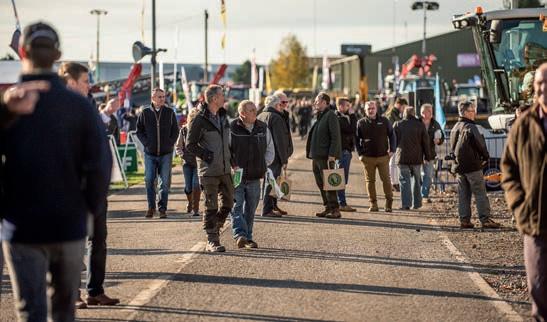
The Midlands Machinery Show is free to attend but visitors must register in advance via the website: www.midlandsmachineryshow.com FG

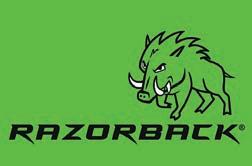

The Midlands Machinery Show returns in November 2022 as one of the largest independent agricultural machinery shows in the UK. With over 300 exhibitors, ranging from the smallest 2m frontage stands in one of the ve show halls, to the far larger international machinery manufacturers’ stands outside, there is plenty for visitors to see.

The show is organised by the Newark and Nottinghamshire
Agricultural Society, a charity whose origins date back to 1799. The society’s core focus is to celebrate and promote agriculture, and the show forms an important part of this objective. It o ers agricultural businesses the opportunity to display their products to the industry and gives visitors the chance to see and experience a wide variety of machinery all in one place.
There will be three large
demonstration areas on the site, featuring a range of di erent demonstrations across the two days of the show, as well as an informative timetable of technical seminars.
Ceres Machinery will also be returning to the show after its successful rst year exhibiting in 2021. MMS 2021 was Ceres’ rst major agricultural show, due to the widespread cancellation of events
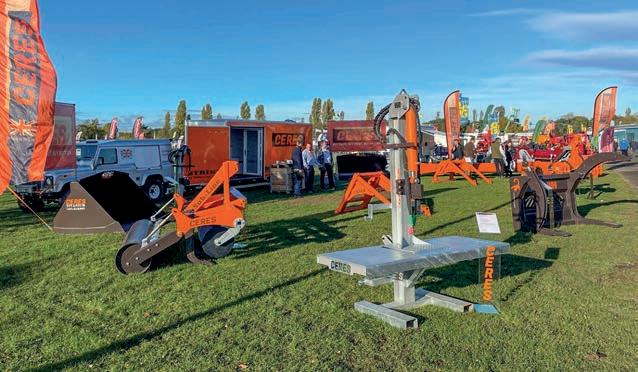
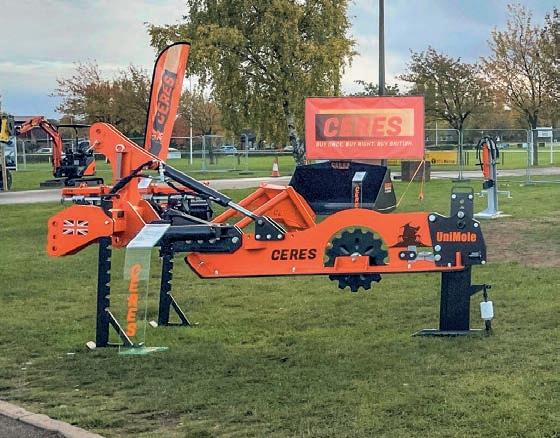
in the previous two years, caused by the pandemic. As Ceres was a company that launched near the beginning of the pandemic, there had been very little opportunity for face-to-face interaction, but the Midlands Machinery Show provided a platform for the company to be able to showcase its products to the agricultural industry and to engage with potential customers in person.
This year, Ceres Machinery will be exhibiting a range of machinery and telehandler attachments, including the UniMole Mole Drainer and the new range of Barn-Stormer Grain Pushers for Loading Shovel. FG
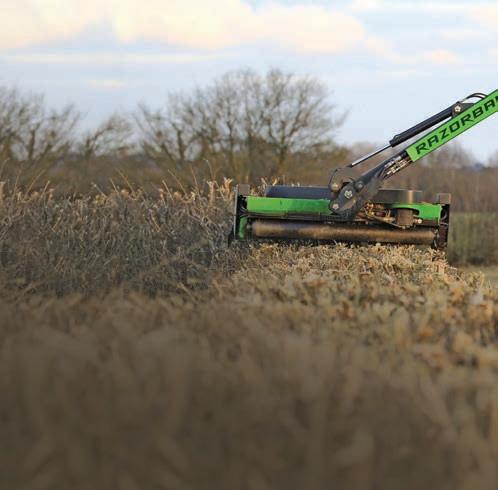
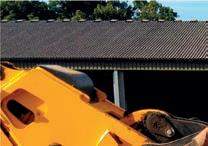

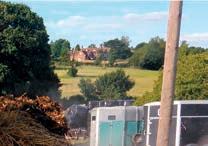
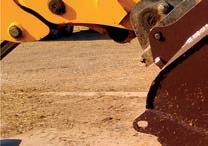
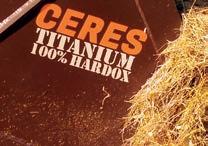

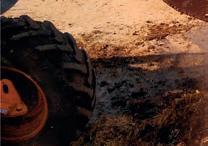
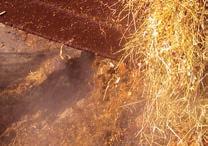
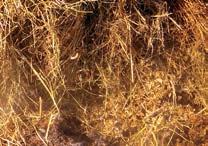


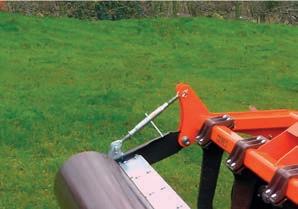
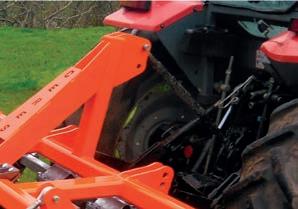



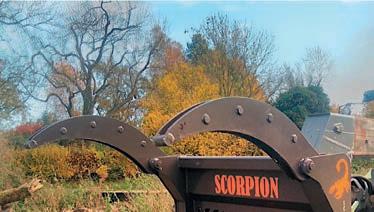











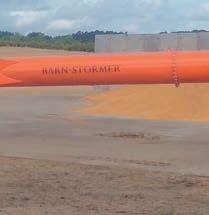
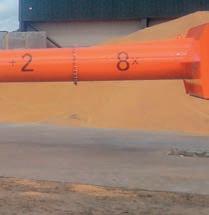























































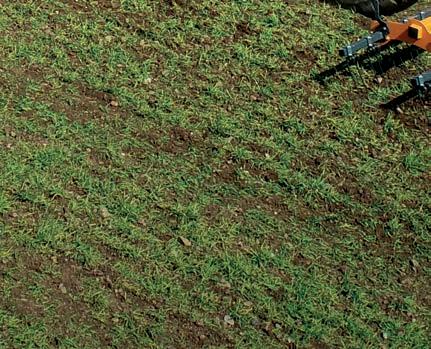
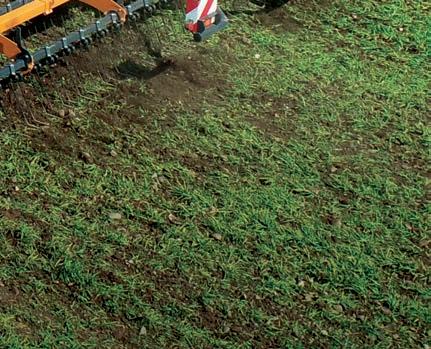
The iPass is a new addition to the range.
British manufacturer Mzuri will display its range of conservation seeding equipment at Midlands Machinery Show, including the innovative Pro-Til and iPass ranges.
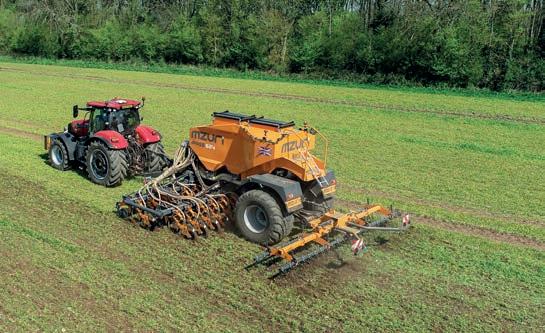
Catering to both strip tillage and low disturbance direct drilling, the Mzuri range is designed to o er sustainable solutions to the challenges facing today’s growers.

The popular Pro-Til single pass drill has been the company’s agship product since its inception in 2011 and clever features include dual reconsolidation, independent control of cultivating and seeding zones and patented pivoting seeding coulters. Available as a 3m mounted machine or as a 3, 4 or 6m trailed version, the Pro-Til can be tted with a choice of coulters for di erent crops and

conditions and optional extras such as a Stocks TJ8 Slug Pelleter.
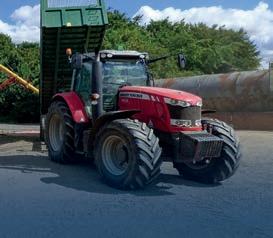

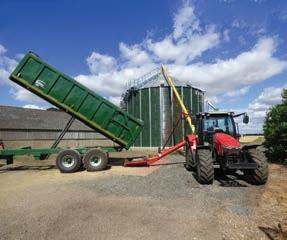
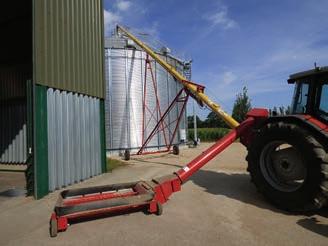
A more recent addition to the range, the Mzuri iPass, o ers a quick, low disturbance solution for growers looking to cover large acreages at high operating speeds. The iPass is at home in both stubbles and cultivated ground – o ering exceptional versatility, the manufacturer says –and is comfortable working at speeds between 6-18km/hr.
The 5,000-litre tank is pressurised to meter and convey high application rates accurately at high speeds and can accommodate all fertiliser compounds and seeds typical of most arable operations.
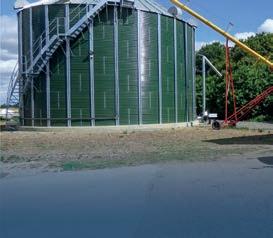

Both will be on display at MMS alongside other products in the range. FG
Sukup Europe will be exhibiting at the Midlands Machinery Show, displaying its stirring drying silos, aeration silos and grain dryers – plus its range of handling and aeration equipment. The Sukup stirring silo demonstration unit will be displayed on the McArthur Agriculture stand, and both Sukup and McArthur Agriculture team specialists will be on hand to discuss the many bene ts of the stirring drying silo technology, which makes the system so e ective and e cient at drying and conditioning large quantities of grain – along with being an
extremely safe, verminfree environment for the longterm storage of grain.













The silos can be lled and emptied by fully automated intake, elevator and conveyor systems or alternatively by the extremely cost-e ective highcapacity West eld augers with output capacities of up to 590t/h. The galvanised silos can be supplied with an added highquality powder coated nish from a large range of RAL colours. Sukup silos fully comply with all UKCA and European CE regulations. FG
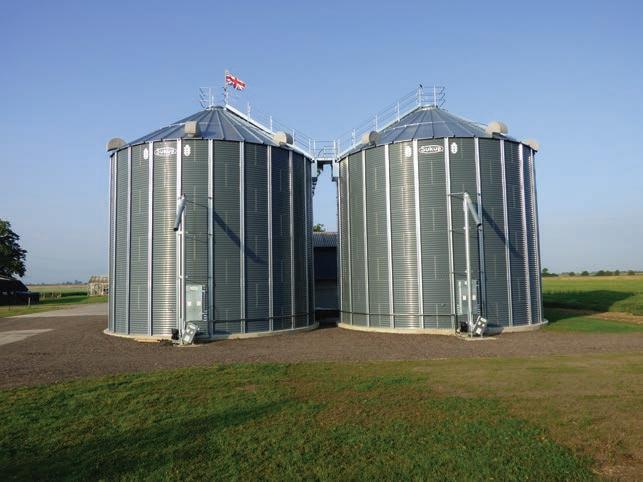

Graham Heath Construction is inviting visitors to its stand at Midlands Machinery Show, where great show o ers, a free drink and goody bags will be available.
The company’s sales team will be at the event to talk to you about your next building project and what it has to o er. It specialises in designing, manufacturing and supplying a wide range of agricultural, industrial and equestrian steel frame buildings. It has been operating nationwide for over 19 years.
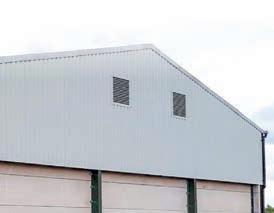
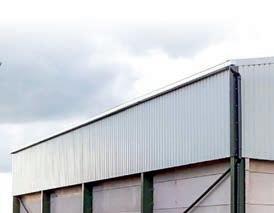


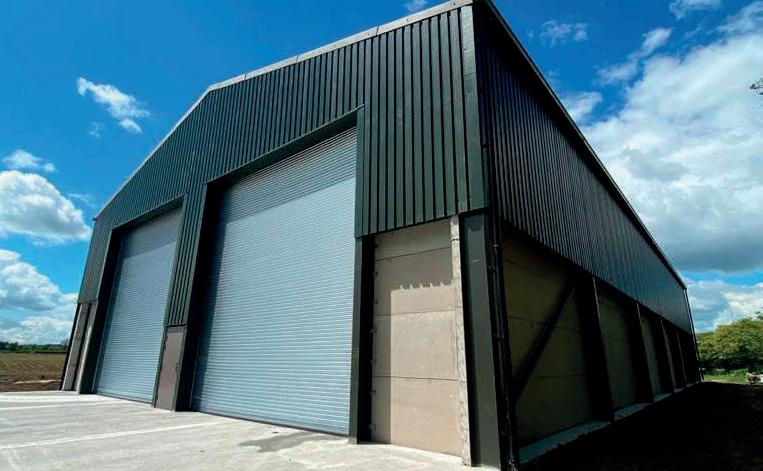
MMS is one of the largest Midlands-based agricultural


machinery shows in the UK and takes place on Wednesday 16th and Thursday 17th November.



Graham Heath is running o ers on livestock sheds (100 x 40 x 15ft shed + 4ft 6in cantilever), straw sheds (100 x 50 x 21ft) and 1,000t grain stores (80 x 60 x 20ft) – see below for details.
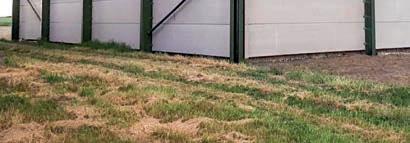

For those not attending MMS, you can still take advantage of the current o ers by calling Graham Heath Construction directly. However, don’t delay as the o ers will only last for the show day. Visit the team at stand number M2. FG
option so your business can easily budget for the asset, taking advantage of the exible repayment terms and xed interest rates
Business Finance Brokers Ltd (BFB) has welcomed Georgina Nicklin onto its board of directors. Georgina has been working alongside the rest of the BFB team for the past 12 months as an authorised representative.
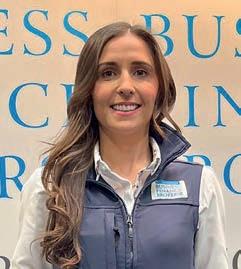
BFB can help businesses secure asset nance from 12–120 months, with funding for everything from typical agricultural machinery to inputs and livestock.
The three main funding options which may be available are:
• Hire purchase: Acquiring an asset and spreading the repayment cost. It is a exible


• Lease purchase: Similar to hire purchase and generally considered to be capital leases for accounting purposes. VAT is paid on the instalments rather than upfront. The customer does not take automatic title to the goods at the end of the agreement


• Loan: Loans can be arranged for a range or purposes as a way to raise short or mediumterm nance for items that are not associated with hire purchase or lease purchase, for example, fertiliser and inputs (short-term), livestock, concrete, seed potatoes, agricultural buildings and diversi cation projects.
BFB has representatives throughout the UK to help you with any aspect of current or future funding for your business. VIsit the team at Midlands Machinery Show at stand 25, George Stephenson Hall. FG

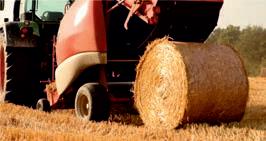
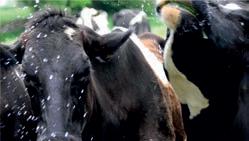
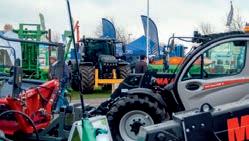




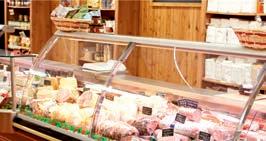






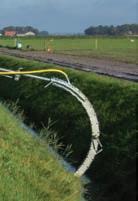




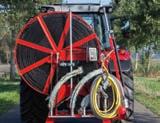

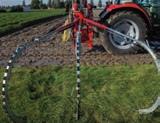
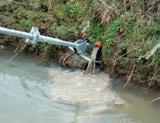


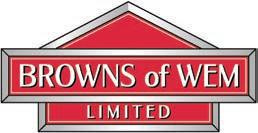
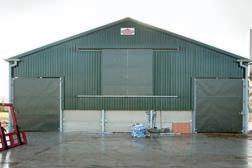
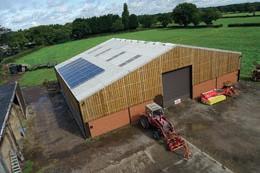
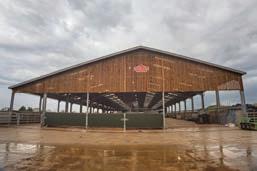
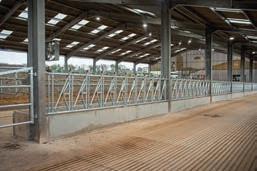
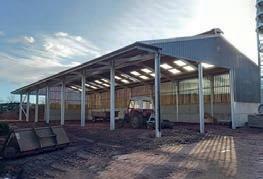





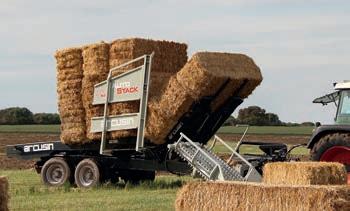

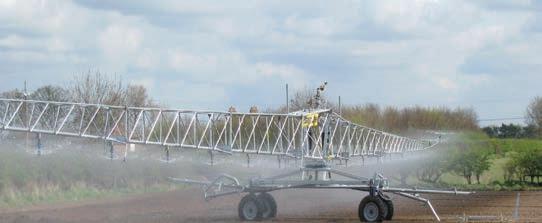
Water companies and regional water management bodies are aiming for one in 500-year drought resilience. This summer, parts of the UK, especially East Anglia, have seen the most extreme conditions since records began but it will be some time before we know how bad it was against this timeframe. It will also be a while before we understand the impact on water resources for next year or even the year after.
It is therefore no surprise that land agents are reporting a material uplift in land values for properties with e cient irrigation systems. It is also increasingly important to plan well ahead, especially where planning applications are required for reservoirs.
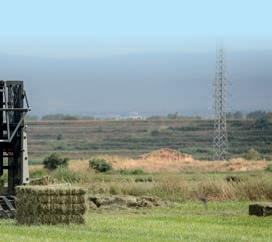
Briggs Irrigation has many years’


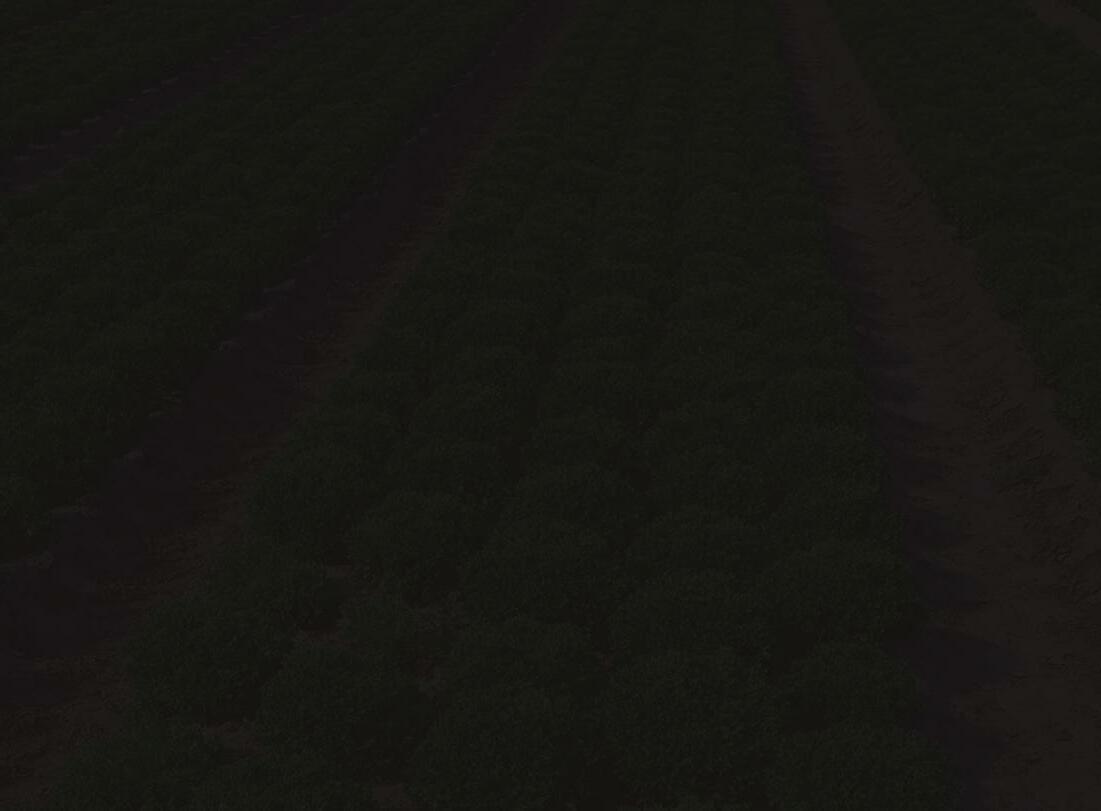
experience of assisting farmers with details of system requirements.


Managing director Adrian Colwill said: “We are always ready to help farmers look at the options for their farm. We are exhibiting at the Midlands Machinery Show along with our area distributor, Key Irrigation and can therefore provide local knowledge as well as an international perspective on irrigation and water management. We will be happy to discuss future plans, even if they are still at an early stage.”
Briggs Irrigation and Key Irrigation are exhibiting in the Stanley Sheldon Hall, at stand 6 . Equipment on display at the stand will include a VR-series hosereel and diesel-engined pump unit. FG

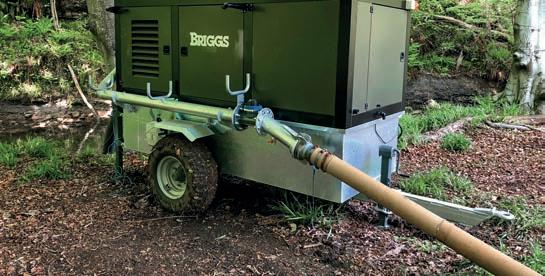
The Arcusin Multipack D14 conventional bale packer can produce packs of conventional bales that are all tied with baler twine. The machine reduces the non-pro table labour costs of handling small conventional bales, Arcusin says. Once your bales are made into packs then all the handling can be done by mechanical means.
The Multipack machine is adjustable to cope with all the bale sizes, widths from di erent balers and lengths of up to 1.2m long. Packs are normally tied with four strings, although shorter bales of less than approximately 1m can still be packed with three strings and will produce a very stable pack.

Adaptable to all situations, the Arcusin Multipack D14 machine is especially suited to certain UK conditions, where producers face challenges with awkward shaped elds, steeper terrain and narrow farm lanes or roads. In these situations, a standalone machine directly behind the tractor and separate from the baler is a huge bene t, the manufacturer says.
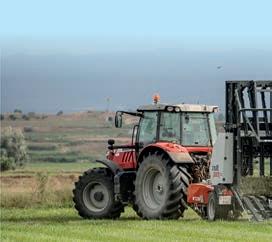
The Arcusin Multipack operator has a very good sight of bales entering the machine which helps to maximise the machine throughput, Arcusin adds. Arcusin UK Ltd has reported a huge increase in demand for these machines during the past four years. FG



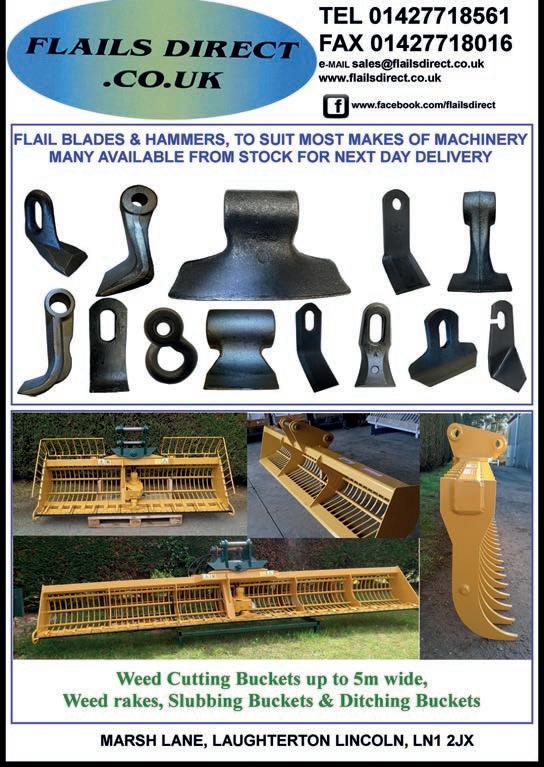

The tablet-based Navi App for KRM spreaders allows the spreader to be controlled via an android tablet through a Bluetooth interface known as Navi Com. This system has been updated for the coming season with Google Play integration to simplify uploading shape les for variable rate spreading as well as downloading ‘as applied’ maps for traceability. The downloaded maps can also be overlayed on Google Earth providing a quick visual reference.
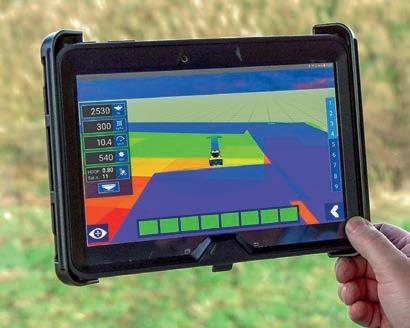
The system is even capable of applying di erent rates to either side of the machine through ‘di erential dynamic spreading’ in line with the application map. This optimises the application rate across the eld, further reducing waste whilst the ‘double double’ overlap spread pattern provides a seamless transition between application rates across the eld,
according to KRM.
In addition, the menus have been simpli ed, saving time when starting a new job or removing completed jobs from the system. More options have also been included for the ‘dynamic section control system’, allowing the percentage overlap required before a section closes to be ne-tuned.


The Navi system represents a very capable and cost-e ective solution for GPS spreader control, KRM concludes. Visit the KRM team on stand number GSE H27. FG


The Unimog U435 with front loader will be on show at this year’s Midlands Machinery Show on the Arthur Ibbett Limited stand.
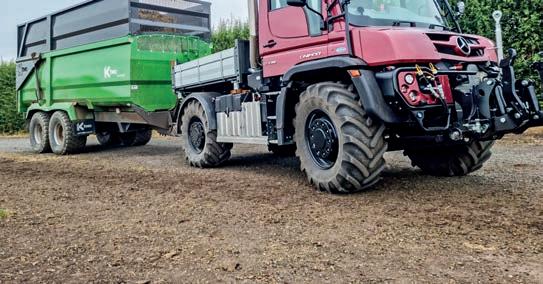
The Unimog U435 and U535 have the updated OM 936 6-cyl engine producing 354hp and 1,380Nm of torque matched to the new gearbox – giving an easy gear shift, higher torques and smoother ride. The second new feature is comfort steering, which is electro-assisted for a smooth easy operation and e ortless control.
Arthur Ibbett’s Unimog specialist, Nick Suddes, says:
“With comfort steering this enables the tment of a Topcon auto-guidance system to the Unimog, again, furthering the Unimog’s ability to turn its hand to many di erent tasks.”
Arthur Ibbett Limited, has been an o cial Unimog dealer for over 50 years and has now bene tted from becoming an authorised Hauer dealer for loaders, PTOs and front linkages. This enables the company to sell and t Hauer equipment to all brands of machinery, complete with a vast range of attachments. Visit the company on stand D2. FG


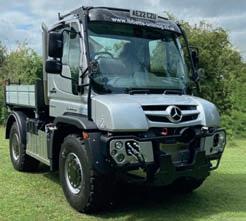
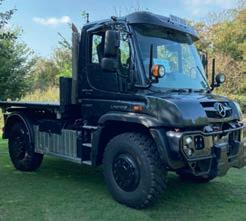
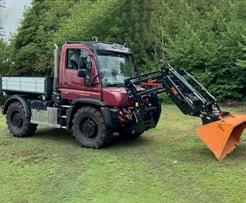
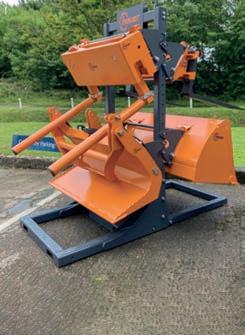







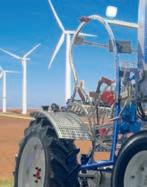
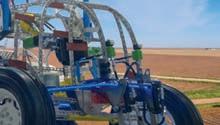






























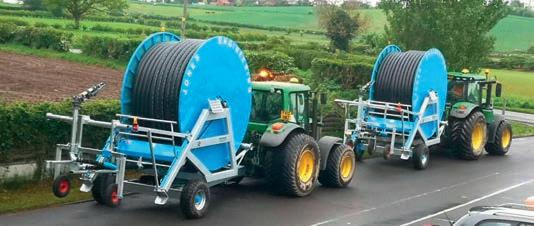
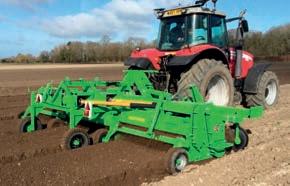


Originating in the heart of the French livestock region, Lucas G brings over 50 years of manufacturing expertise and know-how to UK farms through its comprehensive range of feeding and bedding machinery. The brand has become popular with British farmers over the years, partially due to the ‘Raptor’ and ‘Castor’ range of straw blowers, the company says. The simple-touse machines have been a reliable tool to make the daily routine tasks of feeding and bedding animals simpler and quicker, Lucas G reckons.
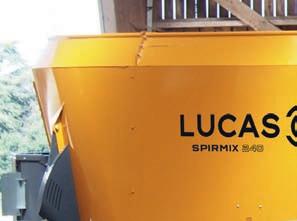
In recent years, the line-up has been expanded to include vertical auger diet feeders, self-propelled diet feeders and fully automated feeding systems, which are slowly but surely nding their way onto the UK market,
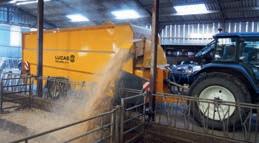


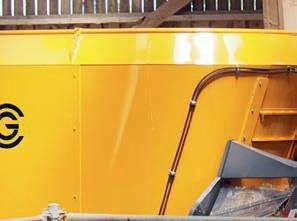
having been designed and built on the same principles that succeeded in the straw blower line-up.

‘With you Every Day’, as the company motto states, Lucas G says it understands that its machines are relied upon daily by farmers and their animals. The brand’s distribution network has expanded in line with the company’s ambitions to o er a wider range of products and increased aftersales support, which has adapted to overcome the challenges the industry has faced in recent years.
Lucas G has invested in new manufacturing facilities and automation technology, bringing further innovation to several product lines. The company will be displaying a selection of its latest products at Midlands Machinery Show. FG
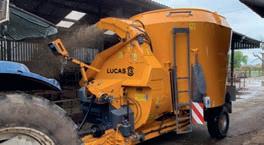





Cousins of Emneth will be exhibiting at Midlands Machinery Show on stand number L2 with a range of its latest machinery to help farmers to solve the problems they face in the eld.

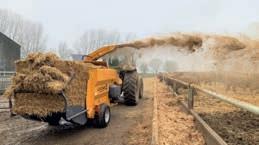
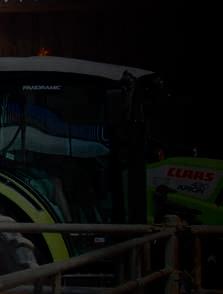
On the stand will be a Patriot, the one pass cultivator suitable for small- and large-scale operations, used by farmers up and down the country. Featuring 500mm discs, individually mounted on rubber suspension, followed by loosening legs capable of working between 6–16in. Depth is controlled by pin adjustment on the 650mm rear packer, with a toothed packer and heavy-duty coils also optional.
Also on the stand will be the Less Lift, the newest addition to

Cousins’ product line up, o ering a low disturbance tool for farmers looking to move less soil. Available in 3m rigid and 4m, 5m and 6m folding models, front cutting discs hydraulically adjustable on the move are followed by legs with a working depth of 8–12in, staggered at 500mm spacing.
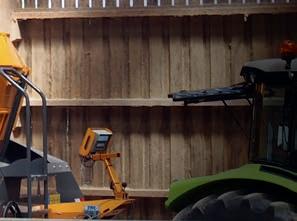
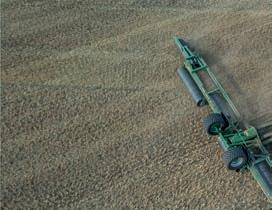
Cousins will also be exhibiting its Contour HZ rollers (pictured). With fully exing, contouring wing section, this machine gives unbeatable ground following, in all land types, Cousins claims. Cambridge rolls are available from 6.3–18.4m widths, also o ering a plain ring in 20in, 22in, 24in and 26in diameter and breaker rings in 20in, 22in and 24in diameter. FG


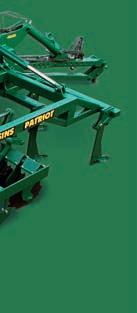


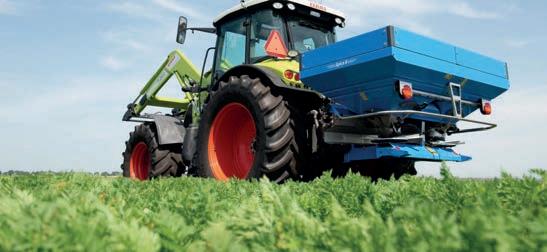



Lemken’s range of fertiliser spreaders, which have been performing well in the UK and Ireland, will be on show at MMS 2022. Three ranges are available (Spica, Tauri and Polaris) which come with tank volumes from 900–4,000 litres and a broad range of control options, from a basic version through to 100% Isobus. The new fertiliser spreaders meet the most stringent requirements regarding precision of application and economy.
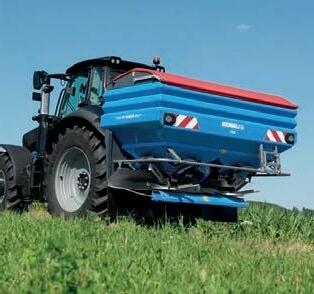



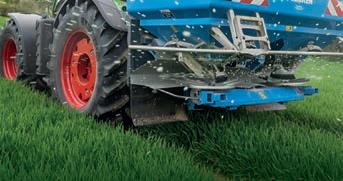
Comfortable setting options guarantee that fertiliser is applied precisely and economically, comments Lemken UK’s general manager, Paul Creasy. The Lemken fertiliser spreaders are therefore high-quality products which optimally compliment the company’s existing product portfolio in tillage, sowing and crop care.
The entry level model Spica with tank volumes from 900–2,100 litres and working widths of up to 24m, makes the Spica ideal for smaller growers. The mid-range Tauri o ers a large loading volume of up to 3,000 litres and delivers higher fertilising e cacy through large working widths of up to 36m. Equipment such as the weighing system, width section control and Isobus preparation make the Tauri 12 not only highly precise but also very comfortable to operate, Lemken reckons.
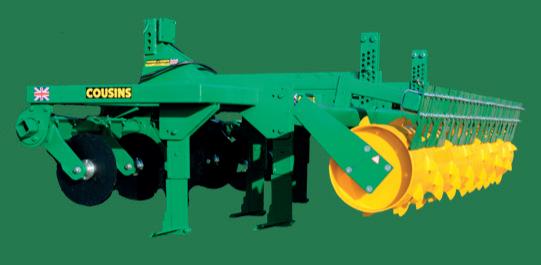

The range-topping Polaris o ers working widths of up to 50m and tank volumes up to 4,000 litres as well as sophisticated technology such as the Epsilon spreader vane system or the GPS-supported Econov section control system. FG


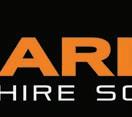






















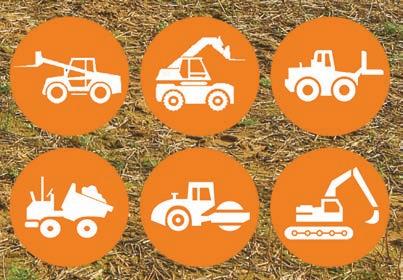
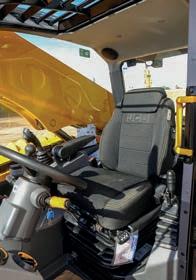
Operations director for Ardent Hire Solutions, Gareth Clements, shares advice on what to look for in materials handling equipment, and the newest and most popular models in the eet.
Q. What key features should buyers look for in materials handling equipment?
A. All Ardent’s machines come with air con as standard and many more bells and whistles. Many hire companies tend to order a base spec machine but we include features such as air con, hydraulic fork positioning, chassis levelling, extra protection guards and sound proo ng as standard. Also, all our machines have a keypad to help prevent theft. Over the past four years, we’ve helped farmers and large farming buying groups hire materials handling equipment including JCB and Manitou telehandlers. And we’ve helped them to x their costs whilst providing them with machine speci cations and hire durations that match their requirements. This exibility has been hugely bene cial at a time of uncertainty and change, not only in farming, but the UK economy as a whole.
Q. What brands do you work with and why?

A. The Ardent team has excellent knowledge of JCB and Manitou telehandlers and these make up the most of our eet, but other brands can be considered. We can also add di erent headstocks to suit customers attachments. We have been a
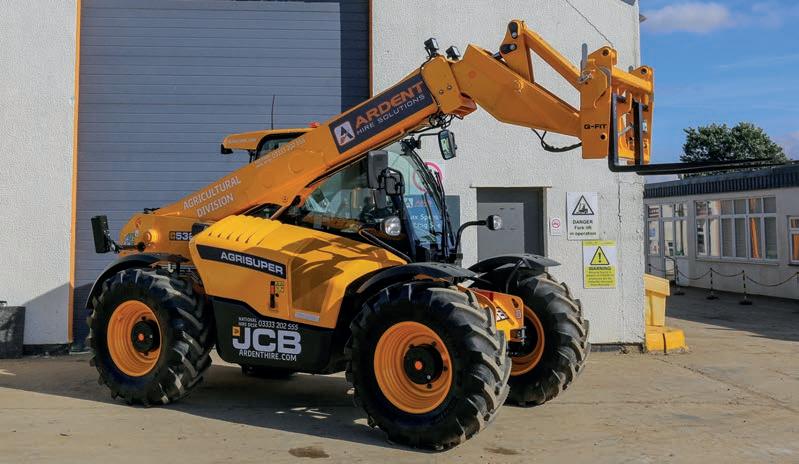
long-standing customer of both JCB and Manitou for many years now, with relationships at the most senior level. We have con dence in both brands –they are both industry-leading with good service and back up, parts are readily available and the controls are common across the models. We stock a high volume of parts to ensure we can x machines should they be damaged or have a fault on the rst visit.
Q. What’s your most popular product with farmers?
A. The main weapon of choice from our experience is the JCB 532/542/536-95 Agri Super or Xtra telehandler. We have a large number of these in our eet now – many machines are ordered each year for con rmed hires. These machines are all about horsepower and spec; they are the GTI of telehandlers. They have extra speed, extra hydraulic capacity and speed, and the operator cab environment is that of a high-end car.
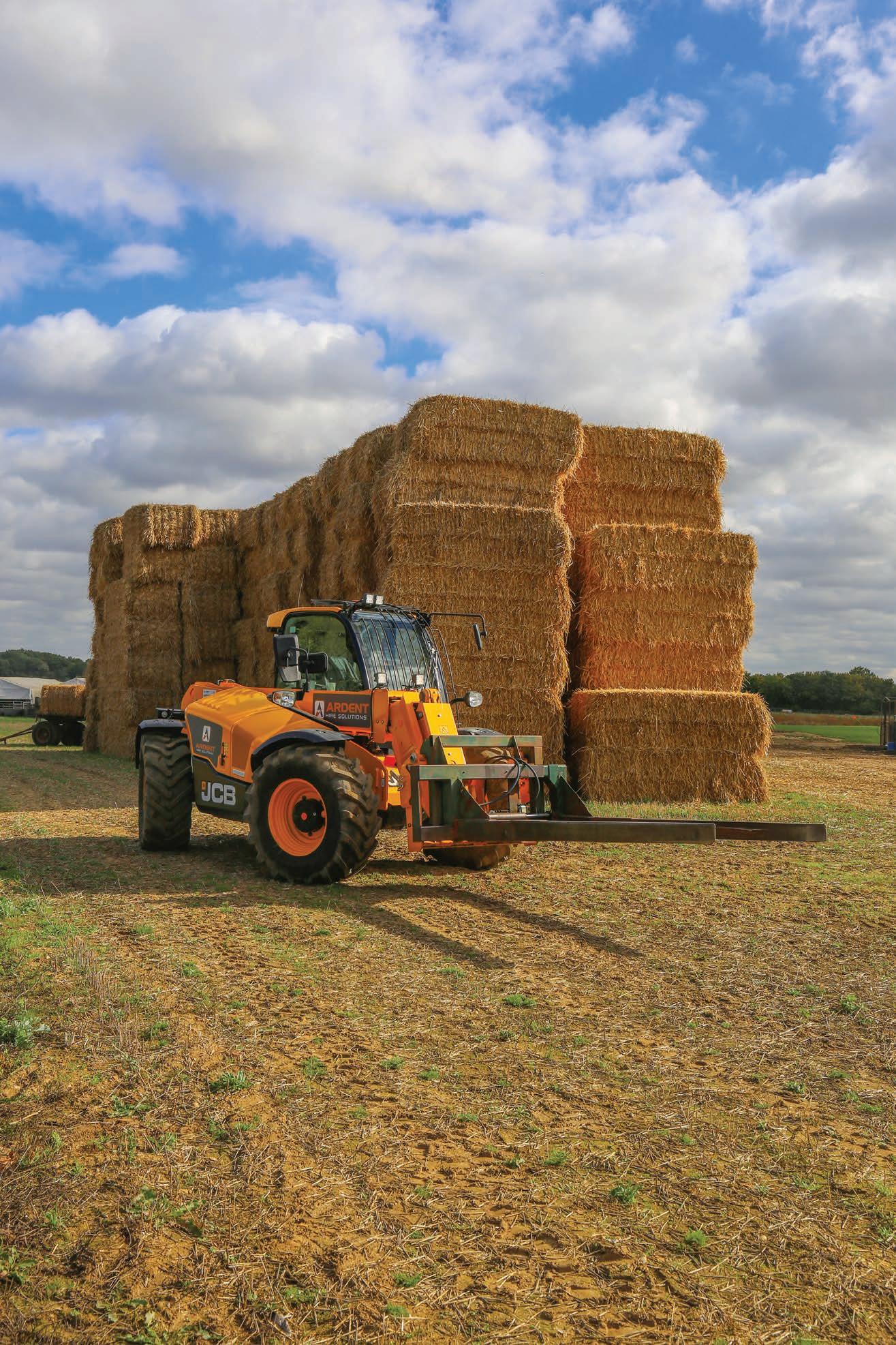
Q. Have there been any new additions to the eet?
A. The latest machine in our eet which has been a real hit is the JCB 560-80. This machine has the
capacity to lift 6 tonnes and can reach 8m; it brings lots of exciting extras and has the appropriate horsepower for a machine of this size. Like the Agri Super/Xtra machines, this machine bene ts from the latest generation cab and technology. It has high-capacity lift and the DNA of an agri machine. We constantly review product releases and are often consulted by OEMs to comment on new machines in the testing phase.
Q. What are the bene ts of hiring over purchasing?
A. You know what your costs are, and we maintain the machine including servicing and thorough examination certi cates – all the hirer is responsible for is damage. In the event of breakdown and if we can’t x the machine the same day, we will bring a courtesy machine out to be used until the machine is fully repaired, ensuring daily duties can continue. We understand a machine is required for tasks that can’t wait, so minimising downtime is our priority.
Q. Have you had any di culties sourcing machinery?

A. The Covid pandemic, its aftermath and now the war in Ukraine have resulted in equipment shortages and increases in equipment costs which have been challenging to everyone. However I am proud to say that even if our suppliers haven’t been able to provide equipment, we have always managed to ful l customer requirements, thanks in part to the large eet that we run. Sometimes we’ve had to supply a slightly di erent machine to the one requested, however, we’ve always been able to provide a solution. Making sure we look after our customers is extremely important to us. We look to build long-term, mutually bene cial relationships with customers so we’ll always bend over backwards to try and help them.
Ardent Hire Solutions has around 3,000 telehandlers in its eet and has one of the youngest telehandler hire eets in the world. It also has one of the largest eets in the UK for roto telehandlers; these are becoming more and more popular although there are not many in the agricultural world yet. The business, which has 11 depots and 300 employees, was formed in 2015 following the merger of Fork Rent and One Call Hire, which were acquired by Searchlight Capital and Duke Street. FG



The topic of this month’s Power on the Land is materials handlers – lifting, loading and stacking, brought to you by Mike Williams.


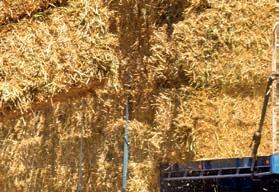

Materials handling is an important part of the work load on almost every farm, and machinery available for dealing with the lifting, loading and stacking jobs has increased in e ciency and output.
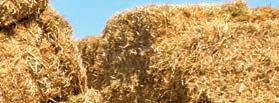
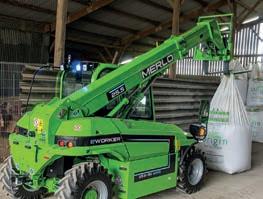
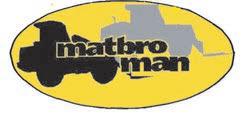

While power and performance are often the top priorities when choosing new materials handling machinery, compact loaders that are small enough to work in the restricted space that is often available in yards and buildings are also supplied by most of the major loader manufacturers. An example is the Kramer machinery range o ering a choice of 13 di erent telehandlers, including a recently introduced compact model suitable for working inside livestock buildings.
The new addition to the Kramer range is the entry level KT144 telehandler model, just under 1m high and with 1.6m overall width, dimensions that allow it to use passages and doorways that often restrict machinery use in traditional livestock buildings. The power unit is a 25hp Yanmar engine, the performance gures include a 1,450kg maximum load, and the lift height limit is 4.5m. Another recent arrival is the general purpose, mid-range Kramer KT3010 telehandler with a 2.28m overall width, a 3,600kg payload limit and the maximum stacking height is 9.5m. A special feature is the choice of cabs with two di erent equipment levels.
Another development recently demonstrated by Kramer is the KL25.5e wheel loader operating with full electric power. It has two electric motors, one to power the transmission and the all-wheel steering system, and the second motor provides the power for the
various hydraulic systems. The stacking payload for the electric wheel loader is 1,750 kg, fully charged batteries provide up to ve hours of work and the recharging time is between six and seven hours. Apart from avoiding air pollution with diesel engine exhaust fumes, electric loaders could also o er signi cant cost savings for farms which generate their own electricity.
Merlo is another leading telehandler manufacturer o ering an electric power alternative. Their new development is featured in the Generation Zero series, which has started with this year’s launch of the eWorker telehandler with power provided by eight hours of battery capacity, and further Merlo electric models are expected as the Generation Zero series is developed. Merlo explains that obvious bene ts of using electric power include zero exhaust emissions, zero noise and zero use of fossil fuels, but the eWorker is also said to o er a new advance in manoeuvrability.
The eWorker joins the existing Merlo models which o er an extensive range of telehandlers including the small sized P27.6 series, a popular choice for pig and poultry
units and also as second machines on larger farms. Power is provided by a 75hp Kohler engine driving a hydrostatic transmission and providing a 40kph top speed, the lift capacity is 2.7t and the placement height for loading and stacking is 5.9m. The range also features some Multifarmer models that include tractor features on a telescopic loader, a concept Merlo helped to introduce. Multifarmer models have a PTO and three-point linkage as standard equipment, and the top model is the MF44.9 with a 170hp engine, 4.4t maximum load capacity and 8.8m lift height.
Telehandler customers can choose from 23 di erent models in the Manitou range, and the product list also features additional materials handling equipment including attachments such as forklifts that can be used for agricultural and horticultural applications such as box and pallet handling. The small capacity models in the Manitou telehandler range are the compact series for use mainly where space is restricted in yards and buildings including pig and poultry units. The entry level compact model is the 1050R with 476kg working capacity,
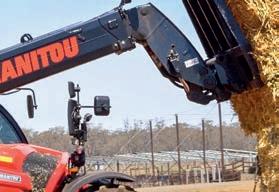
the maximum lifting height is 3.55m, and the overall height is reduced to only 1.786m when the boom is lowered. The engine is from the Yanmar range and develops 32hp.
Much of the UK demand for Manitou equipment is for telehandlers in the mid- to highcapacity sector, with versatility high on the performance list, but the range also includes models designed for customers with more demanding requirements. Examples are telehandlers with above average lift capacity and the Manitou range o ers several models with around 4,000kg capability, but their MLT961160V+L model with a 155hp Yanmar engine is the top performer lifting up to 6,000kg with 9.0m maximum lift height.
Compact loaders are an important feature in the Scha er machinery range, including the 2000 series with a choice of seven models in various versions, all of them powered by 25hp Kubota threecylinder engines providing 1,400kg lift capacity. The 23E is an additional 2000 series model equipped with a 21kW electric motor powered by a battery and providing 1,700kg lift capacity. The compact range also includes the 3000 series and there is a single 4000 series model with a 66hp engine providing 2,300kg lift capacity. The Scha er range also features larger handling machines including wheel loaders with engines in the 66–75hp range for loads up to 3,300kg, and the Scha er telehandler range includes up to 204hp engine output, 1,600–5,300kg lift capacity and up to 6.1m maximum lift height.
As well as complete machines, the Scha er equipment range also comprises a long list of handling attachments, and these include gripper, grapple and high tilt buckets, grippers for manure or silage, a snow plough blade, a feed distributor with a chain conveyor, a rotary mower and a round bale processor. FG











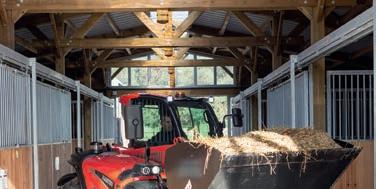
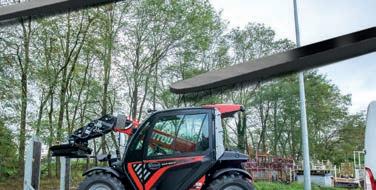








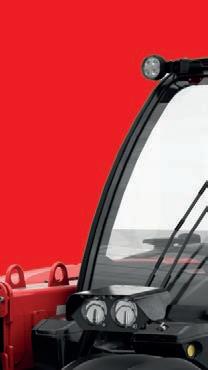








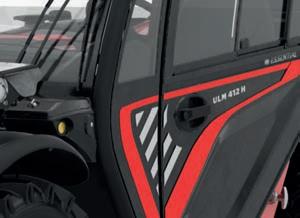
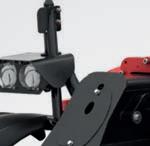




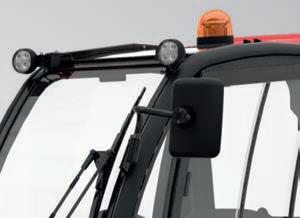














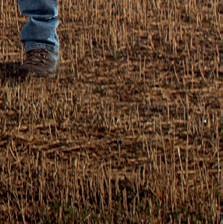
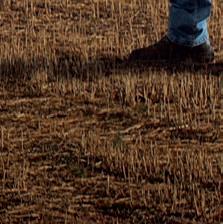




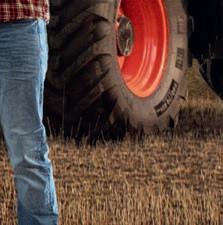
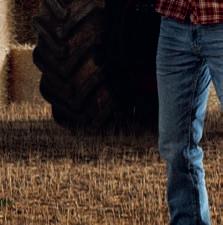
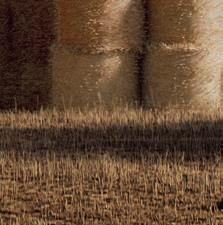


When others just see another job, you see an opportutnity for greatness. You’re not just building castles in the sky, you’re achieving the impossible. Combining your skills and the right equipment to create things that matter.
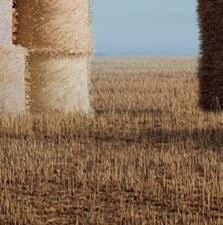
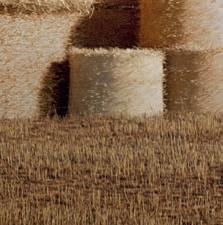

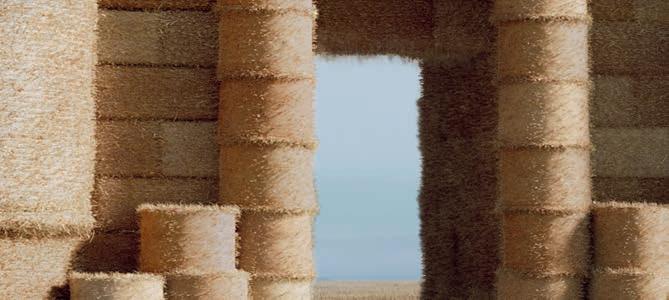
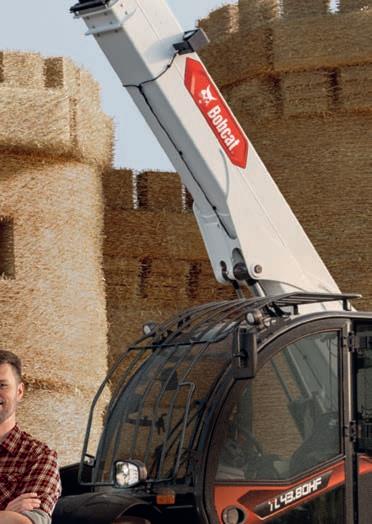
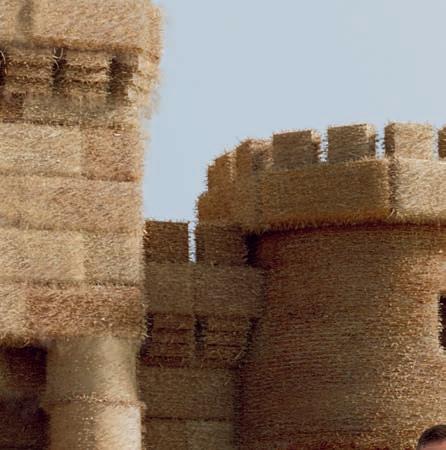

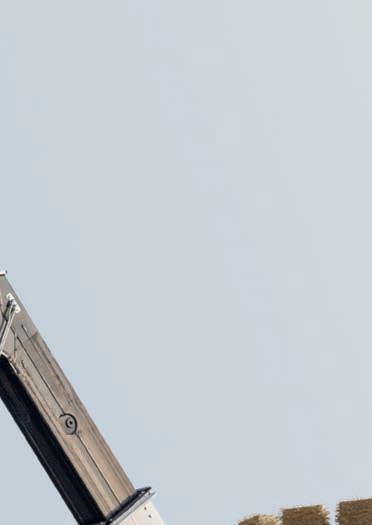
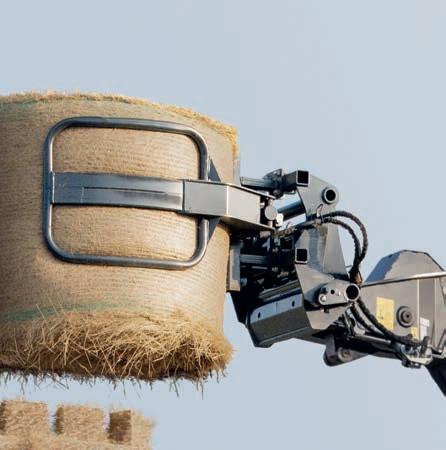

Bobcat has announced a super compact telehandler and more powerful compact skid-steer loaders. David Williams reports.

Bobcat’s R-series product line-up has expanded with the addition of the company’s smallest telehandler so far, as well as more powerful models in its skid-steer tracked and wheeled ranges.
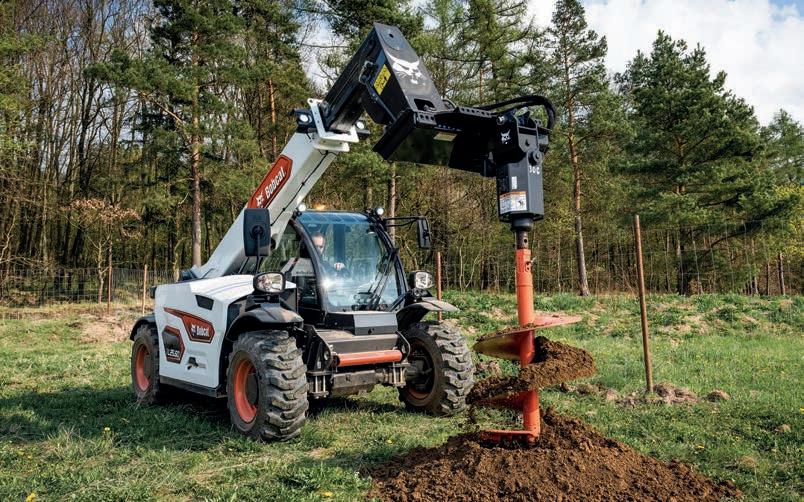
The addition of the new TL25.60 means there are now 11 rigid frame telehandlers to choose from. Bobcat says the additional model is designed for simplicity of use, and features excellent stability, optimum comfort and safe operation.
Power is from a 75hp Bobcat engine. The rated lift capacity is 2,500kg, and it has a 5.91m maximum lift height, and 3.31m maximum reach.
The cab is shared with the biggest R-series 18m machine, and Bobcat claims that this makes it the most spacious on any compact telehandler.
There is a new 5in LCD display, plenty of space for storage, an air suspension seat and an optional tilting and telescopic steering column.
The cab door opens to 90 degrees and has a low entry step.
The view from the driver’s seat is superb; thanks to the low dashboard, slim cab pillars and a low engine hood which allows a clear view down to the right-hand side.
Excellent manoeuvrability results from the tightest turning radius in the market.
Hydrostatic transmission provides precise speed control, and the hydraulic system is claimed to o er the fastest cycle times in its class.
The rst production machines of the TL25.60 are designed for site and commercial operations, but an agricultural version will also be available from next year.
Bobcat’s new S86 (wheeled) and T86 (tracked) compact loaders feature the most powerful engine and hydraulic systems ever o ered by the company for its compact line-up.
A Bobcat 3.4-litre engine delivers 105hp at 2,600rpm, and is mounted in-line with direct drive to optimise e ciency, cooling performance and longevity.
Bobcat Loaders product manager John Chattaway commented: “The S86 and T86 follow on from the very successful introduction of the smaller S66/T66 and S76/T76 loaders. The new top-of-the-range S86 and T86 continue the same trend by setting new industry standards in every area, from in-cab comfort and safety to the power available and attachment versatility. The S86/T86 take what is possible with compact loaders to a whole new level.”
Bobcat is o ering a choice of auxiliary hydraulic ow outputs. Standard ow provides 87 litres/ min for standard operations such as loading and carrying, but there are also two new options providing higher ow rates – both using an Electronic Displacement Control (EDC) pump. High Flow gives ow rates up to 138 litres/min, and an industry-unique Super Flow option provides an impressive 159 litres/min.
The Five Coupler Block (standard with the Super Flow option) provides a exible approach to running di erent attachments. From one common source the operator can attach both standard or high ow approved attachments to the smaller sized 0.5in quick couplers. Then, when using Super Flow, utilising 0.75in couplers allows maximum performance and productivity from the approved advanced attachments.
Both High Flow and Super Flow options come integrated with Bobcat’s unique attachment control device (ACD). The S86 and T86 machines equipped with High Flow or Super Flow also have Power Bob-Tach attachment systems as standard. This adds comfort and productivity by allowing attachments to be connected and removed
Bobcat’s line-up of telescopic handlers has increased with the addition of the super compact TL25.60.
without the operator leaving the seat, just using the switches conveniently located in the cab. It is also available as an option for machines with standard ow hydraulics.
The new S86 and T86 models can lift more, carry more and reach further. This is achieved by new lift arm geometry that improves lifting capability throughout the lift arm’s range of motion. With improved hydraulic performance and stronger cast-steel lift arm sections, the loaders have higher lift capacity throughout the lift cycle including at maximum height.
The new S86 and T86 share the same cab as recently launched S66 and T66, and S76 and T76 models, which features low noise and vibration levels inside the one-piece sealed and pressurised operator station. Intuitive SJC controls are standard, as well as informative displays. The cab has an HVAC system as standard and increased vision from the seat, which can be further enhanced by the innovative Clear Side cab option with which 75% of the side window area is meshfree. A rear-view camera is standard. In addition to the standard 5in display an optional, advanced 7in version that provides even more detailed machine information and unprecedented device connectivity can be speci ed.
Other key features of the S86 and T86 include:
• Bobcat horsepower management – enhanced power management
• Speed management – maximises attachment performance and precision
• Optional 5-Link Torsion Suspension
Undercarriage – for additional stability and comfort
• Counterweight ready – for increased lifting performance and customisation
• Dual-direction bucket positioning – for reduced spillage and increased e ciency
• Optional automatic ride control – for a smoother ride on uneven terrain
• Optional reversible cooling fan – improves cooling, and reduces maintenance and downtime. FG
Material handling equipment used in the modern-day agriculture sector needs to be reliable, in order to provide the best performance in arduous conditions
single day. Donghua says its high performance agriculture chain is designed to withstand the toughest farming applications. Whatever materials you are handling, you need to be con dent that your machinery will cope with all applications in all weather conditions all year round.

Manufactured in state-of-theart facilities with precision tooling, Donghua’s high performance agriculture chain is designed to withstand the most arduous agricultural and farming applications.
The chain is designed with superhigh breaking loads, heat treated and pre-tensioned with chrome pins and has a high interference between pins and plates to make sure they withstand the toughest applications in British farming.
Donghua’s UK headquarters in the West Midlands has a 25,000ft2 warehouse, technical workshop and testing laboratory. With

approved product partners, approved stockists and distributors across the UK and Eire, the company believes it is well placed to support farmers when they need a replacement agriculture chain.
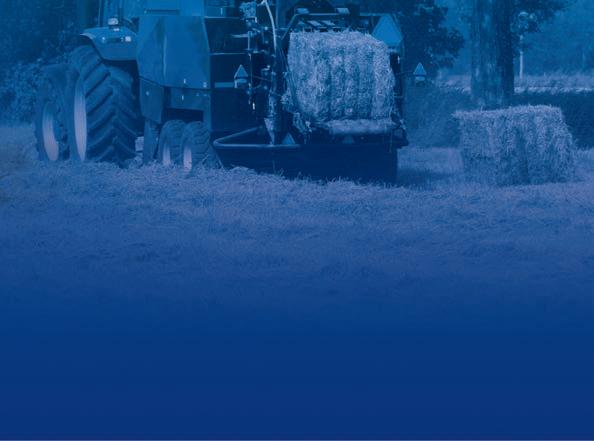
Its range includes:
• Heavy Super Power (HSP) chain – popular in the UK due to its robustness, with ultimate tensile strength up to 50% higher than DIN standard chains, Donghua says. Its wide waist plates give
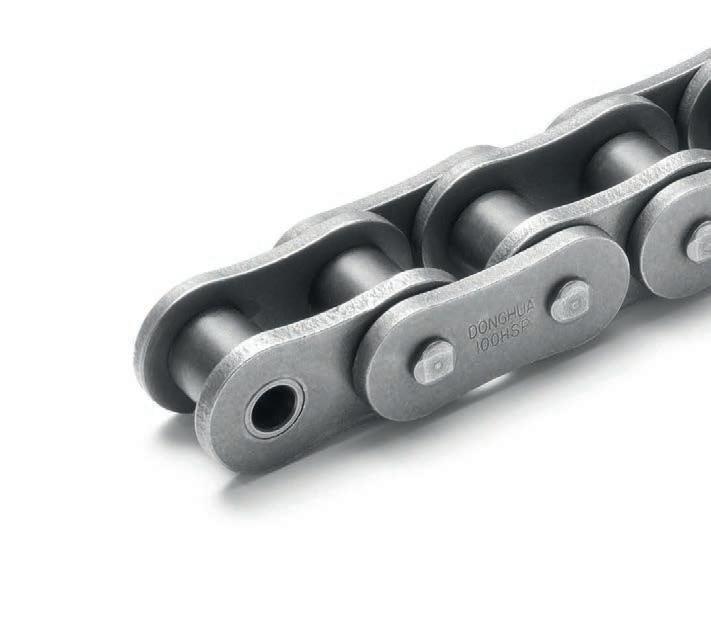
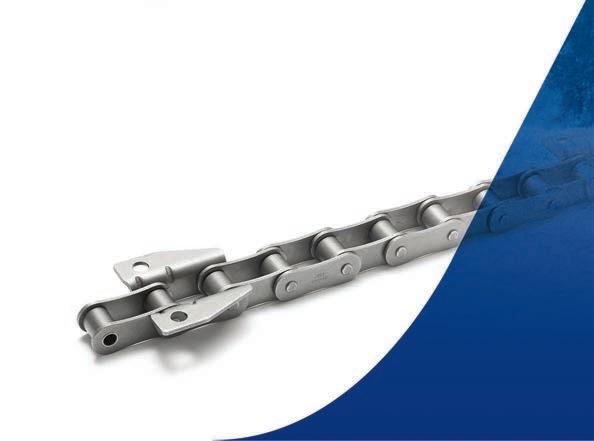
extreme fatigue strength and high interference between pins and plates. It’s ideal for use on balers
• Mark V agriculture chain – a range of zinc coated chains providing added durability. It is anti-corrosive, waterproof and longer lasting than standard agricultural chains. It is built in Donghua’s UK workshop
• Pintle chain and attachments – designed with an open barrel which minimises pin surface contact with the chain gearing face, it cleans the tooth root and
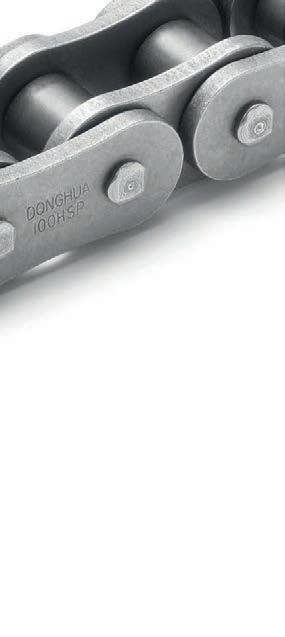
removes any lodged material during use, minimising material build-up which causes blockages, corrosion and potential seizures.
Heat-treatment of parts during manufacture, including hardened steel pins, optimises wear-life making the Pintle Chain highly durable, Donghua says.

Donghua o ers a complete replacement chain kit for each make and model of combine harvesters used in the UK. It can identify the correct chain from the make and model or the OEM part number.
Donghua says it has a full range and large stock of agricultural chain ex-stock in the UK.
For more information, visit www. donghua.co.uk/agriculture-chain/ FG




Hiring tractors, trailers, general agricultural machinery and plant adds exibility and helps support cash ow – but nding a reliable supplier with a wealth of machinery available is not always easy.
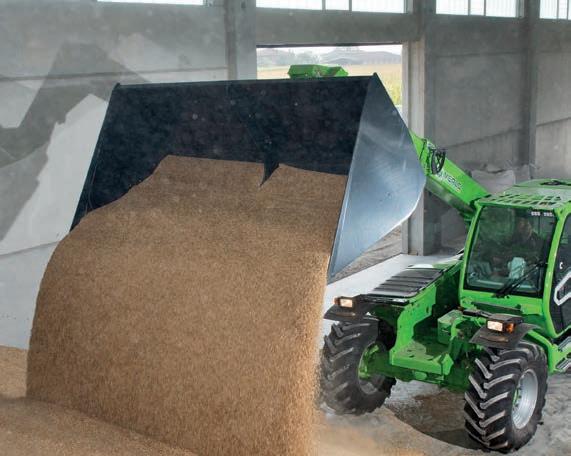
Ashbrook Ltd, based in the northwest, is an agricultural machinery, plant and access hire company with over 20 years of experience. Managing director James Ashbrook comments: “We are well placed to serve farms the length and breadth of the UK. In fact, we have customers as far south as Cornwall and north to the borders of Scotland. Our excellent relationship with Case IH means that we have access to the best quality tractors and can provide outstanding deals on long- or short-term tractor hire.


“But we’re more than just tractors, trailers, muck spreaders, Cambridge rollers and the like. We have just taken delivery of our 1,300th brand new machine from Cat, which happens to be a backhoe loader, and boast
over 3,000 pieces of access and plant machinery, which includes, amongst other things, long reach excavators. So, for many of the jobs on farm, we’ve got you covered.


“Coming from farming stock and working for many farming companies, we understand time is of the essence when extra machinery is needed, and our friendly team ensures everything runs smoothly from rst quote to aftercare.”


Ashbrook Ltd has availability for 2023 tractor hire and more. FG
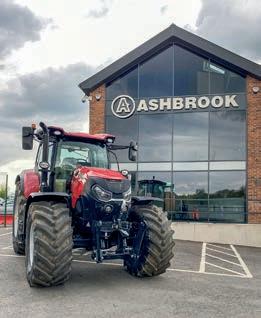




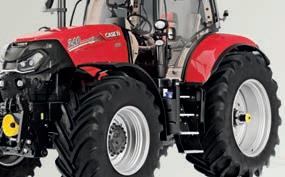




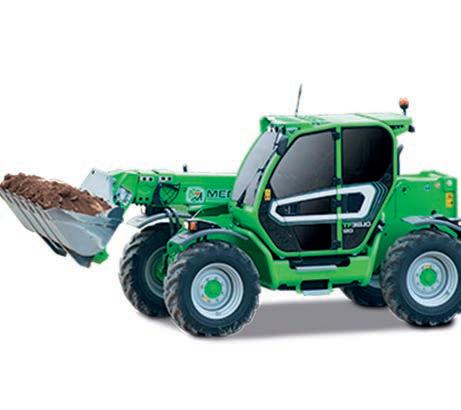
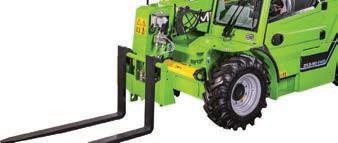



Merlo’s eWorker range of small dimension telehandlers are 100% battery powered – designed to completely reduce noise levels, polluting emissions and increase manoeuvrability in con ned spaces, says UK dealer SAS Agri.
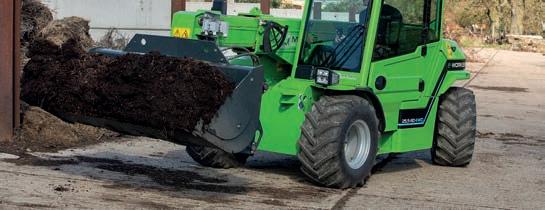


The battery pack o ers approximately eight hours of work with a recharge time between 8–9 hours, allowing eWorkers to work without interruption. For customers who need to work round the clock, it’s designed to allow battery replacement in just over ve minutes with a convenient quick-release system.
The eWorker is equipped with a regenerative braking system which converts the machine’s kinetic energy into electric energy that is stored in the batteries for maximum e ciency.
Merlo machines have a carriage designed to ensure record-breaking








performance with every implement, without compromising on lightness. Moreover, the maximum rotation greatly facilitates the loading and unloading of material with shovels. The Tac-lock device, which comes as standard on all the models, guarantees maximum operating comfort, allowing the implements to be hydraulically locked from the cab.

The standard con guration of eWorker range features four LED lights tted on the cab overhead guard, for safe and easy operation even in poorly lit environments. The active boom suspension system (BSS) is available as an option, which protects the load during transfer and maintains a high level of driving comfort on rough terrain. The suspension is automatically deactivated at low speed for boom maximum precision and power. FG

Telehandlers are often the most relied upon machines on many farms, as they are often used for essential jobs such as feeding livestock and loading grain lorries.
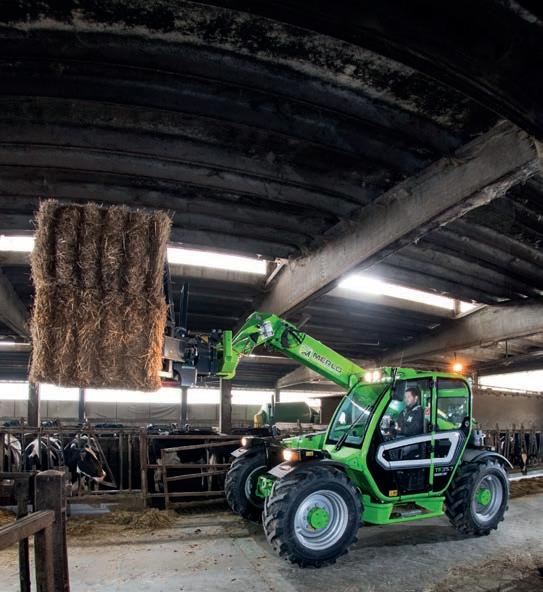
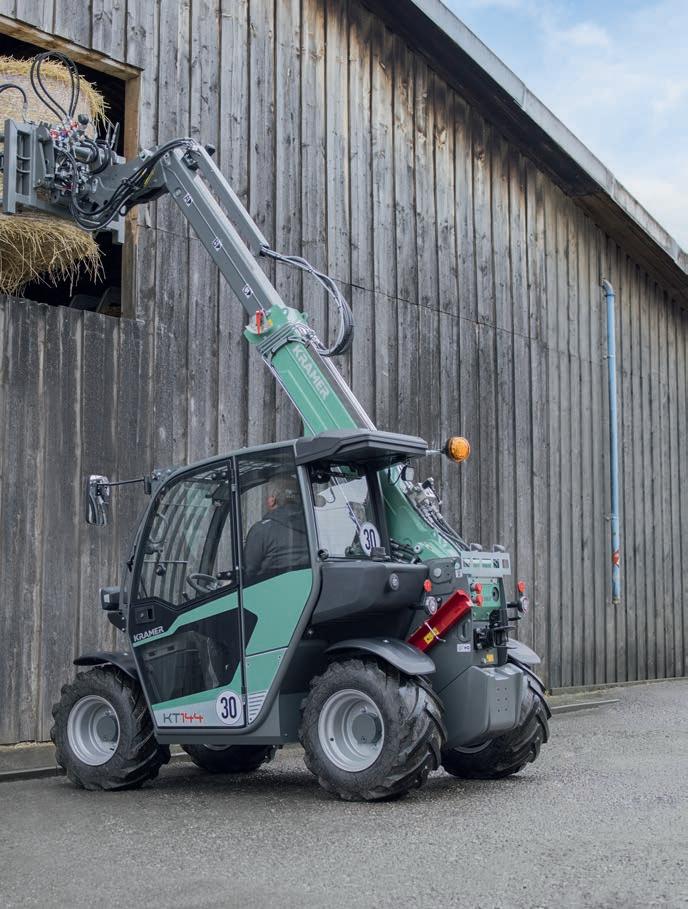
Therefore, it is important to have a reliable telehandler that has the capacity to match the requirements of the job in hand.
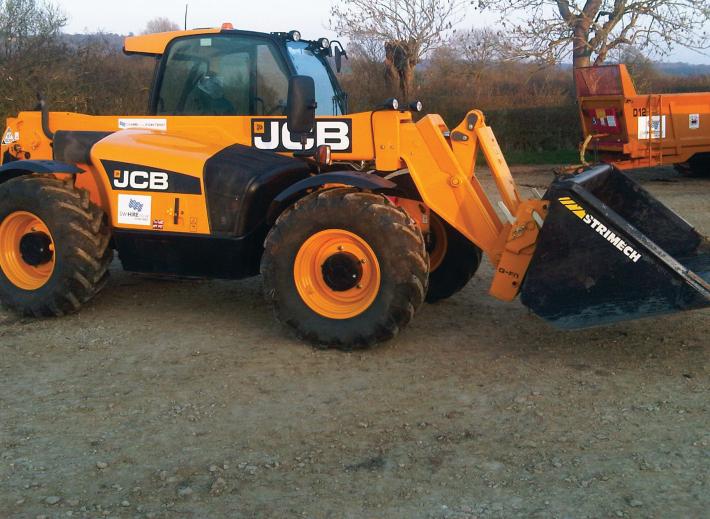
One option available is to hire a machine when needed, either on a short-term basis or a longterm contract hire. Hire can help customers to x costs and remove the risk of costly breakdowns that can happen with machinery ownership. Periodic servicing and breakdown cover is always covered in the cost.
SW Machinery Hire has been supplying telehandlers nationwide to the agricultural and construction industry for over 15 years. The
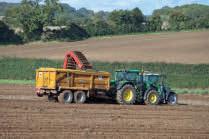


eet consists of JCB, Manitou and Kramers, with 6-18m reach and an average age of less than 12 months old. This means customers can bene t from the latest technology, comfort and output that new machines can provide.
The company says it now has the largest eet of agricultural telehandlers in the UK and there are more machines on order for 2023, which will see the addition of loading shovels to give customers access to an even broader range of machines. FG
Cooks Midlands has been a Merlo dealer for 25 years and is proud to have a reputation as the leading dealership in the Midlands for service and support. Being conveniently located, just one mile from junction 22 of the M1, means the company is central to all the Midlands major road networks, making it very easy for customers to visit its shop and yard. Whilst it specialises in Merlo telehandlers, it also o ers a range of complementary brands including CAT, Kubota, Mecalac, Vicon, Spread-a-bale and KTwo.
Led by managing director Darren Cook (pictured left with sales manager Rob Weaver), Cooks Midlands has
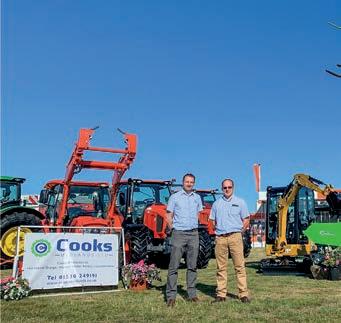
the privilege of sponsoring Leicester Tigers hooker, Charlie Clare. The company says it is delighted to have supported the Tigers in their success last season and hopes for a repeat this season.
Cooks Midlands is a close-knit team focused on giving customers the best sales and aftersales experience. Call the company directly to book a service or nd out more about the new and used Merlo telehandlers it has in stock – one of its team will be only too pleased to help. It also has demonstrator machines available so you can experience for yourself the premium feel and performance of a Merlo. FG
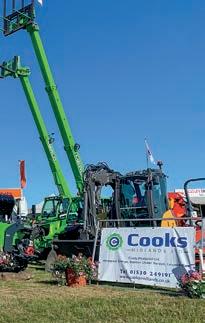


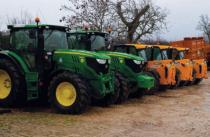


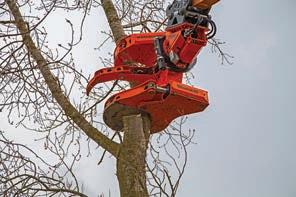


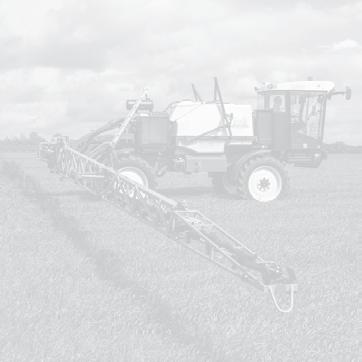






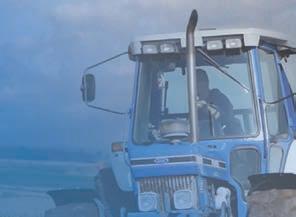

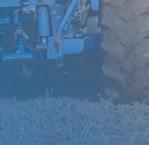




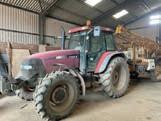
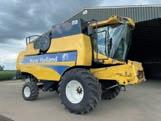
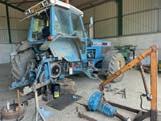
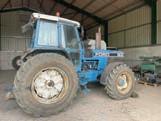










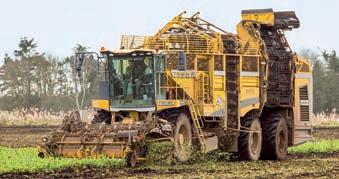

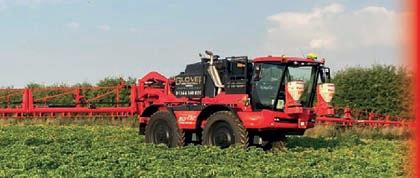





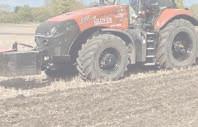
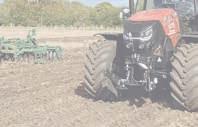




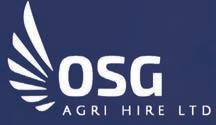
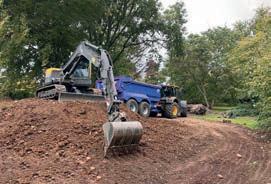

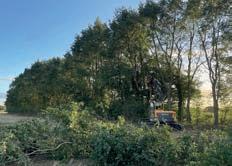
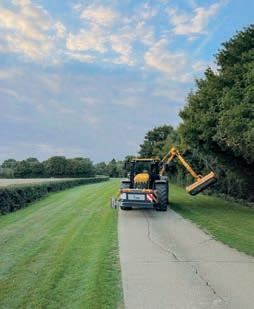

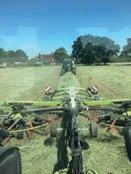






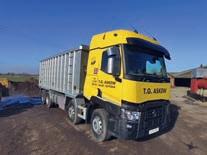


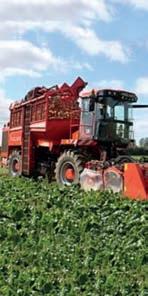
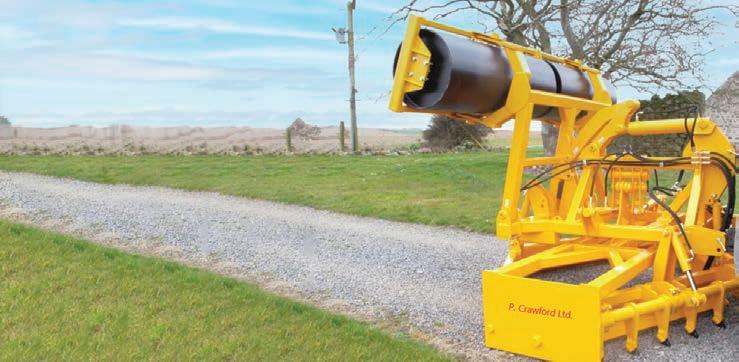







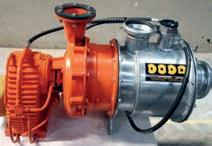
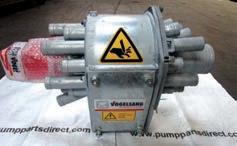












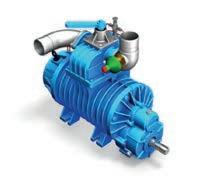
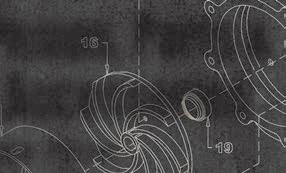



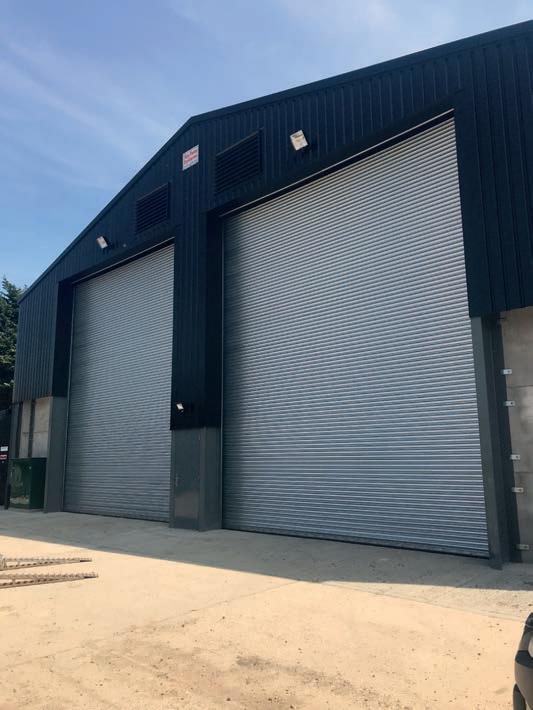
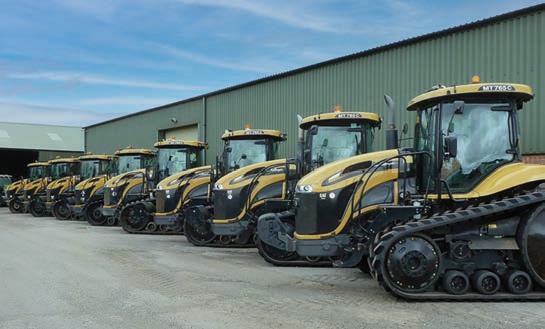
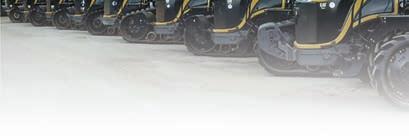
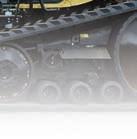
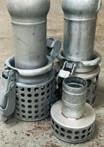



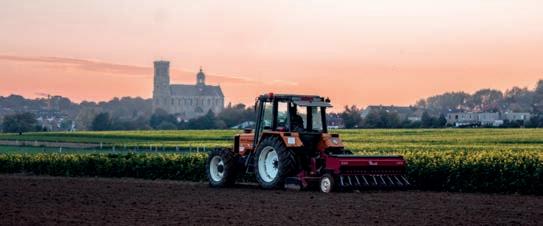


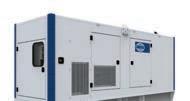







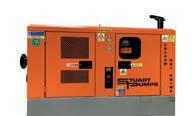






Managing director Julie Goulding julie@farmersguide.co.uk



Director Greg Goulding greg@farmersguide.co.uk 01473 694454

Editor Rachel Hicks rachel.hicks@farmersguide.co.uk 01473 694459









Deputy editor/Livestock editor Sarah Kidby sarah.kidby@farmersguide.co.uk 01473 694450

Machinery editor David Williams david@farmersguide.co.uk

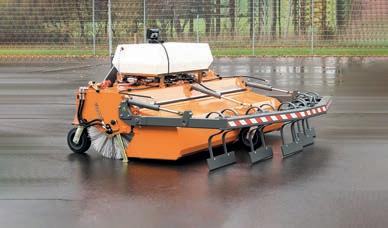
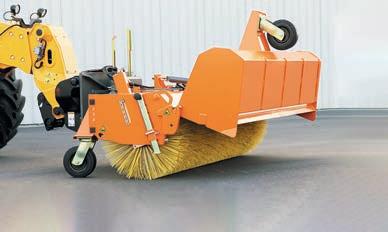
Sta writer Henrietta Szathmary Henrietta.szathmary@farmersguide.co.uk

Sales manager Chloe Hors eld chloe.hors eld@farmersguide.co.uk 01473 691888
Senior sales executive Jana Moyes
Senior sales executive Joanna Blower joanna@farmersguide.co.uk 01473 694452

Sales executive William Taylor will.taylor@farmersguide.co.uk 01473 691888





Sales executive Sophie Smith sophie.smith@farmersguide.co.uk 01473 691888
Sales executive Rosanna Sweet rosanna.sweet@farmersguide.co.uk 01473 691888
Sales executive Chloe Fox chloet@farmersguide.co.uk

794444
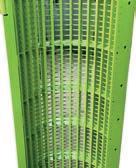
Classi ed sales manager Nicki Procter nicki@farmersguide.co.uk 01473 694456
Classi ed sales executive Samantha Wilson samantha@farmersguide.co.uk 01473 694455





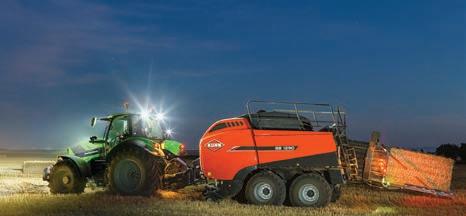



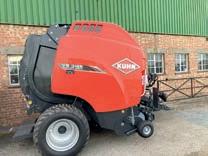
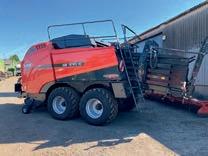

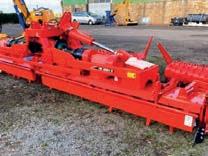

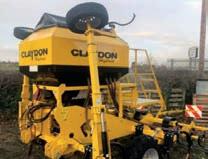

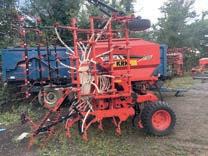



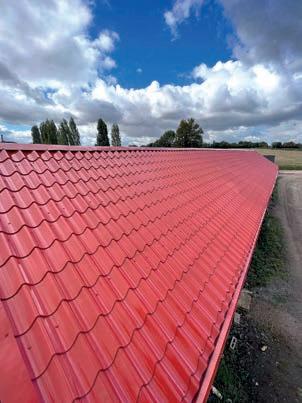
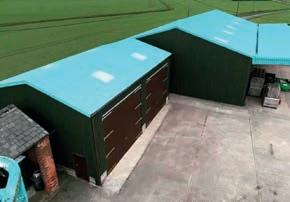
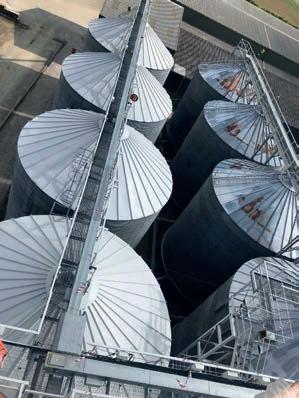
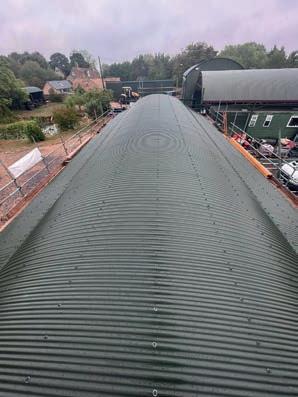








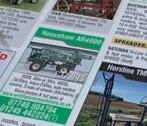




























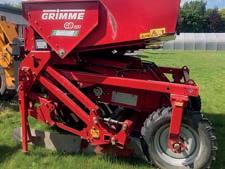

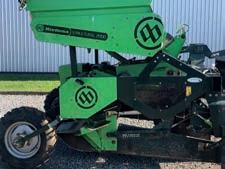

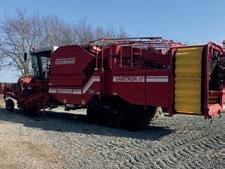



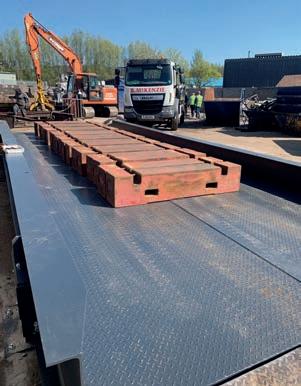
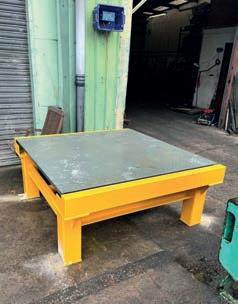

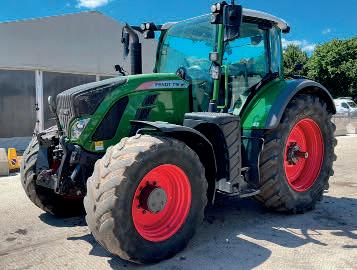
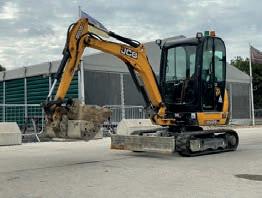
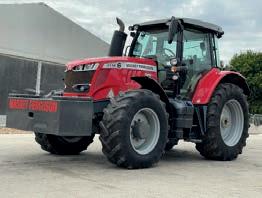
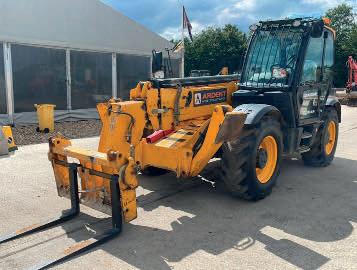

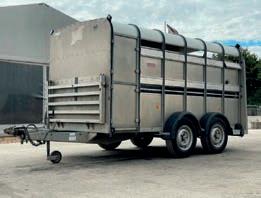
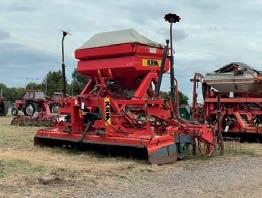
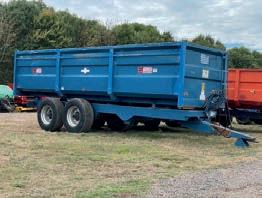
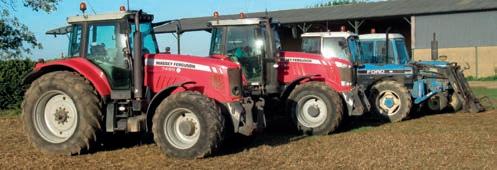
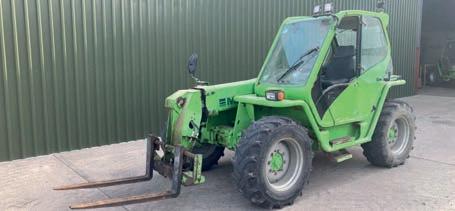
Holland

7810 (02), John Deere 6600 (97);
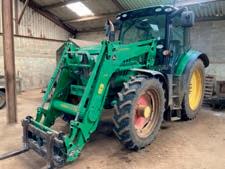

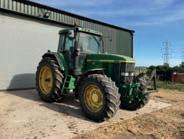
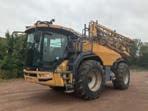
Easterby Trailers 14t

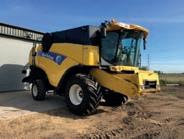
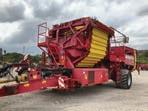
with 20 Vari feed header; Tractors: John

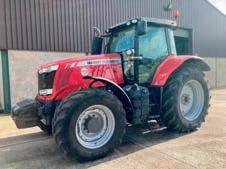

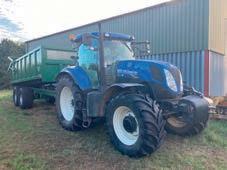
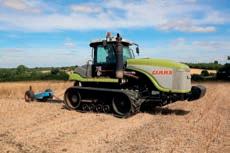
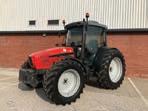
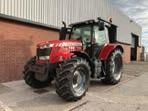

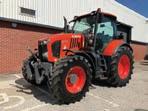
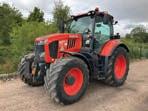
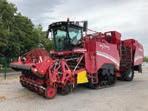
14t twin axle (86), Gri iths Trailers GT80 10t twin axle trailer, Transline Engineering Ltd 8t twin axle trailer with wooden floor, Homemade single axle twin wheel 5m plant trailer; Sprayer: Chafer 3000 C Series trailed (08); Augers: Farm King 15.5m 8” 3 phase auger, Astwell 5m 4” 3phase auger; Implements: Amazon Profis ZAM 3001 fertiliser spreader (11), RECO Sulky Optiline Pro 3m disc drill (07), He-Va 4m disc roller (15), Vaderstad Rollex 12m hydraulic folding Cambridge rolls, Houseman 6m hydraulic folding Cambridge rolls, Lynx Engineering Streamline-D L2410022 3m front press with clod bar, Dowdeswell DP120S 5 furrow (4+1) reversible plough (96); Attachments: Stocks Ag Fan Jet Pro 65 (17), John Deere 10 x wafer weights in carrier, John Deere wafer weight frame c/w 18 x 45kg wafer weights, Datum RTX 240 Hyd road sweeper on 3 point linkage (12), Qty of buckets to fit back hoe loader including dyking bucket and trenching buckets; Miscellaneous & Sundries: Various wheels & tyres, qty of gas guns, qty of various workshop tools, equipment and spares ect.

FOR A DETAILED LOT LIST & CATALOGUE VISIT BROWN-CO.COM





Humber O ice: 01482 421234 James.walton@brown-co.com

07920 496350 Anita.riggall@brown-co.com










07966 597930










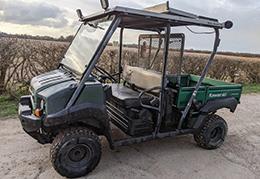
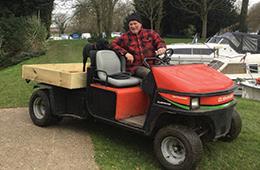
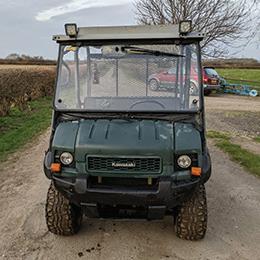






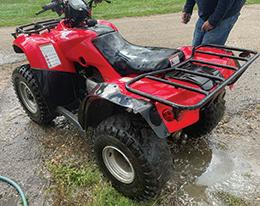
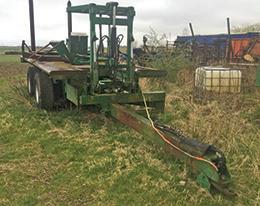



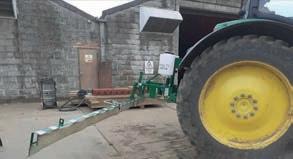

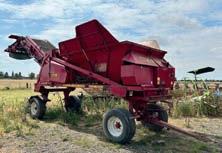




























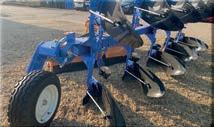
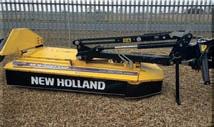



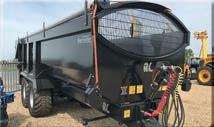
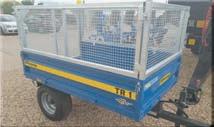
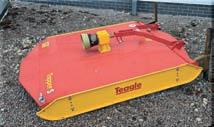
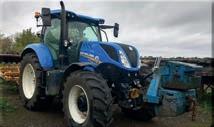
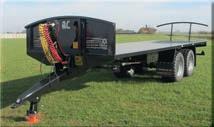
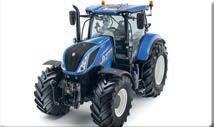
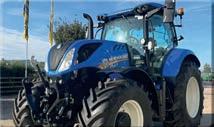
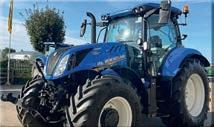
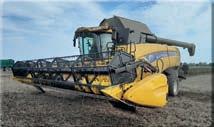
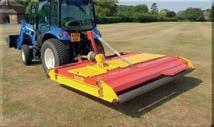
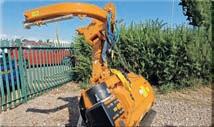
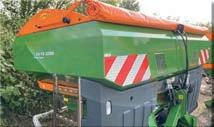
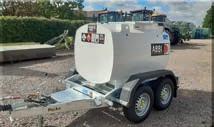
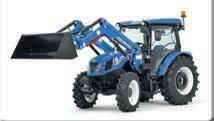
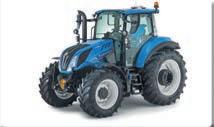

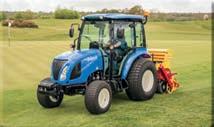









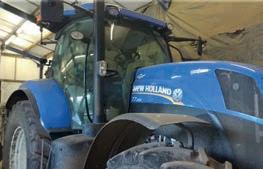
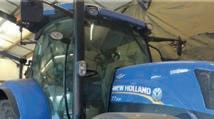
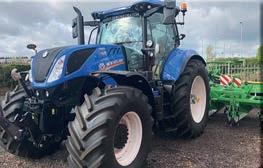
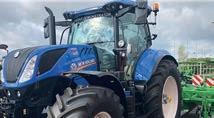
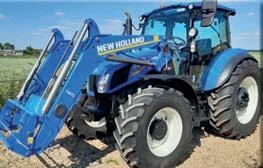


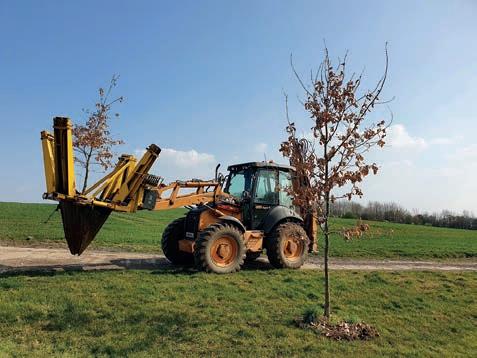
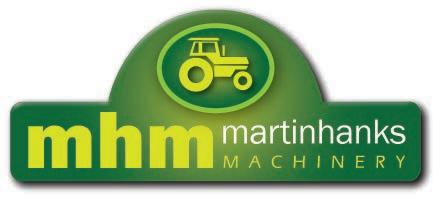
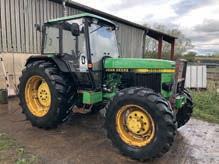



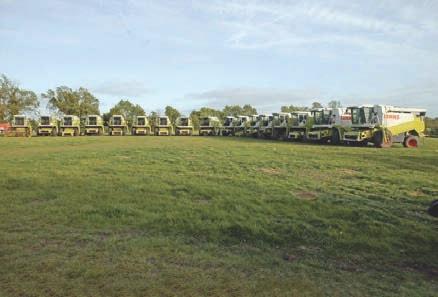

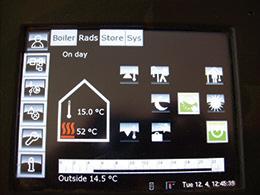


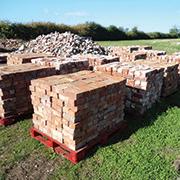



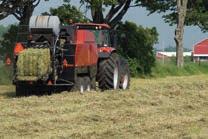
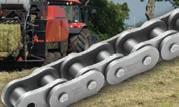


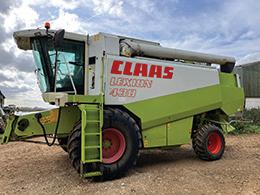
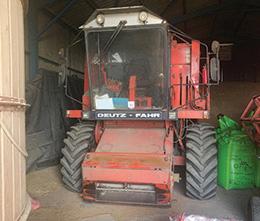






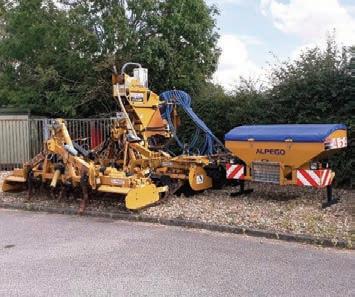
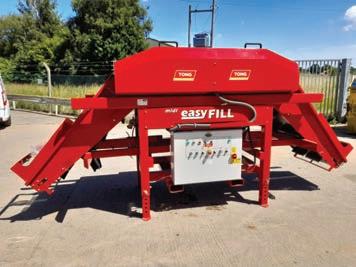

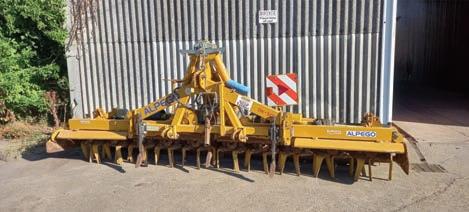
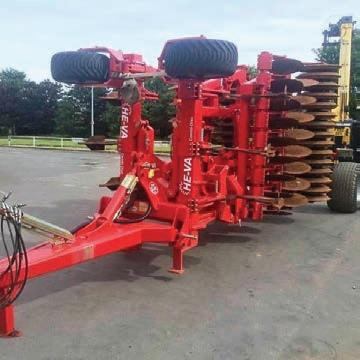

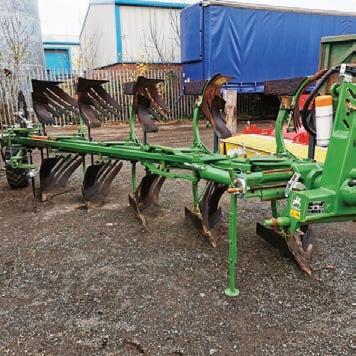
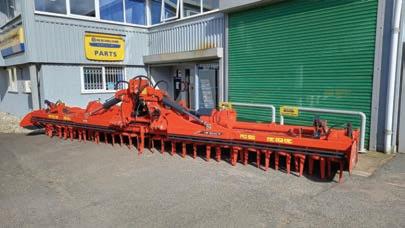
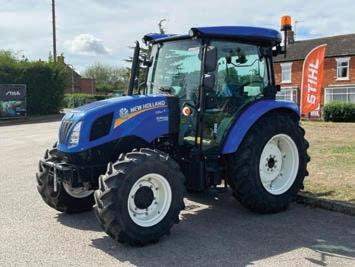
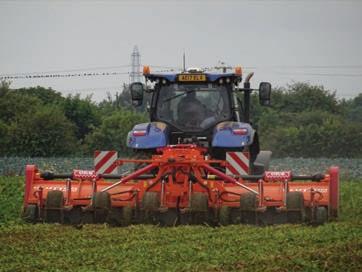
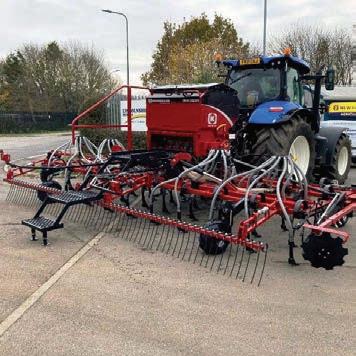


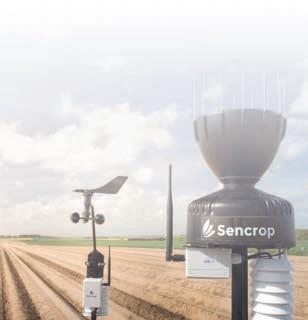



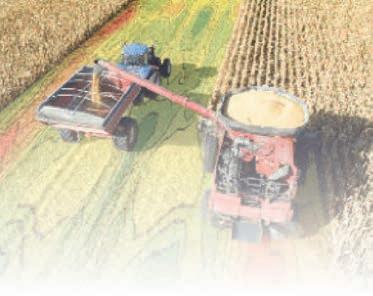
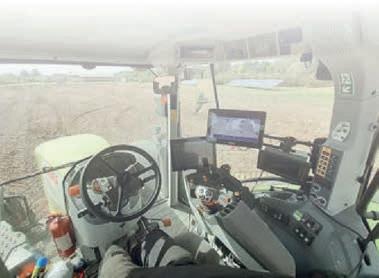
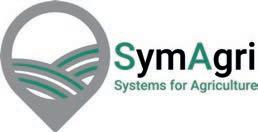
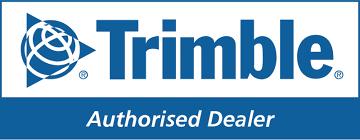






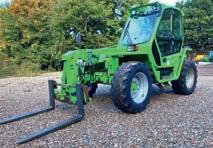



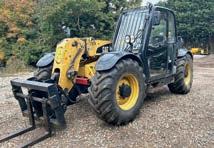


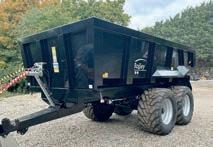
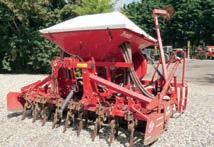
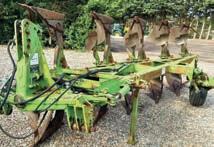
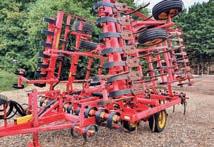

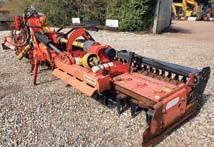






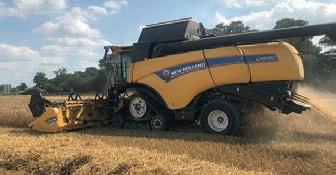

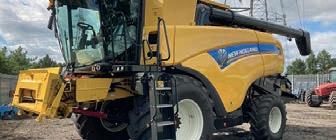
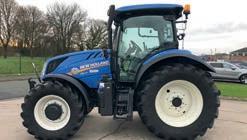

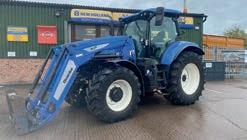


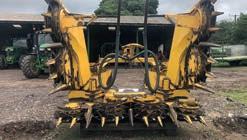


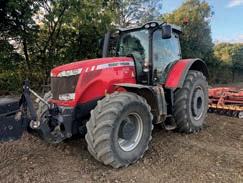



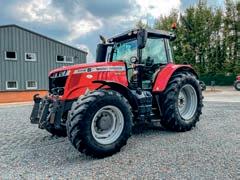




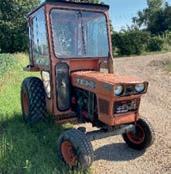
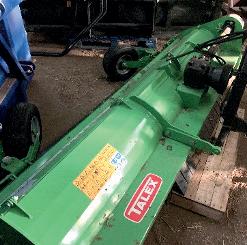

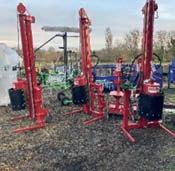
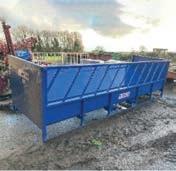











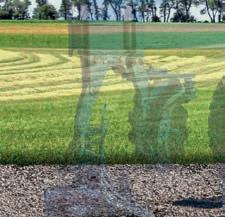
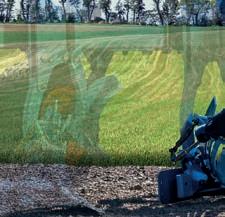
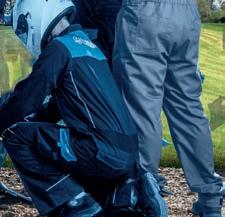











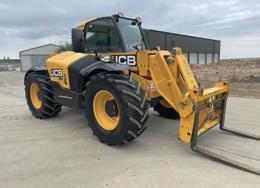
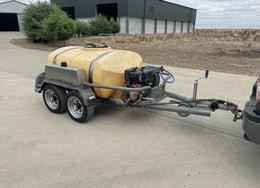



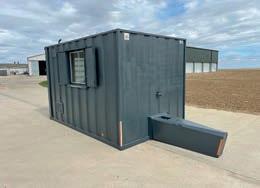
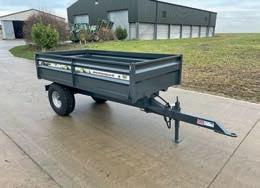
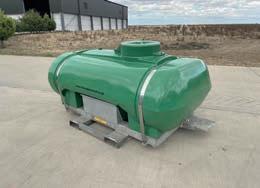



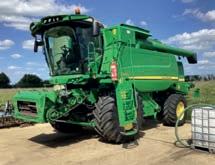

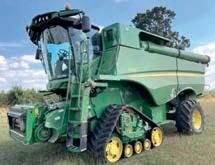
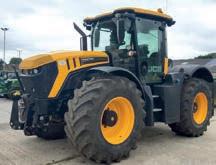
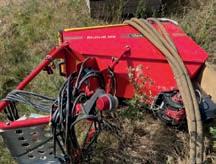

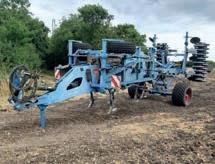
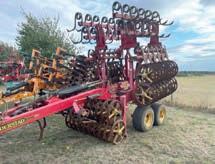
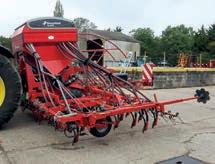
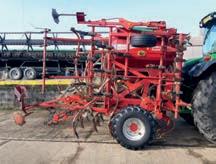
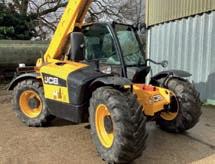
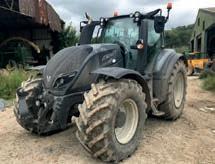
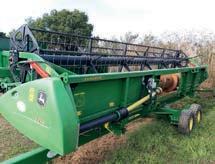
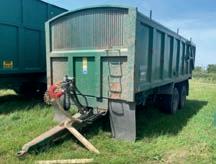
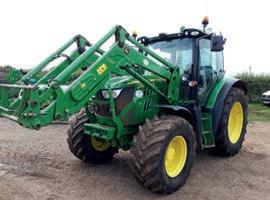
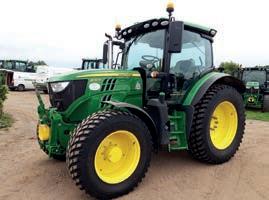
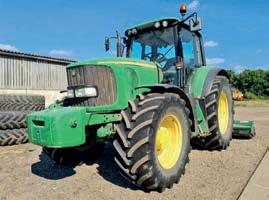

R Sinkler
F Johnson Tel 07774 361830 (Lincolnshire)
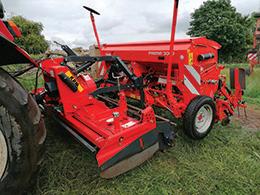
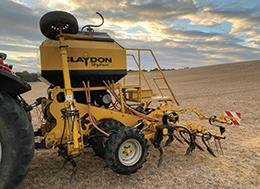
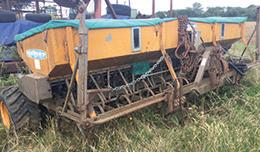


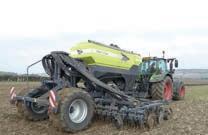
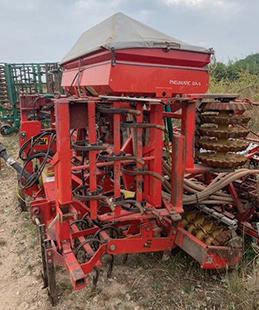
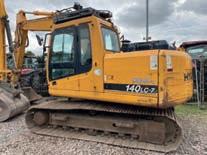


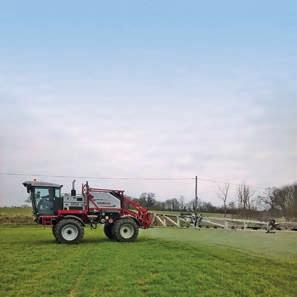

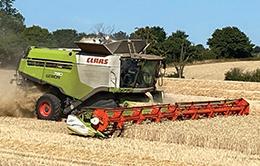

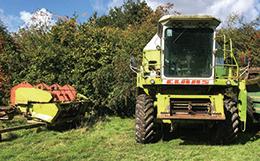
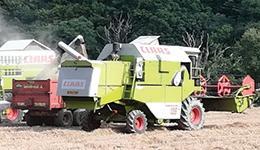
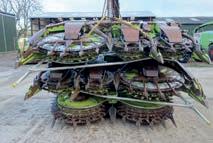




£5,000+VAT
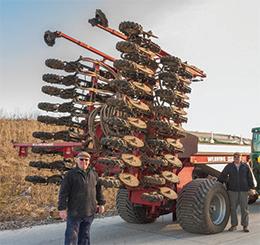
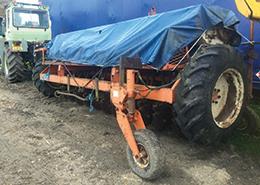
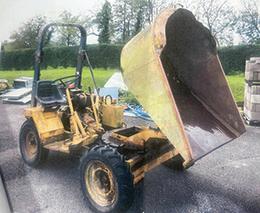
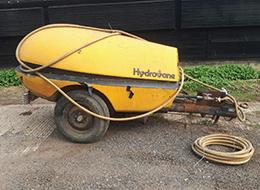
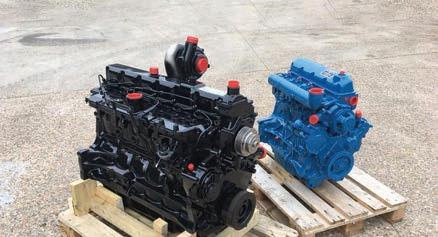
R

07748 981816 (Norfolk)

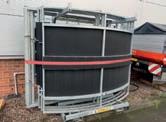
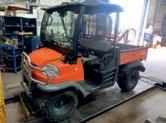
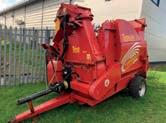
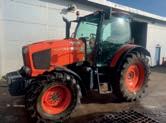
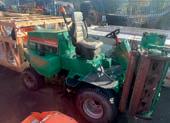
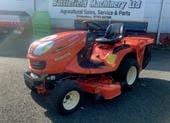


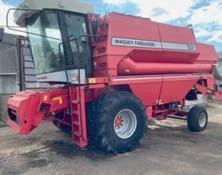
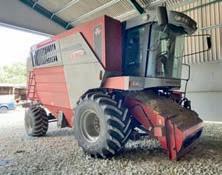
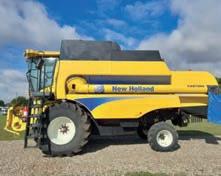
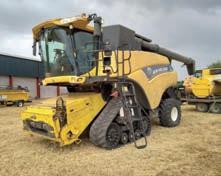
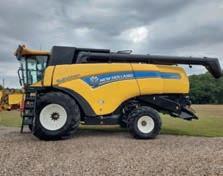

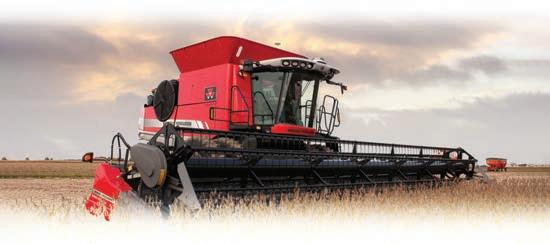
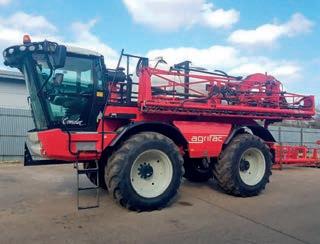


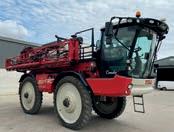


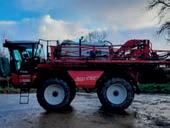
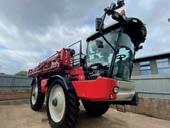
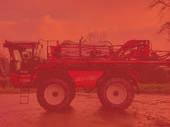
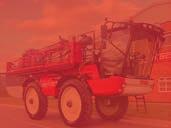

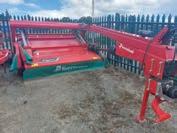

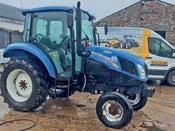
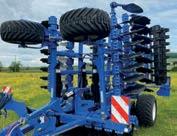
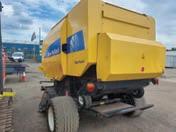
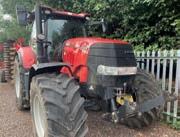
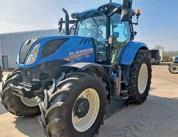


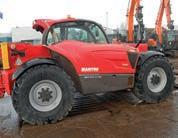

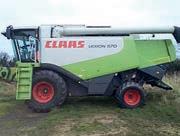
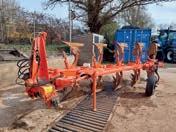
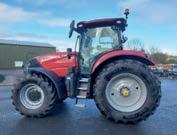
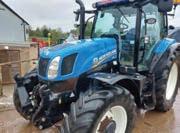

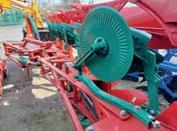

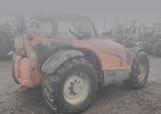

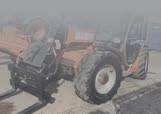

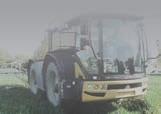


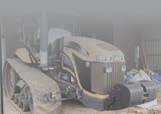
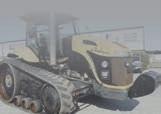

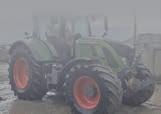
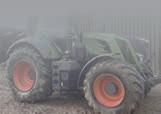
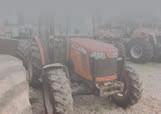






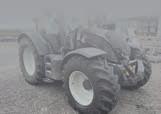

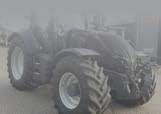
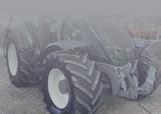

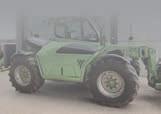








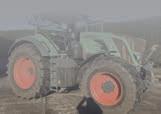
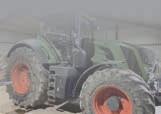






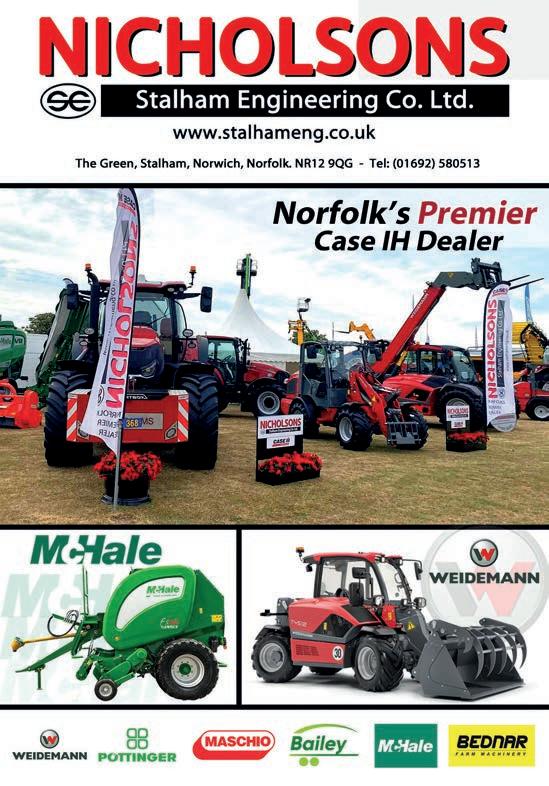
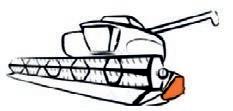
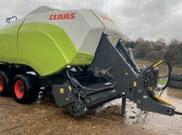
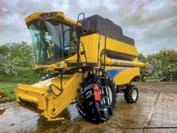
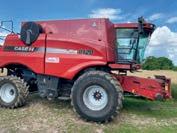
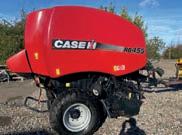
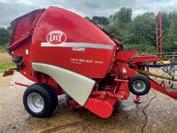

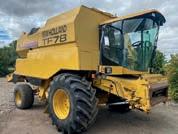



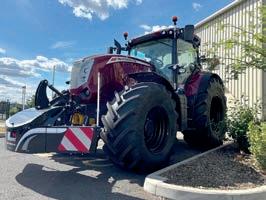
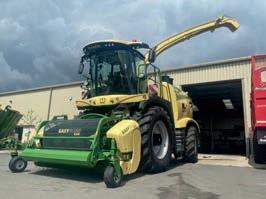


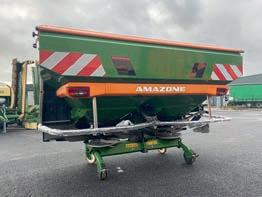
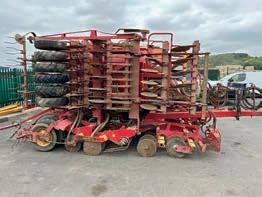
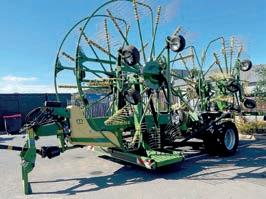
CLAYDON

ACCORD/KVERNELAND 4.8m TS drill, wheel eradicators, following harrow, PTO fan, bout & pre-em markers, 1t hopper with cover, road & worklights, toolbox, gears for 18m tramlines (at 4.5m), gwo. £9,450+VAT. M Cartwright Tel 07702587665 - 01908551268 (Buckinghamshire)
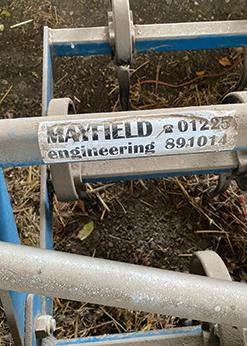
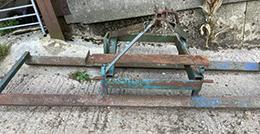


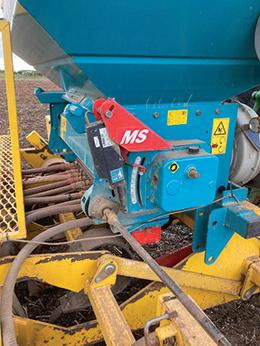
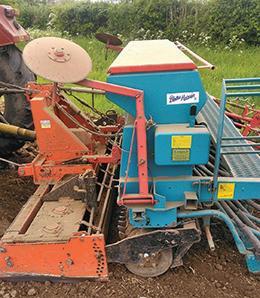
VADERSTAD

Stansfield
(South Yorks)

ACCORD
MASCHIO/SULKY combination, Maschio 3m power harrow with packer roller, with Sulky compact drill, good Suffolk coulters, bout markers, all in gwo, ideal for grass reseeding & cereals. £3,250+VAT ono. J Foulston Tel 07773 915975 (Lincolnshire)
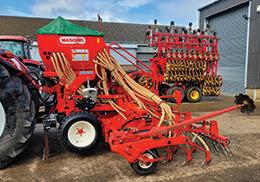



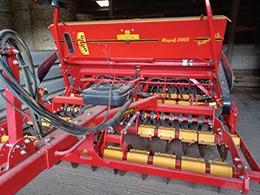
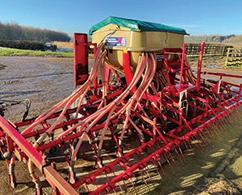

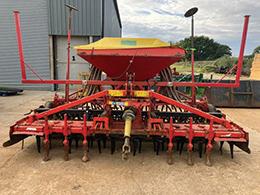
HORIZON DSX 60-16 twin hopper, 4700L, 2021, RDS Isobus & Isocan Artemis control box, steel closing wheels, 850/50-R30.5 rear tyres,

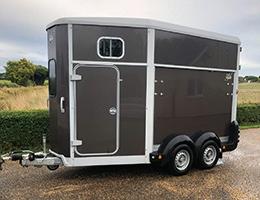
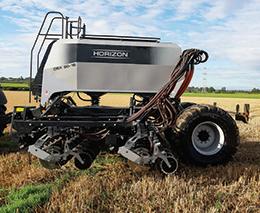

MASCHIO Primavera
condition,
drill,
WEAVING

ACCORD
Laughton Tel 07836 513722/01977 642406 (South Yorks)












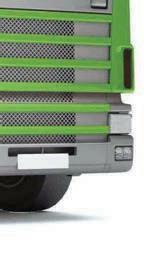















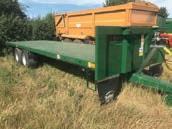


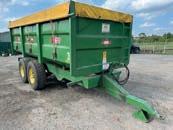
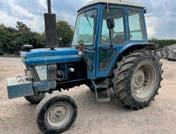


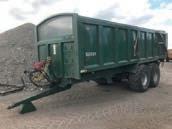
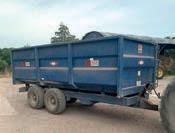
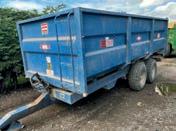


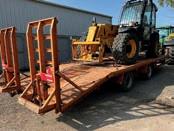
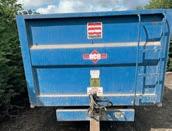

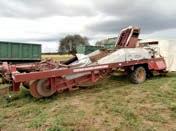

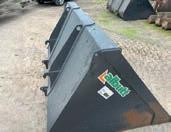


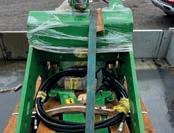
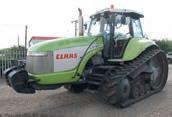


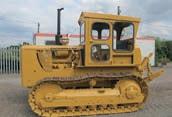
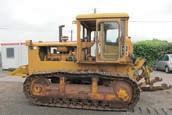

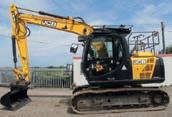
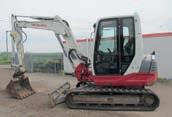
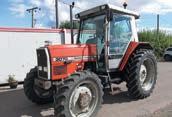














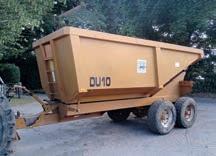
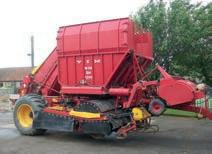
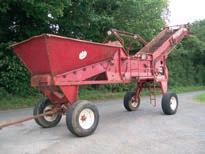
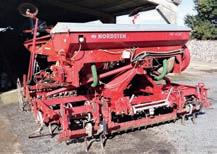


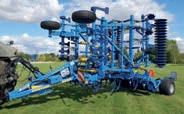
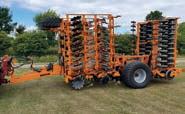
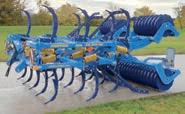
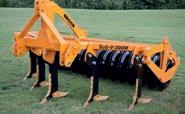
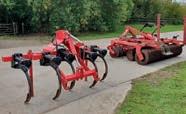

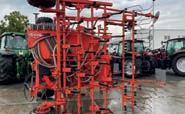
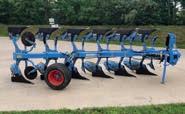
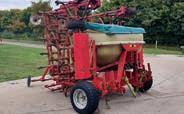
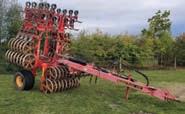

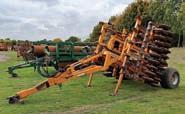

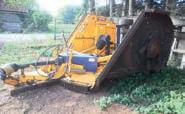
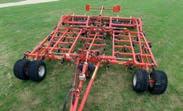
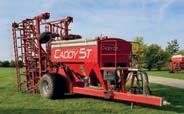
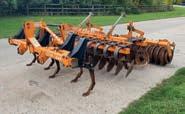
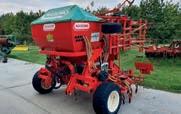
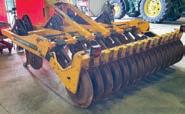
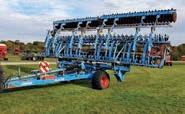
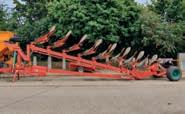









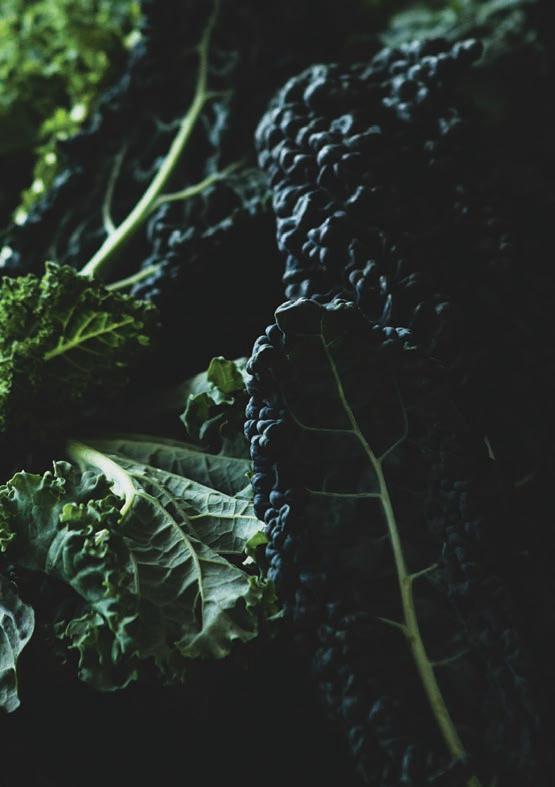

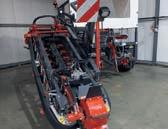
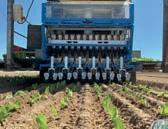
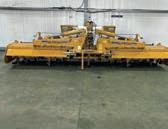


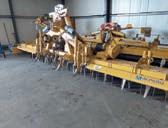
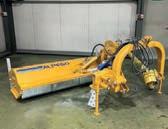


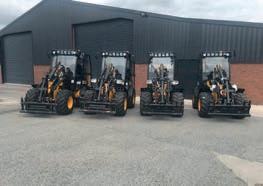
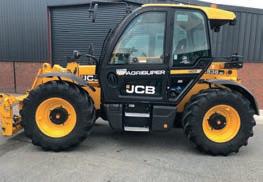

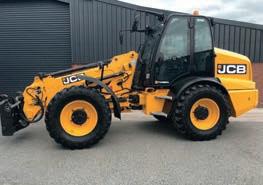
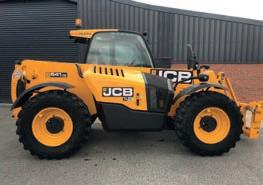


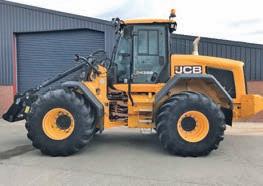
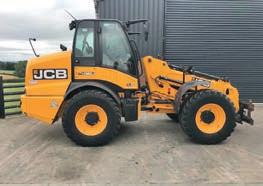
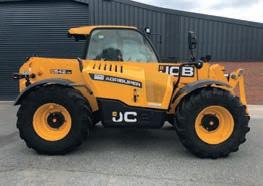

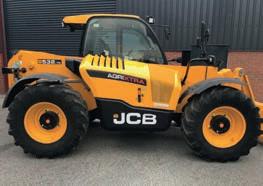


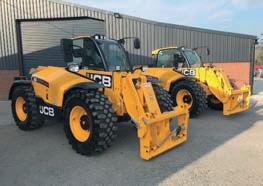
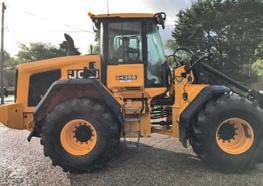
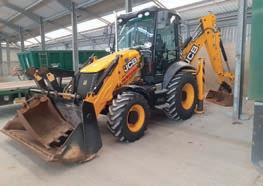
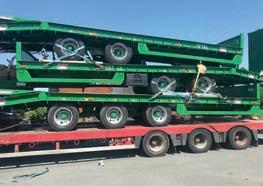
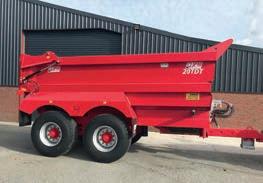
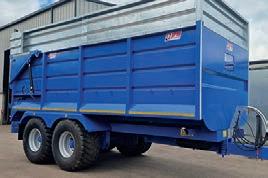

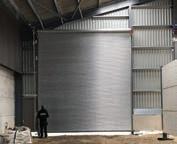



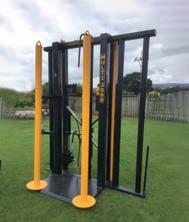
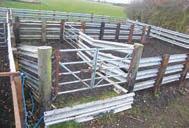
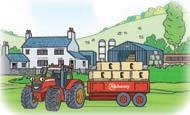

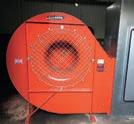
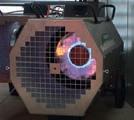


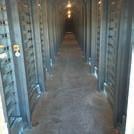

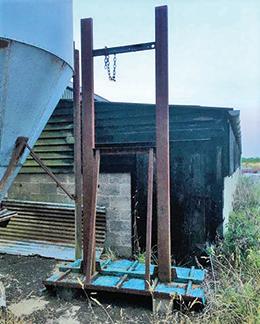


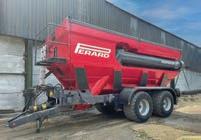

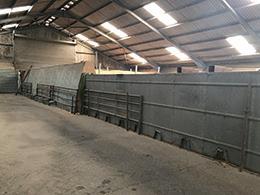


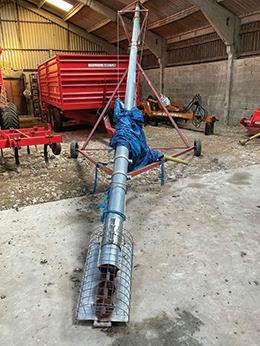
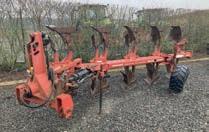
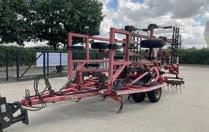
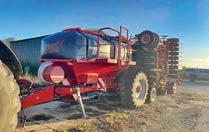




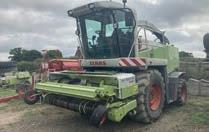

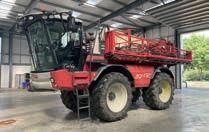


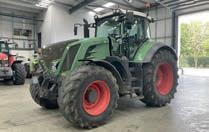
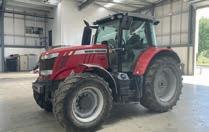
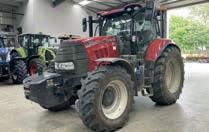


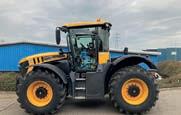

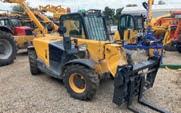
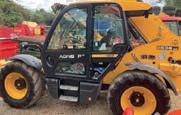
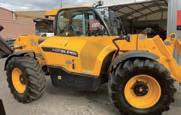
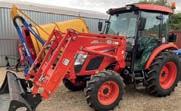

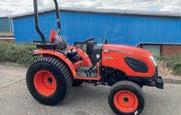
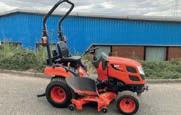
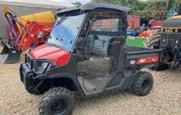
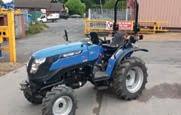
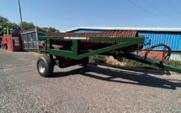
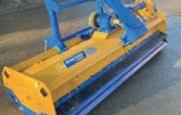

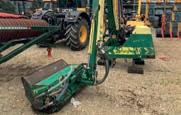
MF 7726S
2019, Dyna VT, 3900hrs, front linkage, 50kph, air brakes, 4 spools, guidance ready
MF 7718S
2020, 2000hrs, Dyna 6, 50kph, air brakes, 4 spools, Eco PTO
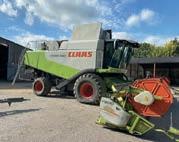
MF 6718S
2020, 3500hrs, Tier 5, 50kph, front axle & cab suspension, air brakes, 4 spools
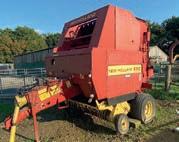

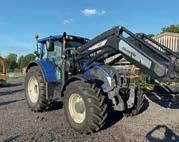
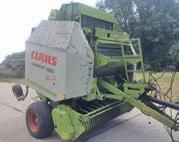
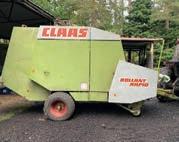
MF 6480
6300hrs, front & cab suspension, front links, tyres
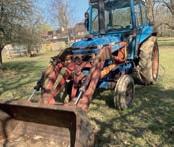
MF 6475
7800hrs, Dynashift
MF 6490
front & cab suspention, front links & PTO
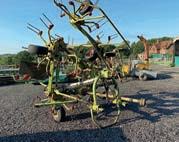
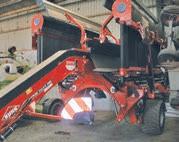
MF 8670

2012, 7000hrs, 50kph, front linkage, front axle & cab, suspension, guidance ready

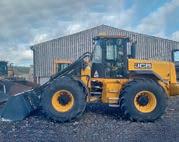
MF 7626
2014, Dyna 6, 4200hrs, front links & PTO, 4 spools
MF 7616
2012, Dyna 6 Exclusive, 7000hrs, front linkage & PTO, air brakes, 50kph
MF 6480
2012, 6400hrs, front & cab suspension
John Deere 1365 trailed mower 2011, very good condition
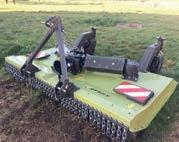
Manitou 1050R skid loader new hand/foot control system, 2022, c/w LWC 5’ bucket, as new condition
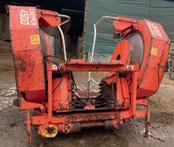

Herbst low loader trailer 2017, 16t gross, 21’, tandem axle

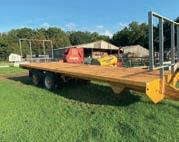
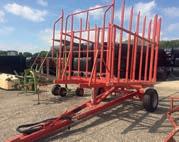

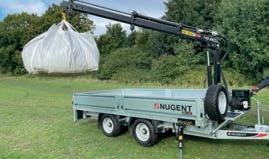
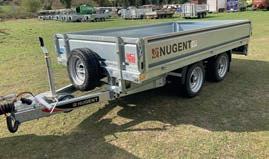
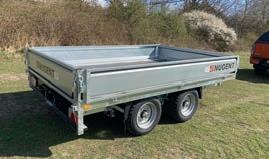

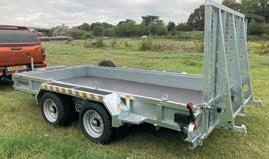
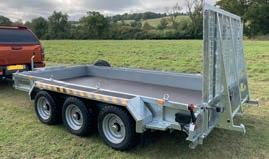
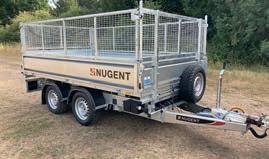

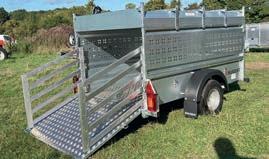

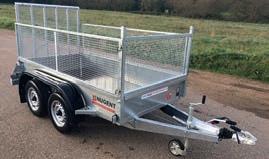

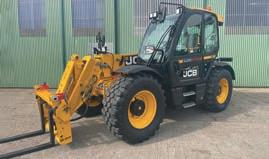
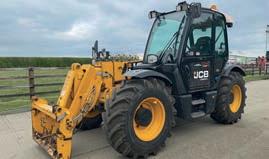
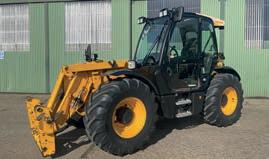
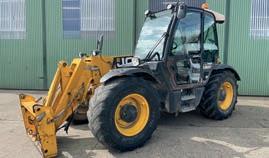






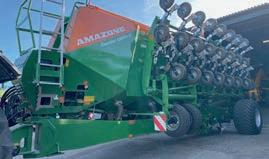
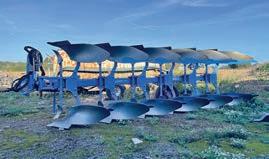
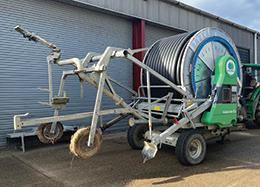


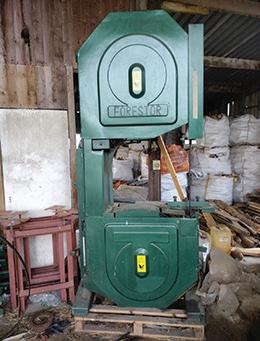

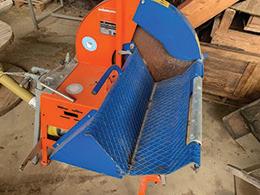
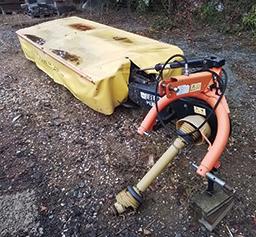






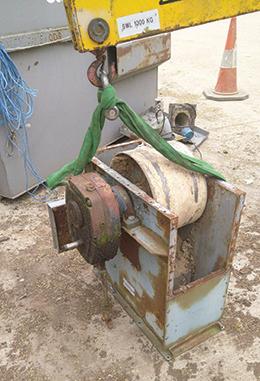


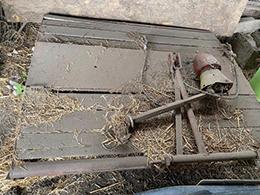
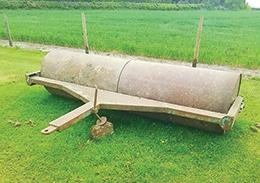


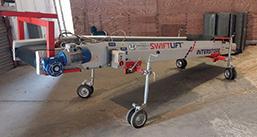
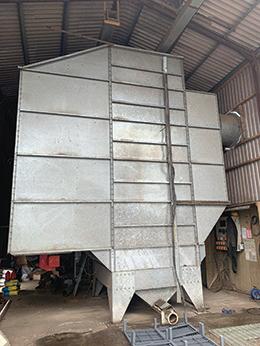


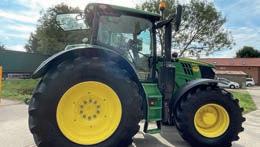
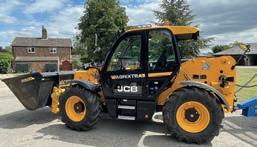
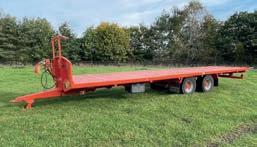

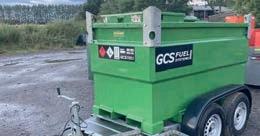

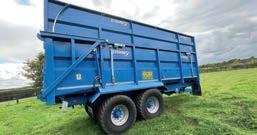
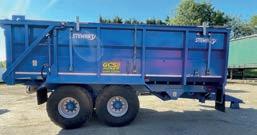
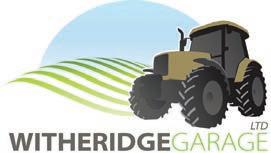
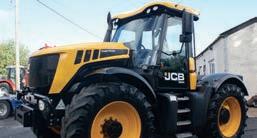


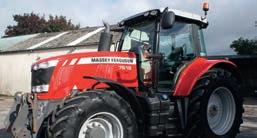

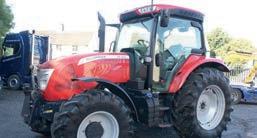
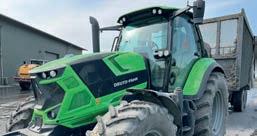
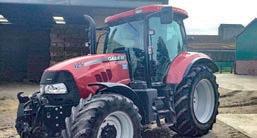


JOHN DEERE 7310R 310 2017 4500
Ultimate, AutoPowr, 50K, TLS, HCS, 710/70R42 600/70R30, 5ESCV, air/hyd brakes, PUH, A/C, air seat, £104,950 31068790
Ultimate edition, AutoPowr, 50K, TLS, HCS, AutoTrac ready, activations, A/C, air seat, 5ESCV, front linkage £148,950 71081939
JOHN DEERE 7310R 310 2019 2460

JOHN DEERE 7310R 310 2016 5125 AutoPowr, 50K, TLS, HCS, AutoTrac ready, activation, 4ESCV, front linkage w/SCV, 85cc hyd pump, fridge, £102,950 71076215
JOHN DEERE 7290R 290 2015 6976 AutoPowr, 50K, AutoTrac ready (no activations), 4ESCV, 3sp PTO, TLS, HCS, A/C, air seat, front linkage £72,950 11080747
JOHN DEERE 7290R 290 2014 7164 AutoPowr, 50K, TLS, 600/70R30.710/70R42, PUH, active seat, premium radio, 4100 processor, 7inch £69,950 11075676
JOHN DEERE 7290R 290 2016 4954 AutoPowr, 50K, TLS, HCS, 3sp PTO, 4600 screen, AutoTrac ready, activation, 710/70R42, 600/70R30, LED £94,950 11072332
JOHN DEERE 6250R 250 2020 2490 Ultimate Edition, AutoPowr CommandPro, 50K, TLS, HCS, A/C, ultimate seat, AutoTrac ready, activations, £139,950 31076389
JOHN DEERE 6250R 250 2018 3670 AutoPowr CommandPro, 50K, TLS, HCS, Ultimate Edition, AutoTrac ready, activations, 160L/min pump, £119,950 11075405
JOHN DEERE 6250R 250 2019 4675 Ultimate Edition, AutoPowr CommandPro, 50K, TLS, HCS, AutoTrac ready, activations, A/C, air seat, £119,950 31081139
JOHN DEERE 6215R 215 2021 960 AutoPowr, 50K, TLS, HCS, 4600 screen, activation (no dome), 4ESCV, air/hyd brakes, AutoTrac ready, £136,750 11076708
JOHN DEERE 6215R 215 2020 1245 AutoPowr, 50K, TLS, HCS, air seat, A/C, AutoTrac ready with activations, PUH, air/hyd brakes, front £119,950 41072657
JOHN DEERE 6215R 215 2019 4890 AutoPowr, 50K, Premium Edition, AutoTrac ready, Activation, 155L/min pump, 4ESCV, TLS, HCS, premium £89,950 11075420
JOHN DEERE 6215R 215 2019 4645 AutoPowr, 50K, TLS, HCS, AutoTrac ready, activations, premium edition, 155L/min pump, 3ESCV, fr £94,950 71073737
JOHN DEERE 6215R 215 2018 2730 AutoPowr, 50K, Ultimate edition, TLS, HCS, A/C, air seat, AutoTrac ready, Activations, 4ESCV, PUH, air/hyd £101,950 11076567
JOHN DEERE 6215R 215 2019 2588 AutoPowr, 50K, TLS, HCS, 710/70R42 600/65R28, AutoTrac Ready, activation (no dome) A/C, 4ESCV, 155ltr £109,950 31075400
JOHN DEERE 6215R 215 2016 7657 Ultimate edition, AutoPowr, 50K, TLS, HCS, Autotrac ready, activations, 155L/min pump, 4ESCV, front £68,950 31073728
JOHN DEERE 6215R 215 2017 6117 AutoPowr, 50K, TLS, HCS, AutoTrac ready, activations, 155L/min pump, 4ESCV, PUH, air/hyd brakes, air £76,950 11065933
JOHN DEERE 6215R 215 2021 1924 AutoPowr, 50K, TLS, HCS, AutoTrac complete, SF6000 receiver, activations, 4ESCV, PUH, air/hyd brakes, £119,950 11070688
JOHN DEERE 6215R 215 2016 6510 DirectDrive, 50K, TLS, HCS, AutoTrac ready, basic activation, A/C, air seat, front linkage+PTO w/SCV, £72,950 41078599
JOHN DEERE 6210R 210 2014 6430 AutoPowr, 50K, TLS, HCS, AutoTrac complete, SF3000 receiver, front linkage+PTO W/SCV, PUH, air/hyd £61,750 11080307
JOHN DEERE 6210R 210 2014 5125 DirectDrive, 50K, TLS, HCS, AutoTrac ready, 4ESCV, PUH, air/hyd brakes, front linkage, pass seat, turnable £69,950 71078432
JOHN DEERE 6195R 195 2015 4680 AutoPowr, 50K, TLS, HCS, AutoTrac ready, activations, 4ESCV, PUH, air/hyd brakes, 650/75R38 600/65R28, £79,950 71073250
JOHN DEERE 6195R 195 2016 7310 AutoPowr, 50K, TLS, HCS, Premium edition, ISOBUS/Greenstar ready, air seat, A/C, 3ESCV, PUH, air/hyd £66,950 11082007
JOHN DEERE 6195R 195 2019 4991 AutoPowr, 50K, AutoTrac ready, activations, TLS, HCS, air seat, A/C, 155L/min pump, 4ESCV, front linkage £87,950 11081897
JOHN DEERE 6195R 195 2015 6758 DirectDrive, 50K, TLS, HCS, 4ESCV, air/hyd brakes, A/C, air seat, AutoTrac ready, Activation (no dome) £64,950 31074169
JOHN DEERE 6175R 175 2017 6210 AutoPowr, 50K, TLS, HCS, Autotrac ready, activations, 155L/min pump, 3ESCV, PUH, air/hyd brakes, front £72,950 11072943
JOHN DEERE 6175R 175 2017 5002 DirectDrive, 50K, AutoTrac ready, activations, TLS, HCS, A/C, air seat, 3ESCV, PUH, air/hyd brakes, £74,950 51071287
JOHN DEERE 6930 160 2012 8156 Premium, AutoQuad, 40K, TLS, A/C, air seat, 3SCV, 650/65R38 540/65R28, hyd brakes, Quicke Q78 loader, £46,950 41079417
JOHN DEERE 6930 160 2011 8310 Premium, AutoPowr, 50K, TLS, HCS, 3ESCV, air seat, A/C, air/hyd brakes, PUH, fr linkage + PTO w/SCV, £47,950 31079191
JOHN DEERE 6155R 155 2018 3738 AutoQuad Plus, 50K, TLS, HCS, 3ESCV, A/C, air seat, front linkage+PTO W/SCV, PUH, air/hyd brakes, 643R £93,750 11079208
JOHN DEERE 6155R 155 2016 7670 AutoPowr, 50K, TLS, HCS, 4ESCV, air/hyd brakes, 114ltr pump, 650/65R42 540/65R30, 4600 screen, £61,750 11079834
JOHN DEERE 6155R 155 2020 3085 AutoPowr CommandPro, Ultimate edition, 50K, TLS, HCS, A/C, air seat, AutoTrac ready, activations, £93,950 51078447
JOHN DEERE 6155R 155 2017 4660 AutoQuad, 50K, TLS, HCS, fr linkage, 650/65R38 540/65R28, air/hyd brakes, AutoTrac Ready, 3SCV, A/C, £72,950 31064742
JOHN DEERE 6155R 155 2019 2100 AutoQuad, 50K, TLS, HCS, 650/65R38, 540/65R28, GreenStar/ISOBUS Ready, 3ESCV, fr link/PTO, A/C, air £79,950 11064638
JOHN DEERE 6155R 155 2016 3526 DirectDrive, 50K, TLS, HCS, 3ESCV, air/hyd brakes, 540/65R28, 650/65R38, 4600 screen, PUH, A/C, air seat, £59,950 31070444
JOHN DEERE 6155R 155 2018 4483 Premium, AutoPowr, 50K, TLS, HCS, 114ltr pump, 3ESCV, air/hyd pump, 650/65R42, 540/65R30, A/C, air £86,750 41076661
JOHN DEERE 6155R 155 2018 2454 AutoPowr, 50K, TLS, HCS, air/hyd brakes, 650/65R42 540/65R30, AutoTrac complete, 6000 dome, £93,500 51073244
JOHN DEERE 6155R 155 2019 3260 DirectDrive, 50K, Premium edition, TLS, HCS, A/C, air seat, 155l/min pump, 3ESCV, PUH, air/hyd brakes, £74,950 51073246
JOHN DEERE 6155R 155 2019 4535 DirectDrive, 50K, Premium Edition, HCS, TLS, air seat, A/C, front linkage+PTO w/SCV, 3ESCV, PUH, air/hyd £76,950 51075180
JOHN DEERE 6155R 155 2019 3063 AutoQuad, 50K, TLS, HCS, air/hyd brakes, 650/65R38 540/65R30, 3ESCV, ISOBUS/GreenStar Ready, 4200 £81,750 51075173
JOHN DEERE 6155R 155 2019 3494 DirectDrive, 50K, TLS, HCS, air/hyd brakes, 520/85R38 420/85R30, 4200 screen, fr linkage, 3ESCV, £84,750 11075669
JOHN DEERE 6155R 155 2018 5920 AutoQuad Plus, 50K, TLS, HCS, AutoTrac ready (no activations), A/C, air seat, 4100 screen, 3SCV, PUH, £62,950 41080363
JOHN DEERE 6155R 155 2018 5808 AutoQuad, 50K, TLS, HCS, air/hyd brakes, 540/65R30 650/65R42, AutoTrac Ready, 3SCV, pass seat, A/C, £63,950 11080179
JOHN DEERE 6155R 155 2016 5680 AutoPowr, 50K, TLS, HCS, 114ltr pump, 4ESCV, 4600 screen, AutoTrac Ready, (no dome/activation) air/hyd £69,950 11079208
JOHN DEERE 6155R 155 2016 7670 AutoPowr, 50K, TLS, HCS, 4ESCV, air/hyd brakes, 114ltr pump, 650/65R42 540/65R30, 4600 screen, £61,750 11079552
JOHN DEERE 6155R 155 2021 673 AutoPowr, 50K, TLS, HCS, AutoTrac ready, activations, A/C, air seat, fridge, 4ESCV, PUH, air/hyd brakes, £114,950 71073249
JOHN DEERE 6155R 155 2016 6850 AutoPowr, 50K, TLS, HCS, A/C, air seat, 3ESCV, PUH, air/hyd brakes, front linkage + PTO w/SCV, 663R £72,950 11075670
JOHN DEERE 6155R 155 2016 7535 AutoQuad, 50K, TLS, HCS, AutoTrac ready, A/C, air seat, 3SCV, 540/65R28.650/65R38, air/hyd brakes, £55,950 11082372
JOHN DEERE 6155R 155 2021 2570 AutoPowr, 50K, TLS, HCS, A/C, air seat, PUH, air/hyd brakes, ISOBUS/Greenstar ready, 4200 screen, £94,950 11078781
JOHN DEERE 6155M 155 2018 1598 AutoQuad Plus, 40kph, TLS, Front Linkage, Front PTO, Rear PTO, 3 Rear SCV's, PUH, A/C, Radio, Air/Hyd £76,950 41080009
JOHN DEERE 6150R 150 2013 7980 AutoPowr, 40K, TLS, HCS, AutoTrac ready, activation, A/C, air seat, PUH, hyd brakes, 3ESCV, 650/65R38 £49,950 31075462
JOHN DEERE 6150R 150 2013 6631 DirectDrive, 50K, TLS, HCS, AutoTrac ready, A/C, air seat, front linkage, w/SCV, 3ESCV, PUH, air/hyd £56,750 71076186
JOHN DEERE 6145R 145 2021 870 AutoPowr, 50K, TLS, HCS, air/hyd brakes, 3ESCV, AutoTrac Ready, Premium Activation (no dome) £96,950 11078127
JOHN DEERE 6145R 145 2016 6849 DirectDrive, 50K, TLS, HCS, 650/60R38 520/60R28, AutoTrac ready, activation (no dome) air/hyd brakes, £56,750 31075725
JOHN DEERE 6145M 145 2016 3571 PowrQuad Plus, 40K, TLS, A/C, air seat, 3SCV, PUH, hyd brakes, dual beacons, 3SCV, pass seat, 460/85R28 £49,950 31077092 JOHN DEERE 6145M
548 PowrQuad, 40K, MCS, TLS, 4SCV, PUH, air/hyd brakes, dual beacons, JD link, additional oil resevoir, £69,950 11076565
JOHN DEERE 6140R 140 2013 8638 AutoPowr, 50K, TLS, HCS, 650/65R42, 540/65R28, 4ESCV, air/hyd brakes, A/C,
£49,950
£51,750
£46,750

£18,750
£885
£7,450 31074711 KVERNELAND
£7,950 71077883
JOHN DEERE

AMAZONE
Fertiliser
fans,
tyres, steering rear
front
wheels, electric bale length, weigher, Build October 2 £74,950 71082269
cover,

JOHN DEERE L634 2020 2020 (first used
bales, bale weigher, electric
£3,250 51067582 VICON RotaFlow
length setting, double knotter, 6 strings, knotter fans, ring hit£107,950 11073797
JOHN DEERE 1365 2012 3mtr trailed Mower conditioner, 2012, 3mtr, metal tine £8,950 11077601
JOHN DEERE 530 2013 3mtr trailed Mower/Conditioner £9,950 31079286
Fert spinner, hyd shut off, PTO drive, lights, 18mtr £995 51068202 LELY SX 1999 SX, 1999, Fert spinner, basic, PTO drive, 20mtr spread, centerliner. Needs some TLC £995 31079189 KRM M35W 2018 Fert spreader,PTO drive, ISOBUS, weigh
£11,750
JOHN DEERE 530 2007 3mtr trailed mower conditioner, steel tines, PTO driven. £6,950 11077599
JOHN DEERE V451M 2019 2.20M PREMIUM PICKUP, MAXICUT HC13 PREMIUM, BALE UNLOADING RAMP,500/50 17, 2131 bales £30,000 71082110
lights, PTO
£3,500
JOHN DEERE V451R 2020 4299 bales, manual greasing, 500/55R20 tyres, bale unload ramp, straight hitch, ROTORFLOW £29,950 51077514
fertiliser spreader, 24mtr spreading width, 2650L hopper capacity, hopper cover, rear lights. £2,950 11067776 KUHN 50.1W 2013 Fert spinner, Telemat, S10 discs 36 44mtr, weigh cell, PTO driven, lights, Manual pull over sheet, new Quatron control box 1 s£9,950 11069588 KUHN 50.1W 2014 Fert spinner, H EMC, 2014 hydraulic drive, weigher, S10 discs, hopper cover, 36 44mtr width, cci100 control box w/ variable r £14,950 11075683
JOHN DEERE V451R 2020 20490 bale count, 2020 5ft round baler, maxicut, manual greasing, 520/55R22.5 wheels, hyd brakes, knife slot fillers, ramp di £29,950 51075397 JOHN DEERE 131 2015 3.1MTR front mower conditoner, metal condtioners, 1000rpm speed, 6 spline shaft £7,650 11081232
JOHN DEERE 328A 2019 Rear mounted mower conditoner, metal tine £9,750 11078643 MALONE MOWER 2020 2020 8ft disc mower, vertical folding. £4,950 31080284 FRANSGARD TI5000 2020 2020 twin rotor combi rake, rakes to the centre and left side and spreads from the centre. PTO driven, 4.2mtr working width £6,450 71080983 KUHN SW7664 2010 Trailed large sqaure bale wrapper, control box, 19500 bales £9,250 41080225 TANCO 1814 2011 Square bale wrapper, control box, 500/50R17 tyres,
£9,250
£5,950
KUHN 50.1W 2012 fertiliser spreader, 32 36mtr spreading width, hydraulic driven, weigher, CCI 100 control box, variable rate and section contro£9,950 31080840 KUHN 40.2 2021 fertiliser spreader, 18 28mtr spreading width, PTO driven, Quantron A control box, S4 discs, 1800L hopper extension sides, 32£17,950 31062570 KUHN 40.1W 2011 Fert spinner, S4 Discs, hopper cover, mudguards, lights, Quantron control box, new actuators last season £4,850 51066709 KUHN 40.1W 2010 Fert spinner, 24M S4 discs, control box. £4,850 71068802 KUHN 40.1W 2008 Fertiliser spreader, 24mtr width, PTO drive, Quantron control box, new actuators and discs last year. ** Tear in top cover ** £3,850 11068358 KUHN 40.1W 2008 Fertiliser spreader, Quantron E control box, PTO drive, weighcell, telemat for headlands, S4 discs, hopper cover. £3,850
£5,950
g£5,250








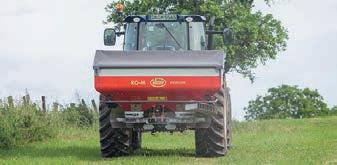

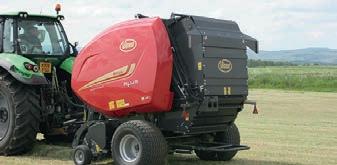
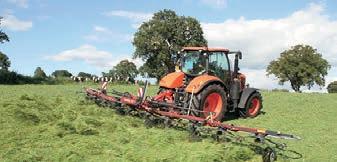
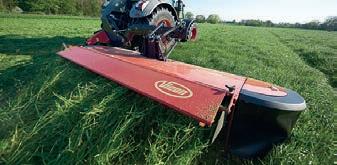
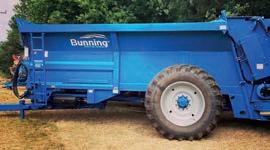



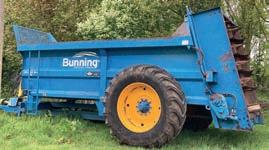
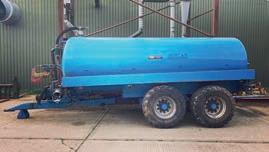


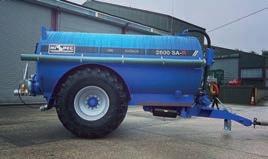
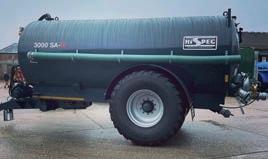

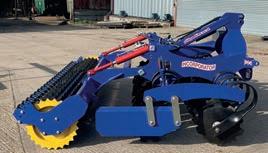

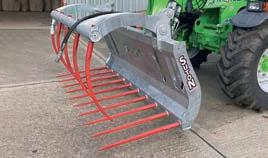
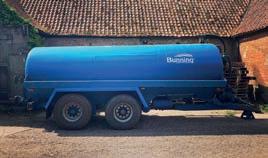
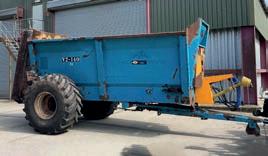
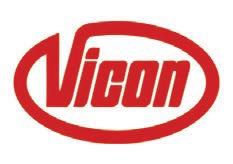
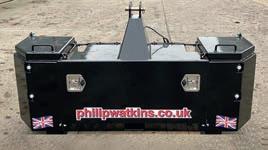




BRAHMA chickens, 2022 hatch, one trio Gold Partridge Braha hens hatched May 2022, unrelated cockerel hatched July 2022. £55; two pairs of Gold Partridge Brahma hens hatched July 2022 with unrelated cockerel hatched May 2022. £30/pair. S Allbury-Smith Tel 07581 295736 (Kent)
EASYCARE sheep, no wool, no work, no maggots, easy outdoor lambing, hardy, selection of yearling rams @£400, or ram lambs @£300; also a few females. I Owen Tel 07788 585309 (Isle of Anglesey)
BERRICHON Du Cher shearling rams. £200. K Smith Tel 07940 049960/01335 330346 (Derbyshire)
CHAROLLAIS shearling rams & ram lambs, very well grown, raring to go! From £200. K Smith Tel 07940 049960/01335 330346 (Derbyshire)
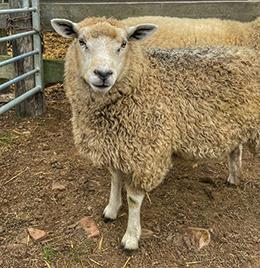
WHITE Runner ducks, hatched 2021. £10 each. K Smith Tel 07940 049960/01335 330346 (Derbyshire)
LIGHT Sussex bantams, POL pullets. £15 each. K Smith Tel 07940 049960/01335 330346 (Derbyshire)
STUNNING
BRITISH Friesian bulls (2) for sale from the Langley Herd, one red & white, one black & white, multiple VG & excellents, high fat & protein in pedigree, ready to work. C Carnell Tel 07768 645124 (Buckinghamshire)
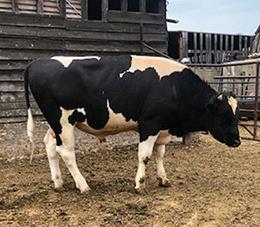
MARAN bantam pullets, POL, excellent birds. £15 each. K Smith Tel 07940 049960/01335 330346 (Derbyshire)
TWO Lincoln Longwool X Texel ewes, 2yrs old, currently running with a Herdwick ram, both quiet & bucket trained. £100 each. V Kerfoot Tel 07950 523833 (Lincolnshire)
TWO Easycare rams for sale, can be sold separately or together, low maintenance, low input, self shedders. P Gear Tel 01438 869666 (Hertfordshire)
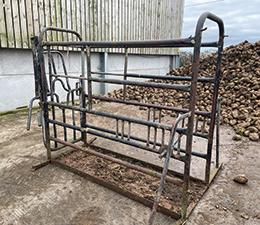
Weekly
BRITISH Friesian Down calving heifers for sale from the Langley Herd, due Sept/Oct to British Friesian bull, well grown, excellent pedigrees. Call for details. C Carnell Tel 07768 645124 (Buckinghamshire)
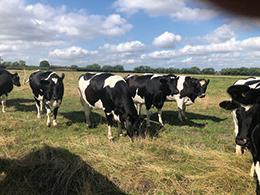

ANIMAL feed grade oat flakes, oat flour, oat bran, can deliver oat chaff in bulk, Huntingdon. R Rayner Tel 07808 066655 (Cambridgeshire) TWO handsome 2021 peacocks looking for wives! C Grundy Tel 01406 330205 (Lincolnshire)
EASYCARE breeding ewe lambs for sale (25), perfect for smallholders, self shedders, low input, low maintenance. P Gear Tel 01438 869666 (Hertfordshire)
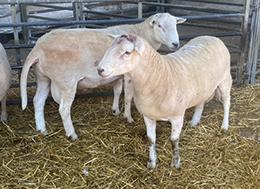
MILL Meadow Livestock have Stabiliser in-calf cows available now ready for spring calving. I Spinks Tel 07899 892899 (Norfolk)
BUTLEY Herefords, registered pedigree bulls & females, quiet & easily handled, all bulls halter trained & guaranteed under Hereford Society rules, TB4 area. www. butleyherefords.co.uk. DC Smith & Sons Tel 07971 694912/07885 594143 (Suffolk)
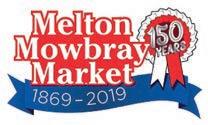
TWO 2021 hatched peacocks for sale. C Grundy Tel 01406 330205 (Lincolnshire) LIMOUSIN bulls, 10 months old, well grown, for sale at weaning, also 20 month old bull, well handled & shown successfully, TB4 area. C Atkins Tel 01277 652362/07484 213982 (Essex)
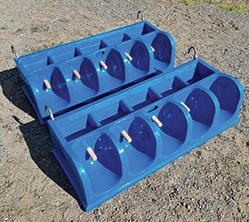
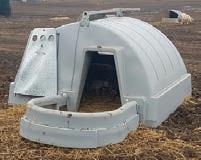


LONG established Cragg herd
3 pedigree Angus heifers for sale, scanned in calf, 2yrs old, due end
SIMMENTAL X & Limousin X heifers
sale, all first & second calvers with 1–8mnth old calves at foot (males & females), all good mothers, all calved on their own with no problems, all home-bred. £1,100/pair ono. R Valle Tel 07747 114971 Steve/01246 412305 Richard (farm) (Derbyshire)
HEREFORD bulls, 12–18 mths old, accredited free for IBR, Lepto, BVD & Johnes Level 1 with SAC, 4yr TB area (last tested April 22). R Fowell Tel 07947 126053/01263 587285 (Norfolk)
HEREFORD registered pedigree bull, 19 months old, quiet, easy to handle, good strong type, TB4 tested all clear April 2022. £1,800. E Warner Tel 07977 317506/07773 994625 (West Yorkshire)

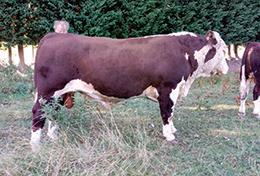
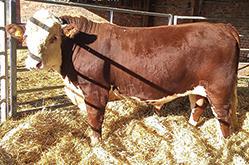
LIMOUSIN cow, home bred, 6yrs old, good calving record, been with bull since April, should calve January 2023. C Atkins Tel 01277 652362/07484 213982 (Essex)
TWO Large White sows, one with a litter of 5/6wk old piglets, by a Pietrain boar; also the boar is for sale. £850 for the lot or will sell separately. G Ulley Tel 07798 872221 (South Yorks)

RHODE Island Red roosters (2) will sell singly, a large breed, beautiful, healthy birds raised from chicks as part of a backyard flock, free ranging. £20 ono. M Carless Tel 07384 240499 (County Antrim)
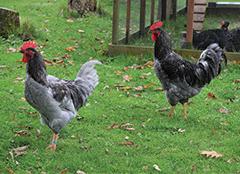
FIFTEEN Charollais & Texel X theaves, lambed as ewe lambs. K Beechey Tel 07930 922026 (Leicestershire)

PEDIGREE Limousin bull, 2yrs old, TB4, fertility tested, well bred, ready to work. S Cope Tel 07460 731678 (Kent)

PYGMY goat, handsome pedigree proven billy, just got our nannies in kid, vaccinated in spring, feet trimmed in June, negative for worms. £400. P Rutter Tel 07926 095493 (Lincolnshire)

PEDIGREE Suffolk & Texel X Beltex shearling rams for sale, also well grown Abertex ram lambs, all have had Heptavac P & Footvax and are ready for work. C Grundy Tel 01406 330205 (Lincolnshire)
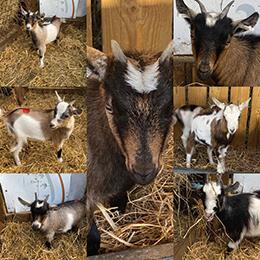
01386
823124 (Worcestershire)
IAE deluxe calving gate with full height neck yoke, gate has removable rails for safe calving operations & suckling. £600+VAT. R Robinson Tel 07718 975043/01873 821281 (Monmouthshire)


VARIOUS livestock cattle feeders, all galvanised, first class order ffers Clark Tel 07718 918400 anytime/01525 860295 (Bedfordshire)

IAE self catching crush gate adjustable width front & very wide opening, ideal for anything from store cattle up to bulls, has lugs on back to fasten to handling gates or a race, only selling as don't have cattle now. I Thompson Tel 07800 866337 (Somerset)
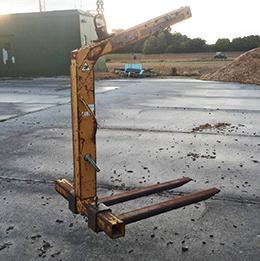
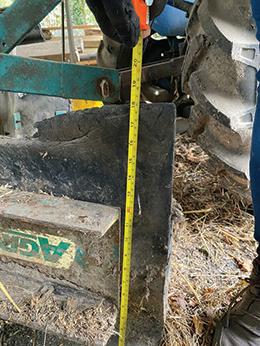
STRAW or hay chopper for small bales with 3 point linkage & PTO driven, good condition. £250 ono. O Bradbury Tel 01335 390286 (Derbyshire)

SHELBOURNE Reynolds 300 cubicle bedder, 2020, had very little use, bought new to do a job, now surplus to requirements, c/w pin & cone bolt on brackets & spare agitator fingers, e cellent condition £3,250+VAT ono. S Overton Tel 07774 417183 (Suffolk)





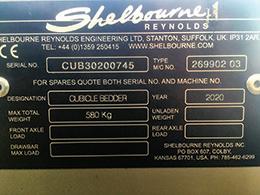
BATEMAN square galvanised creep feeder for cattle, tidy order. £500. T Fountain Tel 07725 844740/07851 732471/01889 590282 (Derbyshire)

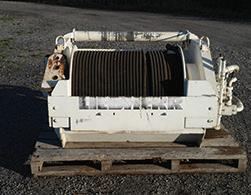
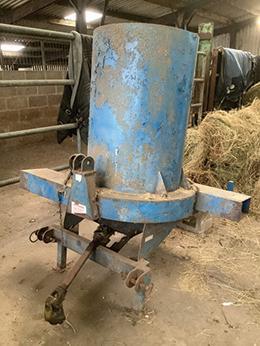
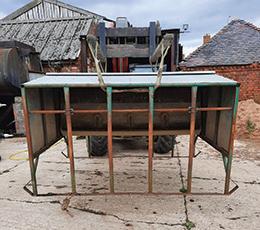
KW chopper bucket, 1.5t, on Manitou brackets, in very good condition, only selling due to cattle herd dispersal, FREE delivery 100 mile radius of Boston, Lincs. £4,750+VAT.
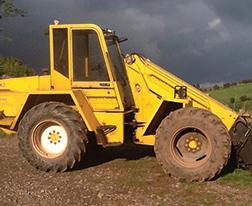
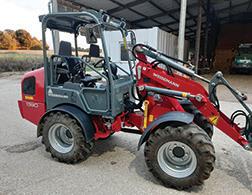

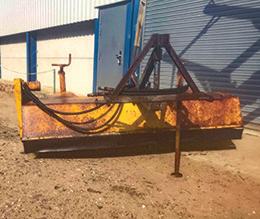
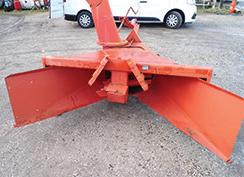

(Lincolnshire)
(Norfolk)
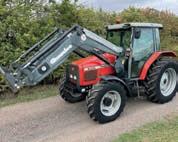
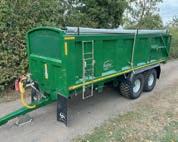
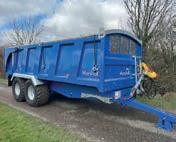
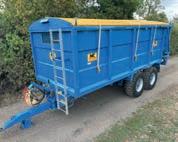
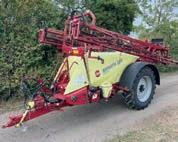

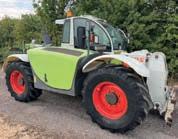
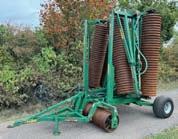

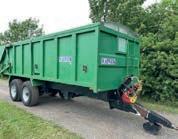
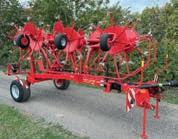
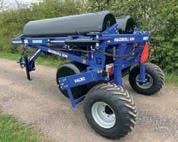
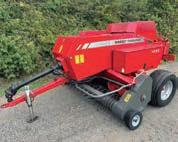
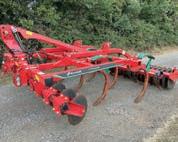
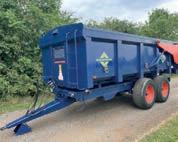
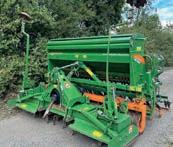
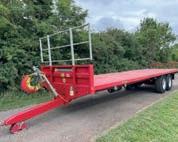

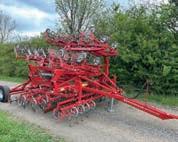
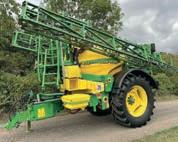



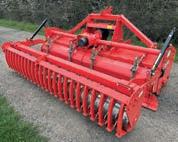



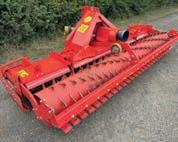
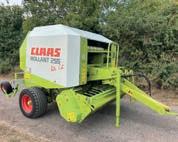
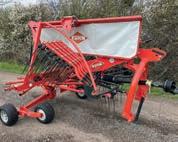


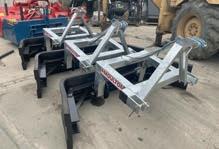

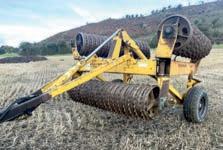
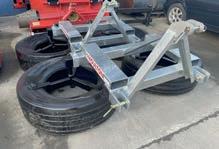

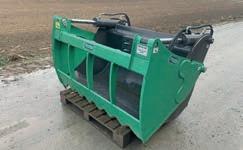
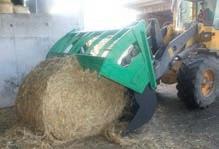
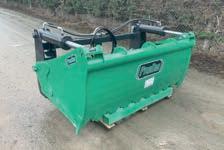
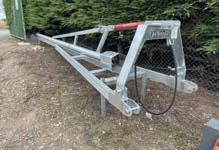
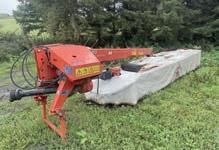


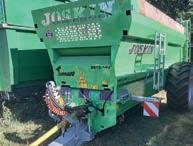
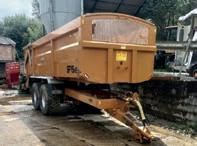
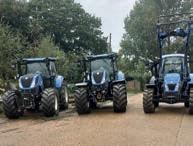


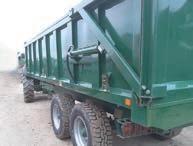
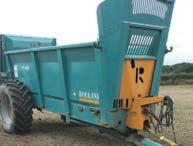

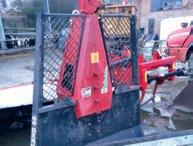
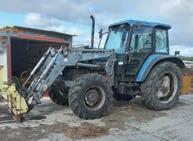
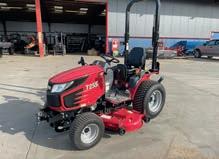
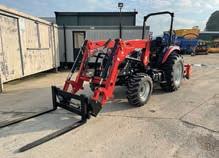
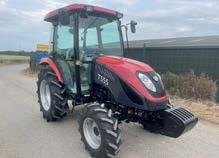
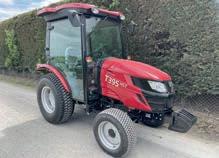

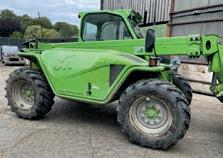
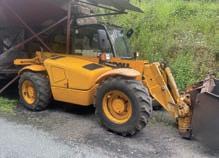
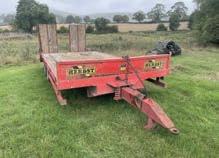
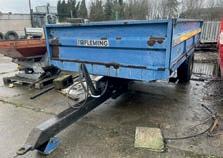
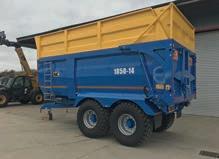

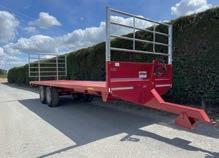
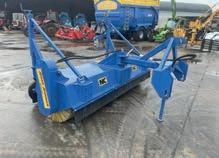
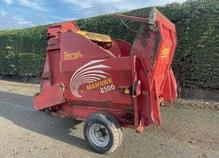
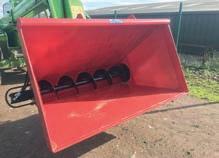
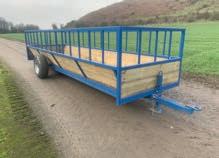
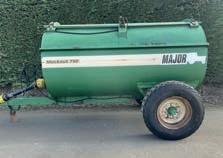
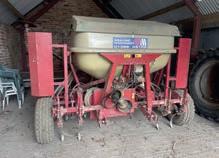
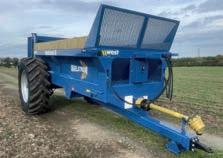

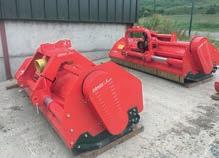
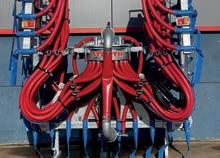
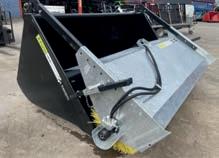
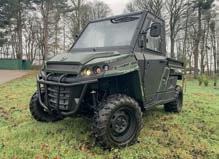
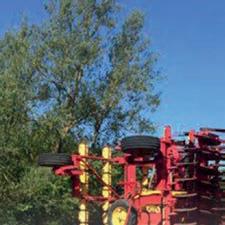

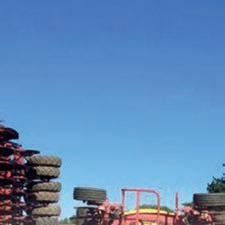
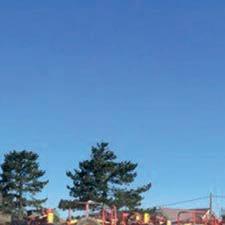


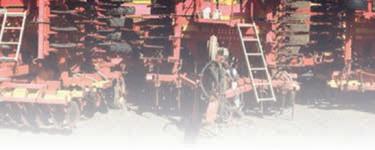


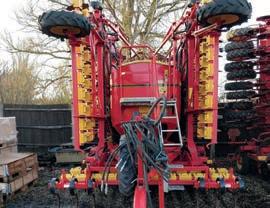

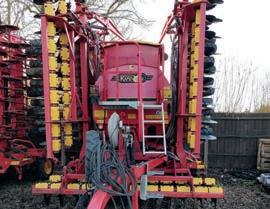
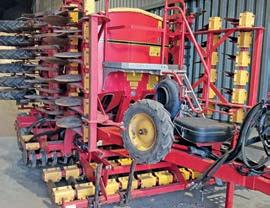

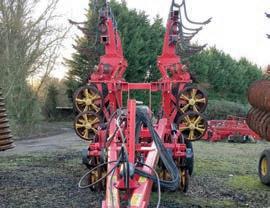
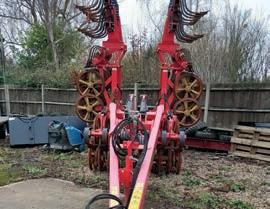

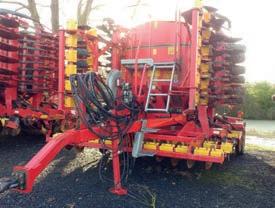
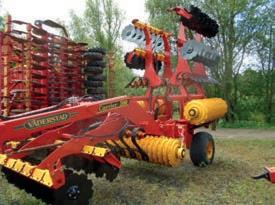
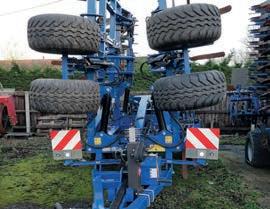
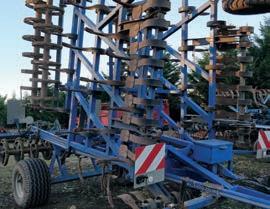
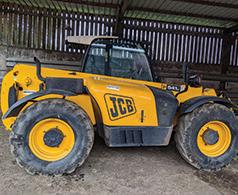


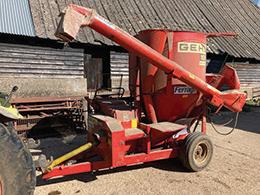
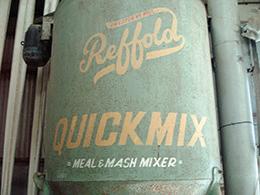

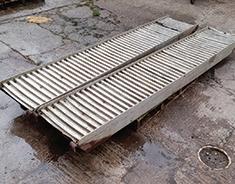
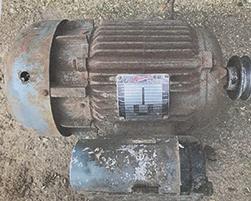





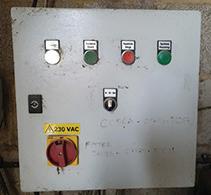




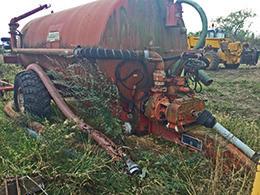
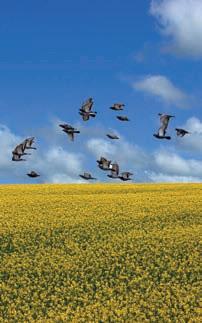

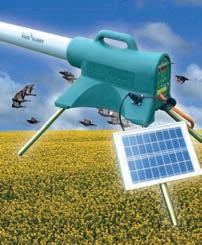
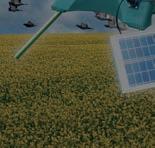

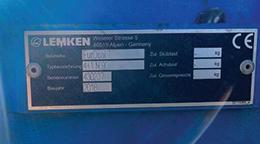
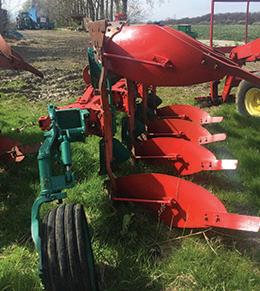

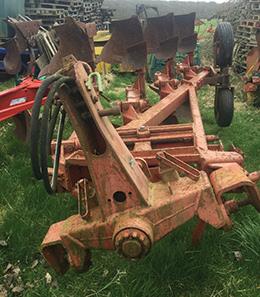
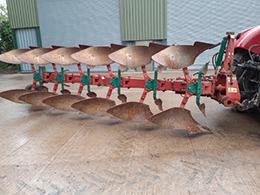
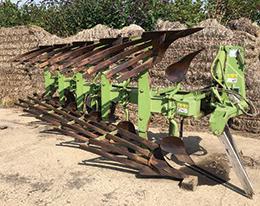
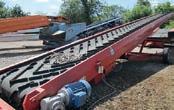


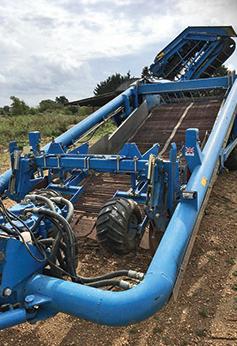
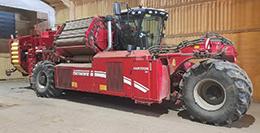

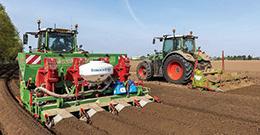





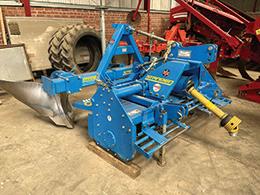
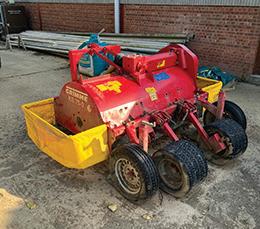
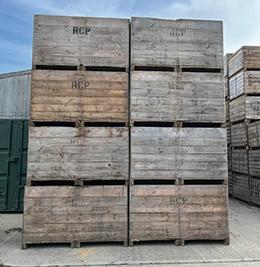
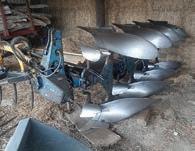
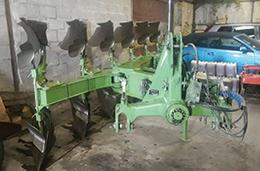 By Teo
By Teo
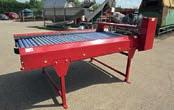

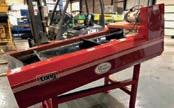

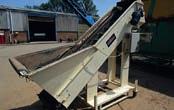

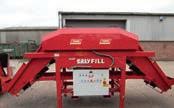


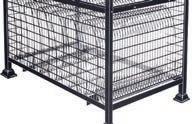

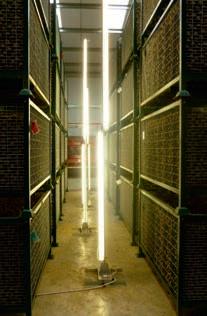


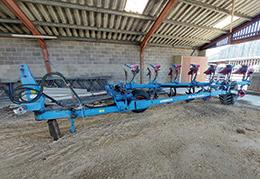
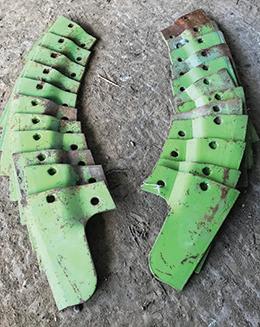
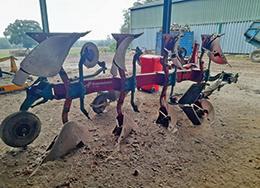
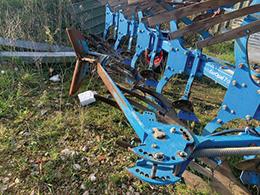 Marian Teodorczyk
Marian Teodorczyk


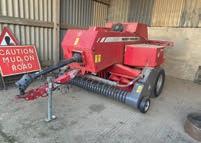
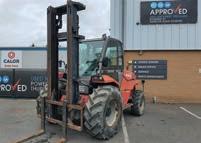

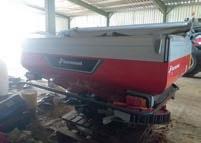
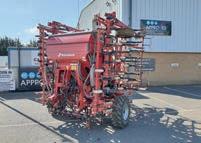
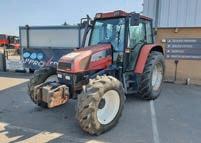
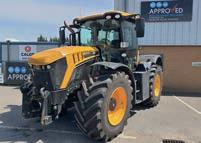


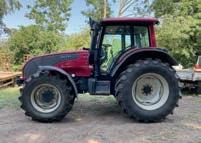

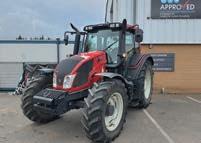
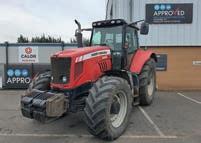
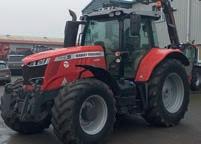
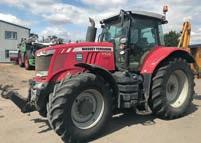
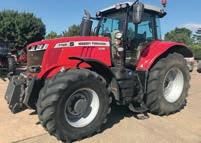
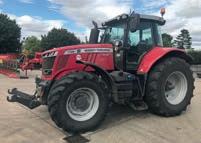

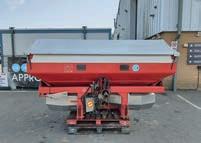

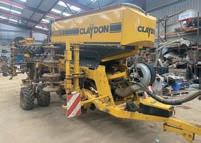
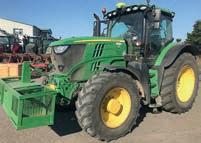
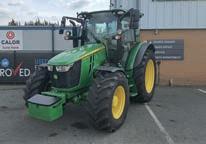

























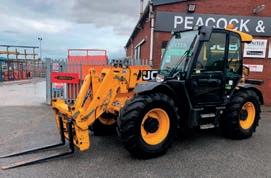
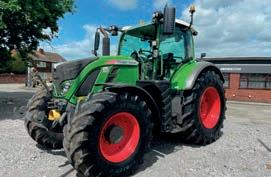

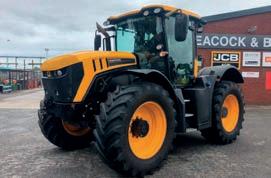
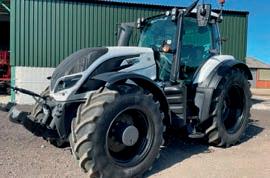

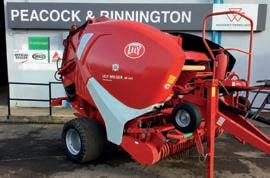
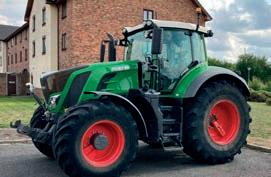























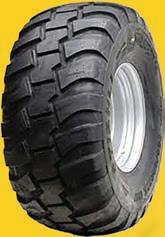
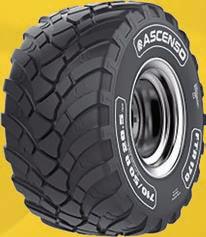

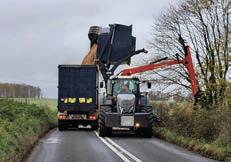
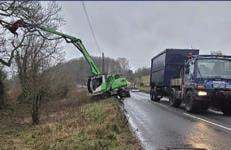

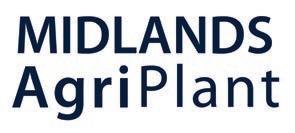
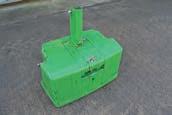
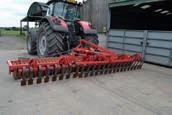
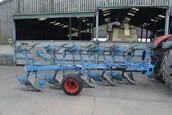


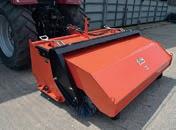
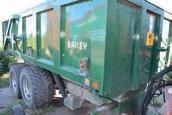
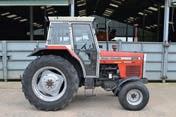
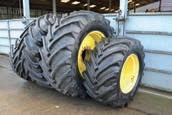
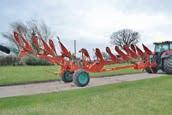

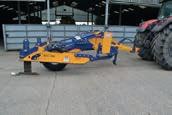
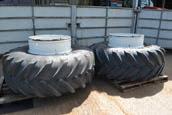


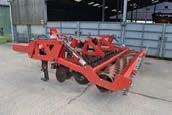
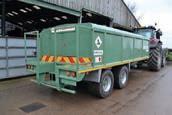


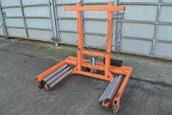
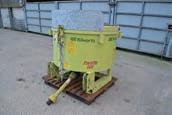




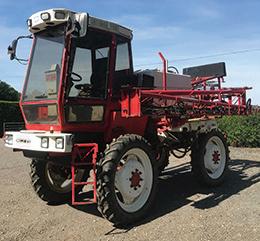
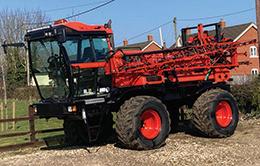


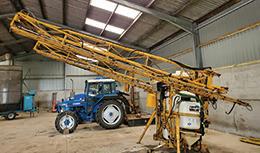
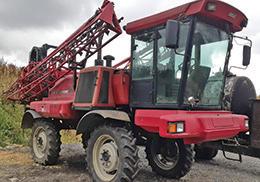


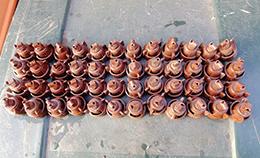











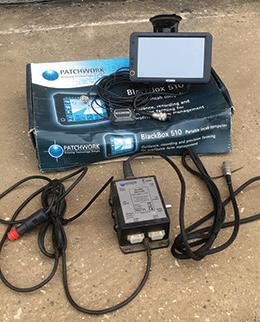

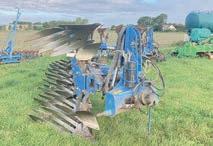
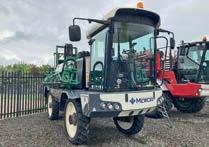
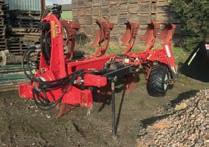
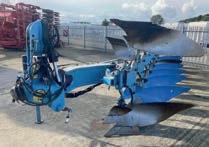
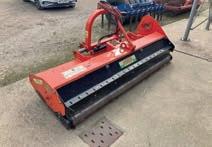
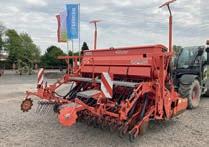

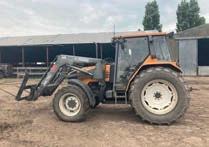

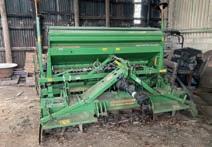
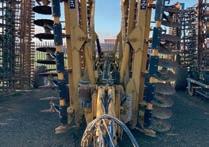
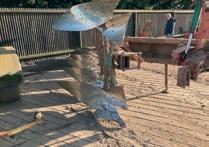
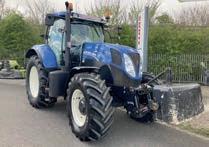
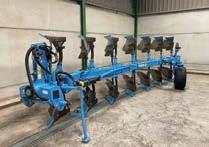

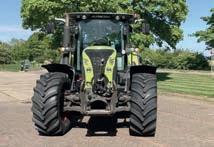







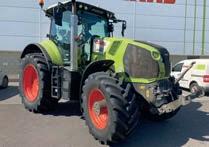
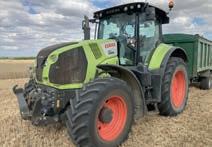

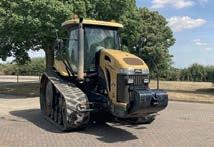
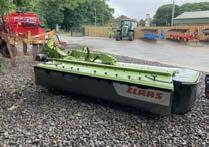

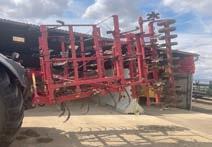

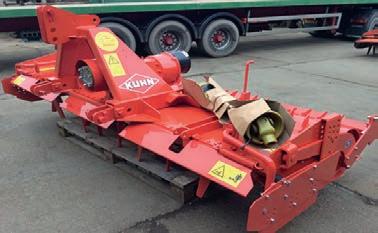
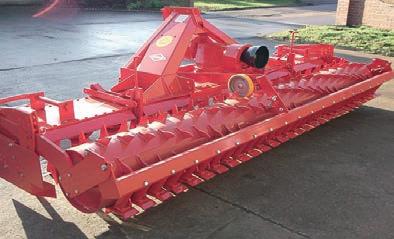


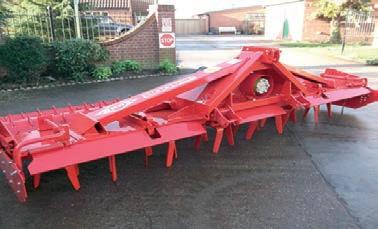
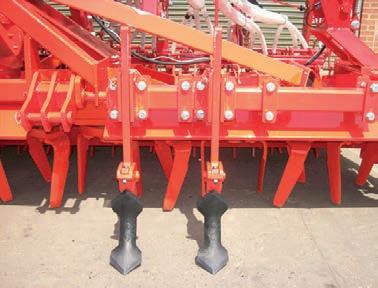
















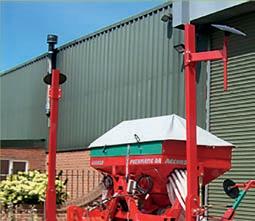


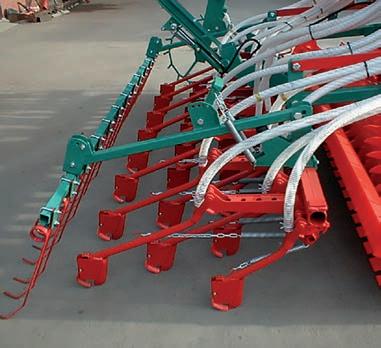
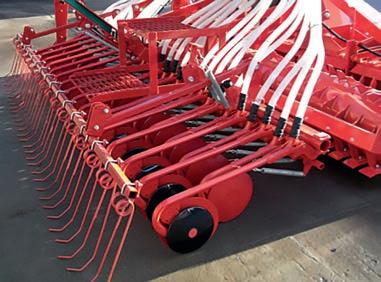














JOHN DEERE:
965,
CLAAS: Lexion 600, 580T, 570T,
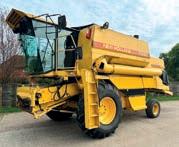

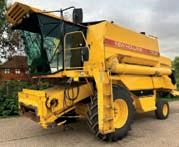
NEW HOLLAND: CR9080, CR980, TX66, TX68, TX36, TX34, TX32, TF78, TF46, TF44, TF42, 8080, 8050, 8040, 1500’s, 133

MASSEY FERGUSON: 7278, 40RS 38, 34, 31, 29, 27, 865, 760, 750, 665, 504

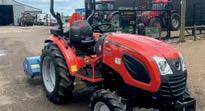
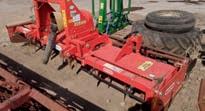



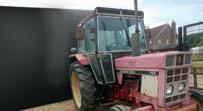
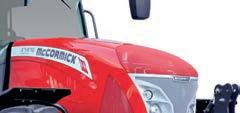
DEUTZ FAHR: 6090, 4090, 4080,4075, M3630, M3610, M2780, M2680, M1002
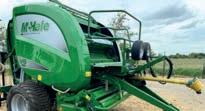
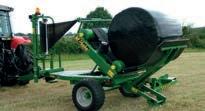
LAVERDA: 152, M120.
CASE: 1660

JOHN DEERE: 8520, 8400, 8200T, 7800, 7530, 7430, 6930, 6900, 6800, 6430, 6110, 3650, 3130, 2140, 2040, 1640

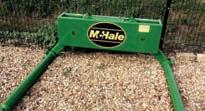
JCB: 531-70, 530-70, 525-58, 520-4, 414, 926
CLAAS: Targo C50, K50 Ranger
MATBRO: Telestar, Teleshift, 280, 270, 250

MANITOU: 2600, MLT 633
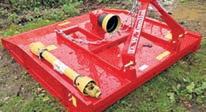
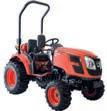
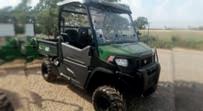
MERLO: 40.7, 30.6 Multifarmer, 28.7, 26.6
JOHN DEERE: 3800, 3420, 3415, 3200
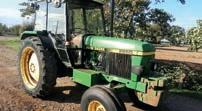
MASSEY FERGUSON: 8295
TEREX:





NEW
JOHN
CASE:
CLAAS:
VICON:
MASSEY
BERTHOUD Tenor 55-60, 2015, 36m, auto shut off ready (Trimble



new pump last year, new pump
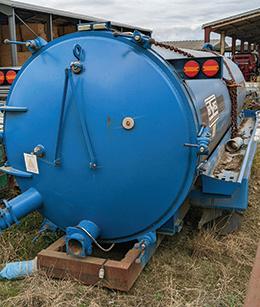
ram seals September 2022, bluetooth
Norac fitted but not
(Cambridgeshire)
BATEMAN RB16, 2001, 24m contour boom, owner driven, very reliable machine. £21,995. J Johnson Tel 01767 654137/07840
(Cambridgeshire)

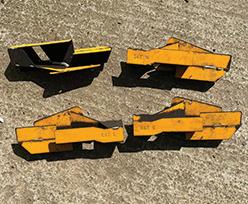
NODET

barn stored, good working order, small seed

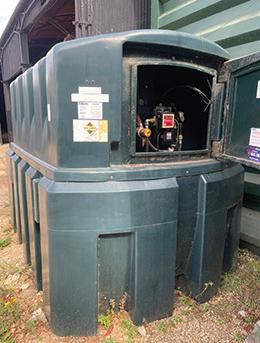

£600 ono. B Wilson Tel 07875 622600 (Hertfordshire)
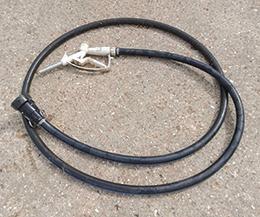
TECHNEAT Avadex spreader, tractor mounted ,hyd fan, GPS speed controller, 12m booms, good for grass, turnips, OSR & Avadex. £5,000+VAT. D Treharne Tel 07719 697455 (Northants)
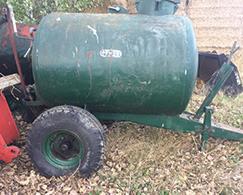
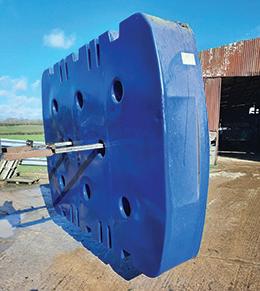
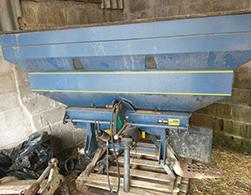
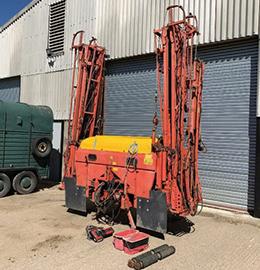
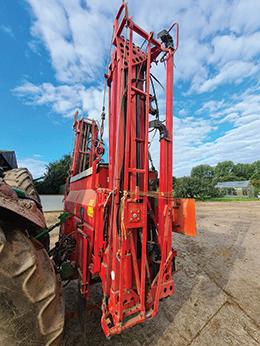
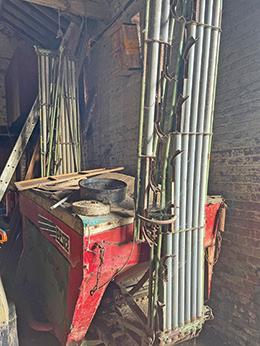

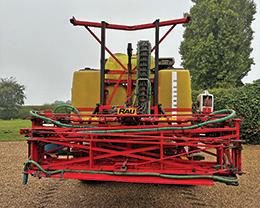
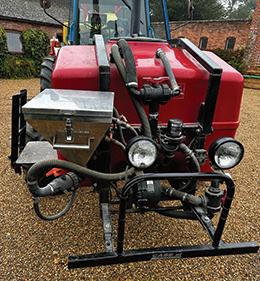

KUHN 2220 Avadex spreader, 20m, average condition. £3750 ono. A Bowring Tel 07976 293739 (Nottinghamshire)
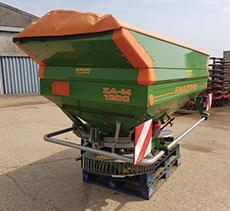
AMAZONE ZAM
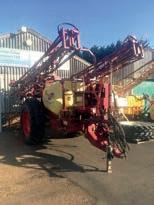


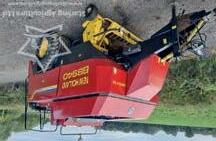
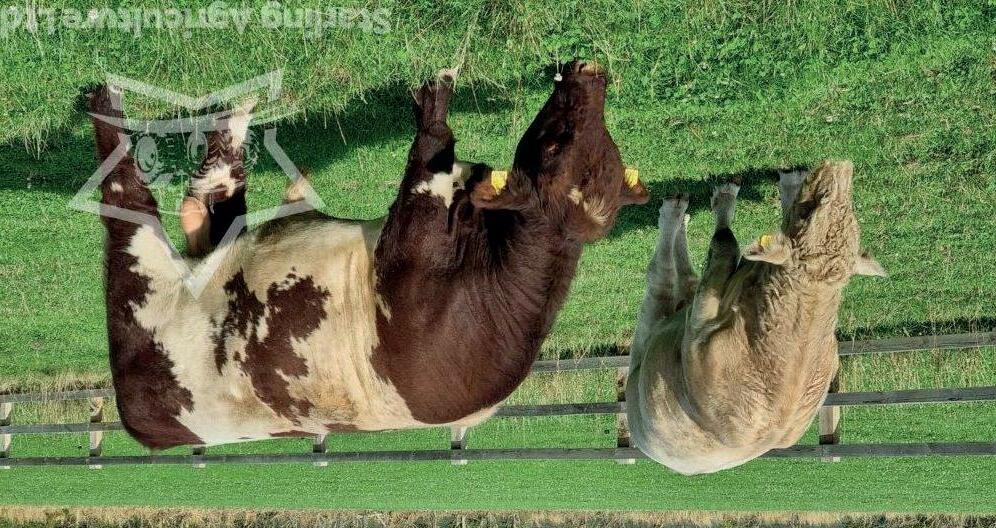
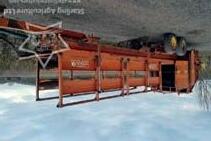
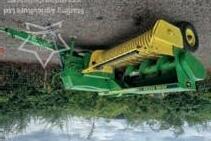
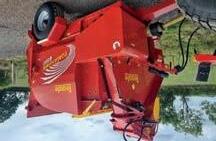

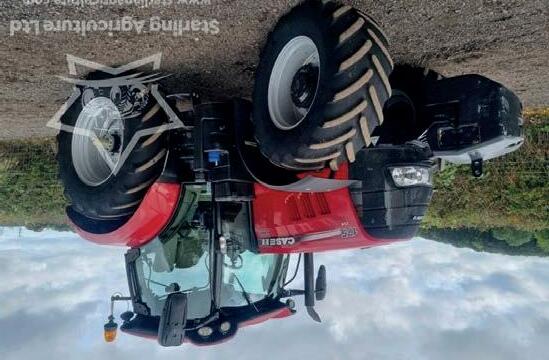
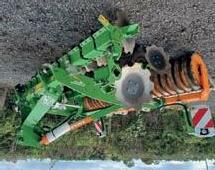
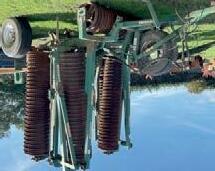
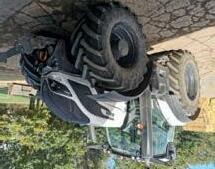
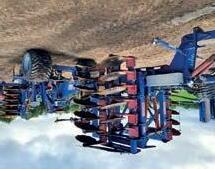

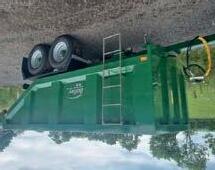
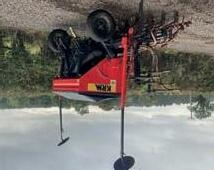

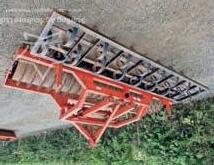
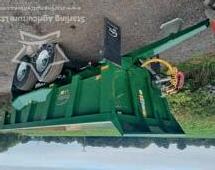
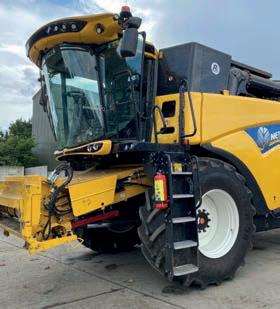
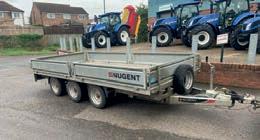

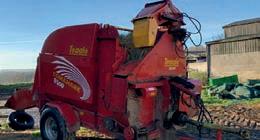

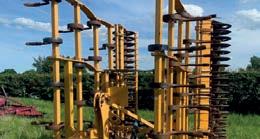
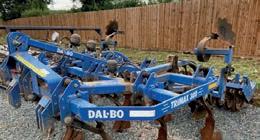
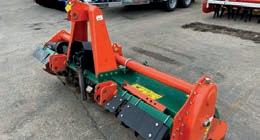
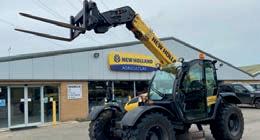

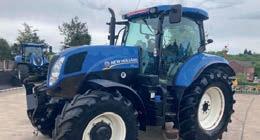

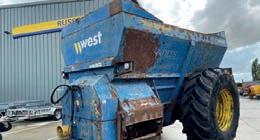

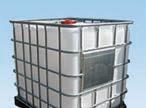




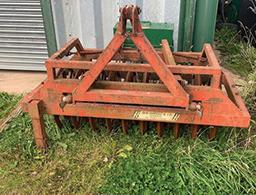


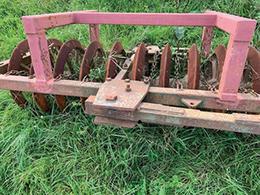
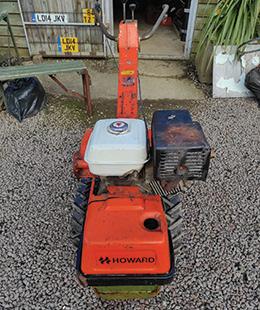
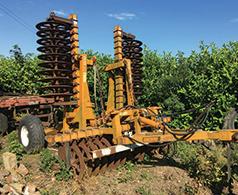



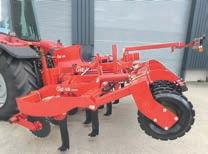

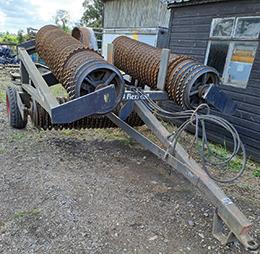

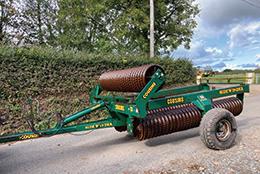
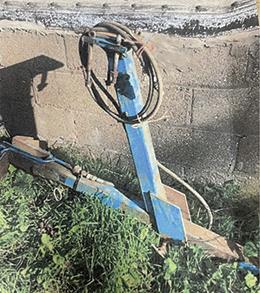



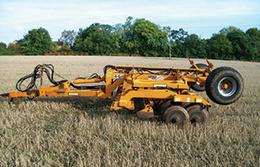

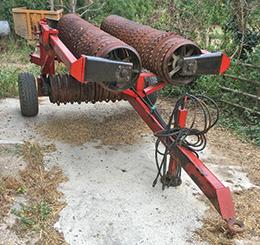

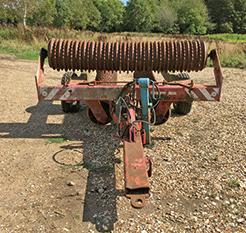

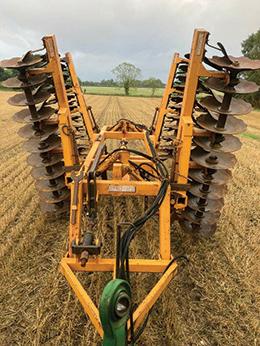
Deutz
Kverneland
Kverneland
Pro straw bedder
Redrock 24t tri-axle low-loading trailer

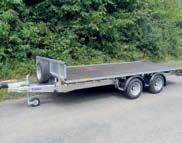
McHale 691BH & R5S round bale handlers
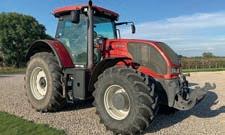
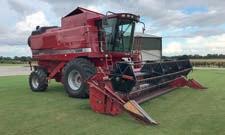


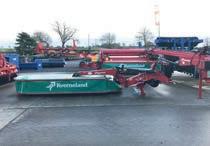
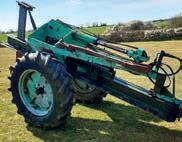
McHale (Vario Fusion) baler/wrapper
McHale 991 high speed bale wrapper
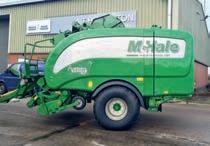
Walter Watson 8.3m Cambridge rolls with breakers & shatterboards
Teagle TAPS 2.5m verge mower
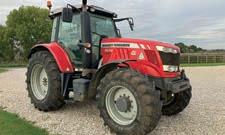
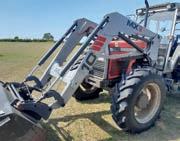
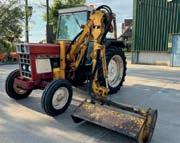
Teagle 8500 Chief feeder bedder
Moulton FY4 yard scraper
Kawasaki Mule Pro DX
Kawasaki 750 quad bike
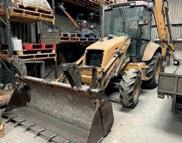
Deutz 5090D c/w loader

Deutz 6185 RC shift 2019 low hrs (as new)

Deutz 6160 2013 4000hrs only air brakes, front linkage, excellent condition
Deutz Agroplus 410 DT on turf tyres
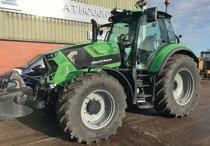

Deutz Agrotron K110 6 cylinder 2008
Case Optum 300 2016 4200hrs

McCormick 2008 MC135, front suspension
Bomford 3m heavy duty shaft drive topper
Bomford SR15 tri-wing heavy duty grass topper
Twyman 10’ flail mower
Lely Roterra 4m power harrow

Lely 360M mounted mower good condition 2014
Lely 2.4m mower conditioner
Lely 770 6 row tedder – 2 in stock

Claas Volto 1050 tedder
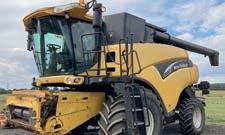

Amazone ED452-K 6 row maize drill, 2011
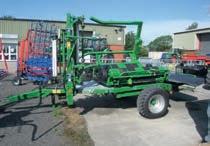
Amazone ZAM300 fertiliser spreader, tested 2020, good condition
Dowdeswell 4 furrow good condition
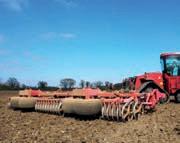

Kuhn 700G11 disc mower
Kuhn FC243 mower conditioner with lift control
Kuhn MDS1141 QL fertiliser spreader
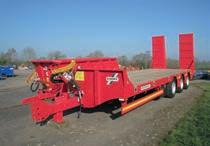
Kverneland Taarup 9578C twin rotor rake
Kverneland 8590 8 row tedder
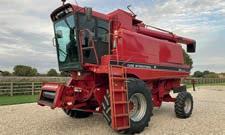
Kverneland 3m CTS stubble finisher c/w DD packer
Teagle 40/40 tub feeder/bedder
Teagle 80/80 SC feeder/bedder
Teagle 2010 80/80 SC feeder/bedder good condition
Kidd Mk3 Professional Post Bumper as new
Welger
Welger
McHale
McHale
Claydon
McConnel
Bailey
Redrock
round
bale wrapper
high speed



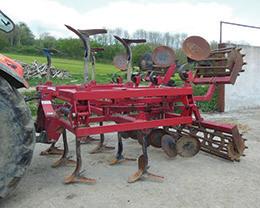
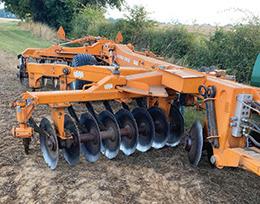

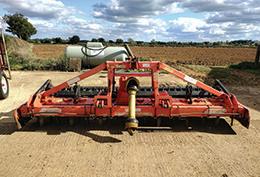

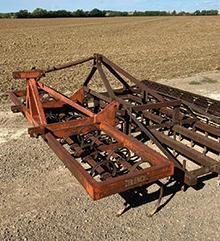
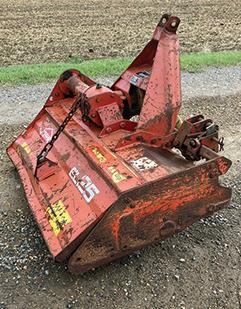


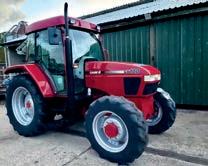


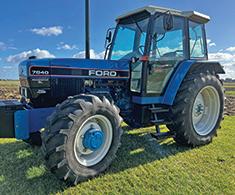
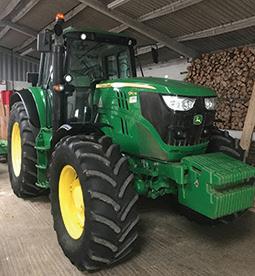
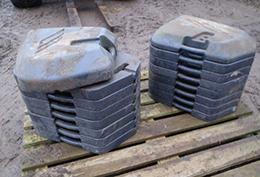
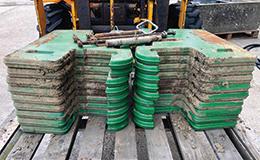


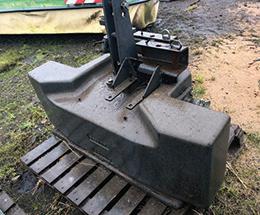

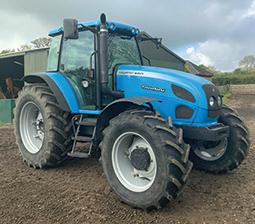
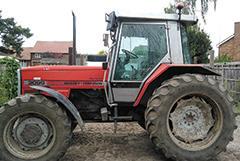
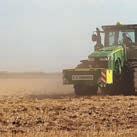


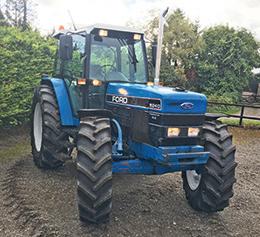
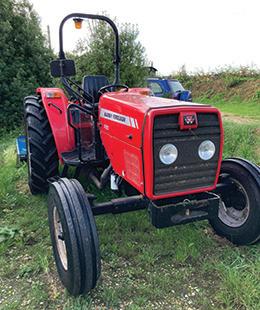

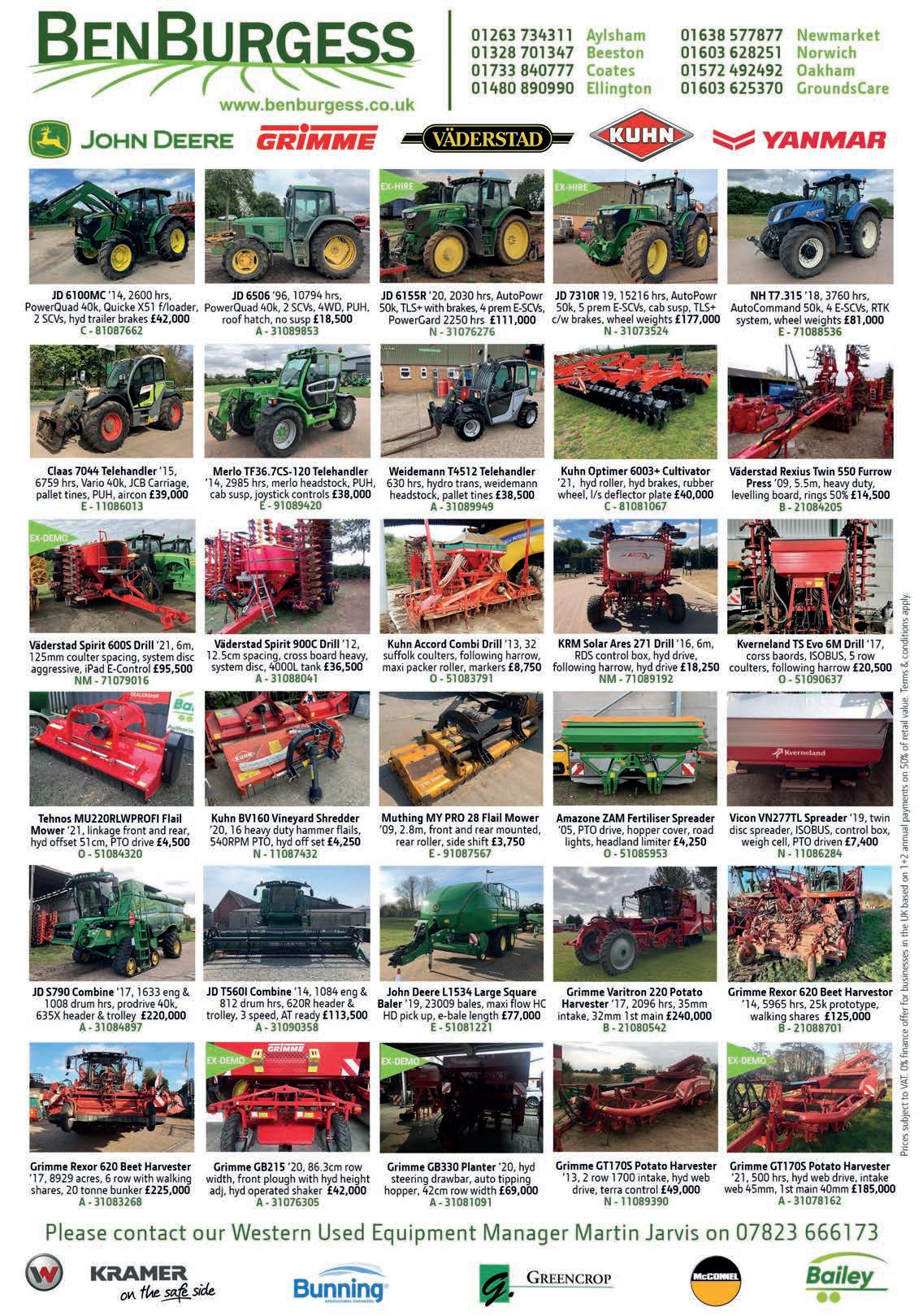
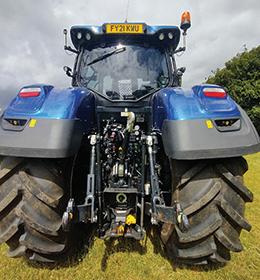
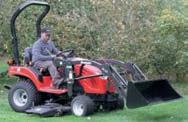

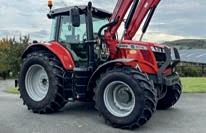

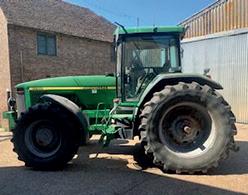
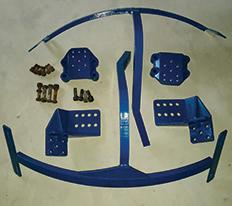
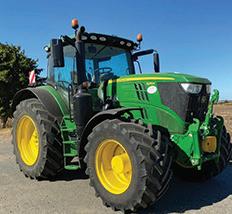
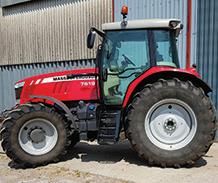
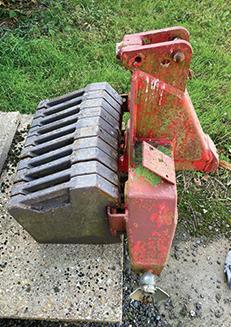
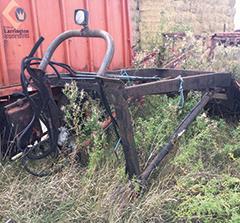
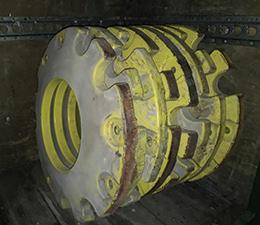
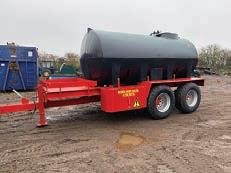
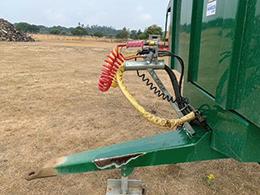
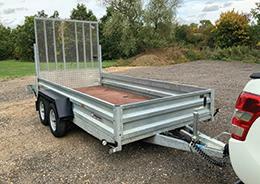
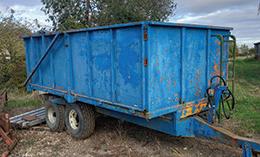

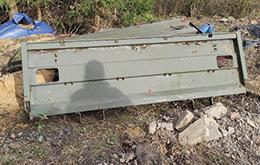

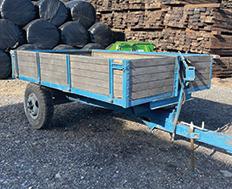
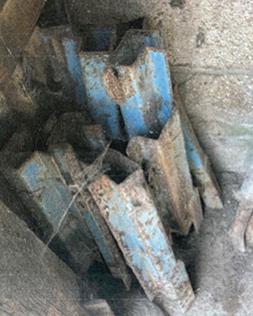








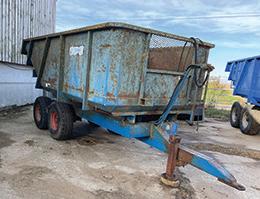
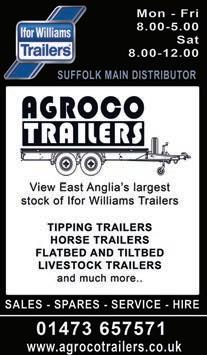
Case Puma 165 CVX, with Case LRZ150 loader, 165hp, 2370hrs, CVX gearbox, front & cab suspension, air brakes & exhaust brake, 4 electric spools, 3 speed PTO, high visibility sunroof, LED light kit, air conditioning, electric mirrors, front tyres 540/65x28 at 70%, rear tyres 650/65x38
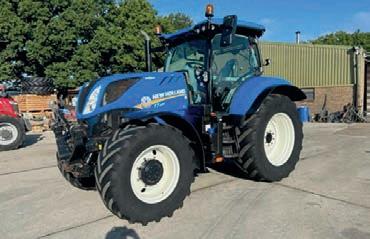
2019 New Holland T7.225 Auto Command, 7996hrs, 175hp, 50kph, air brakes, front axle suspension, cab suspension, air seat, front linkage, continuously variable, mid mount valves, part leather seat, guidance ready, Power Beyond, spool valve buttons on fender, front tyres 540/65x28, rear tyres
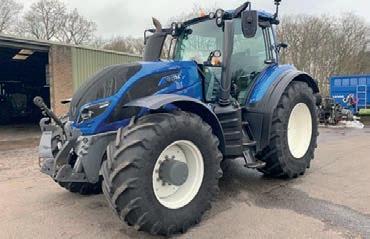
2017 Fendt 828 S4 Black, 8403hrs, 280hp, 65kph, air brakes, front loader brackets, front axle suspension, cab suspension, front linkage, continuously variable, rear linkage never used, vario grip, full guidance, fitted fridge, wheel weight carriers, loader brackets for Quicke Q8, front tyres 600/70x30 50% BKT, rear tyres 710/70x42 50% BKT

2015 Massey Ferguson 7718 Dyna 6, 6939hrs, 180hp, front axle suspension, cab suspension, front linkage, 1 front service, 4 spool valves, front tyres 14.9x28 30%, rear tyres 18.4x38 50% Firestone, very tidy a
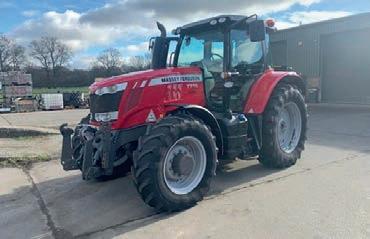
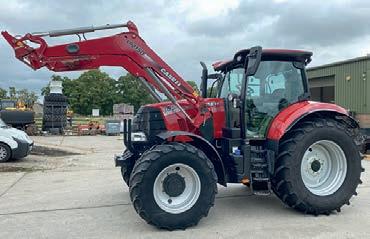
to the driver
2018 Valtra T254V, 7450hrs, 255hp, 57kph high speed, air brakes, front axle suspension, cab suspension, air seat, front linkage, full Powershift, touch screen, fridge, hydraulic top link, 2 hydraulic front services, full RTK, front tyres 600/65x28 35% Trelleborg rear tyres 650/75x38 50% Trelleborg, been on hire all summer no problems
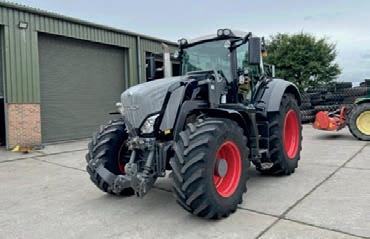
2013 JCB JS130, 9171hrs, Serial Number JCBJS13EP02133667 with Quicke hitch, check valves, 30% undercarriage .....£23,000

We have our Customs Agents
produce
in
paperwork for tractor
within the EU & the rest of the


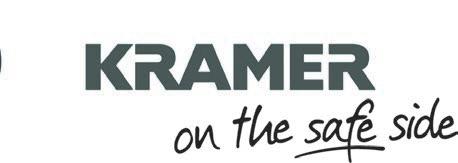


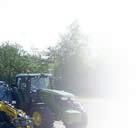
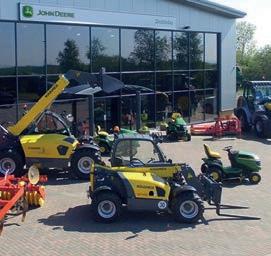




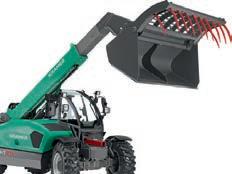





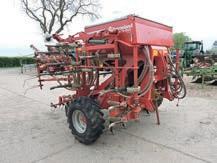
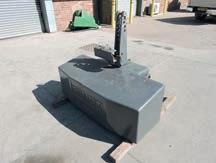
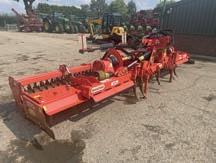
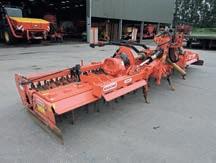
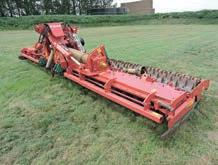



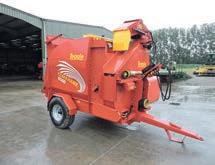

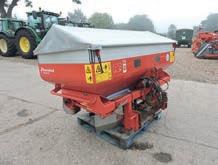

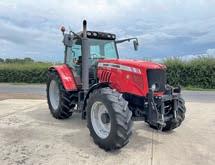
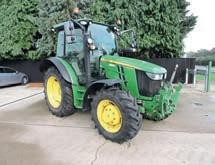

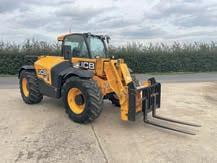
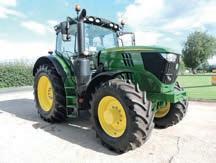

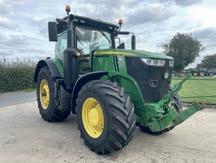
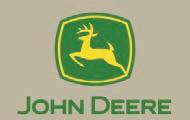
back door. £12,500+VAT each. J Wood Tel 07743 242193 (Northants)
2004 SDC Lawrence David stepframe curtain side trailer, 3 axles on air suspension, drum brakes, only been stood 8 months, used for storage, now no longer needed. £2,750+VAT. C Bacon Tel 07811 162299 (Derbyshire)
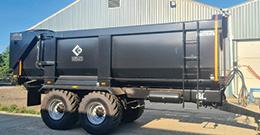

880140 (Hertfordshire)
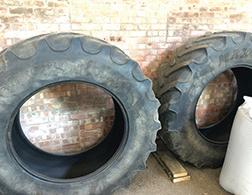


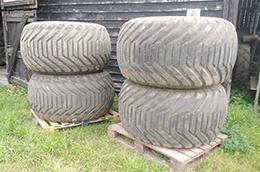


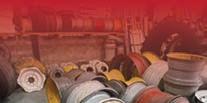


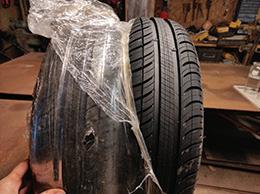
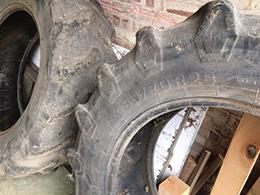

SINGLE axle trailer, new plywood floor, good tyres, approximately 18' x7', in very good condition. £1,200+VAT ono. Buyer collects Merseyside.

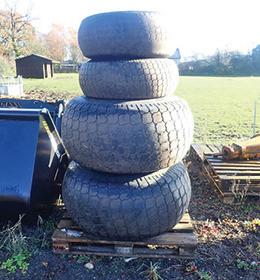

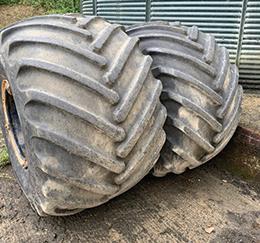

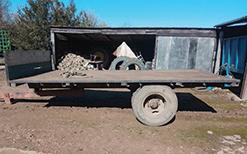
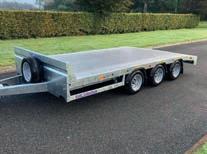
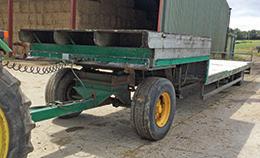
IFOR Williams P7E livestock trailer, purchased in 2017, had very little use & in excellent as new condition, includes interior wooden divider. £1,400 ono. S Payne Tel 07717 948567 (Devon)

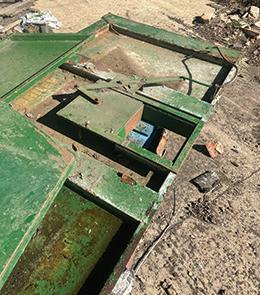
IFOR Williams 12't long high roof livestock trailer, removable sheep deck & gates available. £2,000+VAT. R Spencer Tel 07968 373049 (Warwickshire)
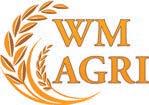
NORTON 6t tipping trailer, very good condition, grain only, barn stored. £950. S Jones Tel 07796
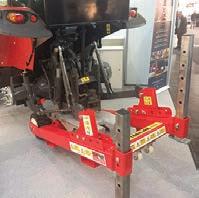
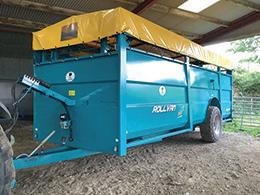
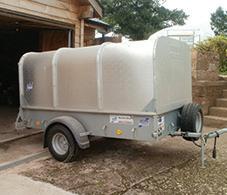
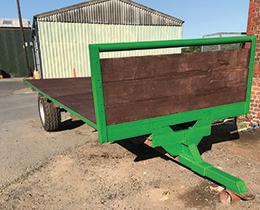
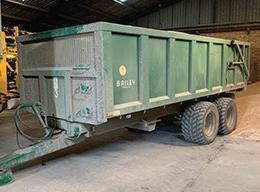
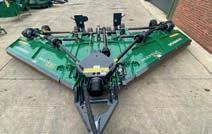
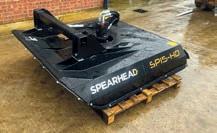
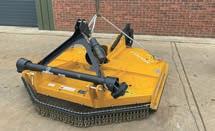
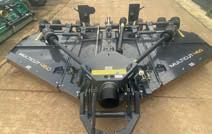

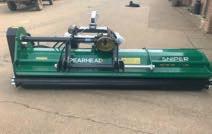



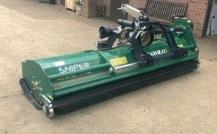
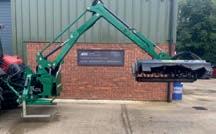
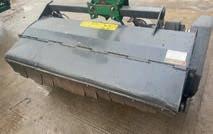
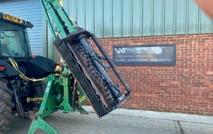
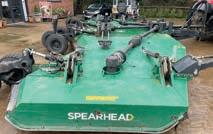

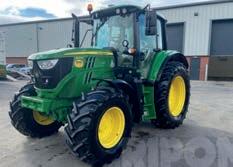

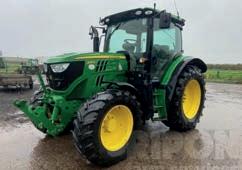
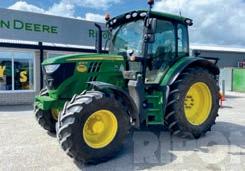
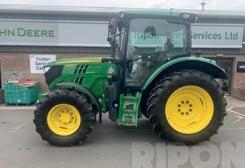

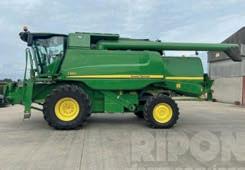
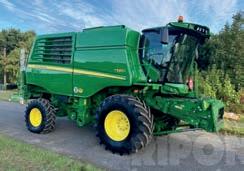
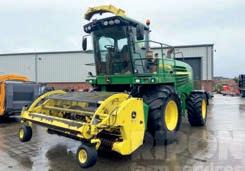

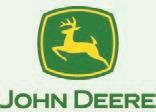


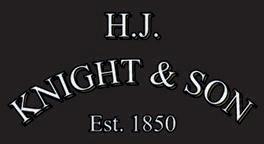
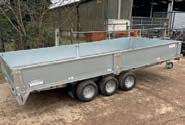
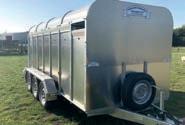

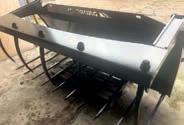

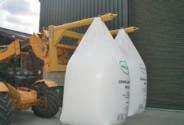
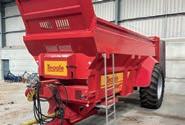
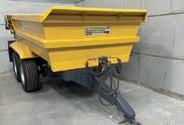
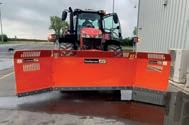


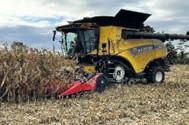
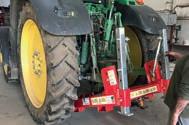






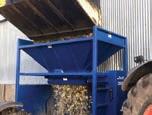
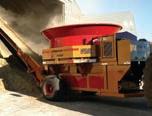

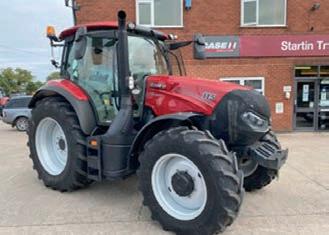

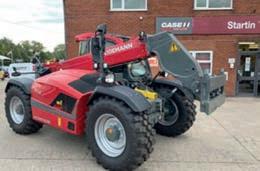
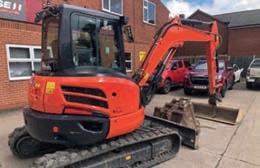
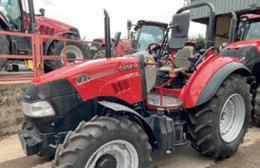
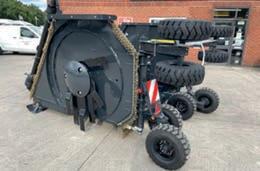

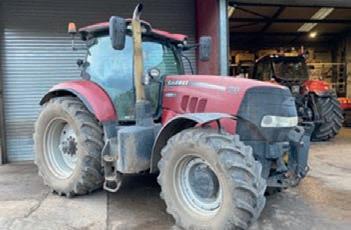
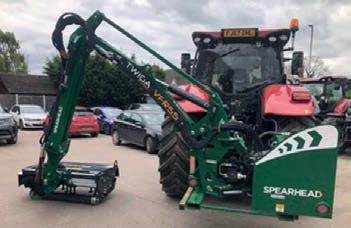
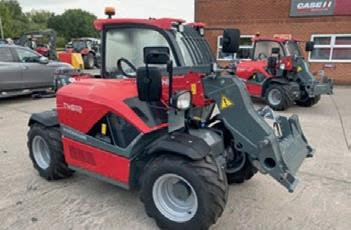
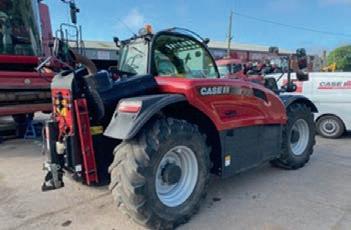
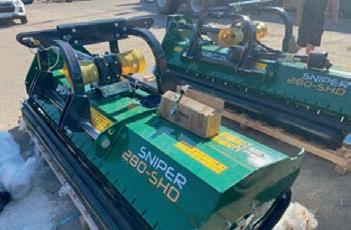

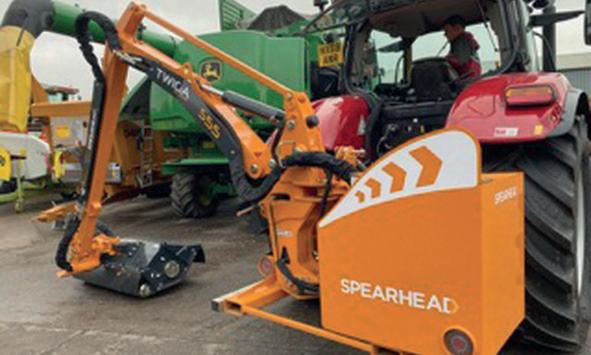





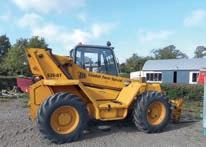
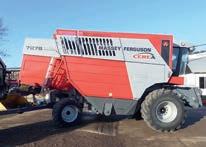


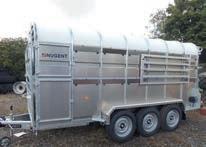


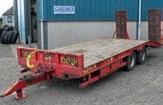

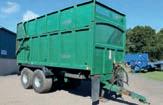
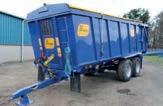
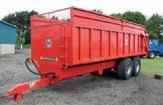
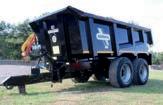
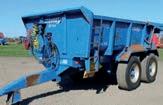
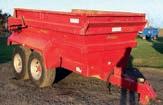

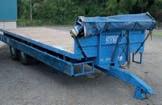

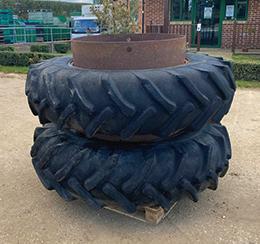






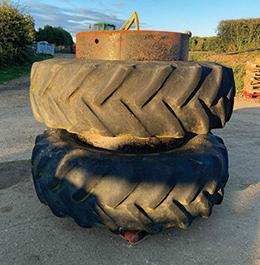
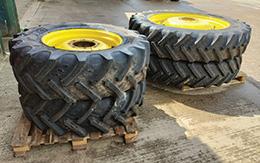

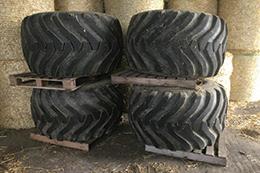
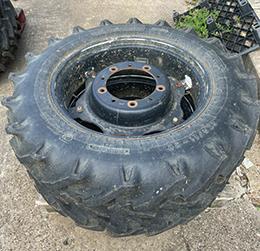
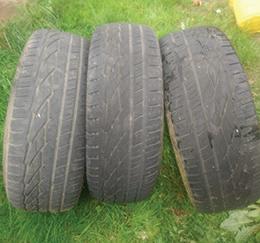




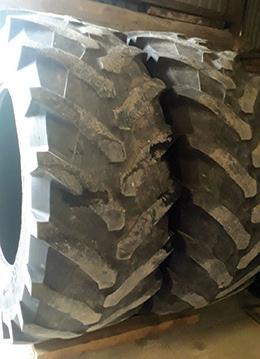


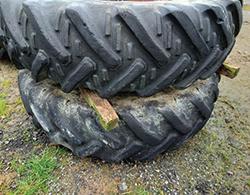
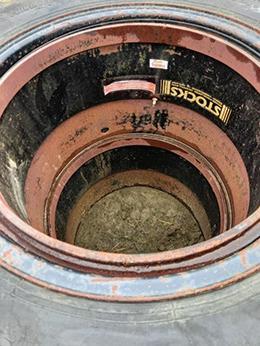



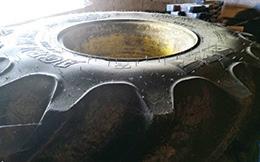

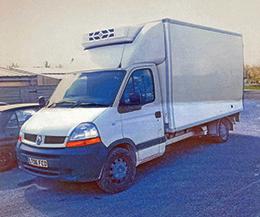

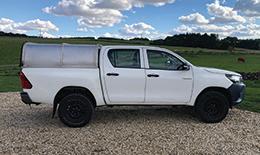

MERCEDES Unimog box van, road friendly susp, 7500kg, 3972cc, W reg 2000, 198,000mls, many extras inc front winch, roof rack, 3 spare wheels, rear has racking/shelving & night heater, currently SORNed, running but needs attention for MOT. £12,500 ono. P Mason Tel 07941 211248 (Suffolk)

CHERISHED personal number plate, A403 KAY, on 10yr retention, £80 transfer fee paid, ready to go straight on to a vehicle. £1,000. E Calcott Tel 01827 62265 (Staffordshire)
LAND Rover TD90, 2004, 127,000mls, recent new clutch, 6mth MOT, Ifor Williams back, owned for last 10yrs, average condition, selling due to newer upgrade, Shrops/Worcs border. £9,400+VAT. S Evans Tel 07814 322255 (Worcestershire)

ISUZU D Max Iger, auto 1.9cc, 20600mles, Sept 2018, FSH with Isuzu dealer, f/w drawbar, Gamic canopy top, mesh tailgate, liner in back, seat covers on from new, v clean, excellent order, very genuine vehicle. £19,500 ono. S Ford Tel 07768 093717 (Pembrokeshire)

LAND Rover Defender 90 Hard Top, 15800mls. 2015 (first reg 03/15), MOT until May 2023, elec windows, heated seats, tow package, alloy wheels, back lined out, sat nav, rev camera, handsfree kit, chassis undersealed, excellent. £32,500+VAT. R Neill Tel 07967 756651 (Scottish Borders)

VOLKSWAGEN Caddy Max Life C20, 1.6 TDI DSG, 63 plate, automatic, LWB, alloy wheels, air con, full VW service history, disability rear access ramp (ex mobility vehicle). £8,995. R Hopkinson Tel 07976 424263 (Lincolnshire)
TOYOTA Hilux, 2009, diesel 2.5L, MOT & full service history, 226000mls,
MCCORMICK
891101 (Wiltshire)
INTERNATIONAL 885 XL, 1984, 5196hrs, starts & runs well, has only had light work & the odd tractor run in the last 10yrs or so, dry stored when not in use, c/w 3 nearly new

I Johnson Tel 07920 153000/01473 736600 (Suffolk)
URSUS C-385, 1979, showing 3030hrs, 2 owners from new, V5C present, runs & drives as it should, recent new brakes. £5,250+VAT. J Bassett Tel 07512809864 (Derbyshire)
CATCHPOLE single row sugar beet harvester, almost complete. B Glover Tel 07919 053507 (Norfolk) HORSEDRAWN 2-row bulk seed drill, requires 2 new shafts. B Glover Tel 07919 053507 (Norfolk) HORSEDRAWN sail reaper, almost rebuilt. B Glover Tel 07919 053507 (Norfolk)
CASE 2090, reg NAN 582X, a rare tractor, starts & runs well. H Haynes Tel 01793 762437/07711 488341 (Wiltshire)
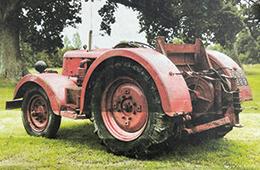

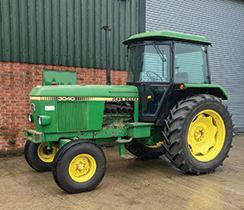
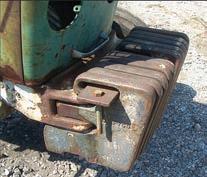
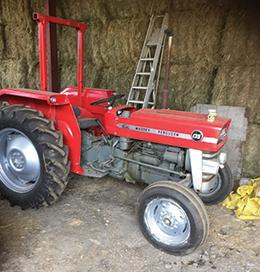
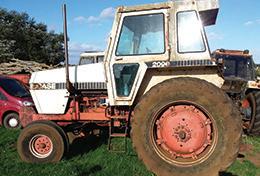
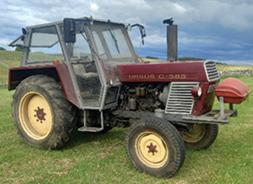


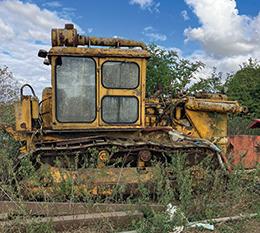

TELEGRAPH poles, various lengths & sizes, cheap to clear, collect ex near Halesworth, Suffolk. G Howell Tel 07903 089391/01728 723683 (Suffolk) DAVID Brown 990, 1974, very low hours (c1700hrs), built up some years ago as a usable tractor from a currant harvester skid unit, but needs further finishing or full repaint, etc, for showing. £3,250 no VAT. G Howell Tel 07903
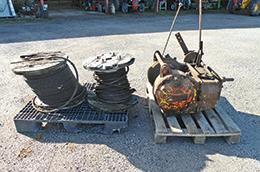
LEYLAND 154 Mini, 1974, owned for 30yrs, used for light work at stables, rolling the arena & scraping snow, 1500cc 4 cyl BMC eng, 3 fwd/1 rev trans, manual hyds, 3pt linkage & PTO, starts & runs well, v economical c/w many new parts. £3,250 ono. F Harter Tel 07702 247928 (Berkshire)
07762 267093 (Cambridgeshire)
RARE David Brown Thresher
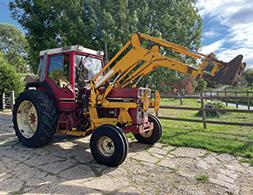
Master, 2.5L 4-cyl 25hp petrol, 1948, c/w winch, front wing belt pulley, front bumper, full CAV lighting, model built between the VTK1 HD Thresherman & Taskmaster ranges & used for 7yrs on Earl Mountbatten's estate. POA. C Dibden Tel Clive 07831 484365/ Ray 07775 953045 (Hampshire)
MASSEY Ferguson 135 tractor operator instruction book. S Price Tel 07968 010981 (Pembrokeshire)
MASSEY Ferguson 550 tractor operators instruction book, plus installation & service voucher book. S Price Tel 07968 010981 (Pembrokeshire)
DAVID Brown C Type mouldboard plough instruction book & parts catalogue. S Price Tel 07968 010981 (Pembrokeshire)
NEW Holland Super Hayliner 268 operator's manual. S Price Tel 07968 010981 (Pembrokeshire)
PZ Cyclomower CM 165 instruction manual & spare parts lists. S Price Tel 07968 010981 (Pembrokeshire)
PZ Haybob instruction manual & spare parts lists. S Price Tel 07968 010981 (Pembrokeshire)
FORD 6610, choice of two, both in off farm condition, one is registered in 1984 with 5251hrs, the other has 8320hrs, year registered is 1981, average condition. T Schembri Tel 07919 624032 (Essex)

VARIOUS ploughs, cultivators & a low loader trailer, also shot blast grit. Offers to clear. I Clark Tel 07718 918400 anytime (Bedfordshire)
IH 2 furrow rev plough with skims only. £265. D Leigh Tel 07502 661861 (Northants)
BAMFORD 4 furrow plough with skims & disc. £485. D Leigh Tel 07502 661861 (Northants)
RADIATOR to fit Fordson Major or Power. £150. D Leigh Tel 07502 661861 (Northants)
LAND Rover radiator, to fit MkI/MkII. £125. D Leigh Tel 07502 661861 (Northants)

drawbar to fit 135–165, etc. £125.
Leigh Tel 07502 661861 (Northants)









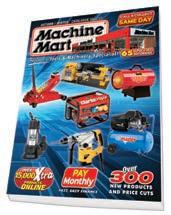


















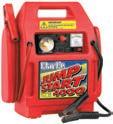



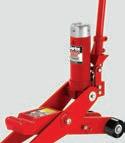
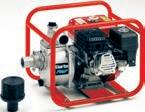




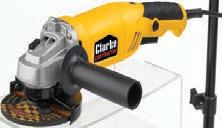

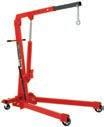


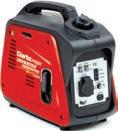











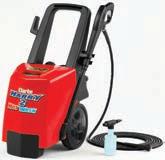







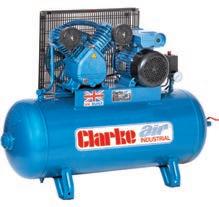
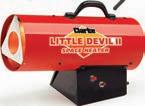


GROWERS
Stephen Jones on 01939 270777 or Stephen@britishquinoa.co.uk.

FARMER requires New Holland TX62, 64 or 65 Series combine with low hours, must be a tidy, clean machine.
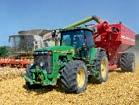




F Holohan Tel 07496 734212 (Cambridgeshire)
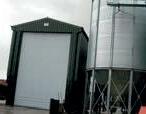

PERKINS engine, 4-99, 4-107 or a 4-108, little Volvo combines had them as well as Hesston 300M pea cutters. C Flatters Tel 01775 640112 (Lincolnshire)

4X4 pickup truck in good condition.
P Beales Tel 07584 189359/01284 828360 (Suffolk)







540/65-34 tyres, 1, 2 or set of 4, tread depth not important as long as good side walls, anything considered.

J Rogers Tel 07855 088198 (Suffolk)
LOOKING for rotors for a Feraboli/ Greenlands 60 Series light duty power harrow, would buy complete Feraboli or similar. G Richardson Tel 07803 586226 (North Yorks)
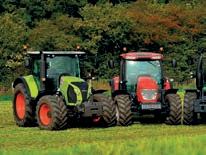
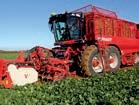
SINGLE phase 1hp electric motor.

R James Tel 01263 837569 (leave message) (Norfolk)





DEUTZ 34.80 combine parts, straw walker, grain pan bearing block clamps. R Jackson Tel 01242 820408/07718 016798 (Gloucestershire)

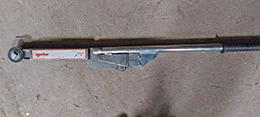
Tel

Alan Powell has been appointed monitoring business development manager for All ex Livestock Intelligence in the South West of England.

Covering the counties of Somerset, Devon and Cornwall, Alan will be responsible for overseeing the sales and marketing of the company’s SenseHub and Heatime Pro+ livestock monitoring systems.
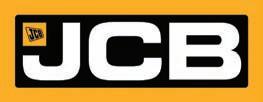
With a PhD in Ruminal Microbiology, Alan worked at the
ADAS Experimental Husbandry Farm near Aberystwyth, before moving into a sales and marketing role with P zer Animal Health. He subsequently founded and produced the TV show, Farming Sunday, then diversi ed into creating agri-digital applications.
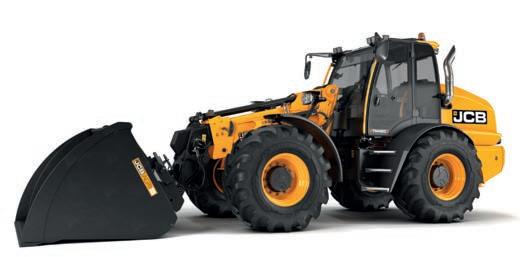
Meanwhile, Jack Thomas was appointed monitoring business development manager for Wales. He will be responsible for overseeing sales of SenseHub systems

throughout the whole of the country.
Jack, 27, was brought up on his family’s mixed beef and sheep farm in the Vale of Glamorgan. Having graduated from Harper Adams University with a BSc degree in agribusiness, he spent two years at MSD Animal Health as a member of the on-farm sheep and calf health team. He subsequently worked as business development manager for KiwiKit for 12 months, before spending another two years with AHDB’s HerdAdvance project. Jack joined All ex
summer.

Do you know of someone who is on the move in

agricultural
completely new
popular
no more than
words
a (head
Two new technical experts, Jessica Reple and Dr James Bishop, have joined the UK and Ireland Elanco poultry team, with a vision of promoting the importance of gut health to producers, vets and nutritionists.
Jessica Reple has been at Elanco for eight years and is the monogastric technical manager in Brazil. She joins the UK team on a secondment with the aim of sharing extensive experience of broiler production in Brazil, the main exporter and third largest producer of chicken meat in the world.


Dr James Bishop, veterinary technical consultant at Elanco, says he is pleased to be returning to his agricultural roots, having spent his career so far in the veterinary industry. He hopes to use his experience to build stronger relationships with vets to promote the importance of gut health and provide advice which can be transferred through to farm level.

The Elanco poultry team are on hand to help producers maximise bird health and welfare. For more information contact the team at elancouk@elanco.com.
Agri-tech veterans, Scott Millar and Louise Rix, have joined Trinity AgTech as customer success managers. Their new positions will see them support new and existing farm customers to measure and optimise their natural capital assets using Trinity AgTech’s smart natural capital navigator, Sandy.
As a gateway between Trinity’s products and services and the end user, their cross-sector agricultural expertise means improved, tailored support for farmers who are looking to build their business resilience, pro tability and sustainability.
Mr Millar has spent a decade
working in business development, and graduated from Hartpury University with a degree in agriculture and land management. He will be supporting Trinity’s livestock and dairy customers in his new role.

Ms Rix has over 10 years’ experience working in customerfacing roles directly with farmers, and comes from a farming family. She will support arable and horticulture customers.

She says: “I have a genuine desire to support British agriculture on its road to net zero and for proactive farmers to be rewarded through the harnessing of data and delivery of tech.”
For more information, or to get in touch with either Mr Millar or Ms Rix, contact sm@trinityagtech. com or lr@trinityagtech.com, respectively.
NIAB has appointed Helen Appleyard to lead its analytical services department and take over the role of chief officer for the Official Seed Testing Station (OSTS) for England and Wales. She takes over from Linda Maile, who retired from the role this summer after eight years leading the team and having worked at NIAB in the OSTS for a record-breaking 53 years.
Helen previously managed the NIAB LabTest service in Cambridge since 2016. She originally joined the OSTS in 1988
as a trainee seed analyst. Her previous roles at NIAB include 17 years as a seed analyst, a biochemical technician, the seed pathology and technical services manager in analytical services and analytical services manager.
She will be responsible for managing and delivering NIAB’s laboratory services work, including the work of the OSTS. The team provides scientifically driven diagnostic services to help NIAB’s customers manage and develop their businesses. This includes providing competitive seed and plant testing services to UK farmers and agronomists.
We have a vacancy for a Service Manager at MANNS Halesworth. This role is key to our customer relations and will require you to drive our service team to deliver a consistently high level of customer care. You’ll need to to meet performance, pro tability and business targets whilst managing our engineers who work on the full range of CLAAS machinery and franchise products. Above all you will be an excellent communicator with a desire to develop and expand the service side of the business.
We offer a generous package including competitive salary, company bonus scheme and attractive holiday entitlement. For an informal chat call Thomas Hancock on 07717 861826, or email a covering letter and a full CV to cuk.hr@claas.com
All enquiries are treated in the strictest confidence.
for completed applications is 18th November 2022.


If you have a strong technical understanding of agricultural machinery and agricultural practices then we’d like to hear from you.
You will need to be articulate with good communication skills. The role involves sales enquiries for wheels and tyres; applicators and seeders as well as technical advice via phone and via email.

As UK manufacturer of dual, fixed and adjustable centre wheels as well as a range of applicators and seeders, Stocks supplies the UK agricultural and horticultural markets as well as OEM and export customers.
The role will be based at Stocks Ag in Wisbech, Cambs. A competitive remuneration package is available.
Interested? Contact taryn.cochran@stocks-ag.co.uk or call 01945 464909 for an application form.
Ag Limited
Road, Wisbech, Cambridgeshire, PE14 0SD. UK
We have a vacancy for a Field Sales Manager at MANNS Spaldwick. The successful candidate will possess excellent communication and IT skills, have a good understanding of modern farming and contracting practices, be self-motivated and present a professional image to the customer.

You will be demonstrating and selling a range of premium brand agricultural machinery including harvesting machines, tractors, tillage equipment and sprayers. A sound product knowledge is required, although ongoing industry leading training will be provided both in-house and by the CLAAS Academy.
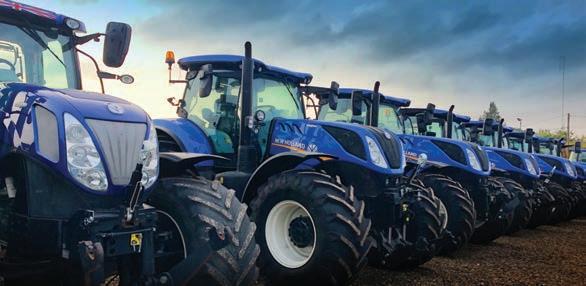
We offer an excellent remuneration package including a performance related incentive scheme.


For an informal chat call Stephen Hiller on 07710 399899, or email a covering letter and a full CV to cuk.hr@claas.com
All enquiries are treated in the strictest confidence.
Deadline for completed applications is 18th November 2022.
Stocks Ag has appointed David Blackwood to head up its sales team, both in the UK and across the globe.

David has almost 30 years of experience in the agricultural machinery industry. He grew up on a dairy farm in Northern Ireland and started out as a graduate engineer at the old Massey Ferguson tractor factory in Coventry.
Following AGCO’s acquisition, David worked for the multinational in many areas of the agricultural business – from sales, support,
after-market as well as in distribution development across the world, spending ve years at the Massey Ferguson Asia Paci c o ce in Singapore and six years in AGCO’s regional o ce in Melbourne Australia. Most recently David worked for the Fella and former Lely Welger factories as export business development manager.
He comments: “Stocks is well positioned to build on an excellent reputation and I am excited to be part of the new growth phase both in the UK and the rest of the world.”
David and the Stocks Ag team will be at SIMA from 6–10th November, in Hall 6, stand 6HO57.

Vegetable grower and fresh produce industry specialist, Annice Firth, has joined the Syngenta Vegetable Seeds UK technical sales team.

Based near Boston in south Lincolnshire, where she grows commercial courgettes, squash and pumpkins on the family farm, Firth Produce, Annice will initially focus on delivering results from Syngenta trials of exciting new brassica and cucurbit varieties.
She will also provide additional cover for Syngenta salad and leafy brassica crops, during the maternity
leave of crop specialist, Rosie Frost.

Along with her practical experience of commercial vegetable crop production, Annice has been working with supermarket and wholesale specialty crop fresh produce suppliers, DGM Growers, a part of the Fresca Group.
Annice holds a degree in Agriculture and Environmental Management from Lincoln University.
She was also involved in the organisation of the Syngenta Vegetable Seeds Innovation Centre, near Sur eet in Lincolnshire, assisting with its open eld demo days held on 12–13th October.

Wilson Wraight’s longest-serving employee of 14 years, Rebecca Mahony, has been promoted to associate from her role as senior consultant. Rebecca’s career has spanned almost 20 years, giving her a wealth of knowledge in providing business and nancial advice for agricultural businesses.
Rebecca comes from a farming background, being the daughter of a farmer from Lincolnshire and now married to a farmer. In her spare time, when not looking after her two daughters, she helps her husband
run the farm.
A trusted advisor to clients which have included, and continue to include, some of the more complicated fresh produce, dairy and outdoor laying hen enterprises.
Rebecca believes it is important to get to know her clients, their business aims and objectives. She constructively uses the management information Wilson Wraight produces and works with honesty and impartiality, the company says.
Wilson Wraight commented: “Everyone at Wilson Wraight is very proud of this achievement for Rebecca and her continued service to the company and our clients.”
Steve Buckett has been appointed Tuckwells Group sales combine specialist, which will see him focus on John Deere combines and harvesting products over the whole of Tuckwells’ area of responsibility.

Steve has worked for Tuckwells as an area salesman covering north of Dunmow for nearly 17 years, having rst joined the company in early 2006. With grandparents who ran a dairy farm in the Midlands,

Steve has previously worked with contractors, then as farm manager for RC Boreham, before joining Tuckwells.
Family-run agricultural dealer Tuckwells has been providing machinery to customers across Su olk, Essex, Hertfordshire, Bedfordshire, London, Kent and East Sussex, for 65 years. In addition to John Deere, other brands available from the dealer include Vaderstad, Kramer, Bailey Trailers, Kverneland, McConnel and in select areas, Pottinger.
Tim Lock has been appointed as Red Tractor’s new dairy sector chair. Mr Lock ran a mixed family farming business in West-Sussex, until a recent change in land ownership led to changes in business ownership.
He joins Red Tractor with extensive experience in the dairy industry having previously held roles with the NFU national dairy board and has chaired the Chichester
branch of the NFU. Tim is currently the chair of the M&S National Milk Pool, a role he will continue to ful l until early 2023.
Red Tractor CEO Jim Moseley said: “Tim brings a wealth of experience and understanding of the whole dairy sector to this role. His strong leadership will be a fantastic asset in our e orts to protect the integrity of Britain’s dairy food chain and farming standards”.
Tim formally takes up his new position in November.
Service Engineers are key to our business and we are currently recruiting across the MANNS dealerships in East Anglia.
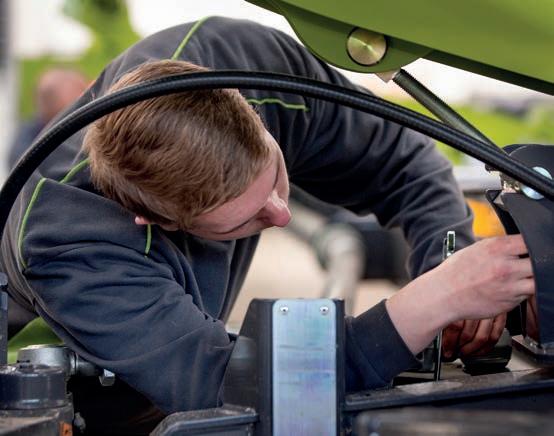
You will play an important role in servicing, maintaining and repairing CLAAS and key franchise equipment to the highest standard. We offer a competitive salary, incentives and pension plan, extensive holidays, service vehicle and full training programme.
For an informal chat call Thomas Hancock on 07717 861826, or email a covering letter and a full CV to cuk.hr@claas.com

All enquiries are treated in the strictest confidence. Deadline for completed applications is 18th November 2022.
As Tractor Brand Manager you will be responsible for both Tractor and Telehandler Product Management. Reporting to the Sales and Marketing Director your major responsibility will be to grow both tractor and telehandler market share. This will involve forecasting and model mix forecasting for the factories, providing wholesale and retail analysis for both products, and creating campaigns to drive sales forward. You will support the Marketing team with a full demonstration programme and provide testimonial content for marketing purposes. As part of the customer care programme you will also be responsible for the overall running of the Customer Experience Centre at Saxham.
To fulfil the role you will be IT proficient and have excellent communication skills to relay product information to our UK and Ireland dealer network.
Ideally from an agricultural background and with some previous experience with tractor product, you will need to be highly motivated and able to focus on customer demands to help formulate innovative solutions. You will have a passion for the product and the ability to inspire confidence. The position is based at Saxham, but UK and overseas travel is required.
We offer a great employee package including competitive salary, incentives, pension plan and attractive holiday entitlement. The Saxham site offers a modern state-of-the-art environment in which to work, an on-site subsidised restaurant, ample parking and great transport links with Cambridge and Bury St Edmunds.
If you would like to move forward with a global brand with a turnover in excess of €4.78bn then contact us today. Call Lynn Chilvers on 01284 777703 or send your cv and covering letter to lynn.chilvers@claas.com
All enquiries are treated in the strictest confidence. Closing date for applications 31st October, 2022.
In 2018, fourth-generation family contracting business, Taylors Agricultural Ltd made the decision to introduce Case IH machinery into their fleet, including a Puma 200 and 240 and have not looked back. “Compared to our other machines, the Pumas are much more universal and easier to operate,” comments Ollie Taylor. “We can allocate them to a wide range of work and be confident they get the job done well. Additionally, I am very pleased with how their versatility and fuel e ciency have added value to the business.”


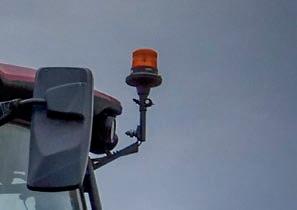
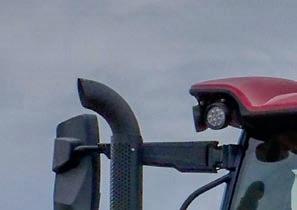







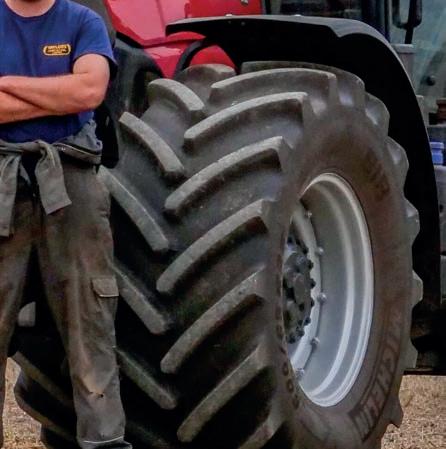

Want a new tractor in your yard this year? Special packages available on all dealer stock machines delivered by December 31, 2022.






CHOOSING PUMA POWER.
“ITS REDUCED OPERATING COSTS HAVE BEEN A BIG TICK IN OUR BOX”

